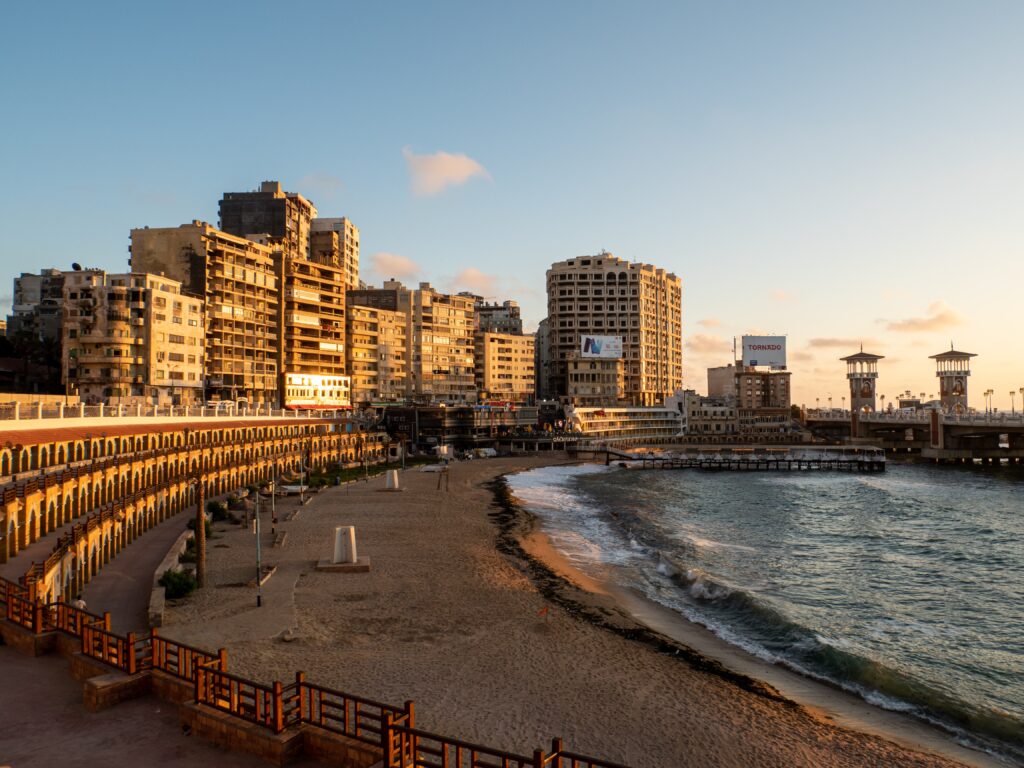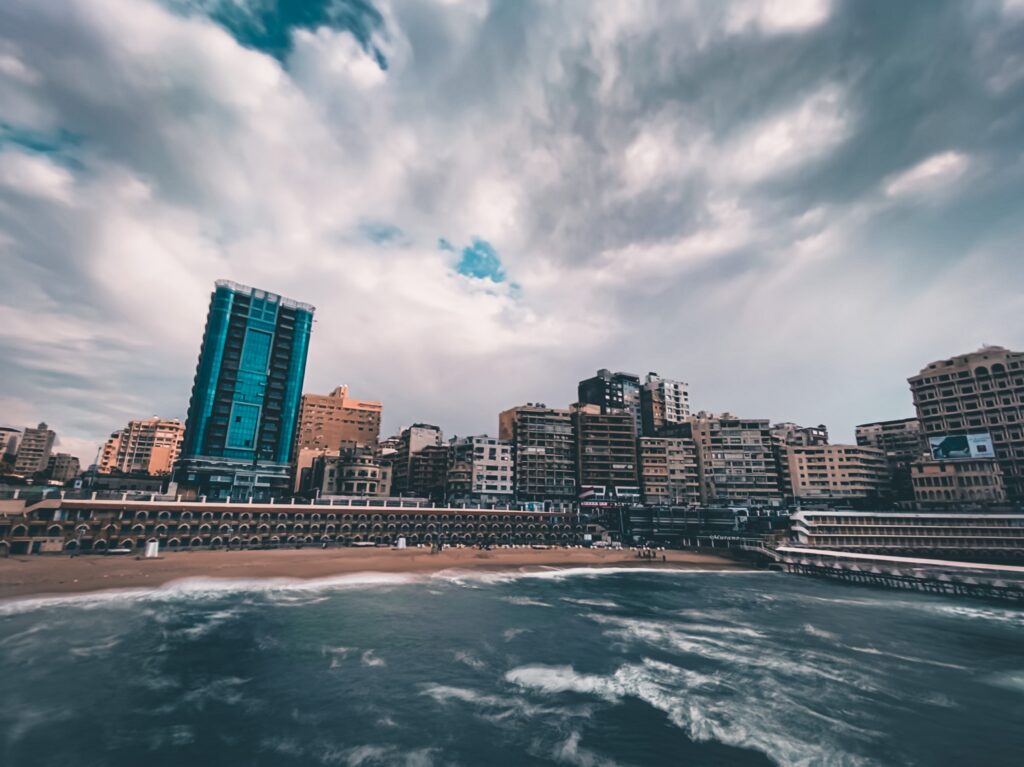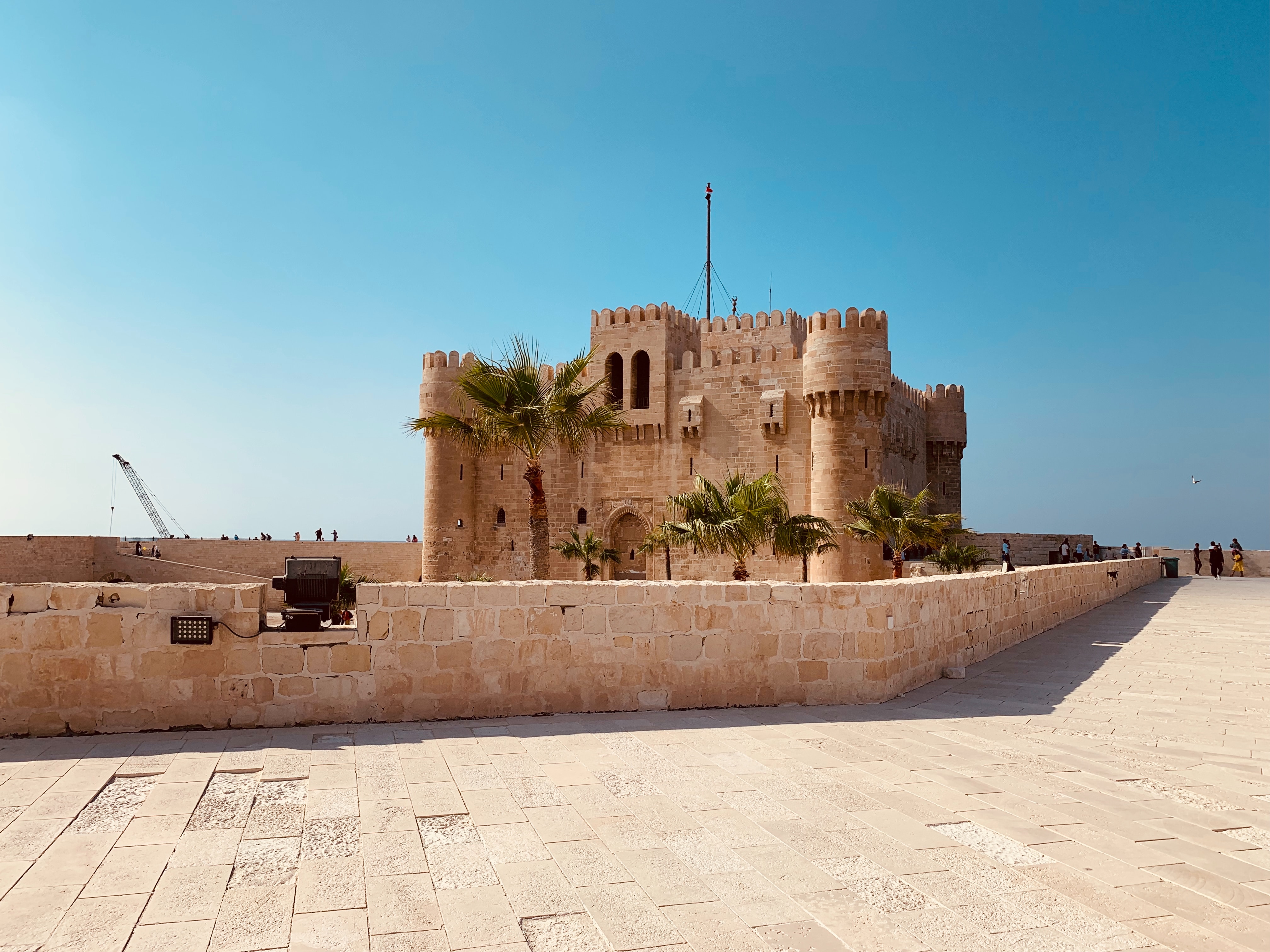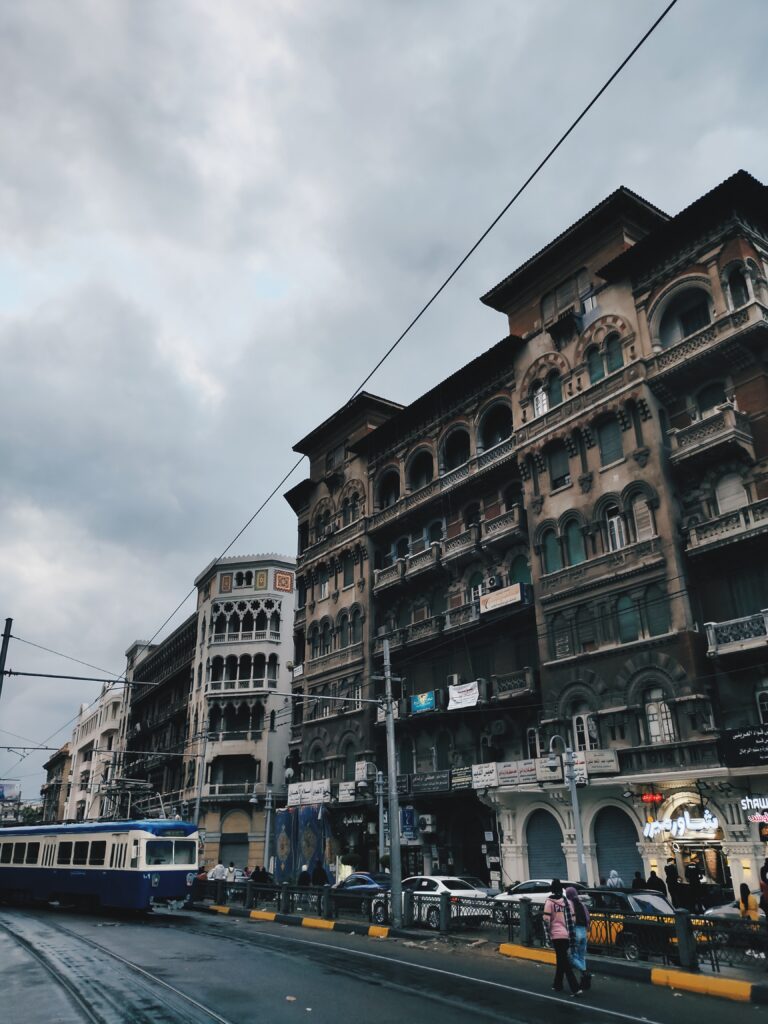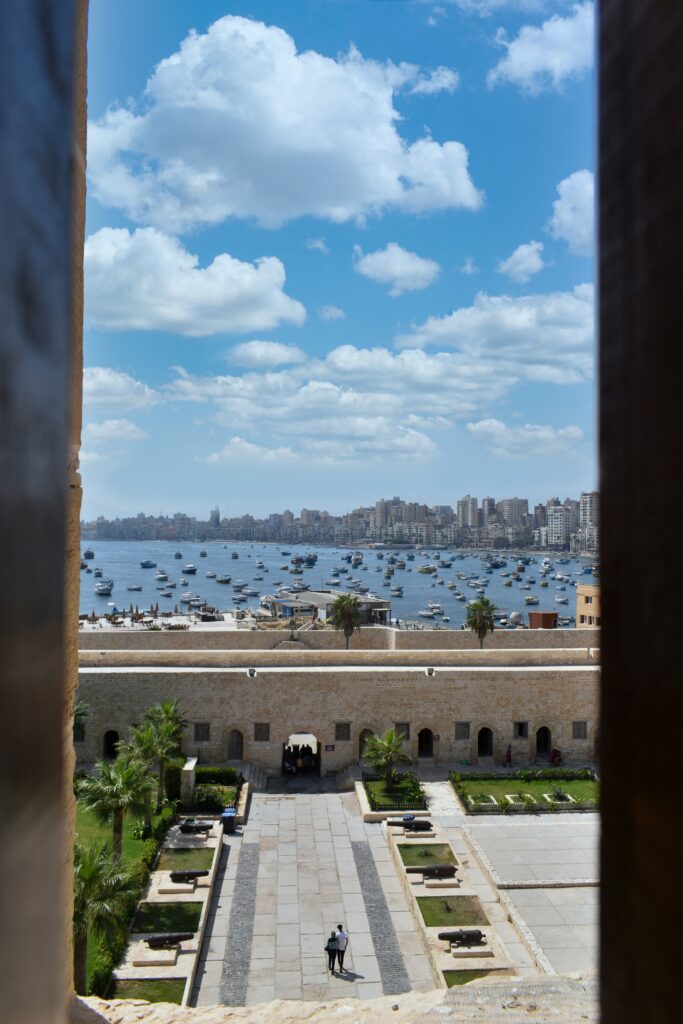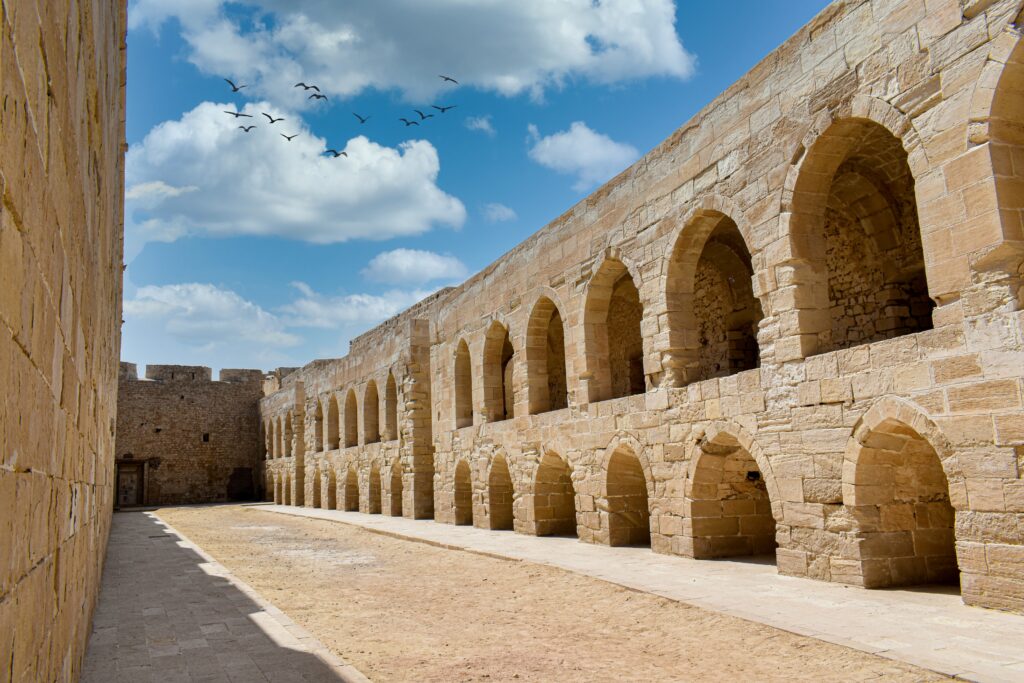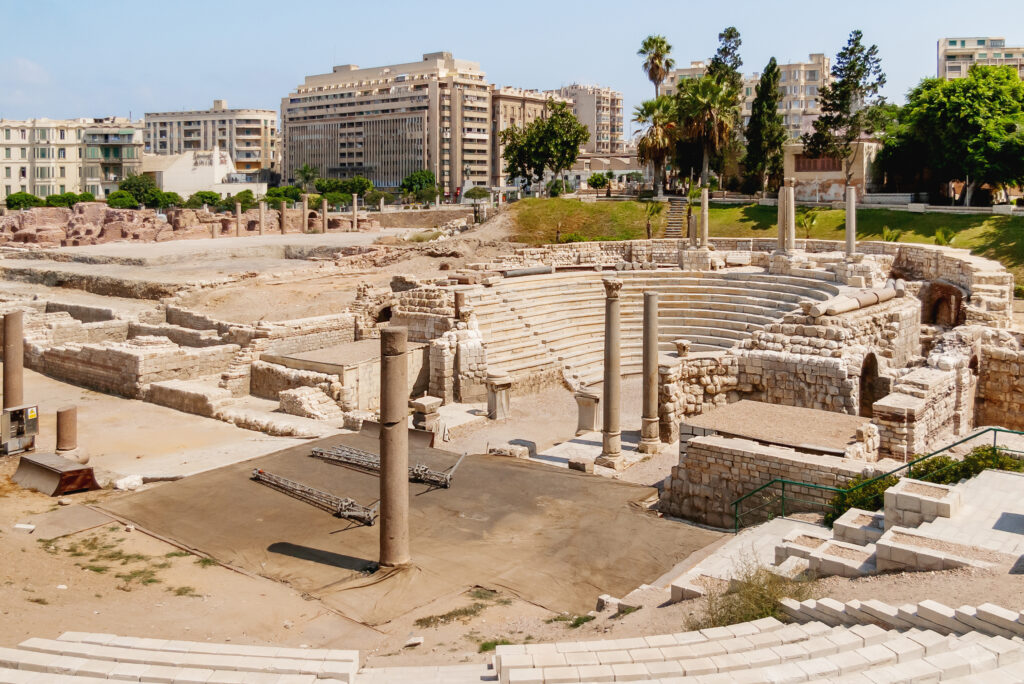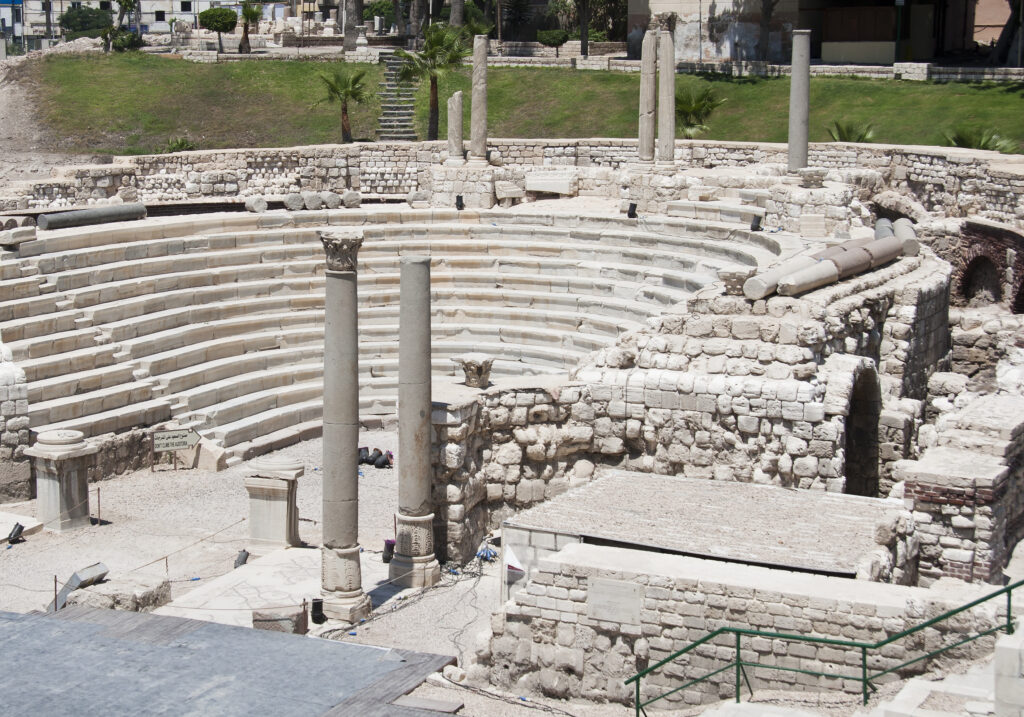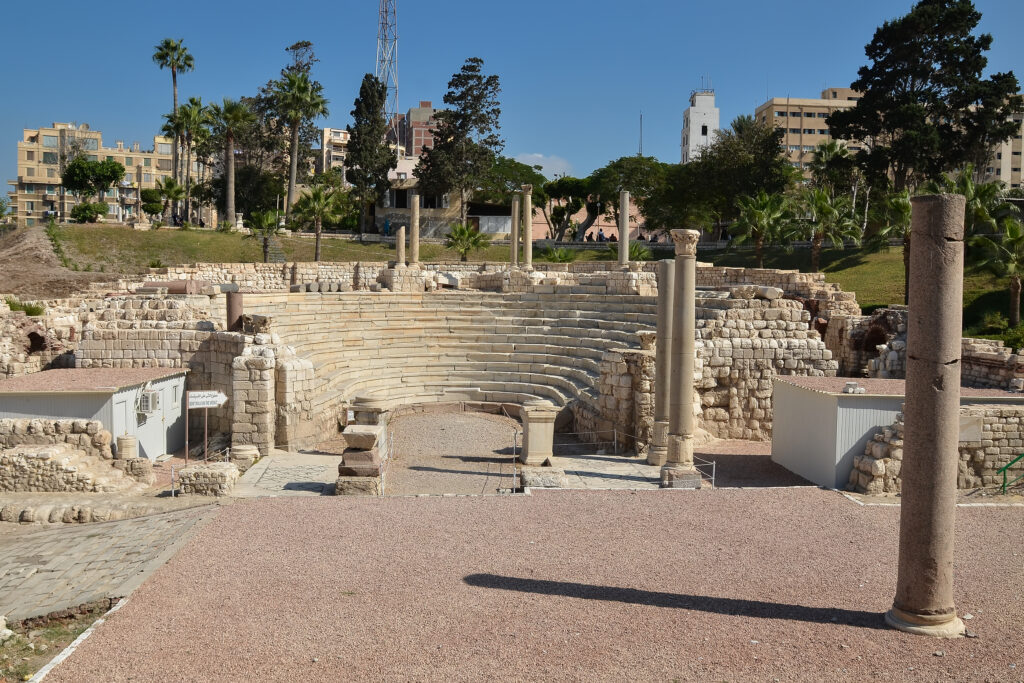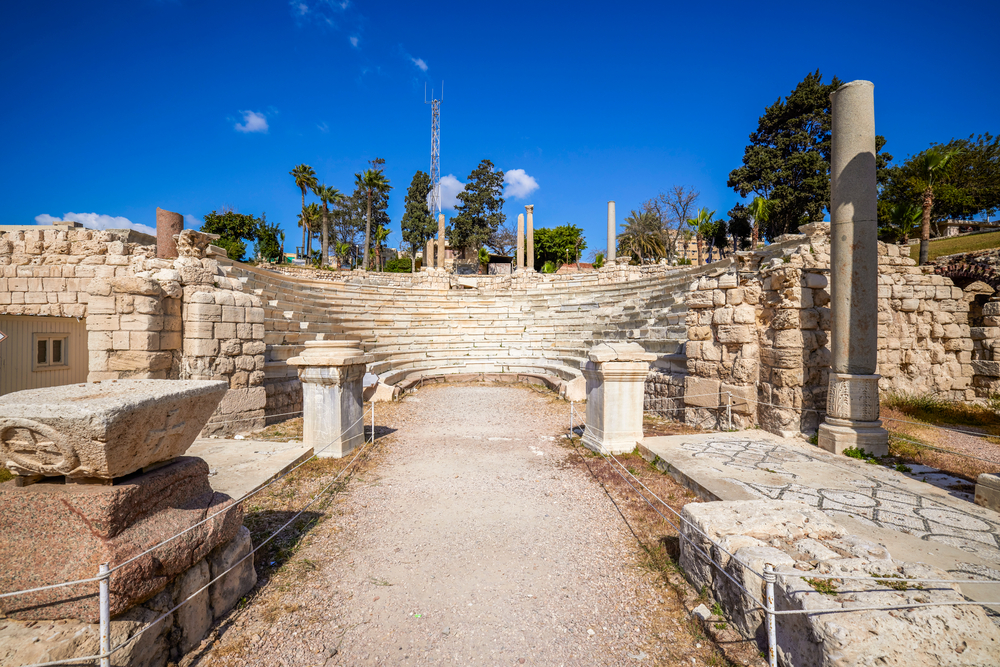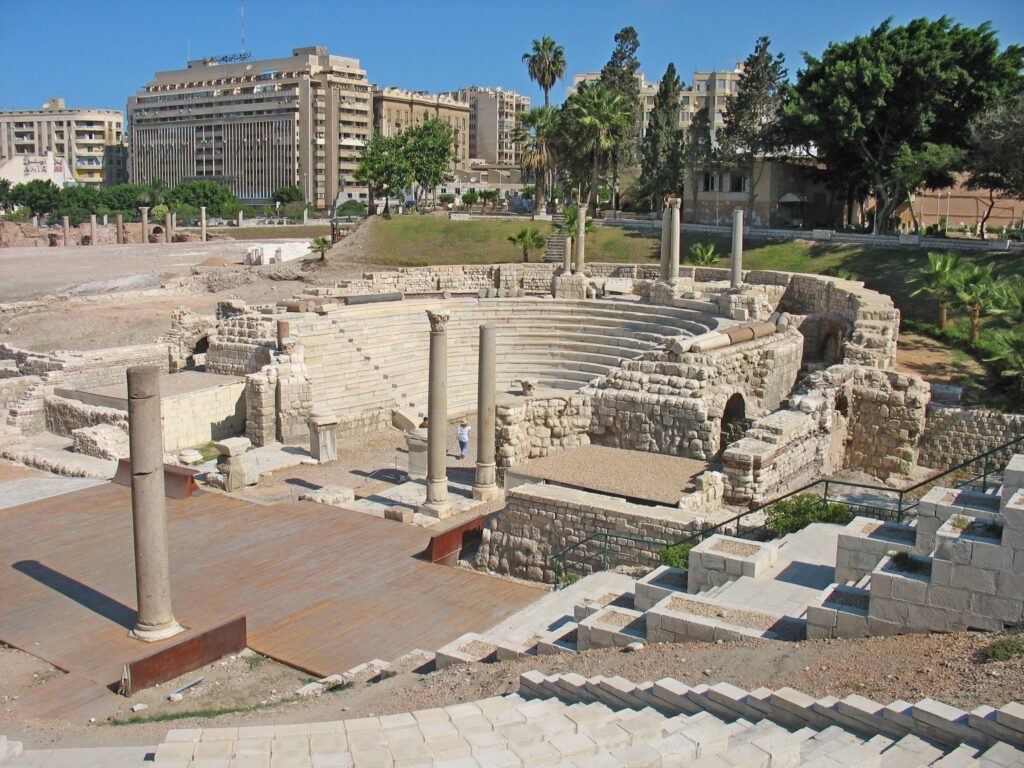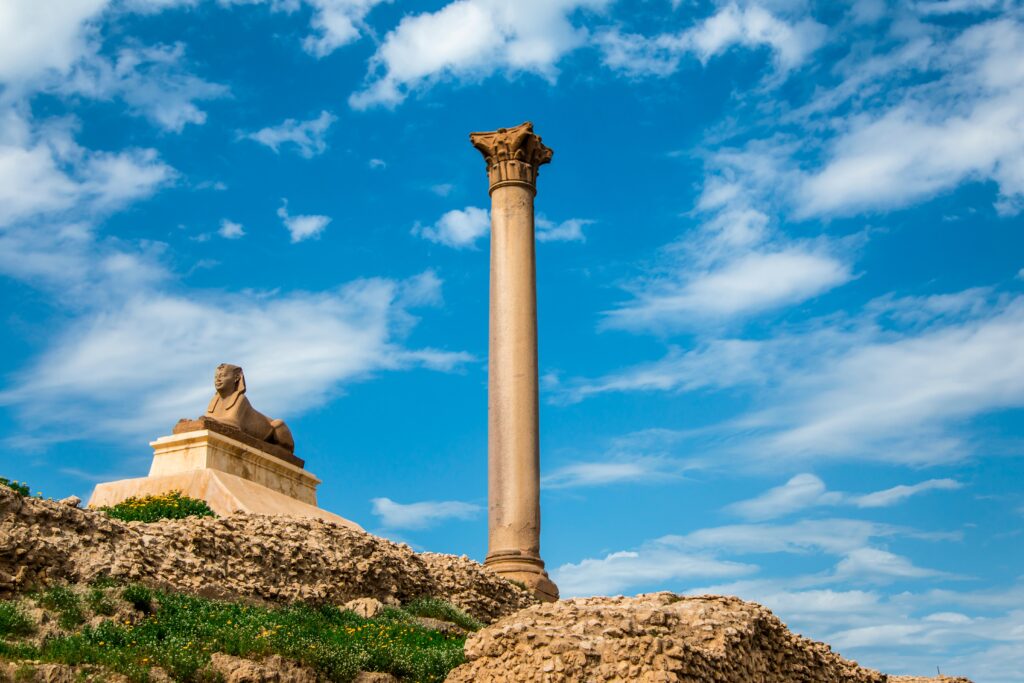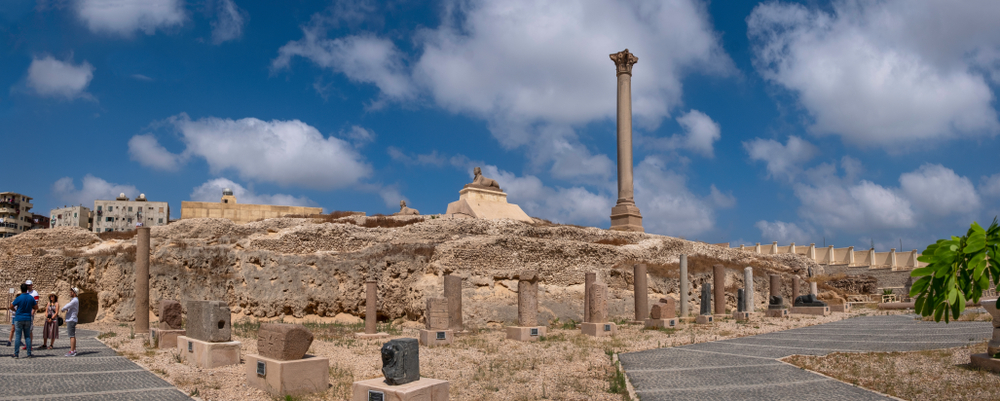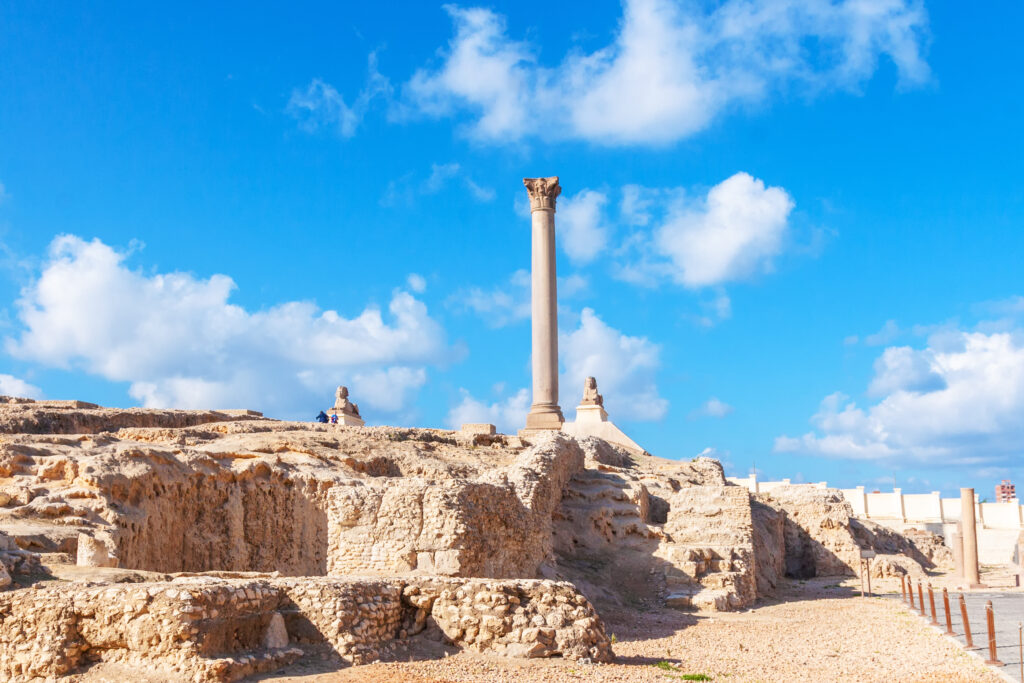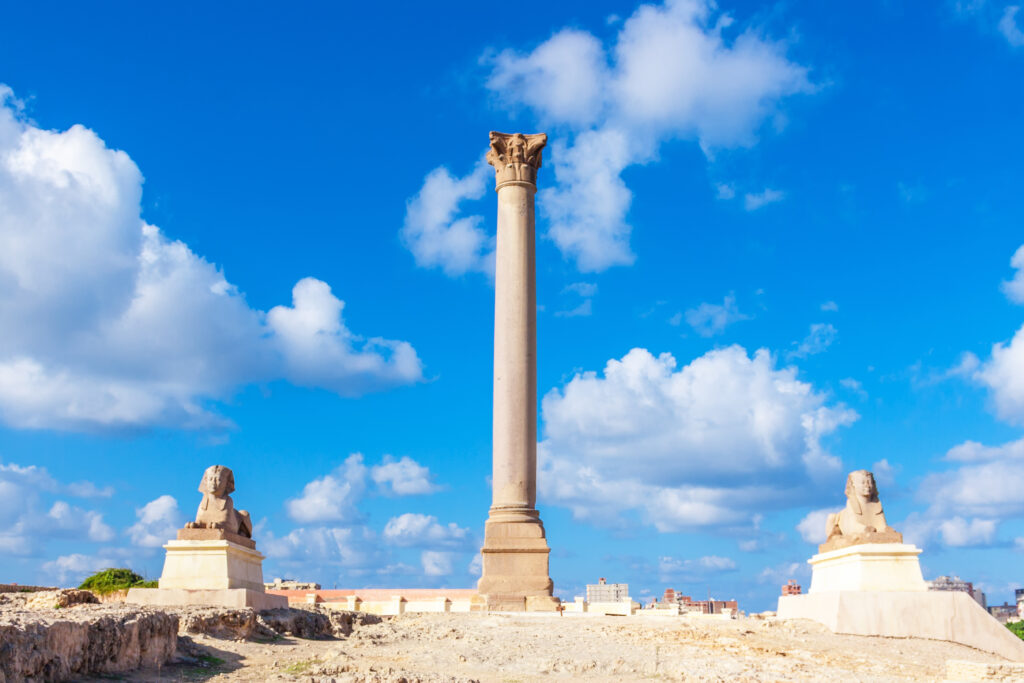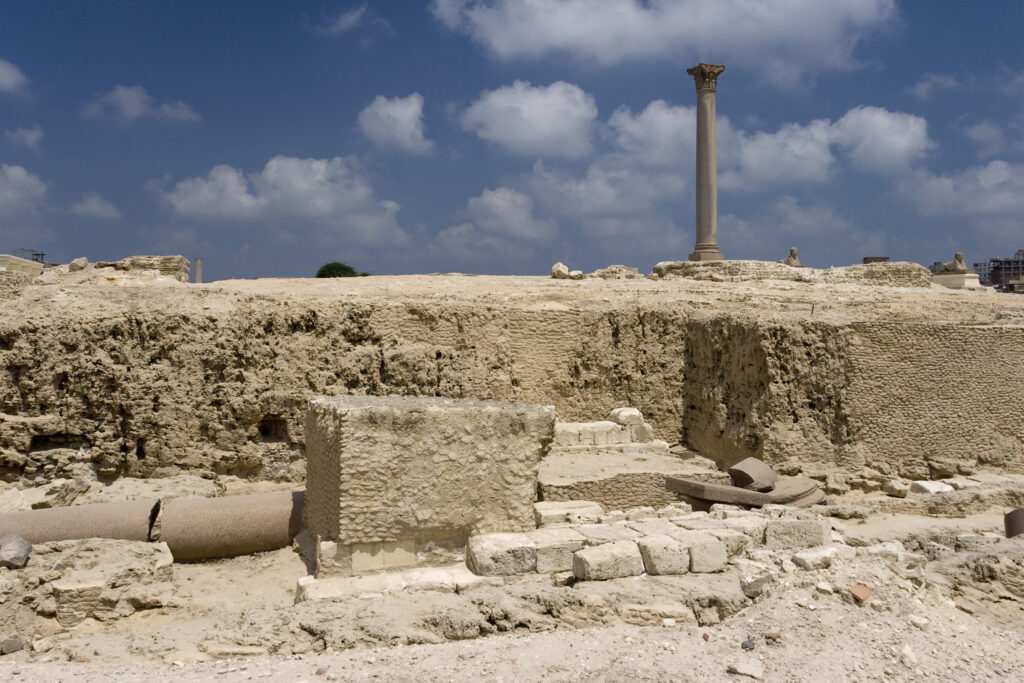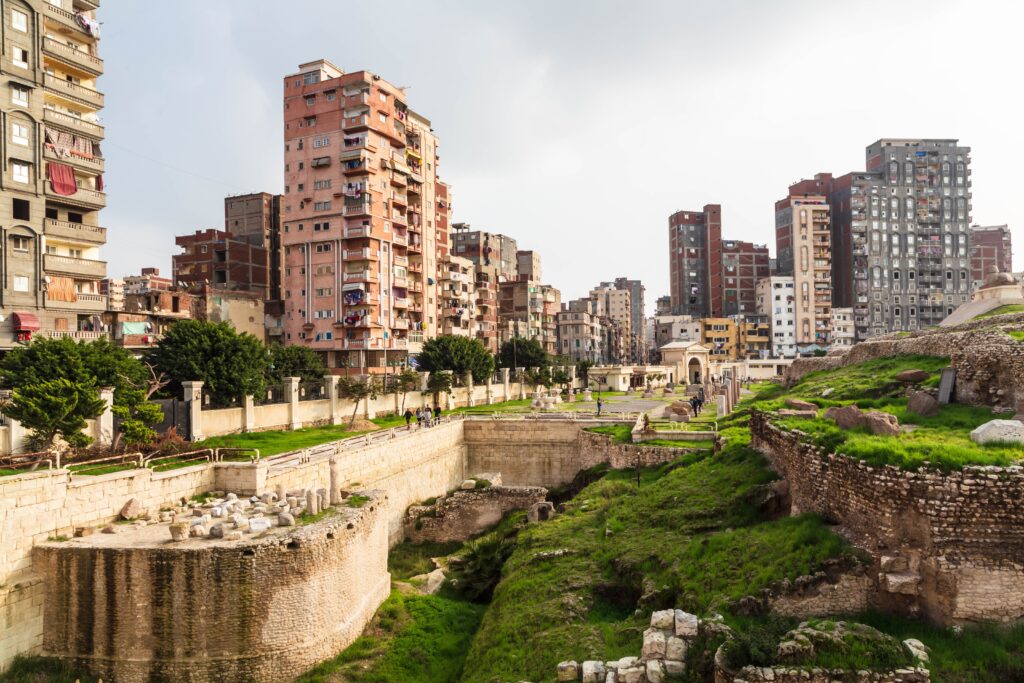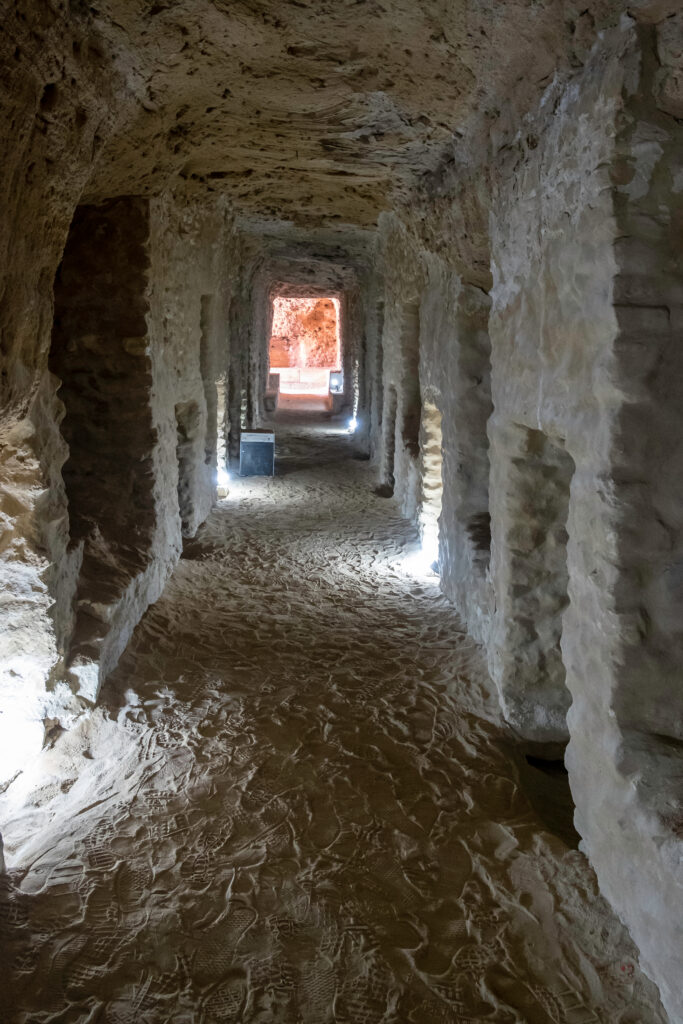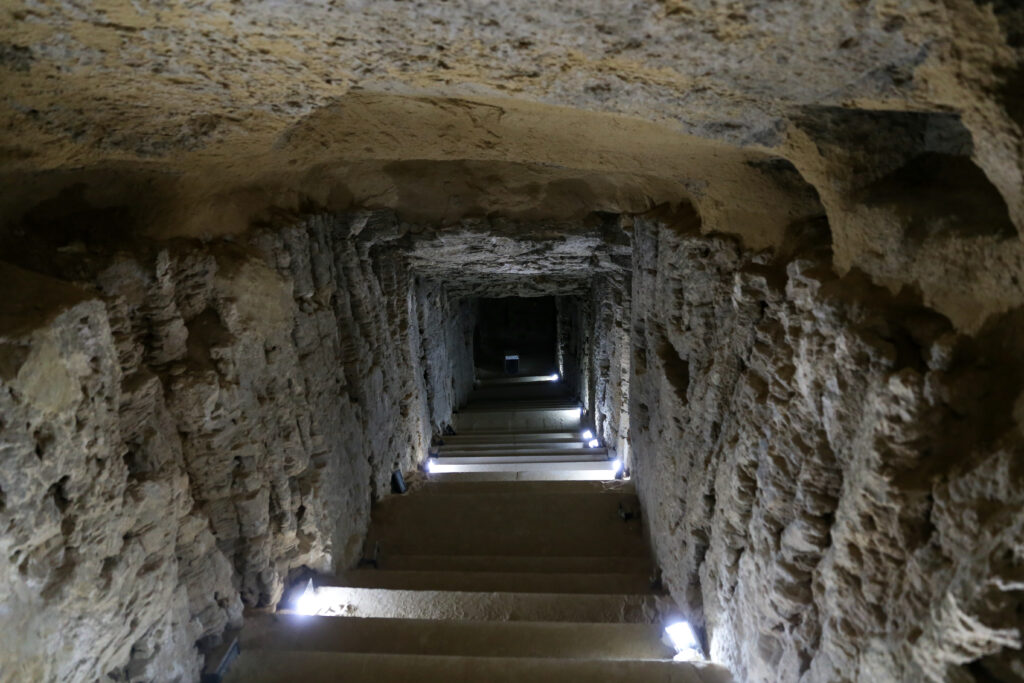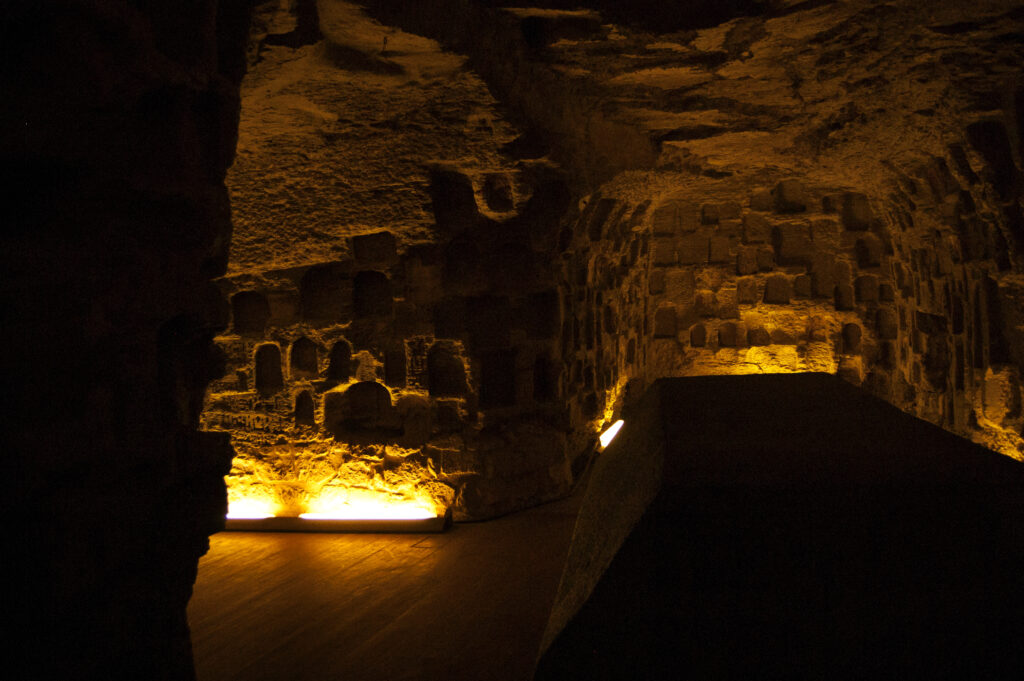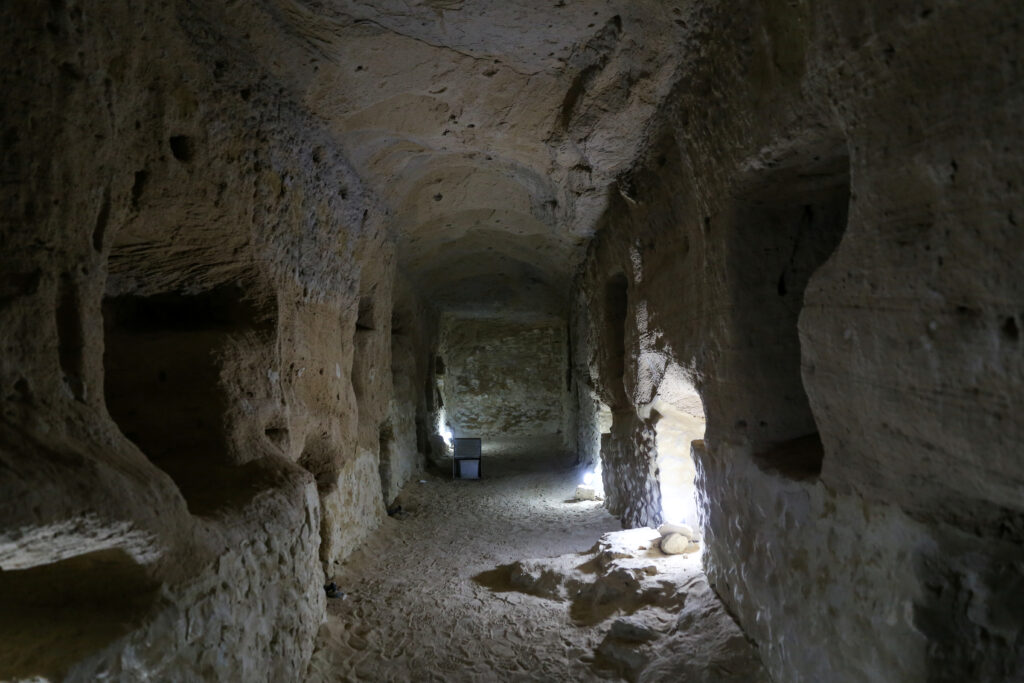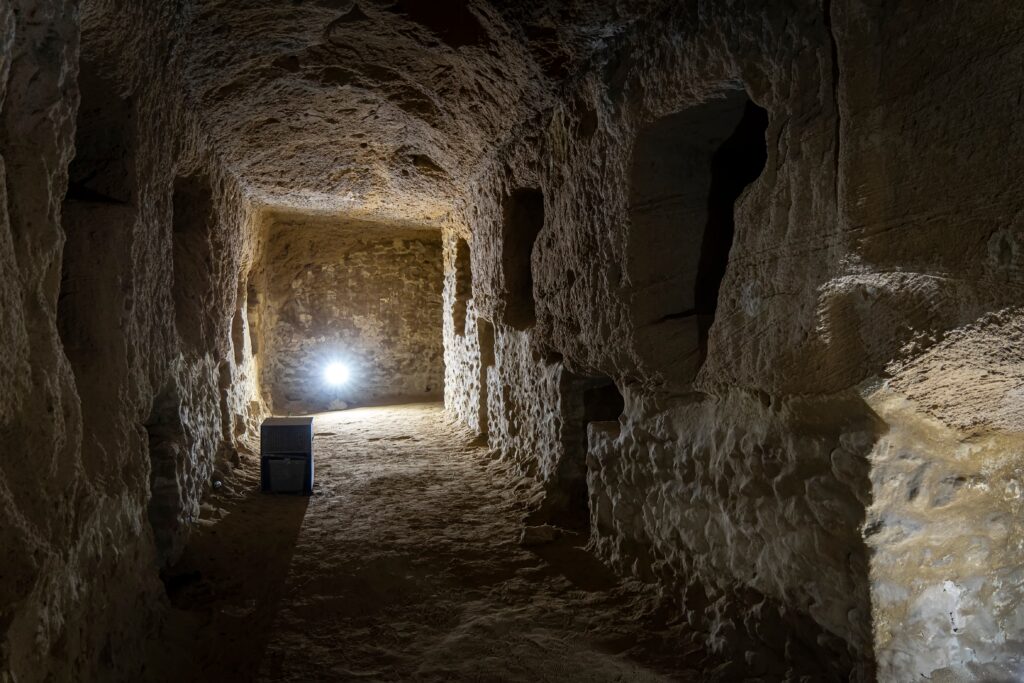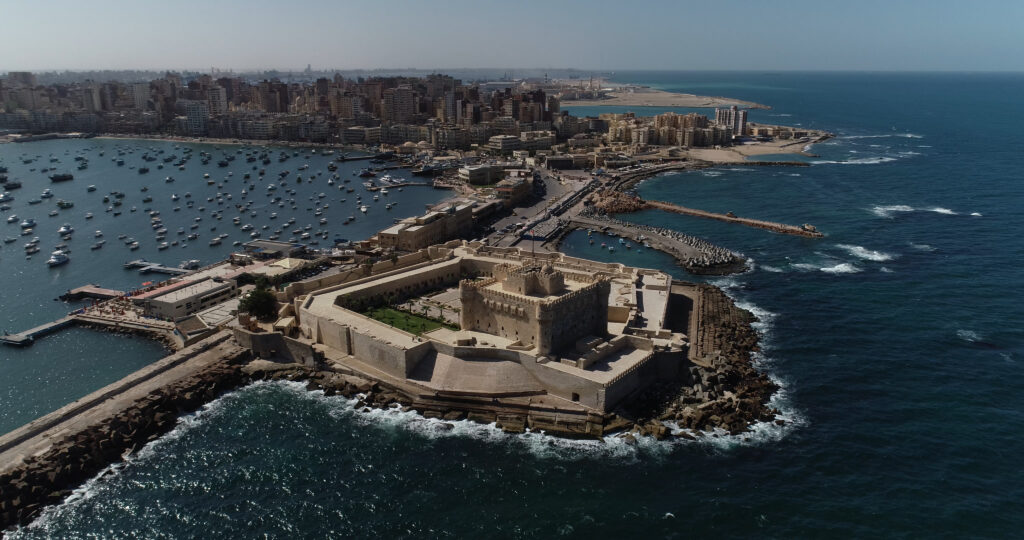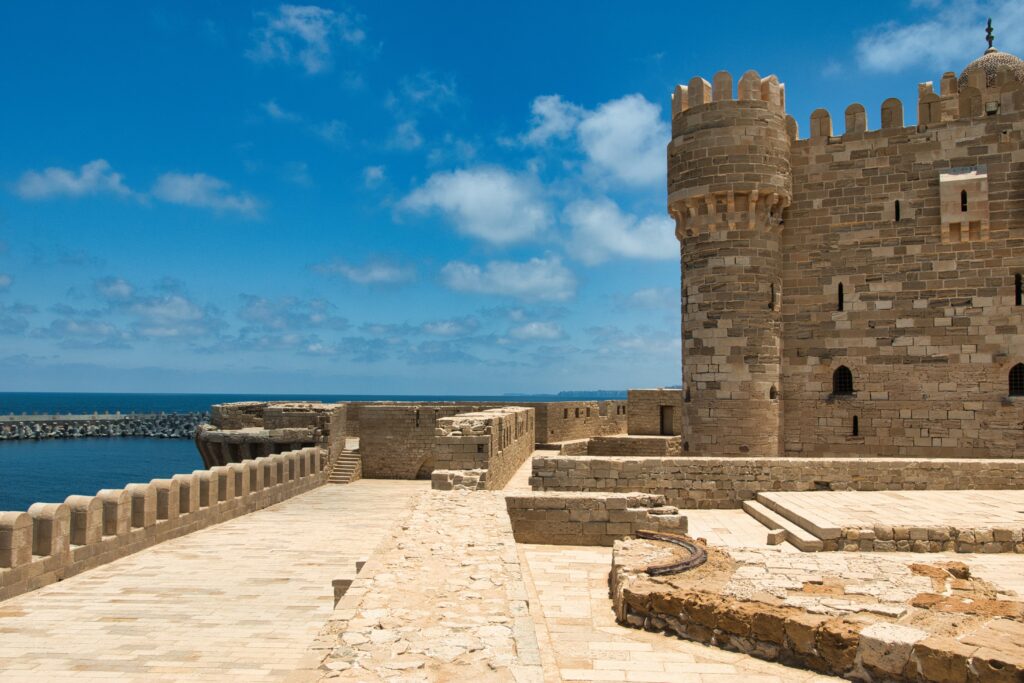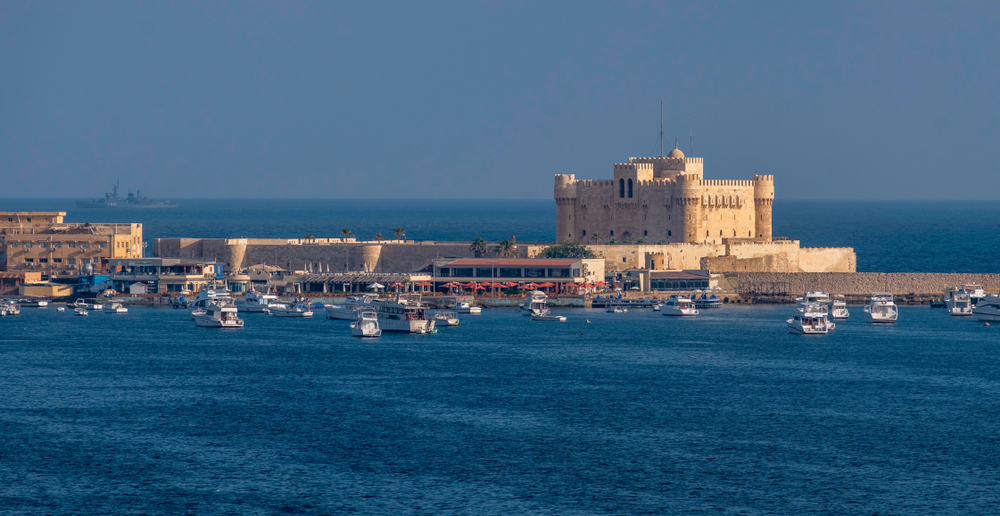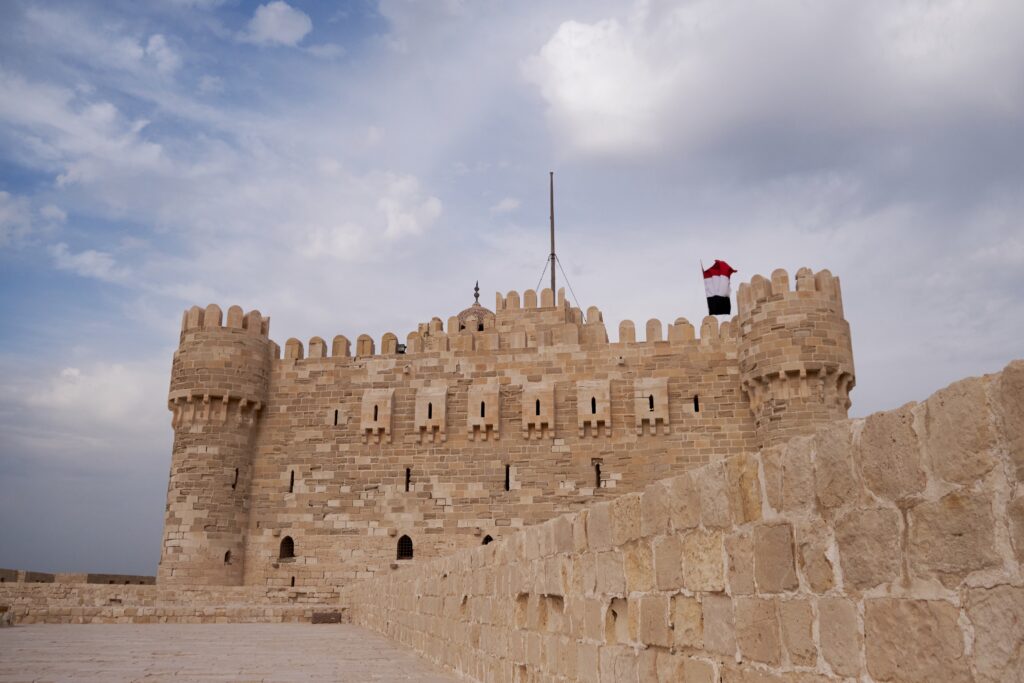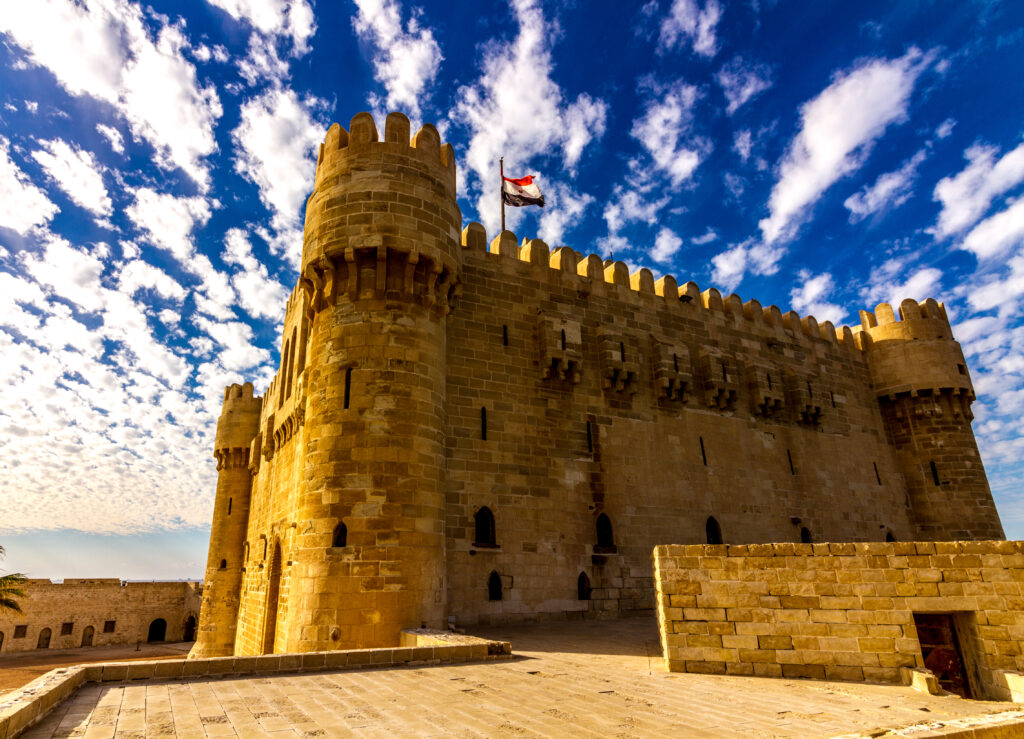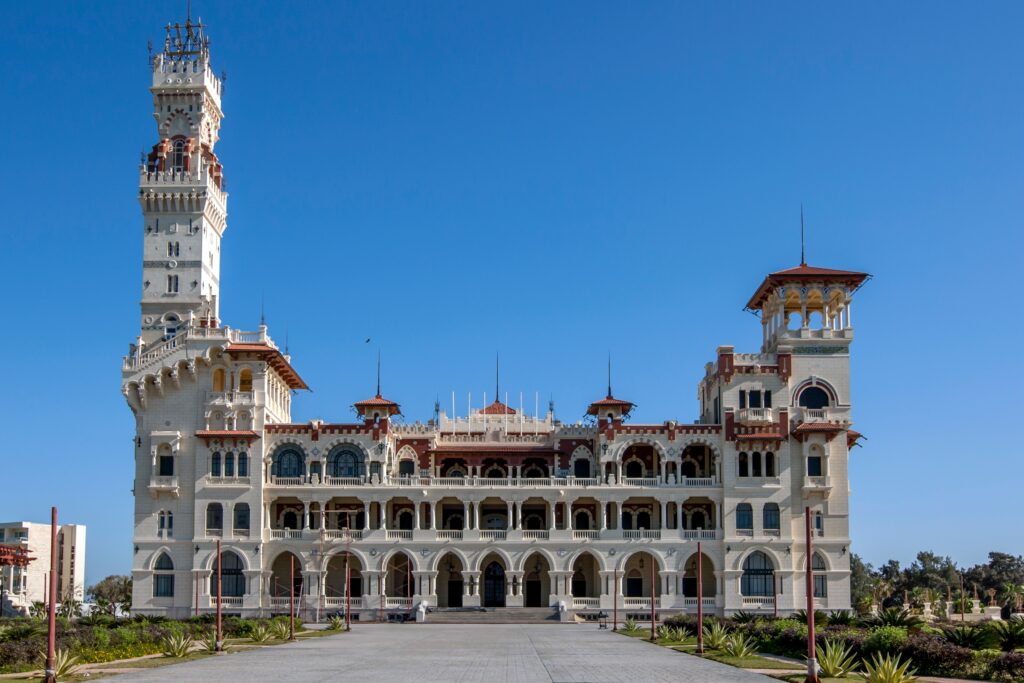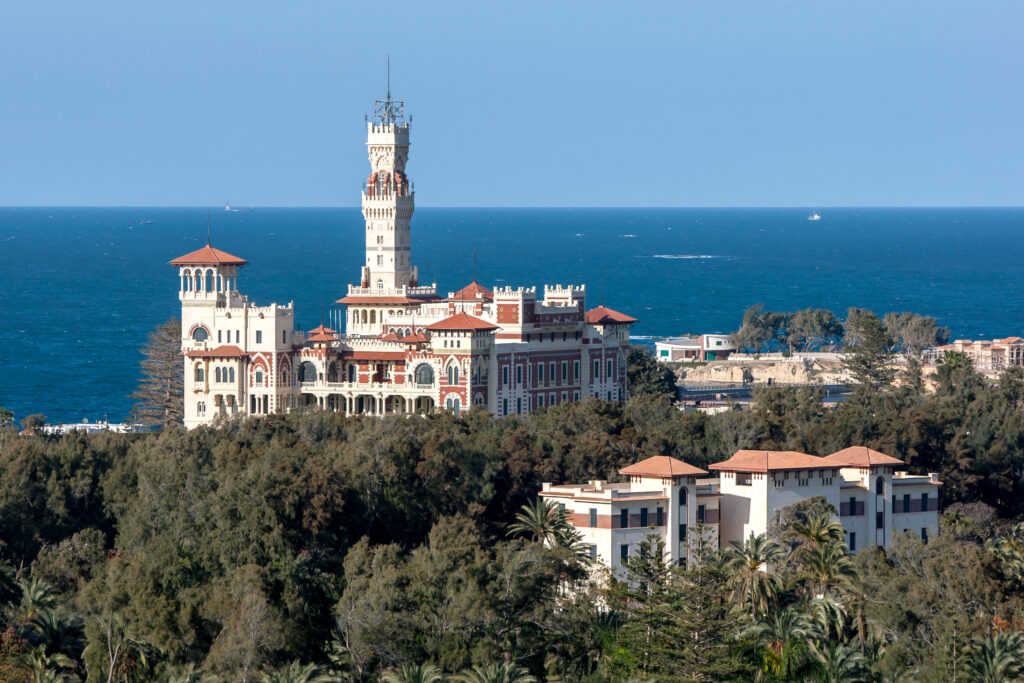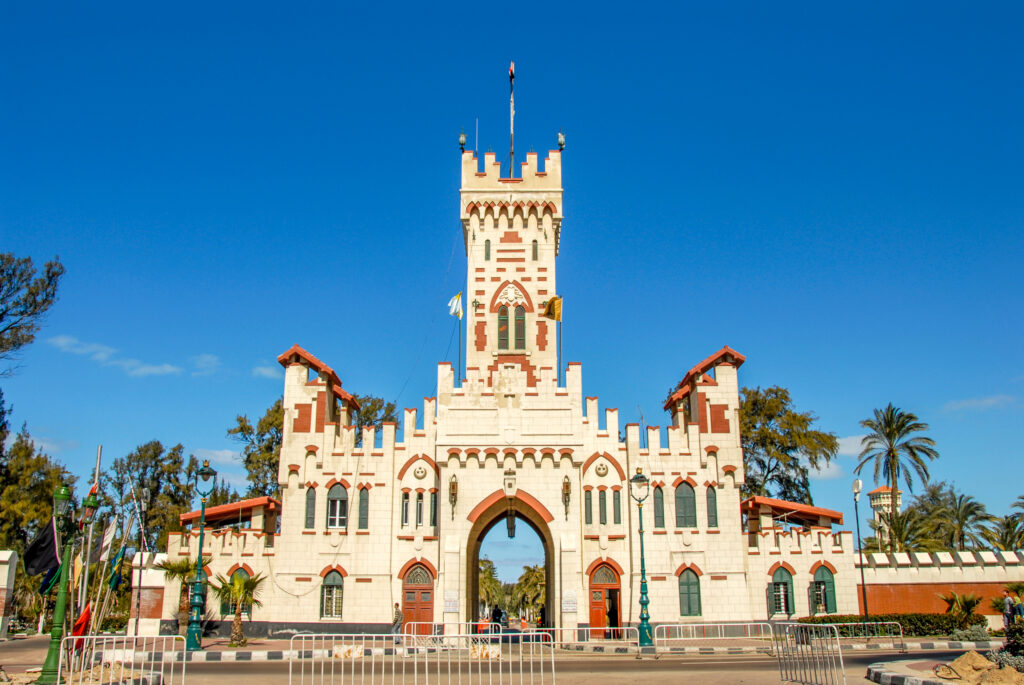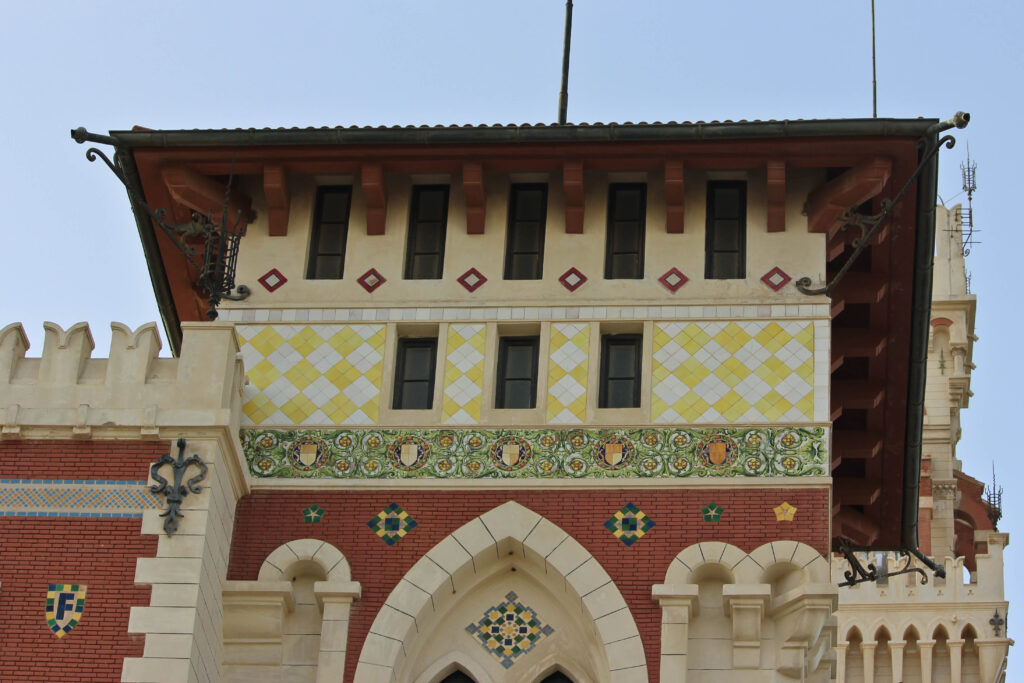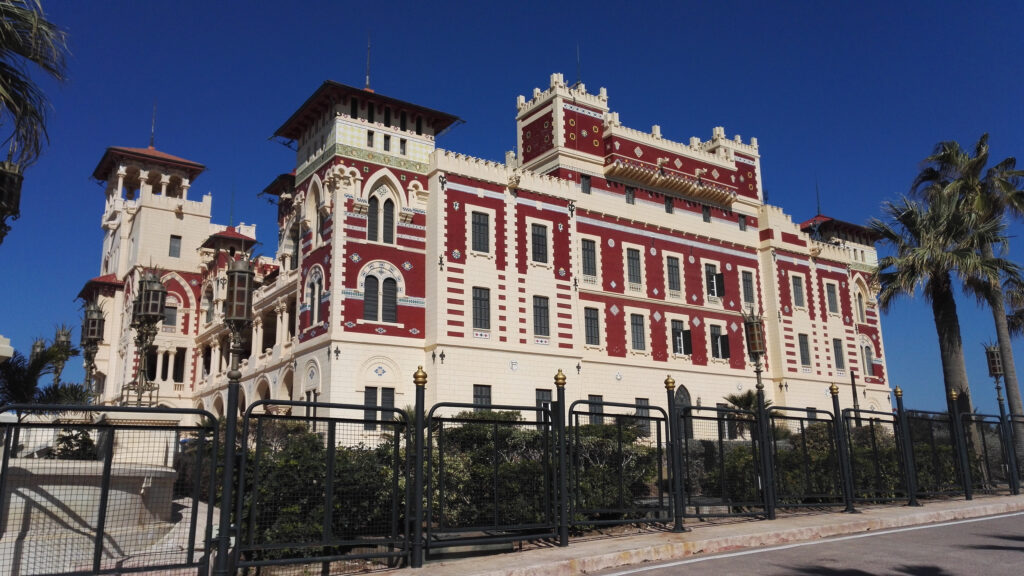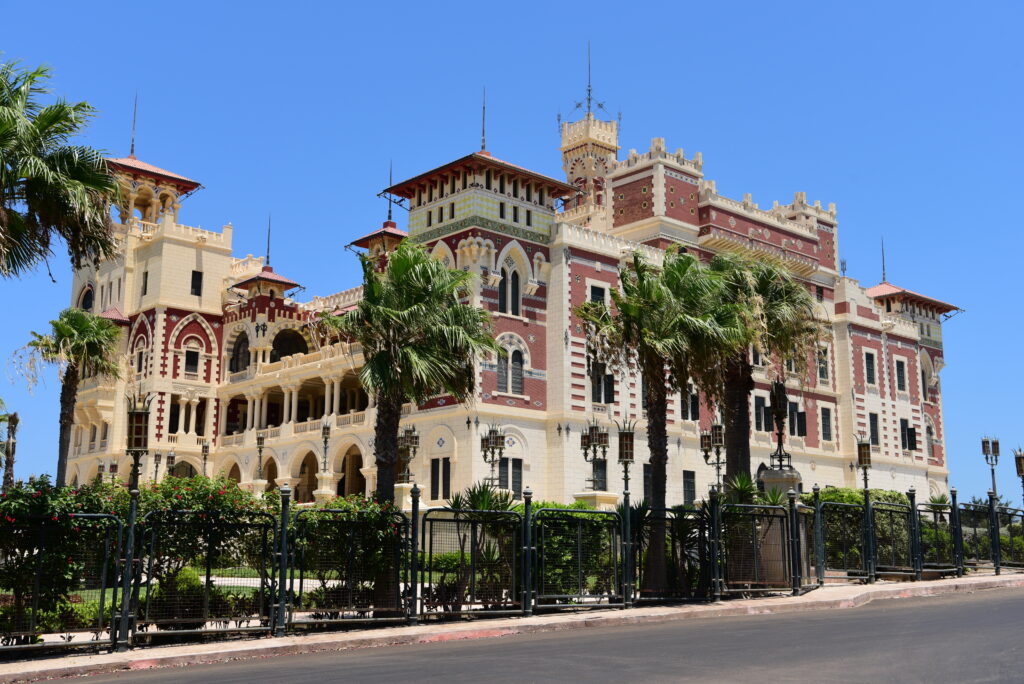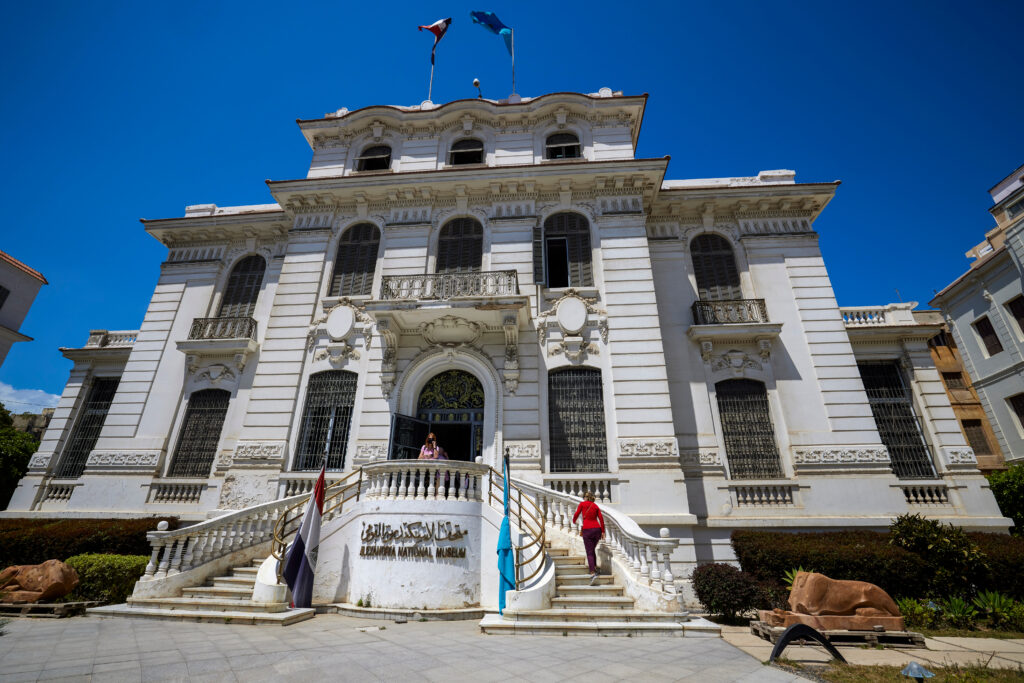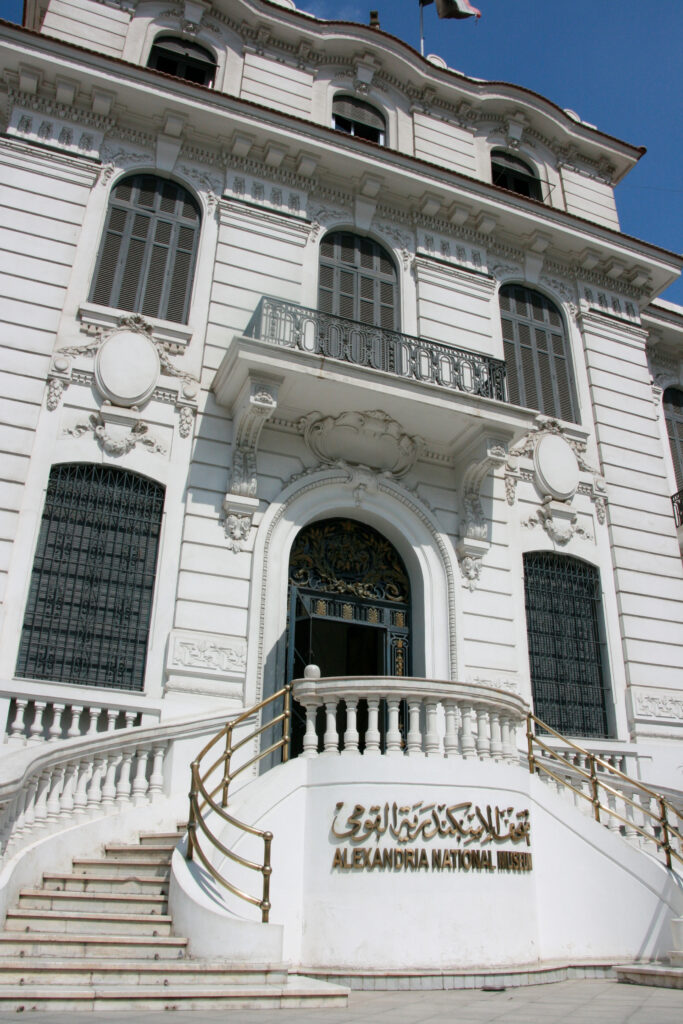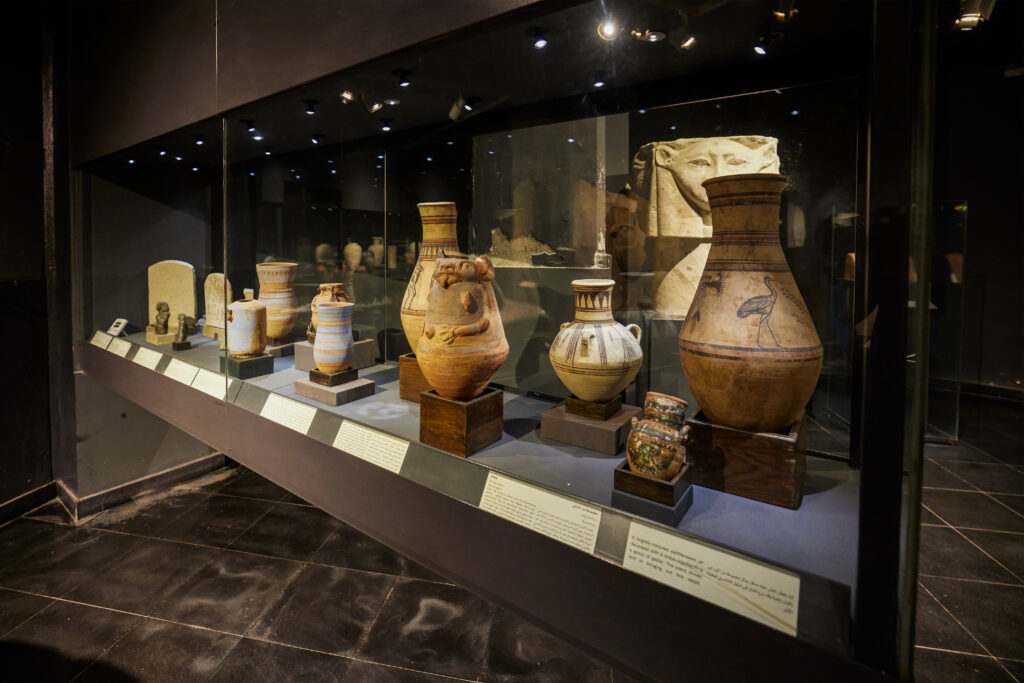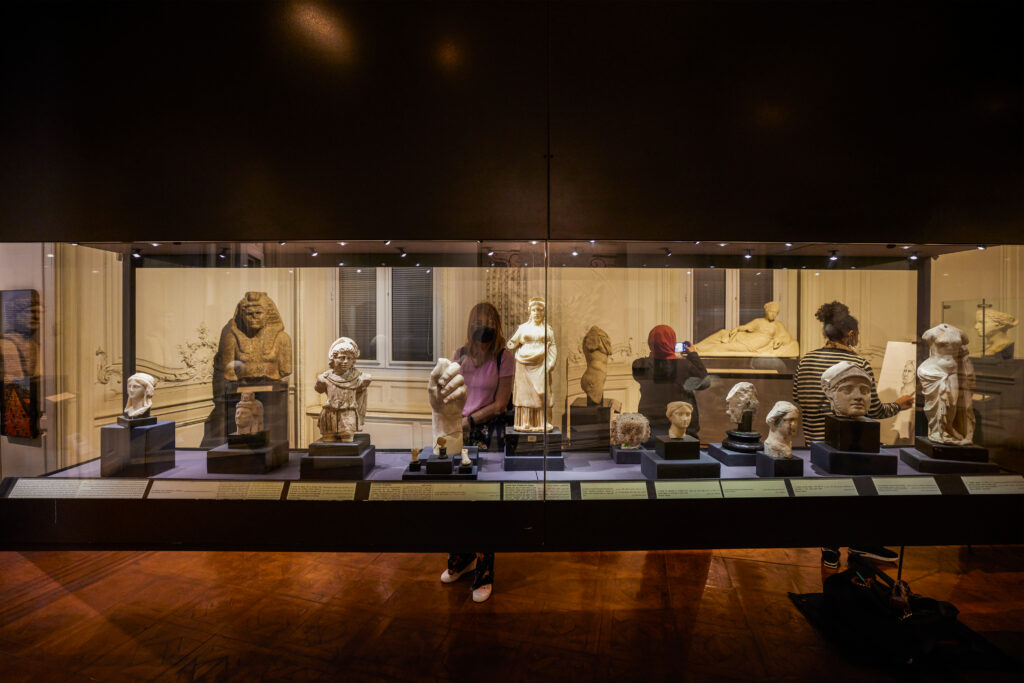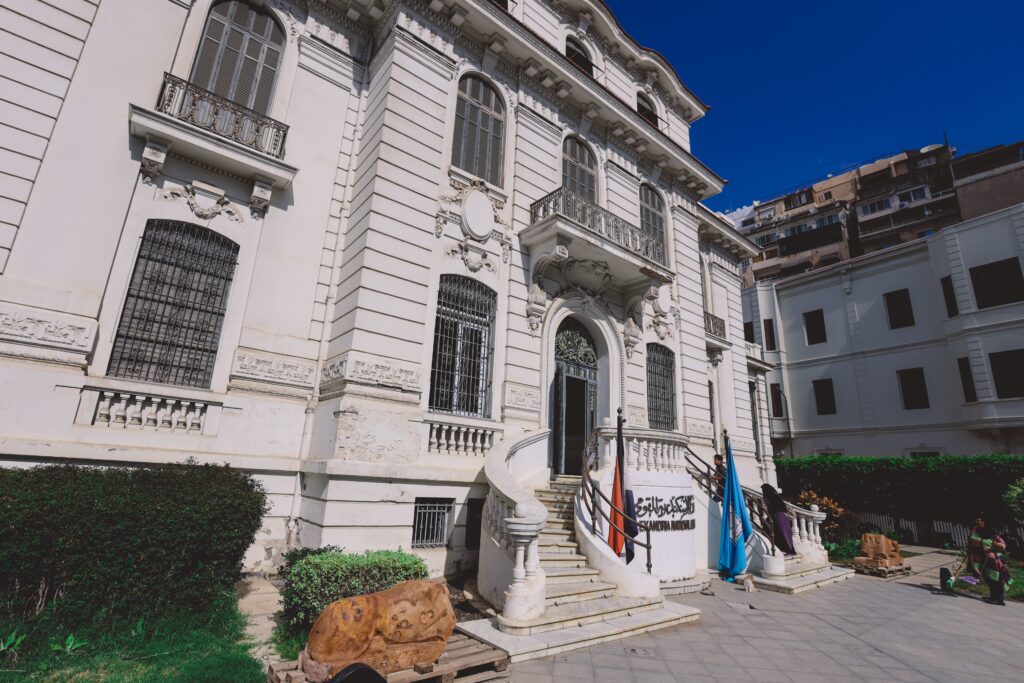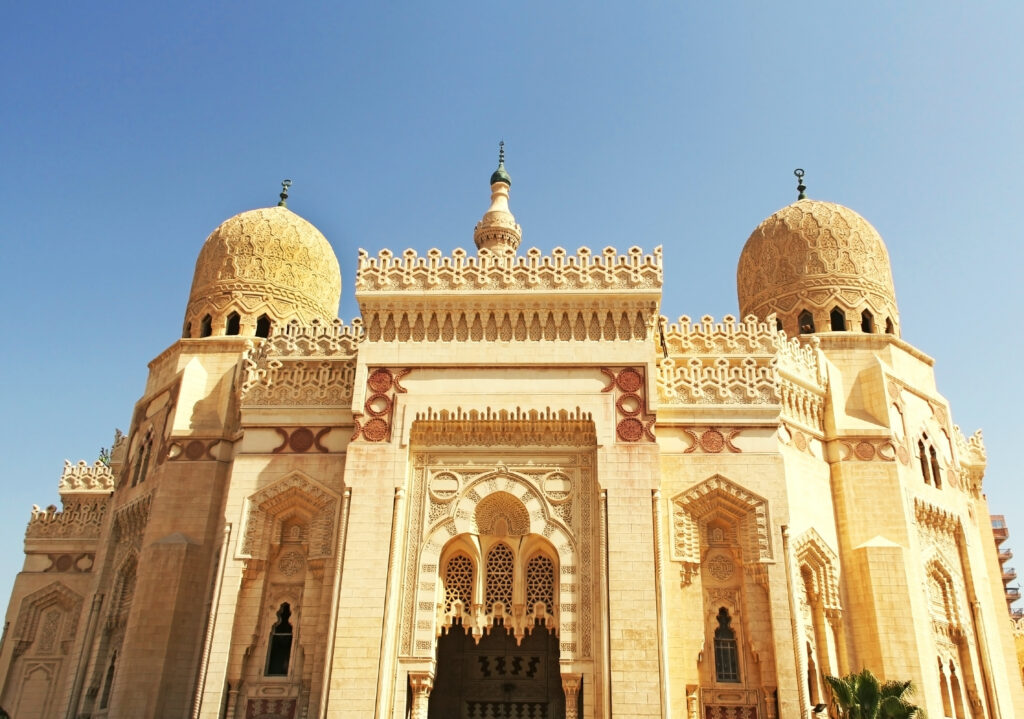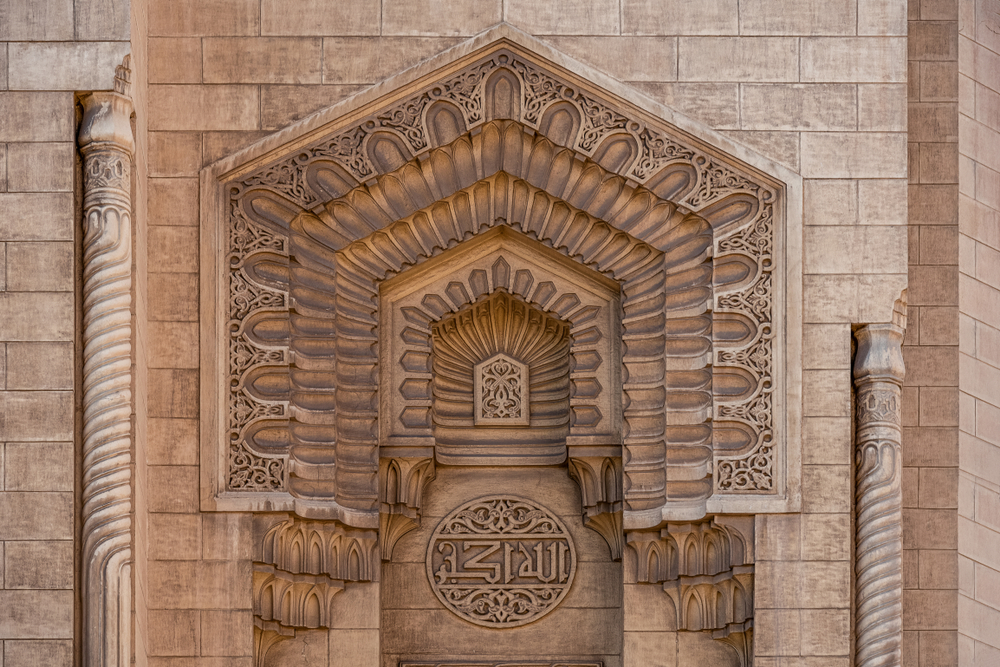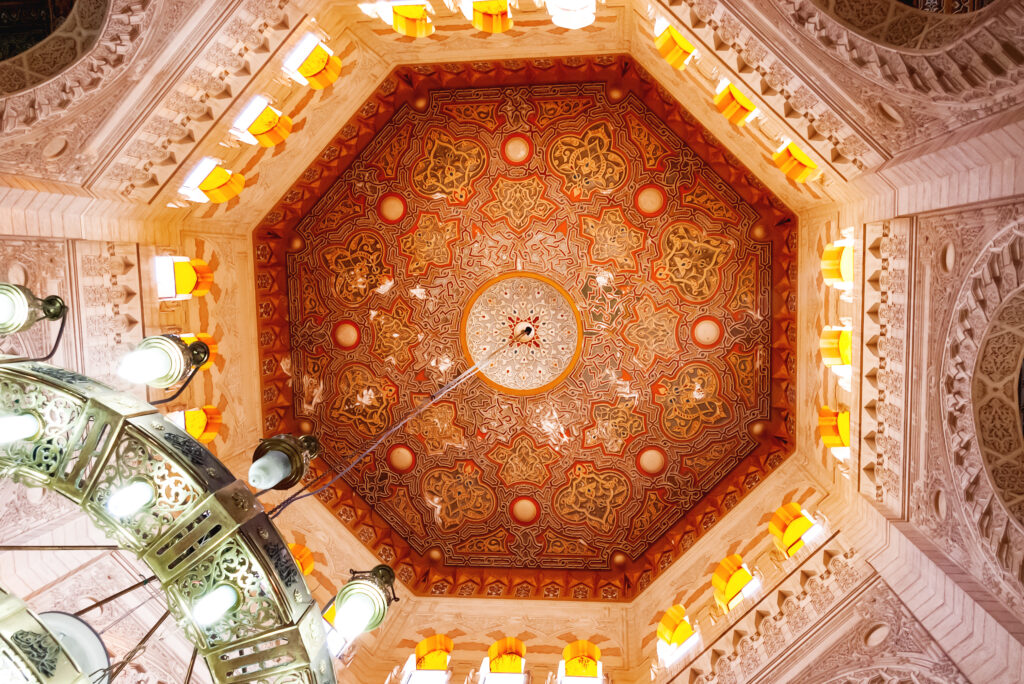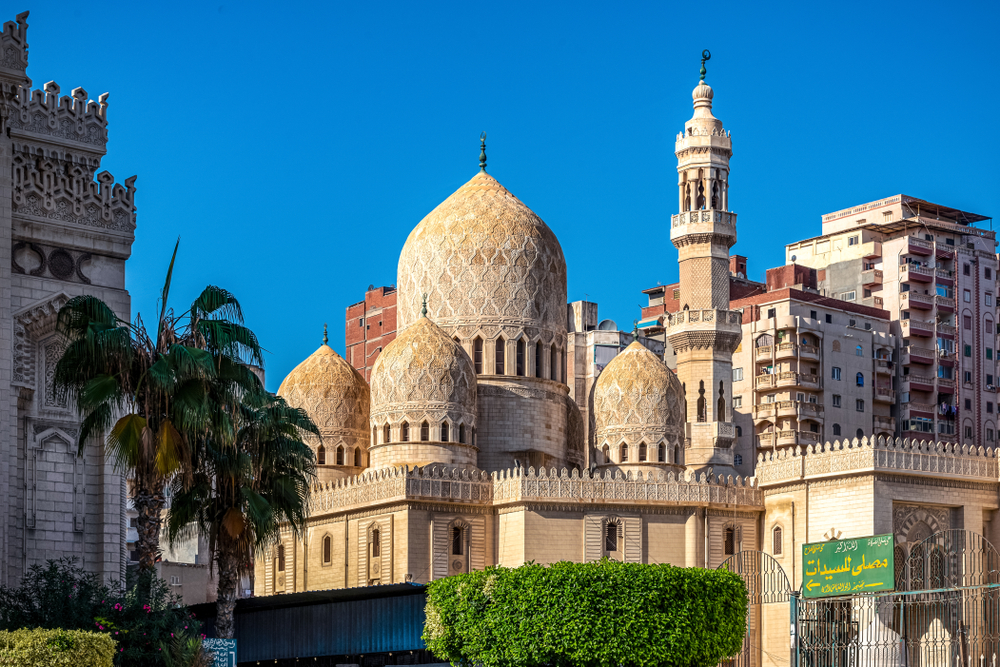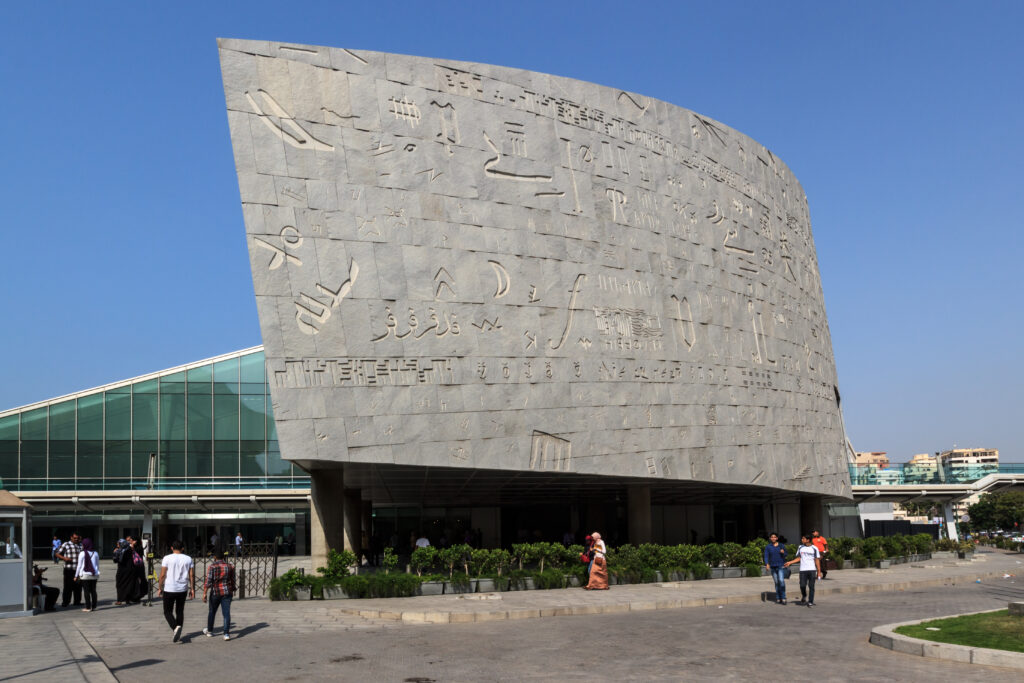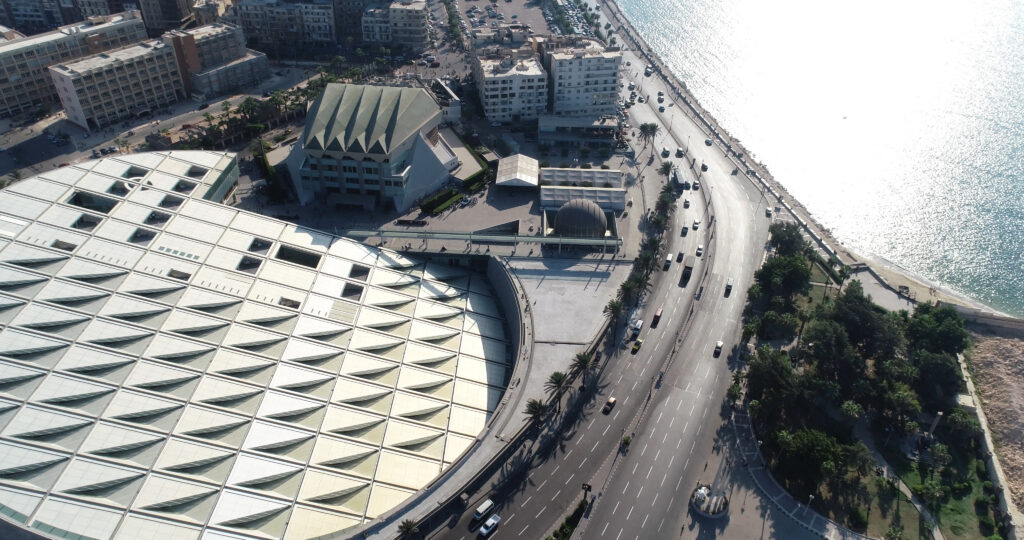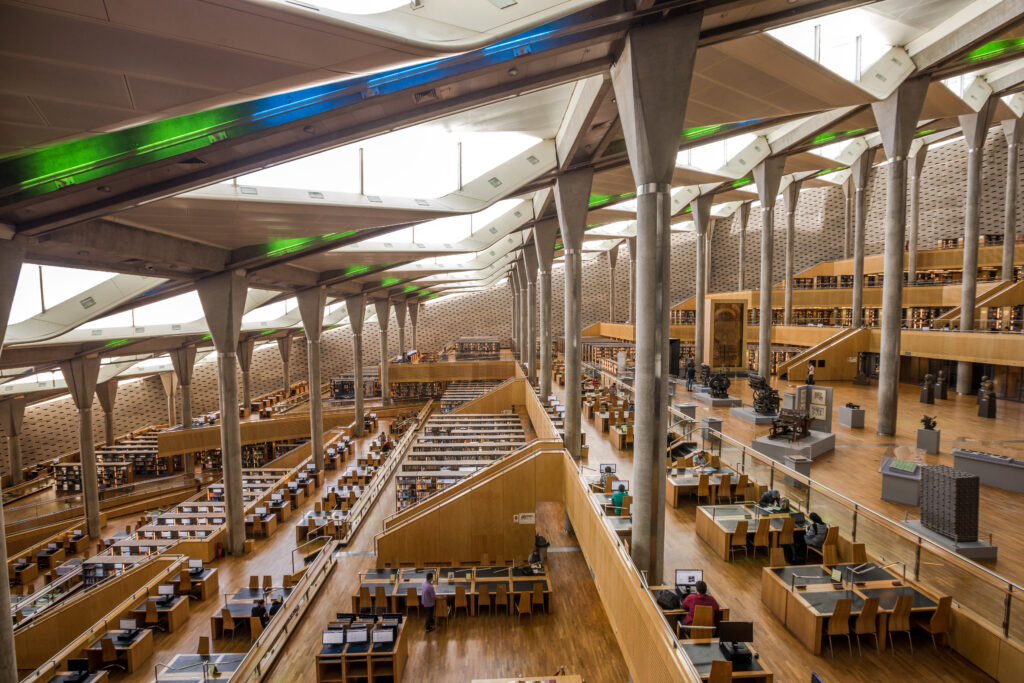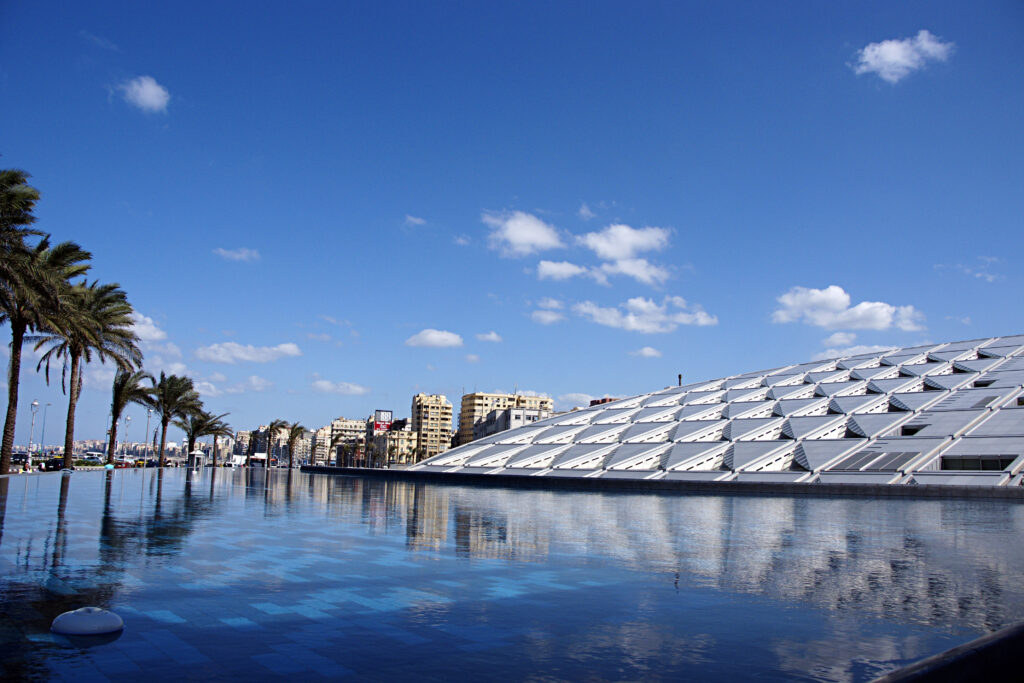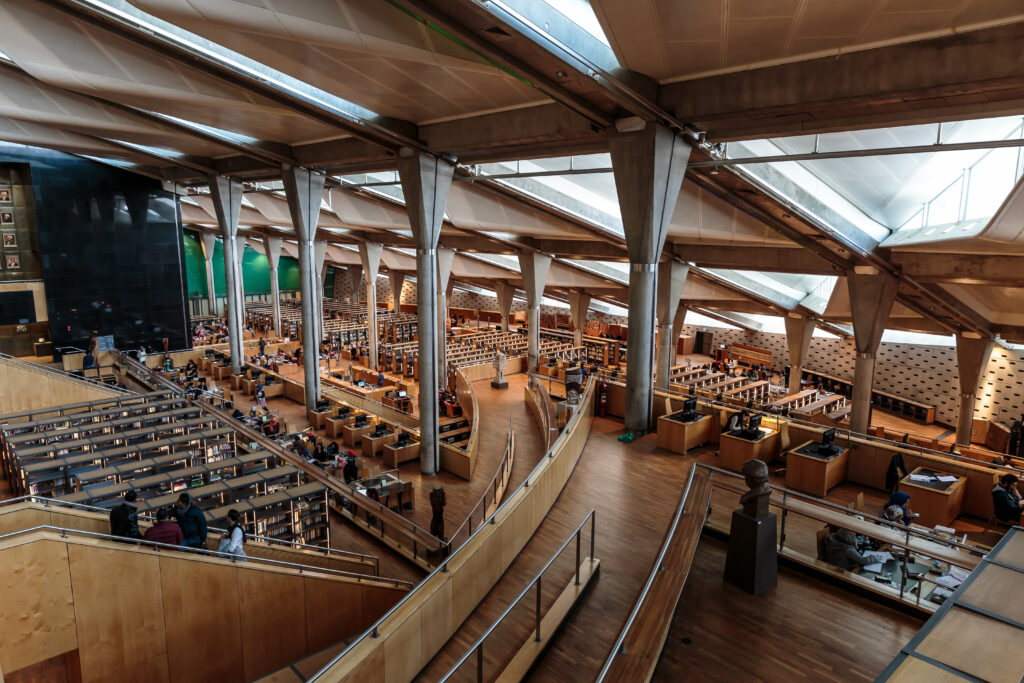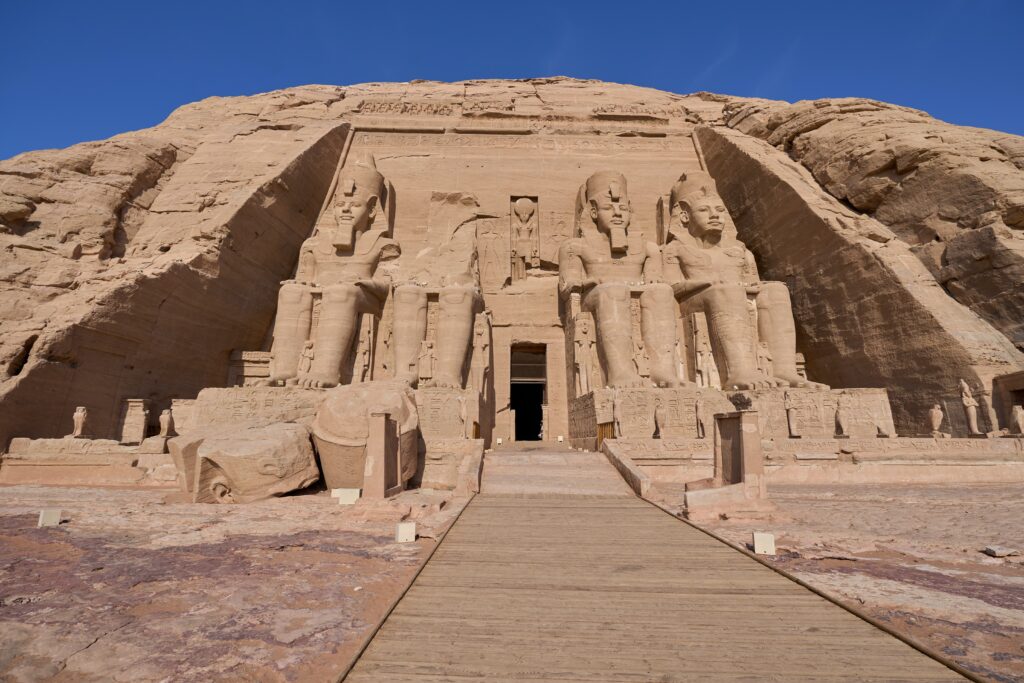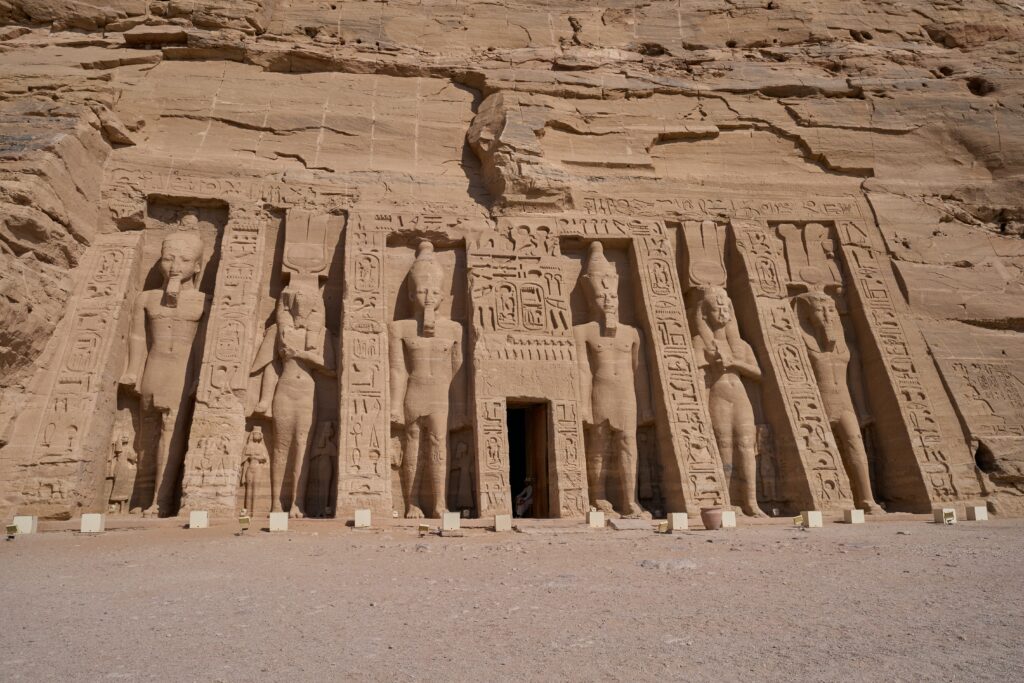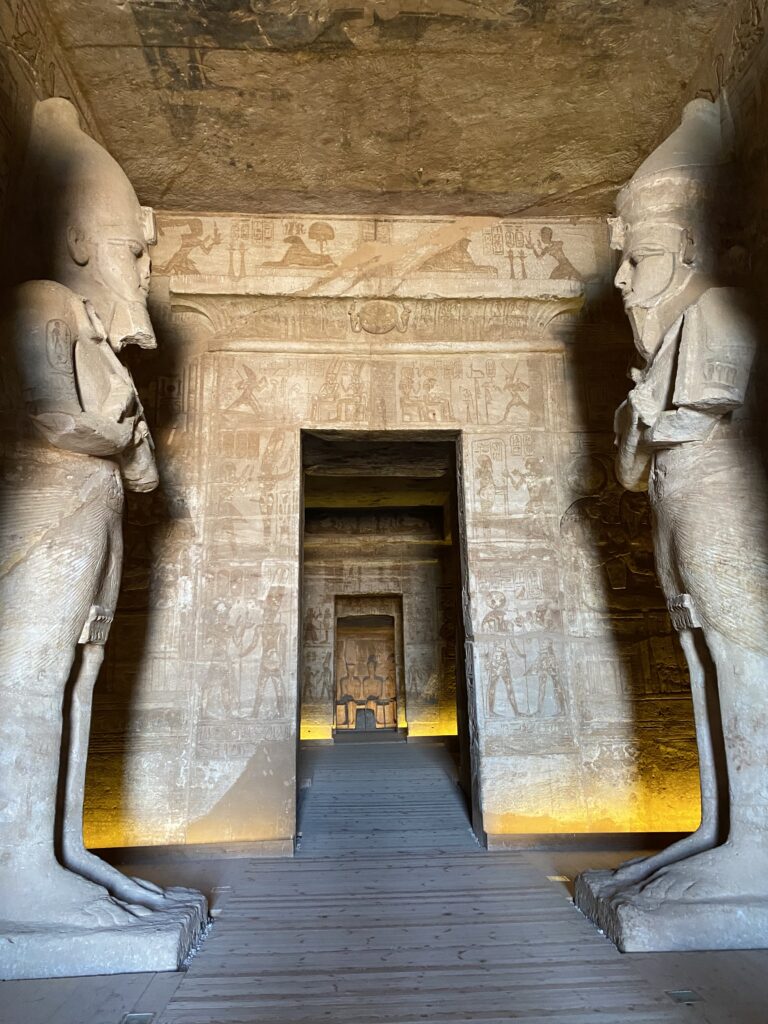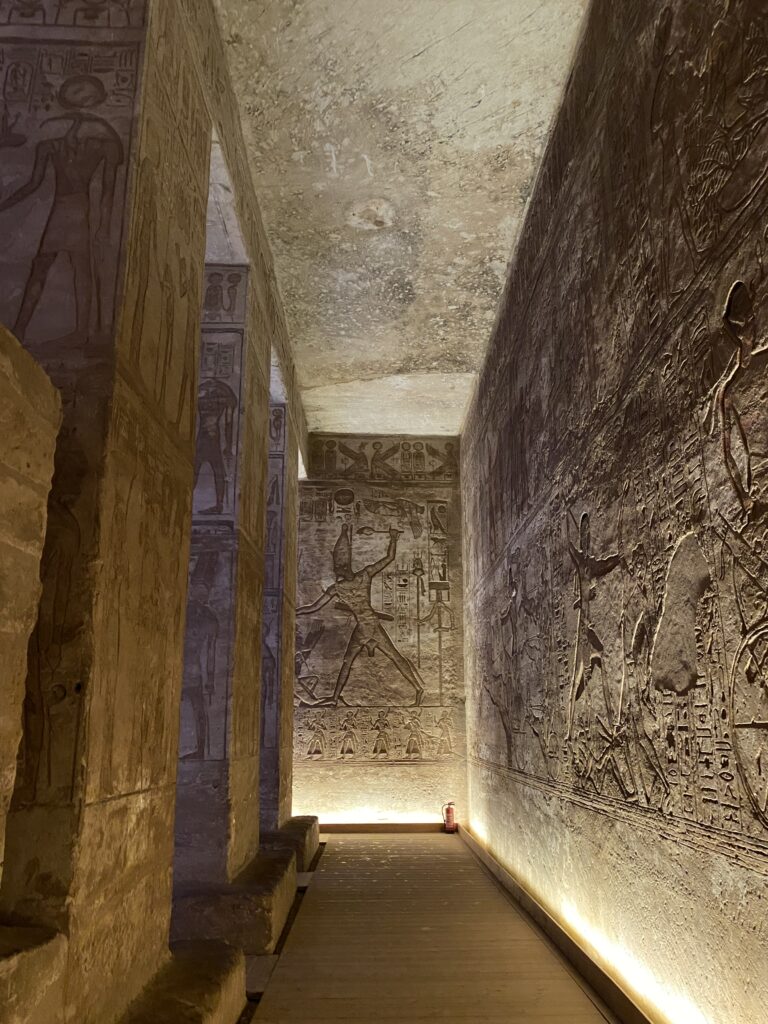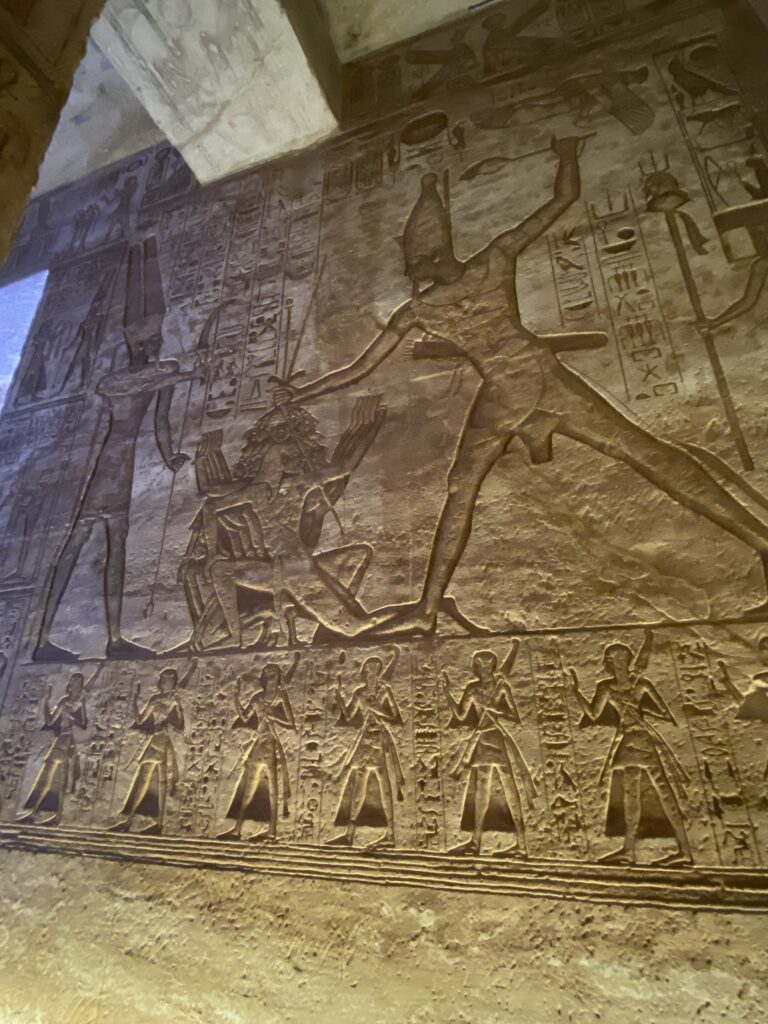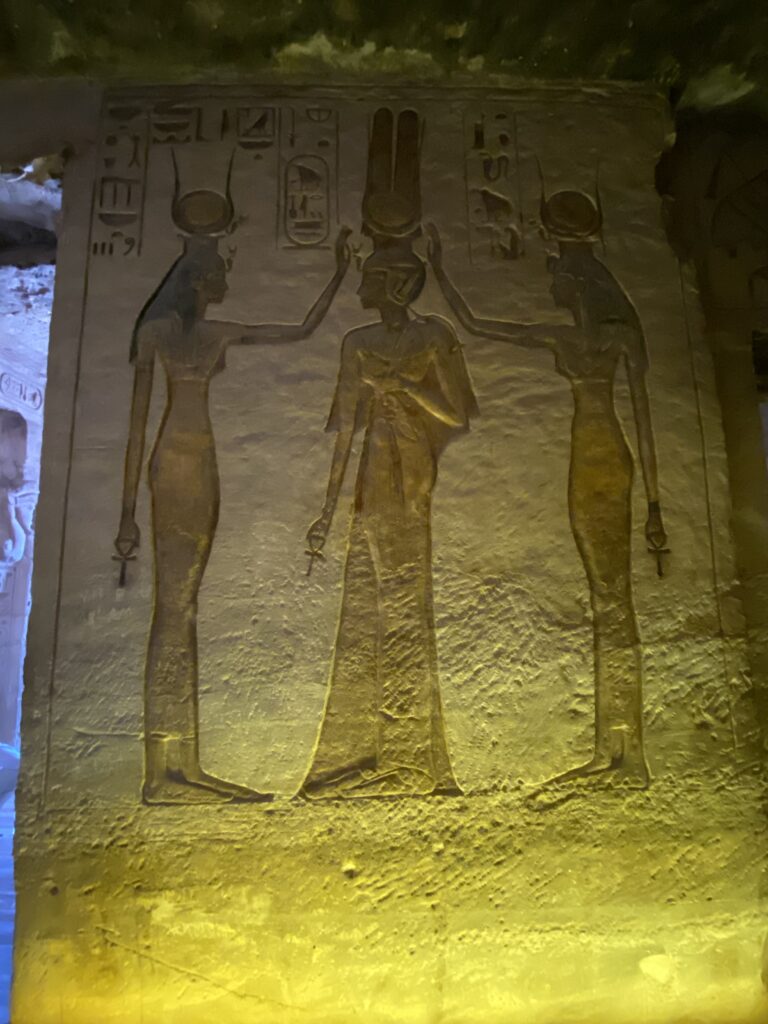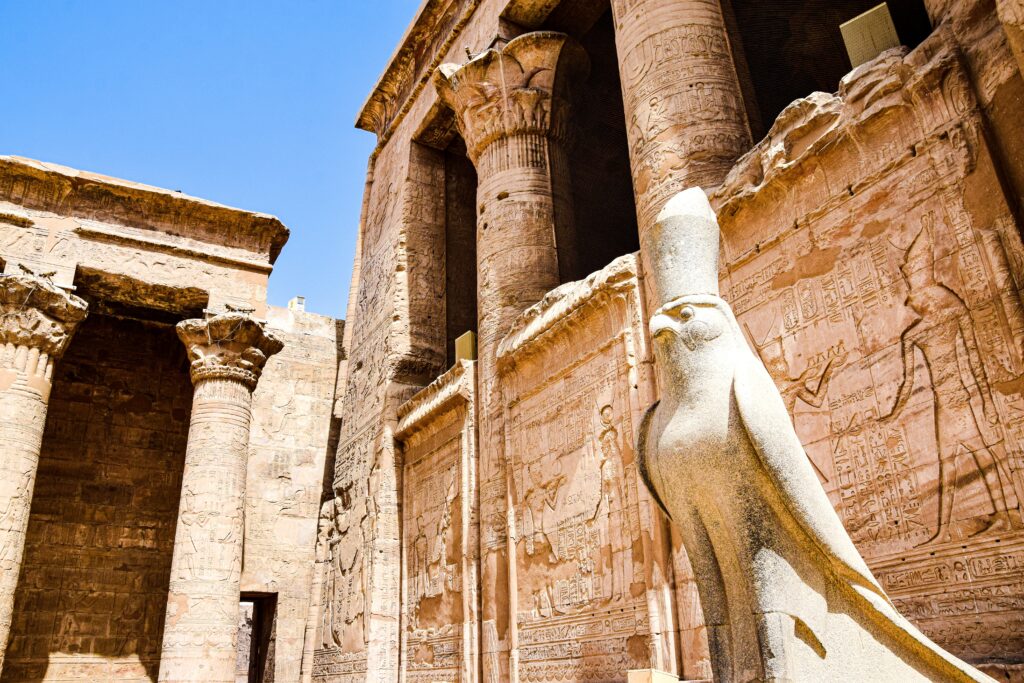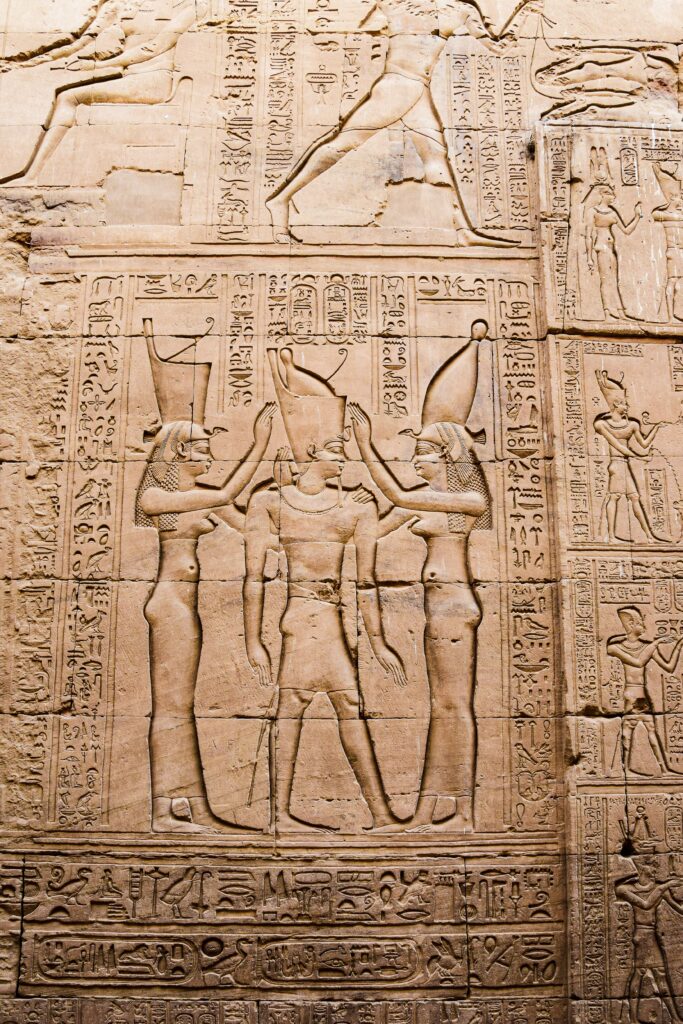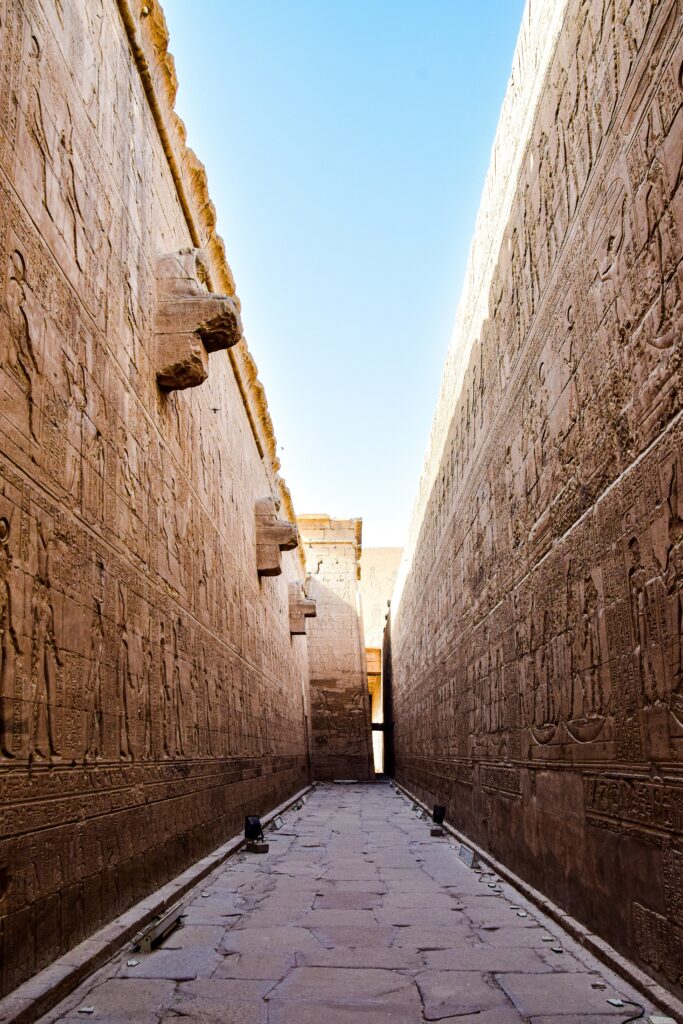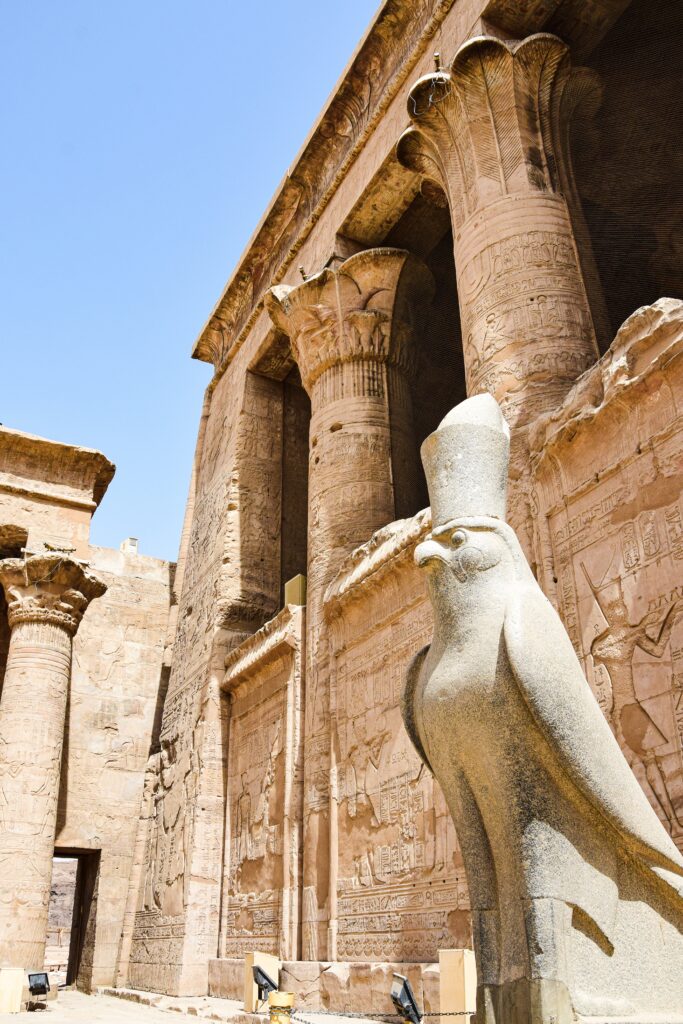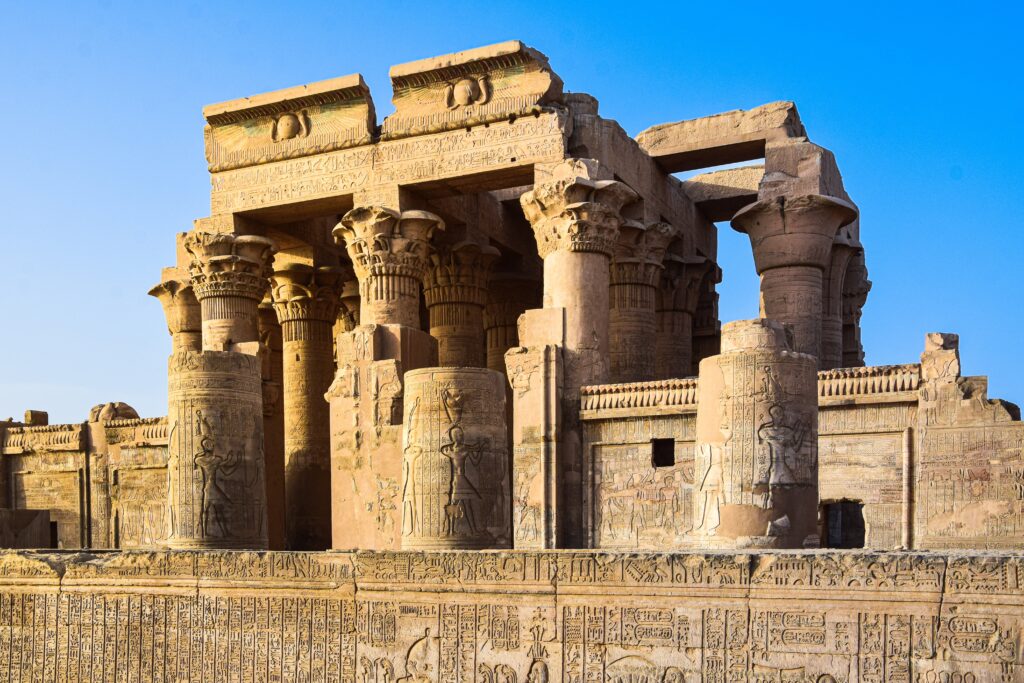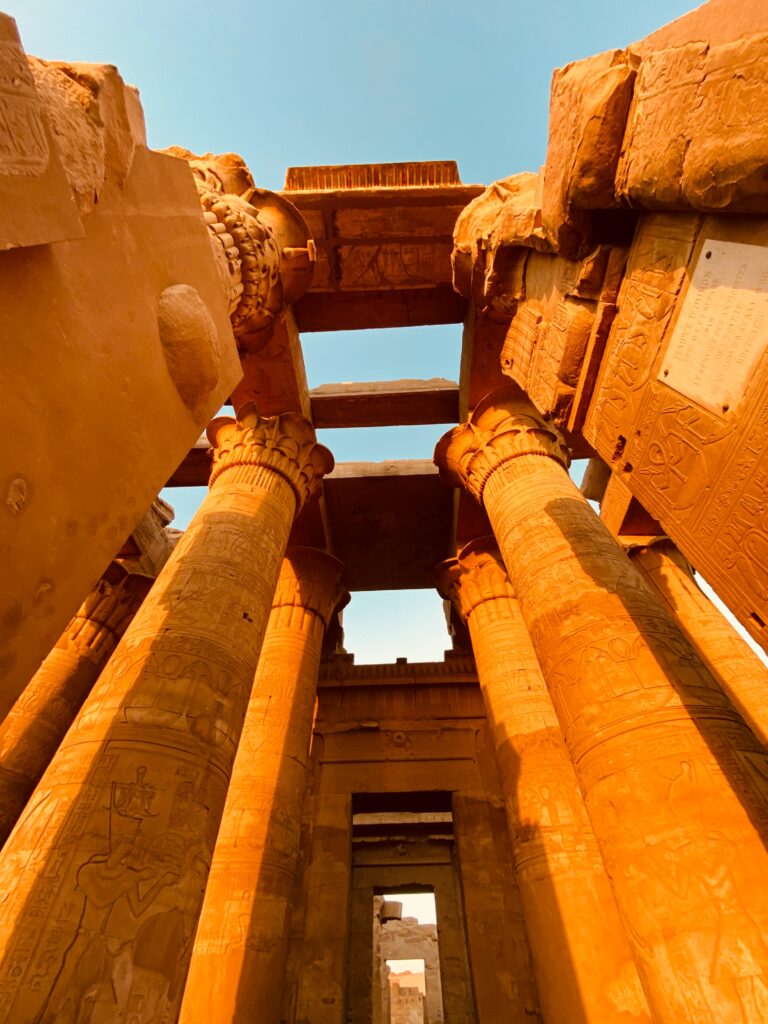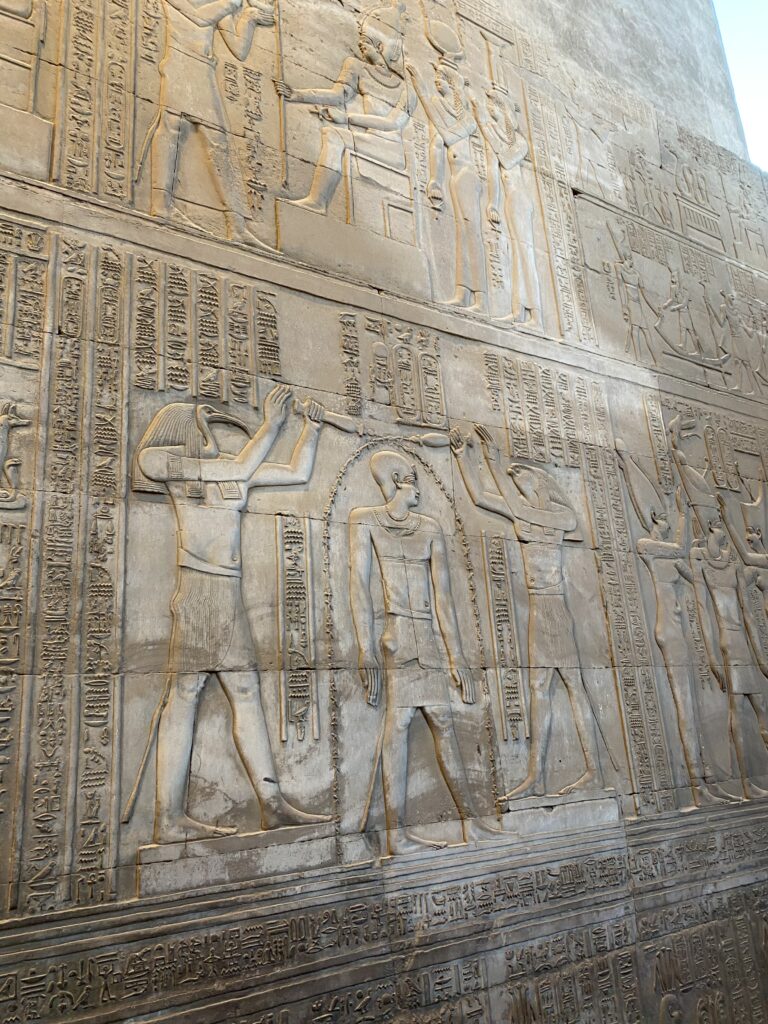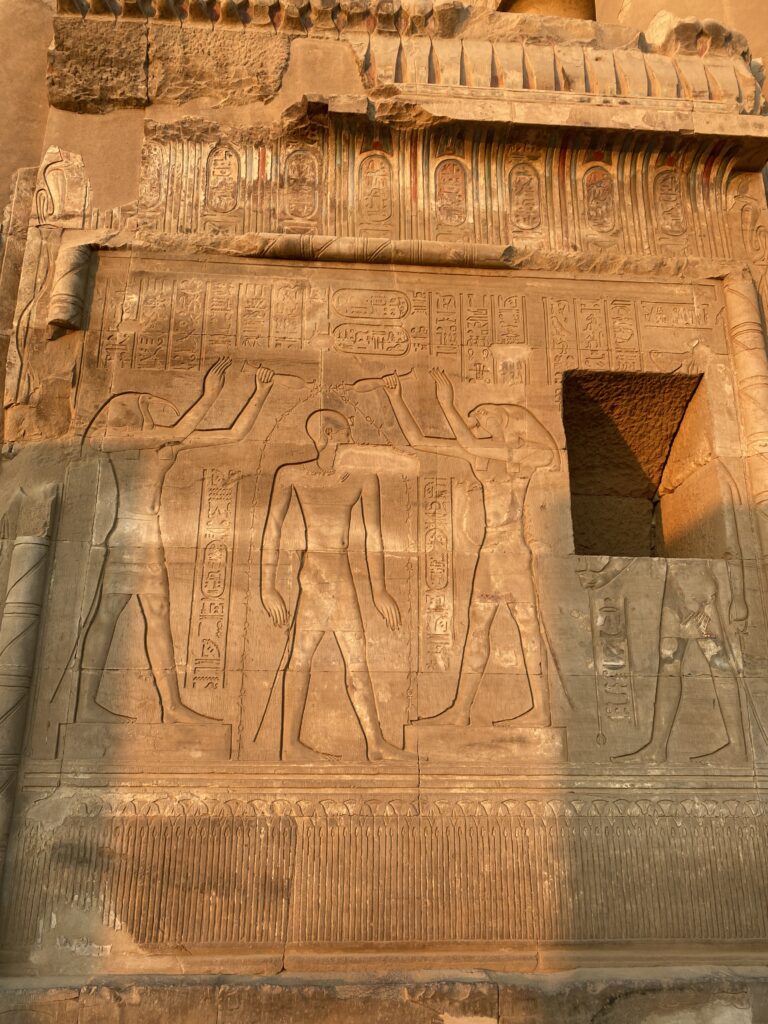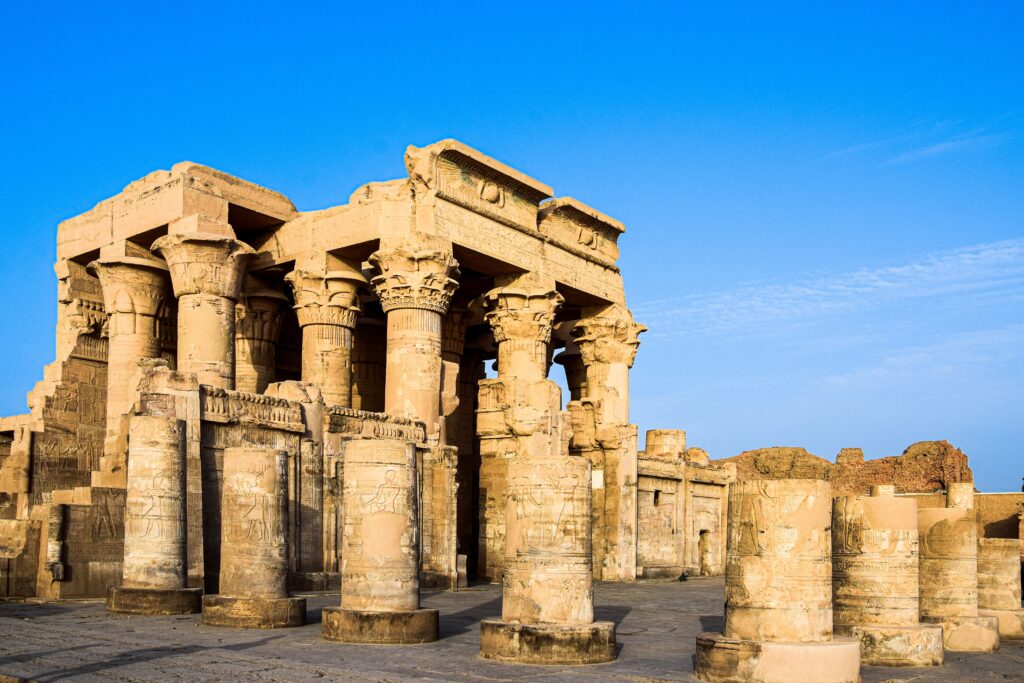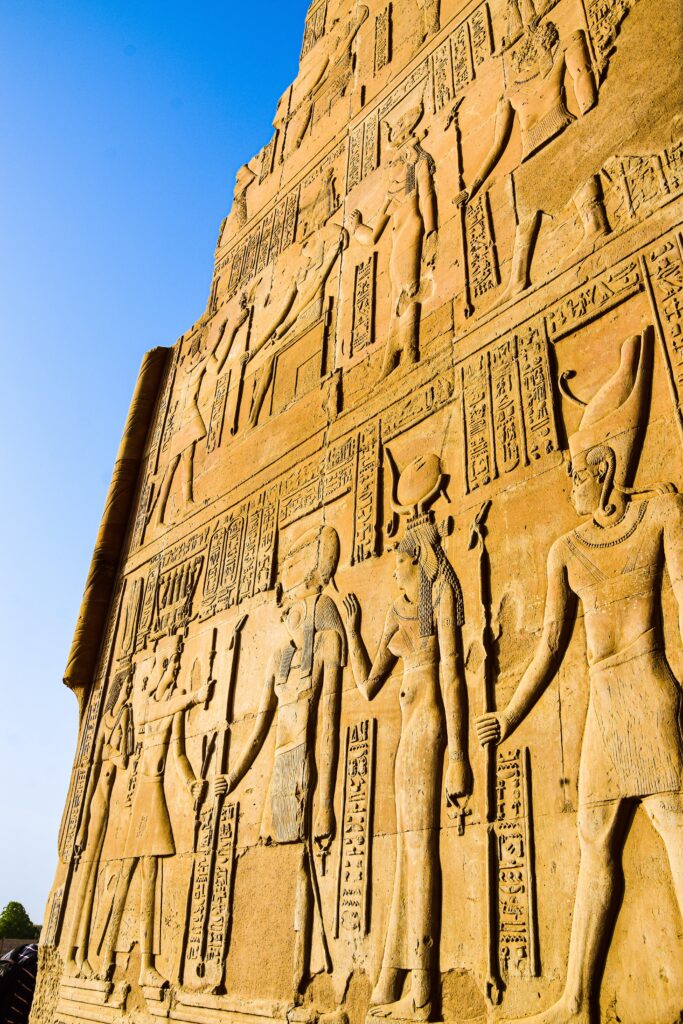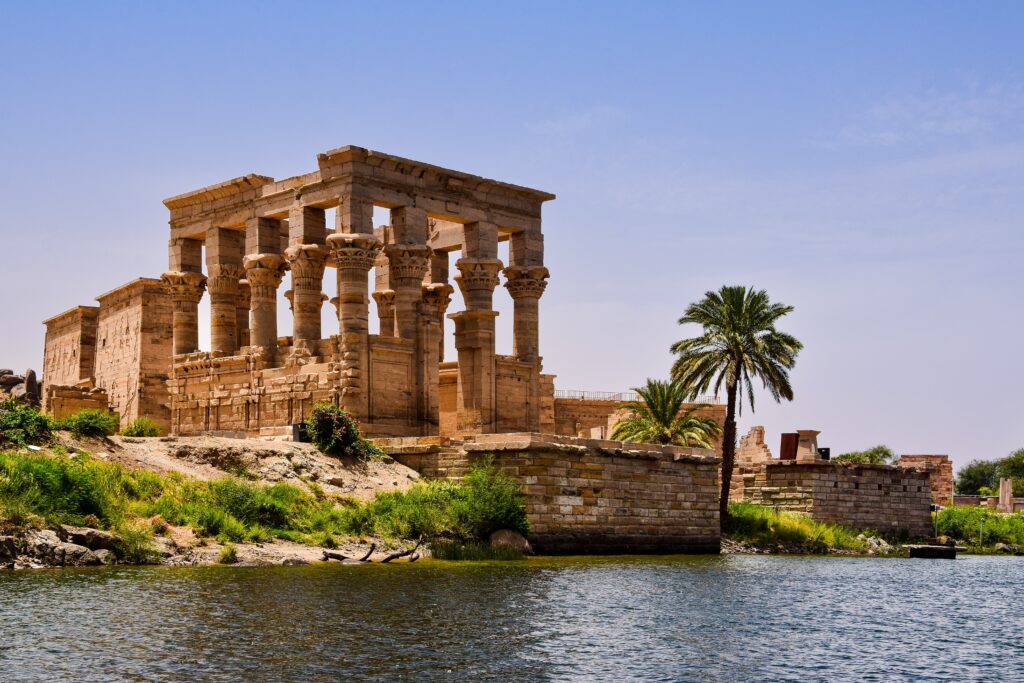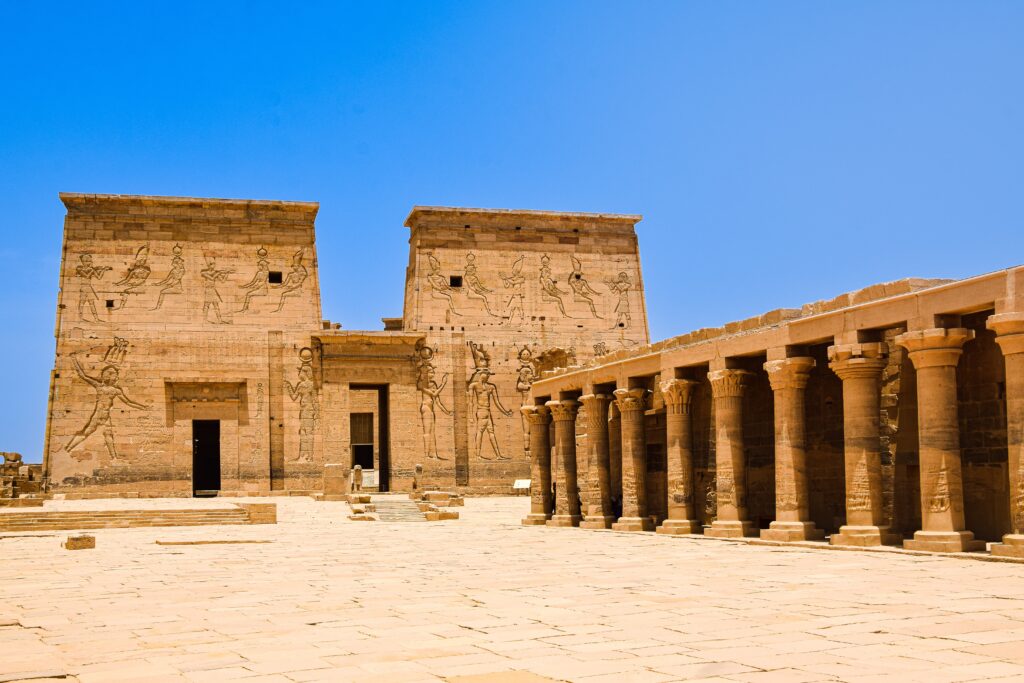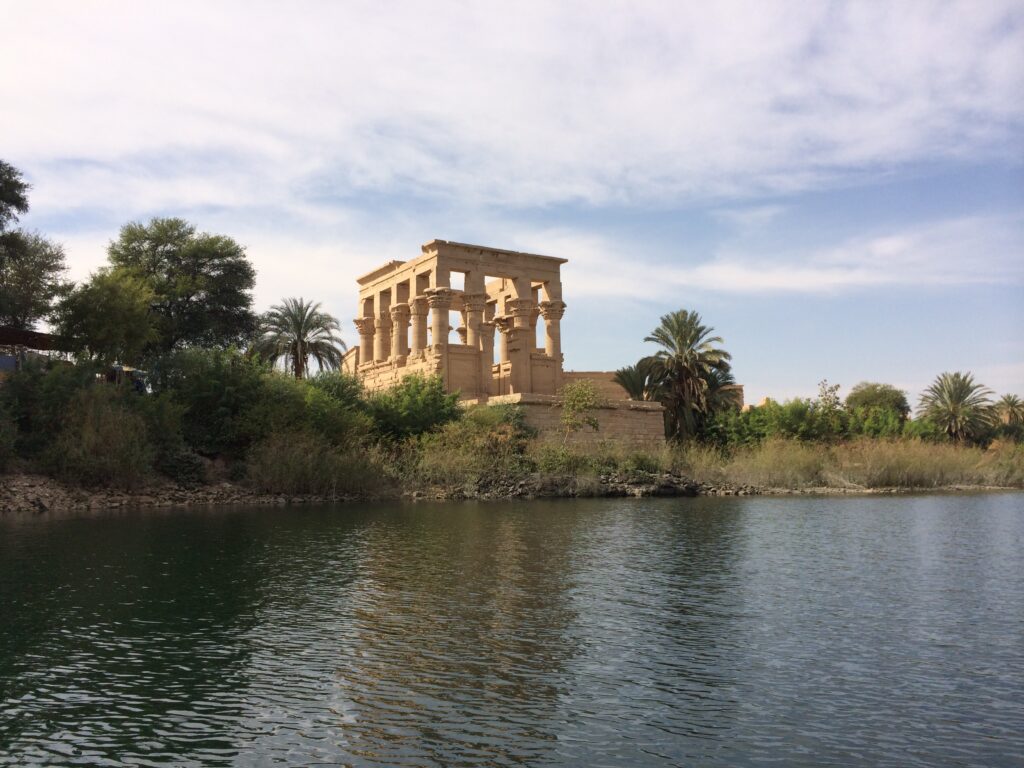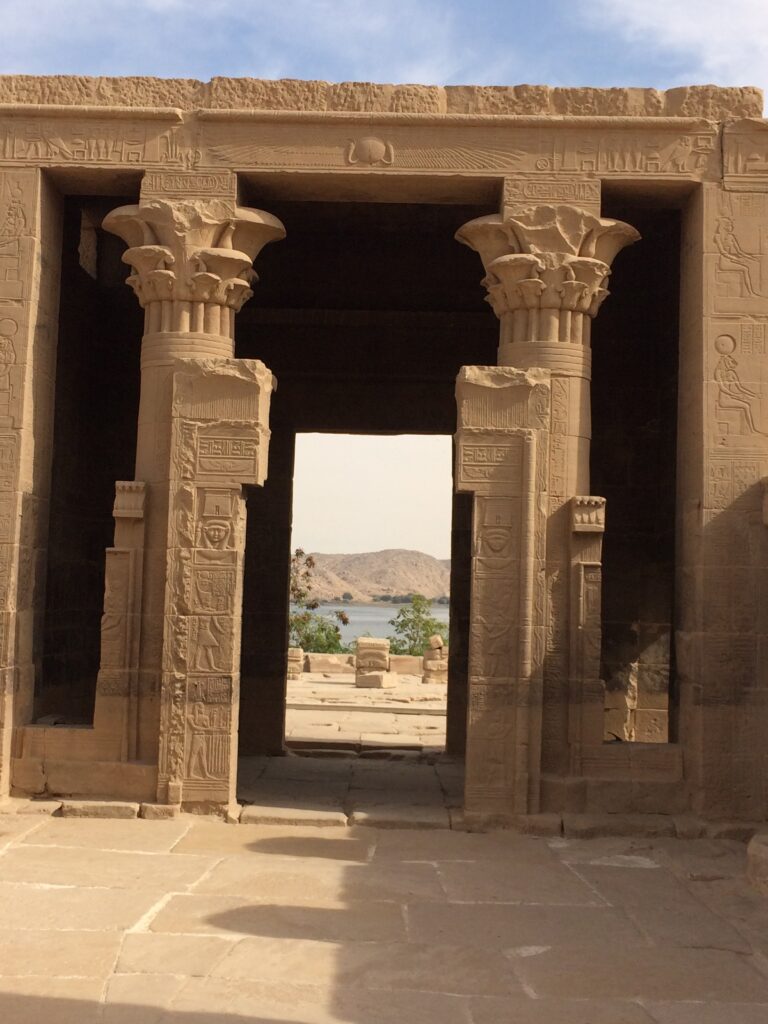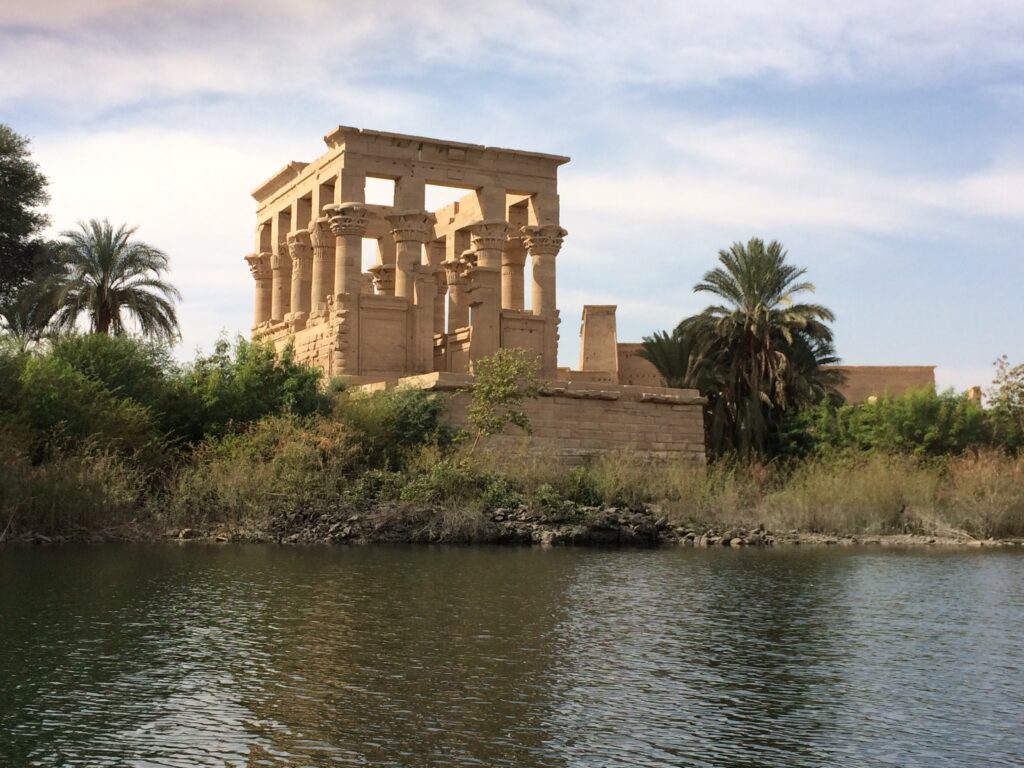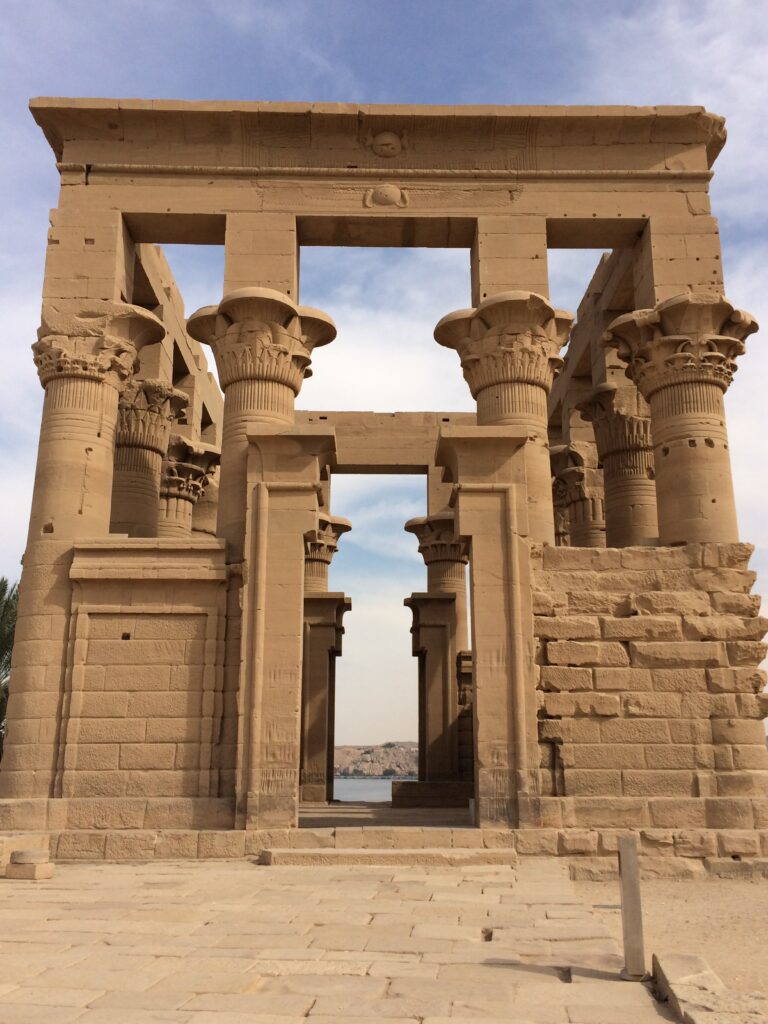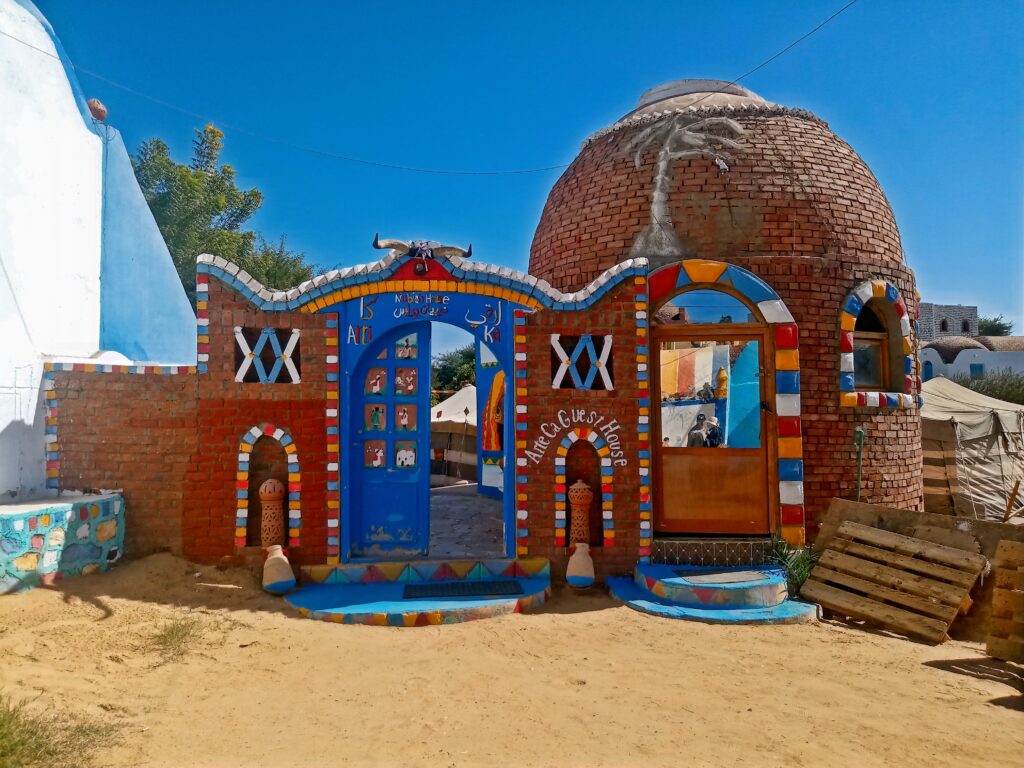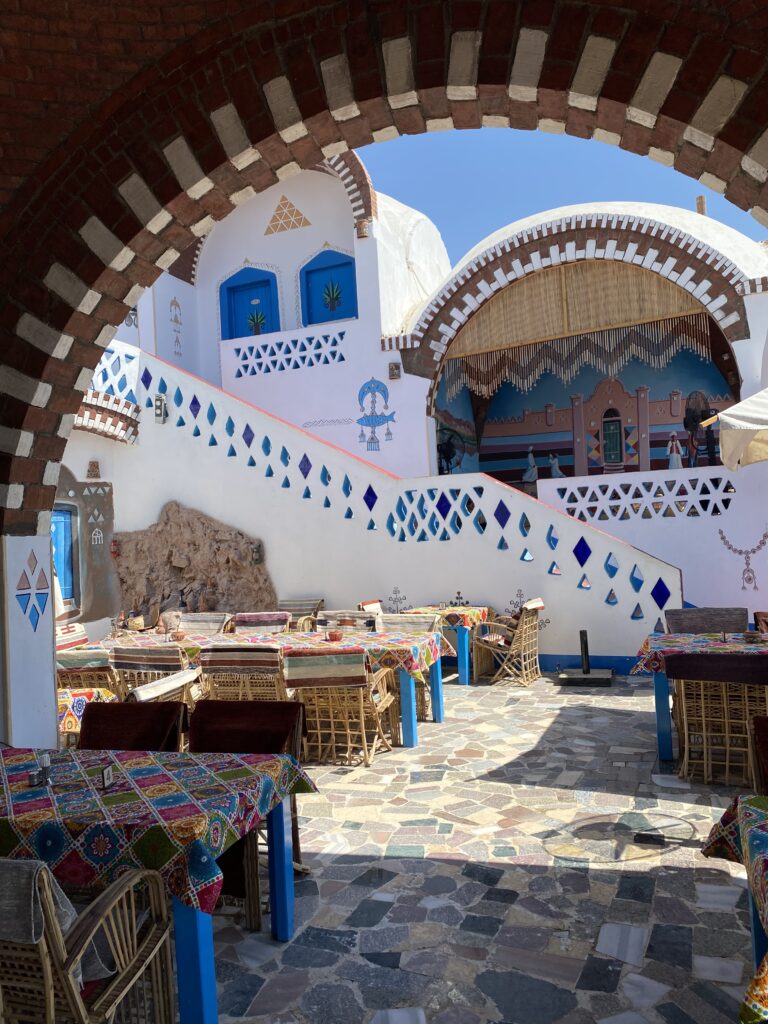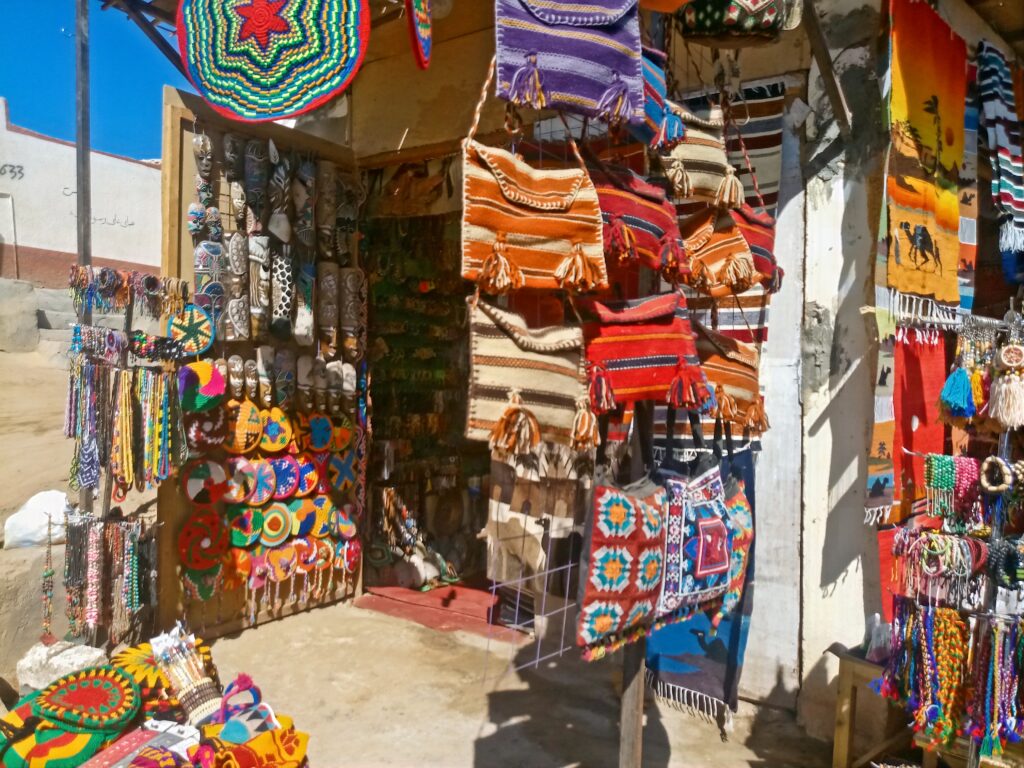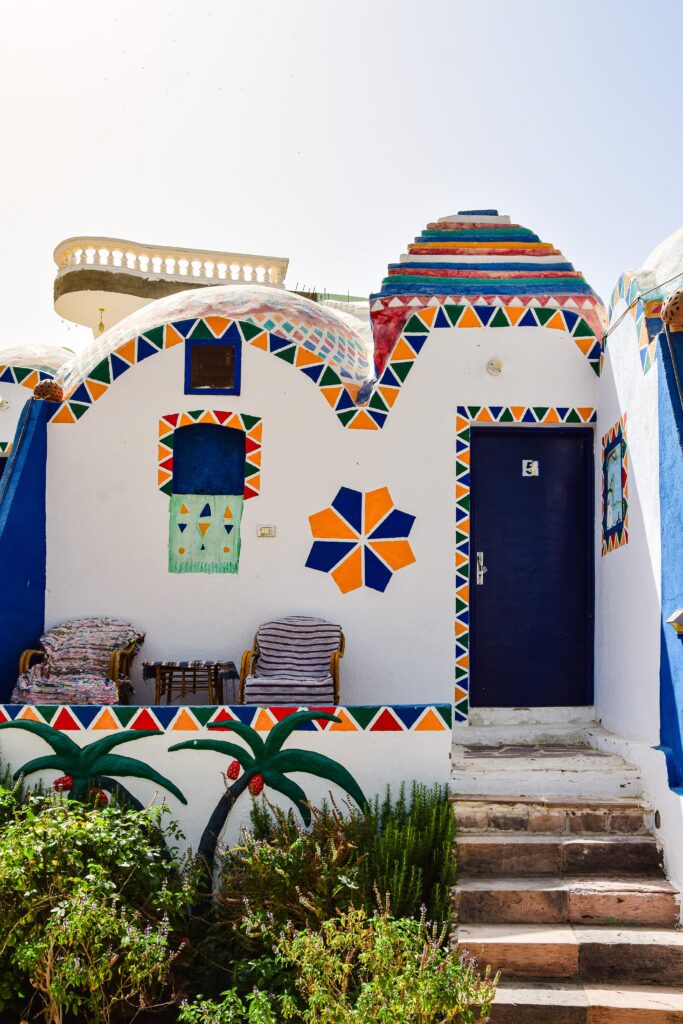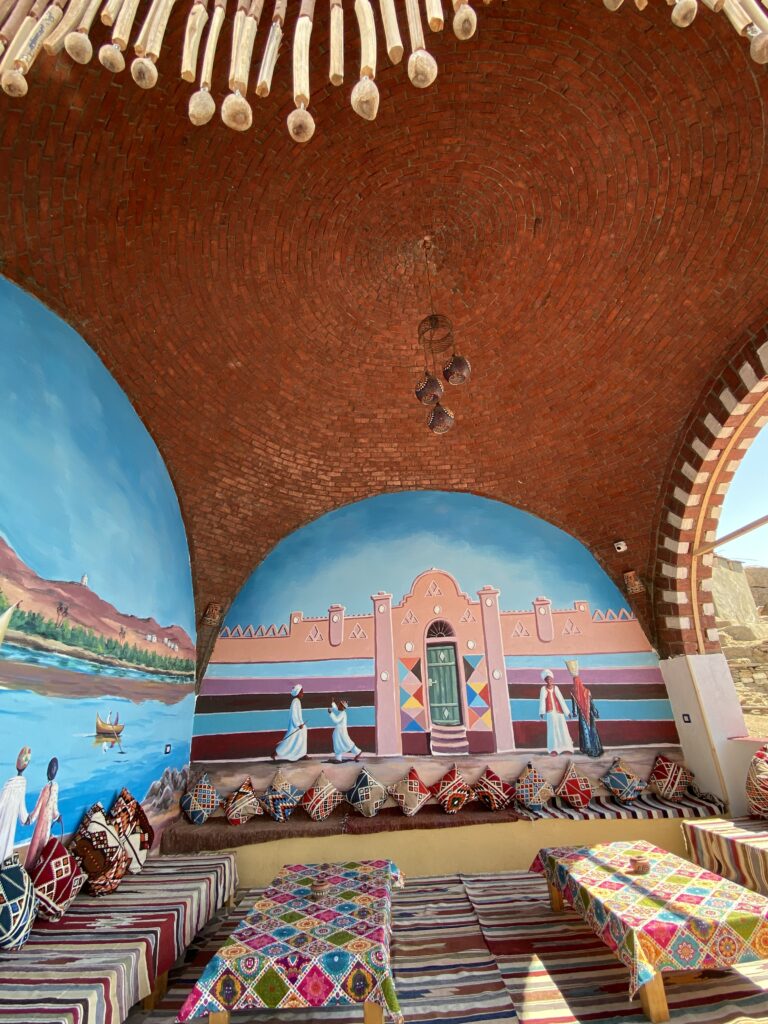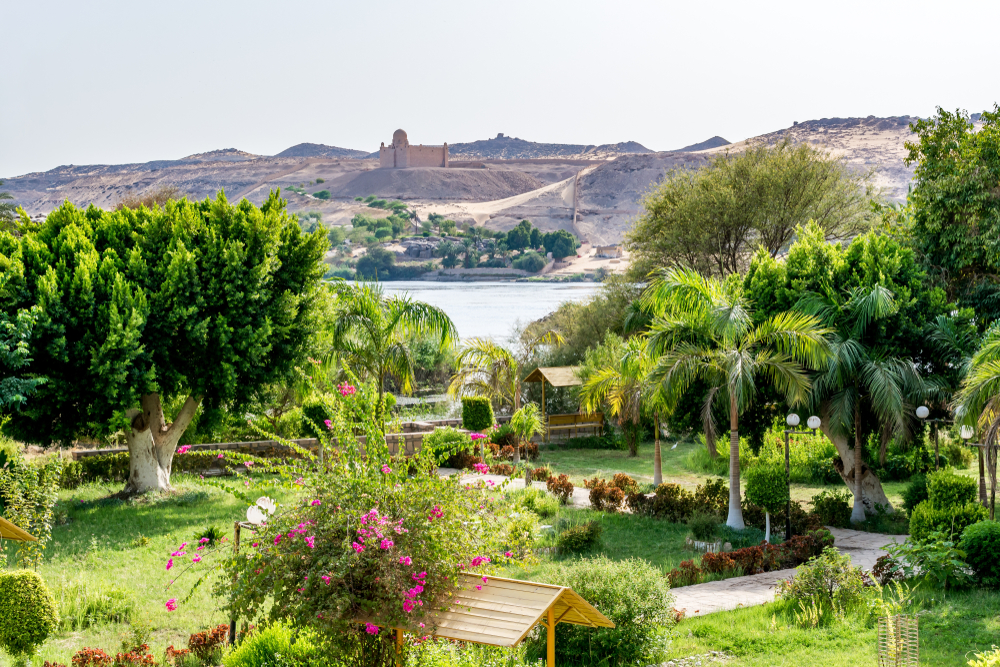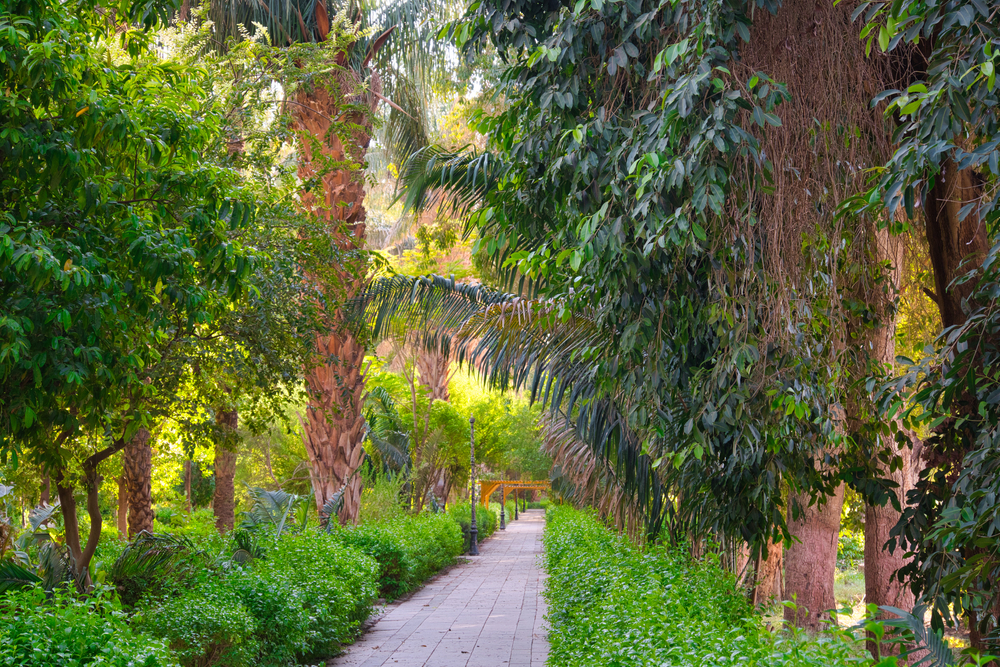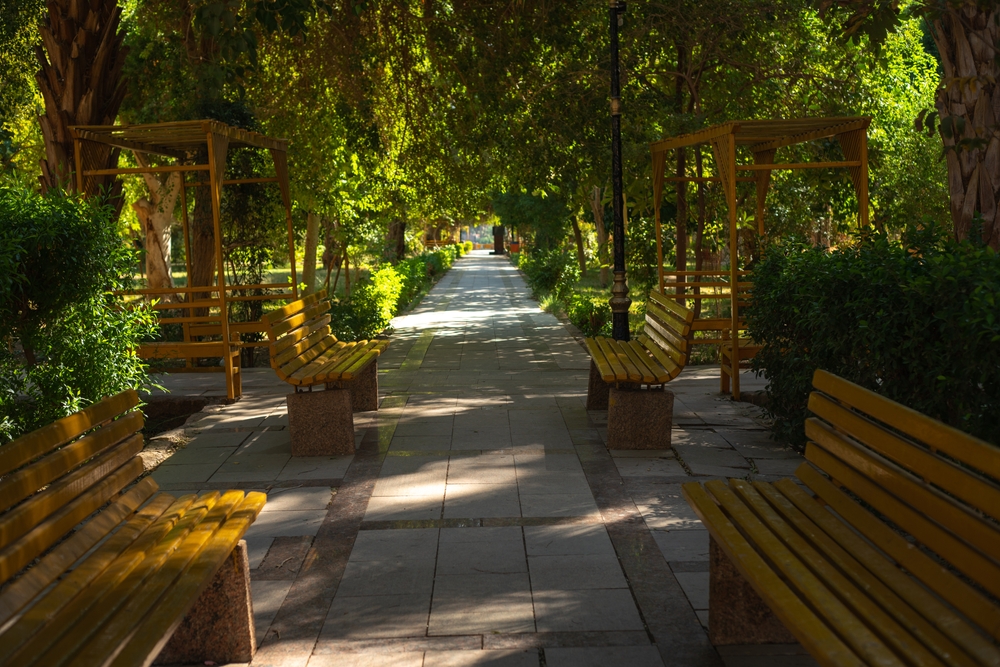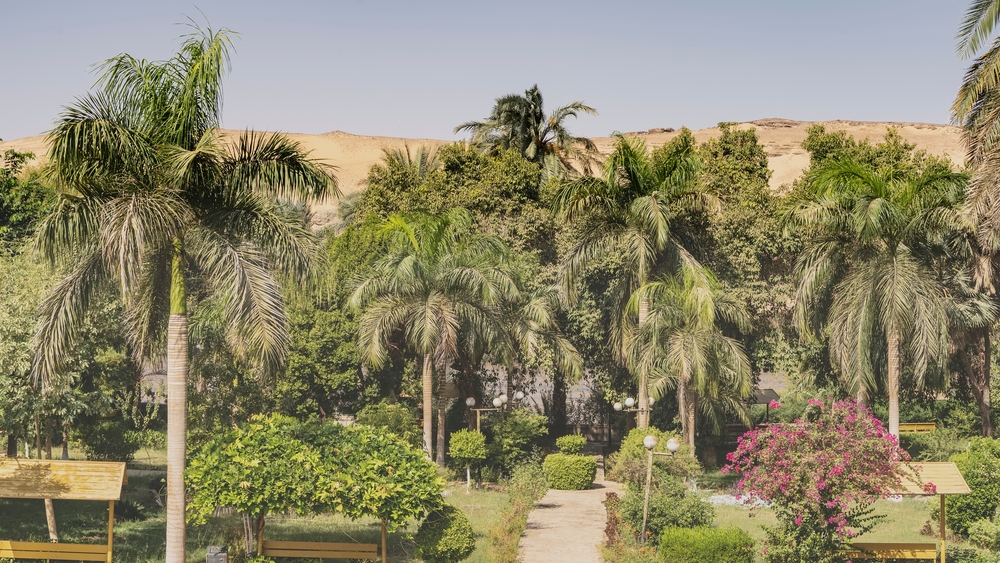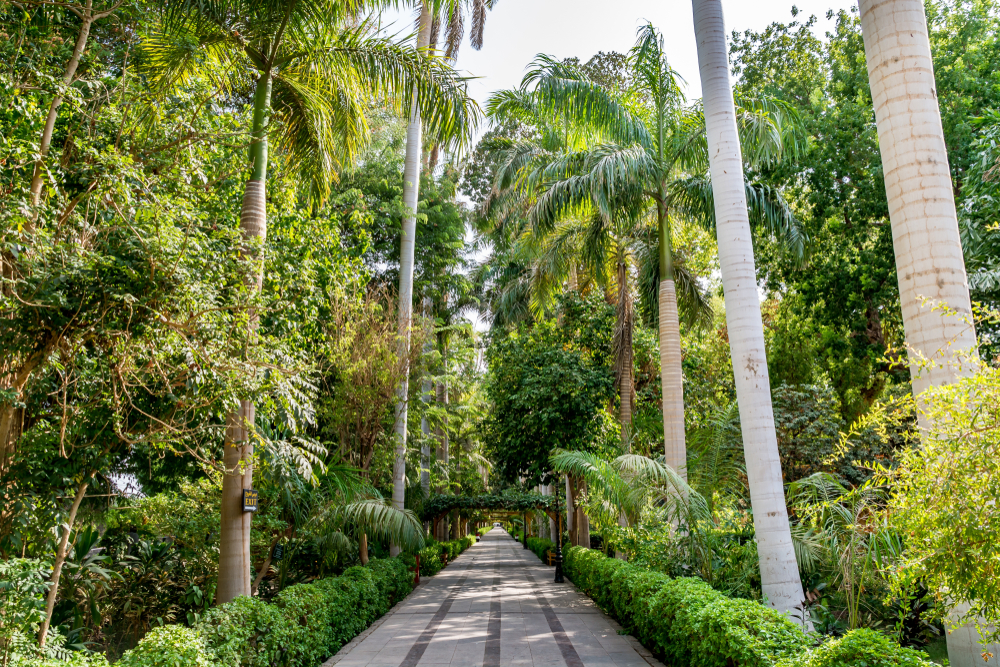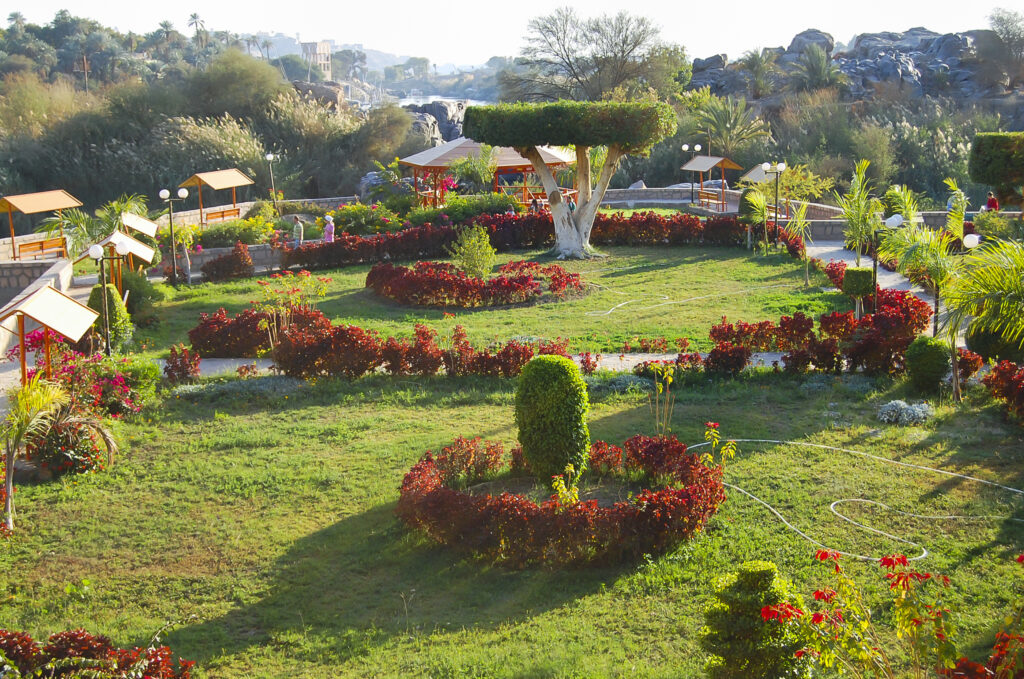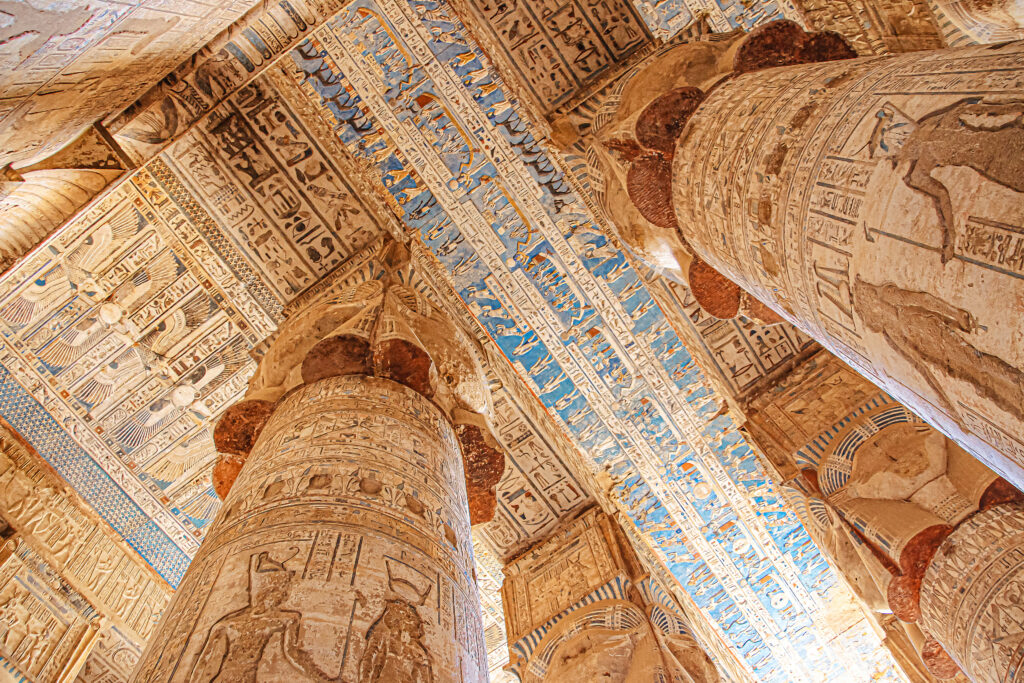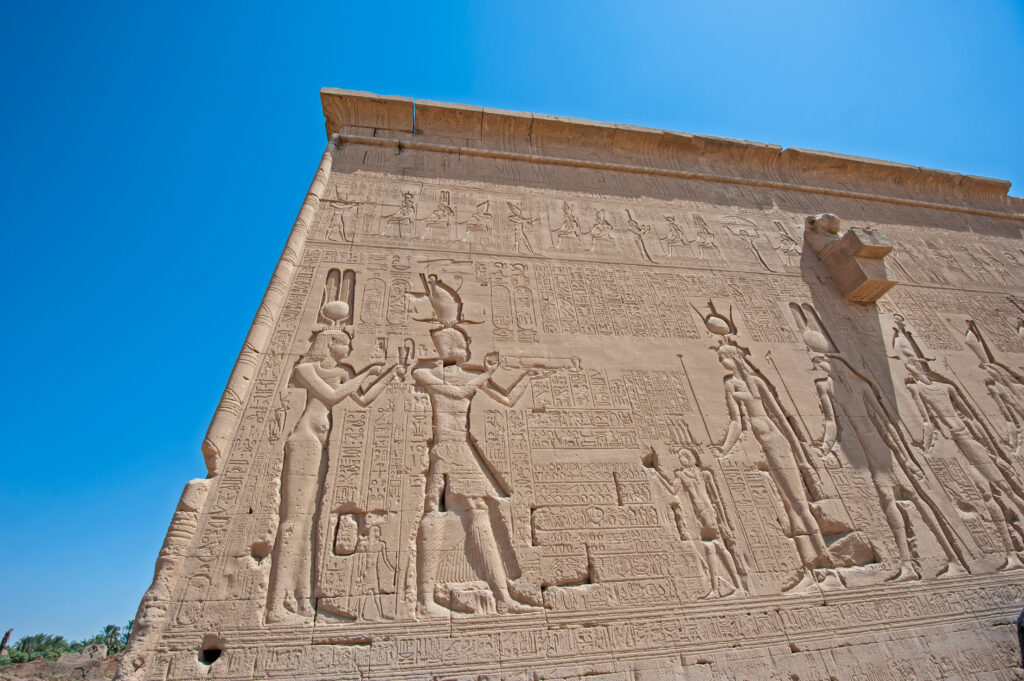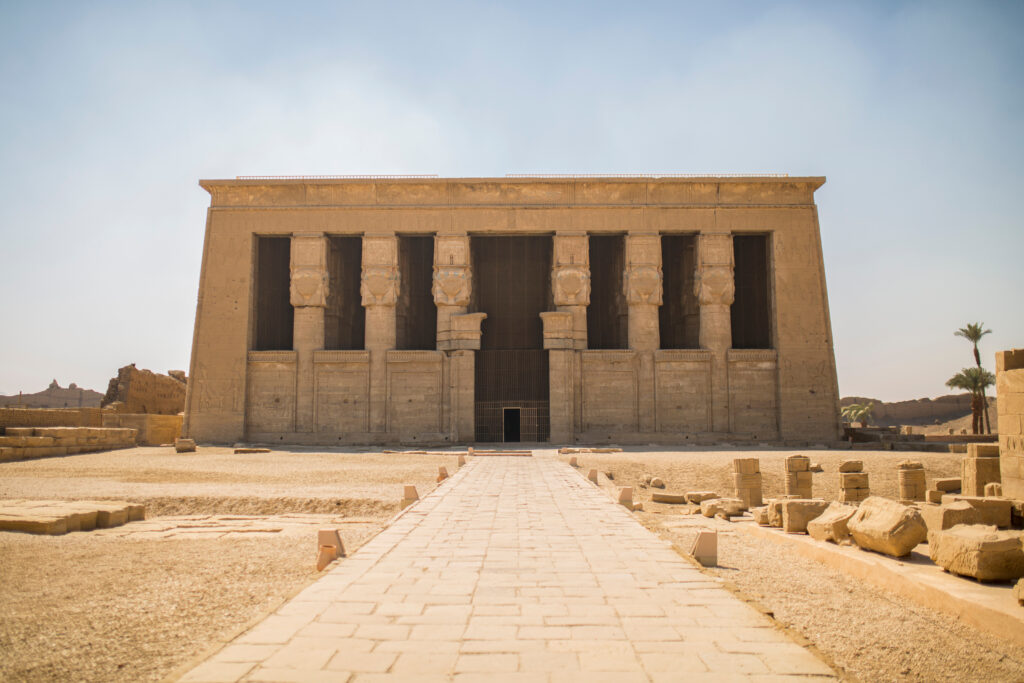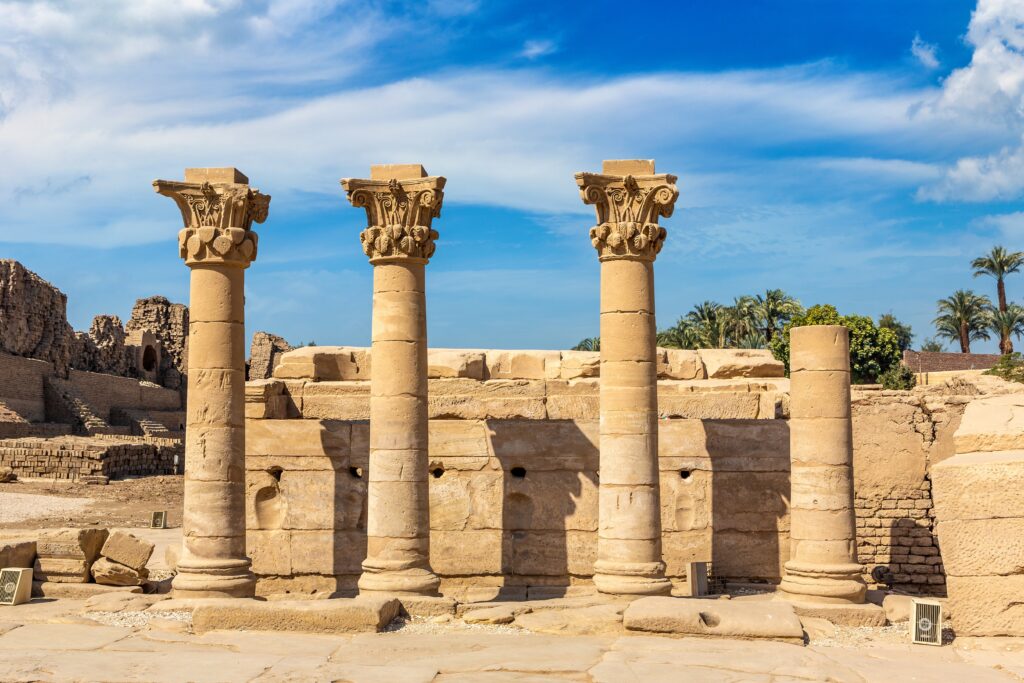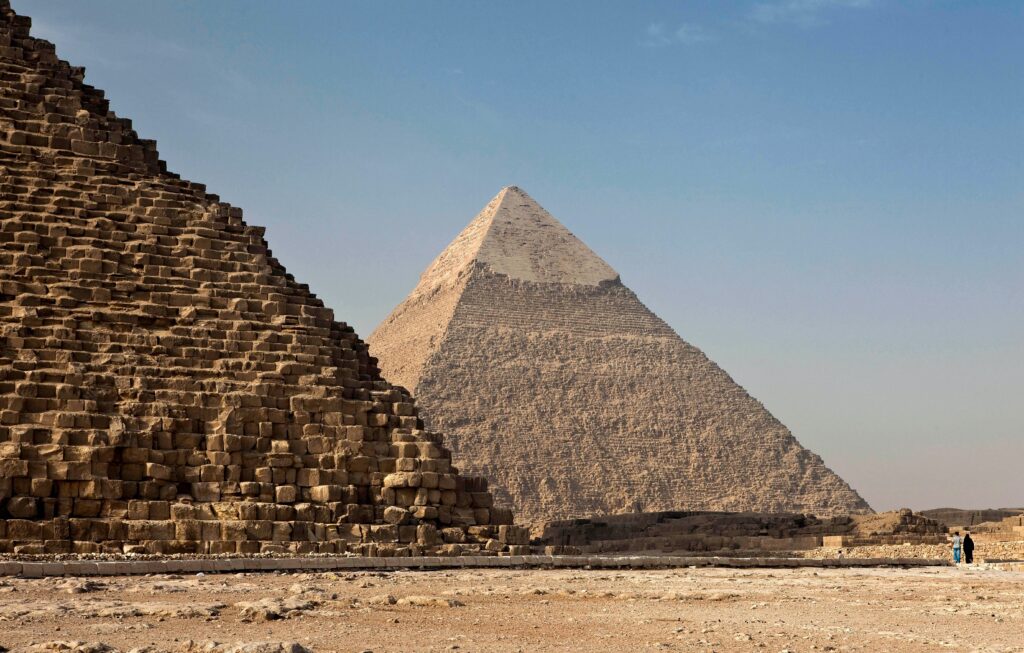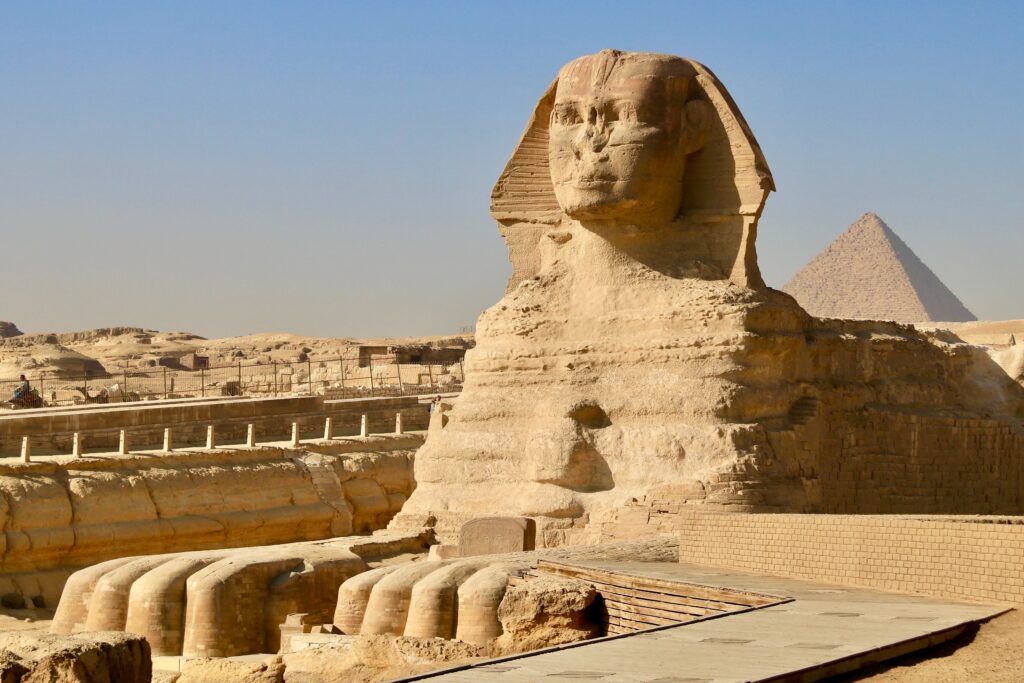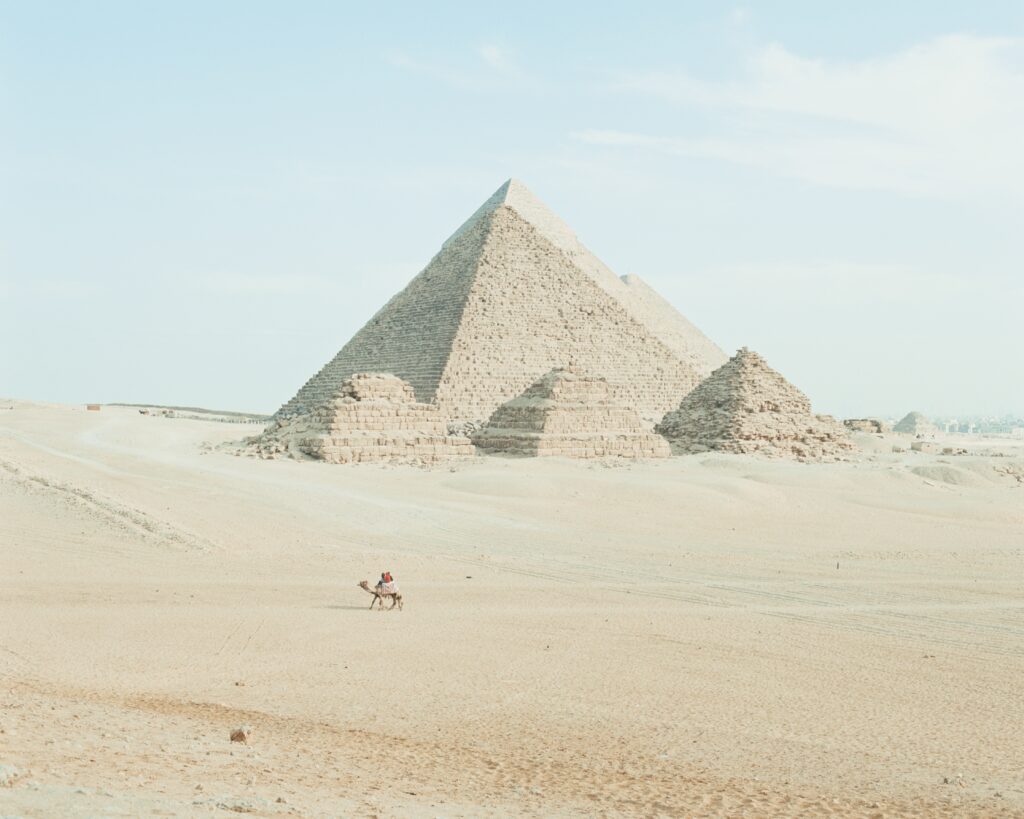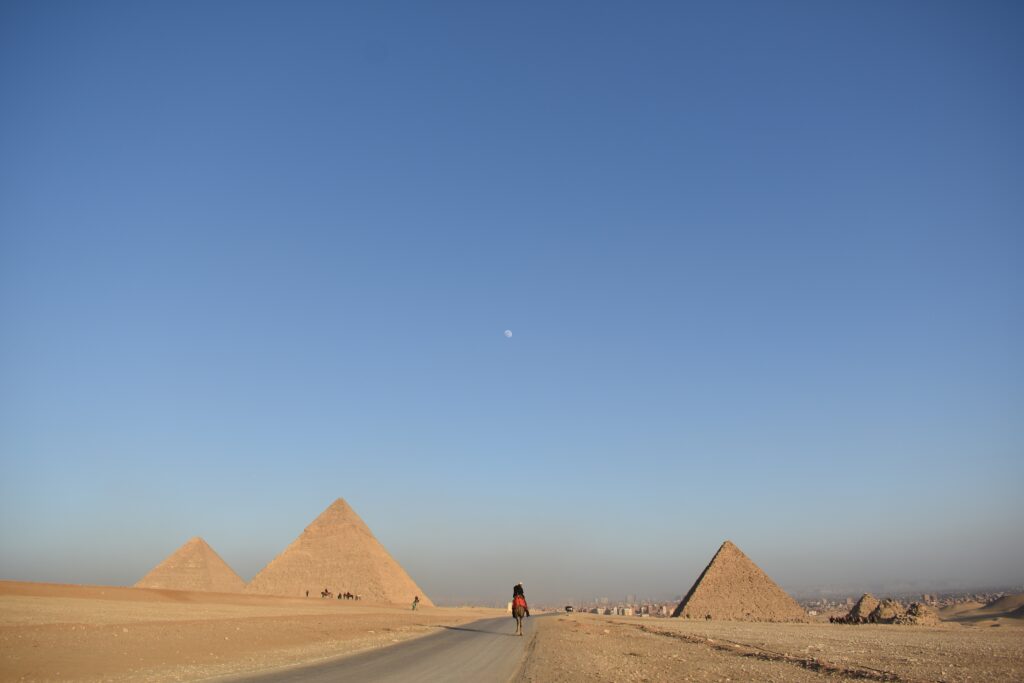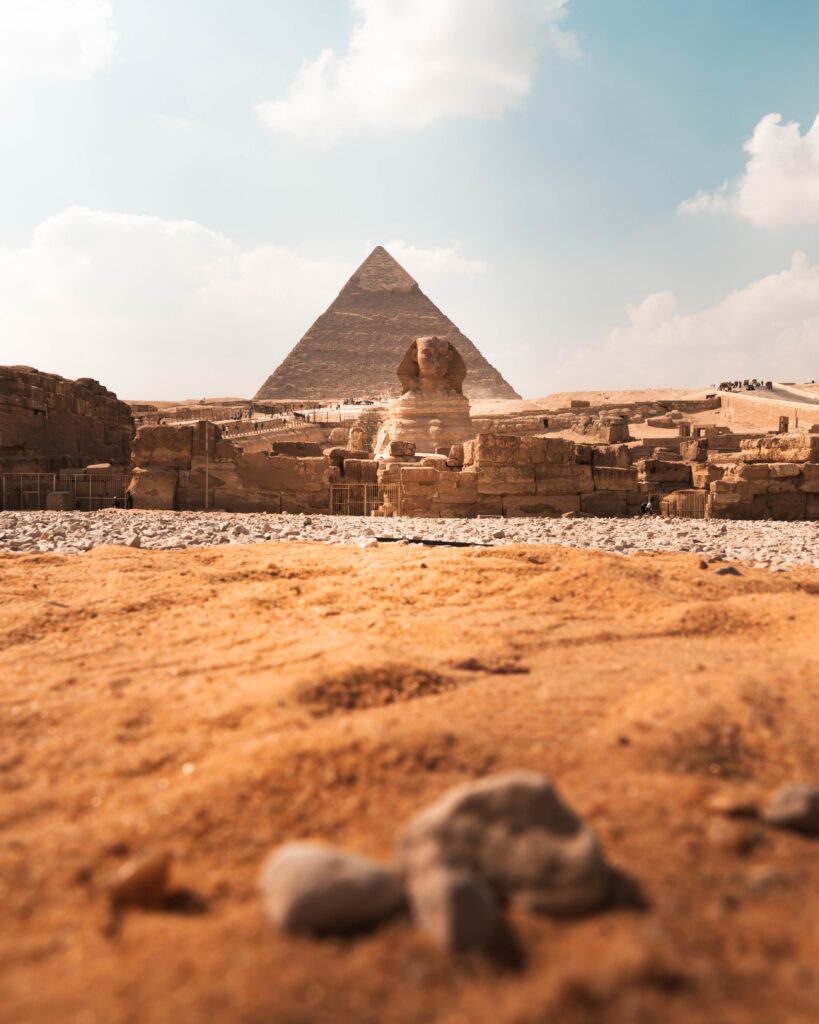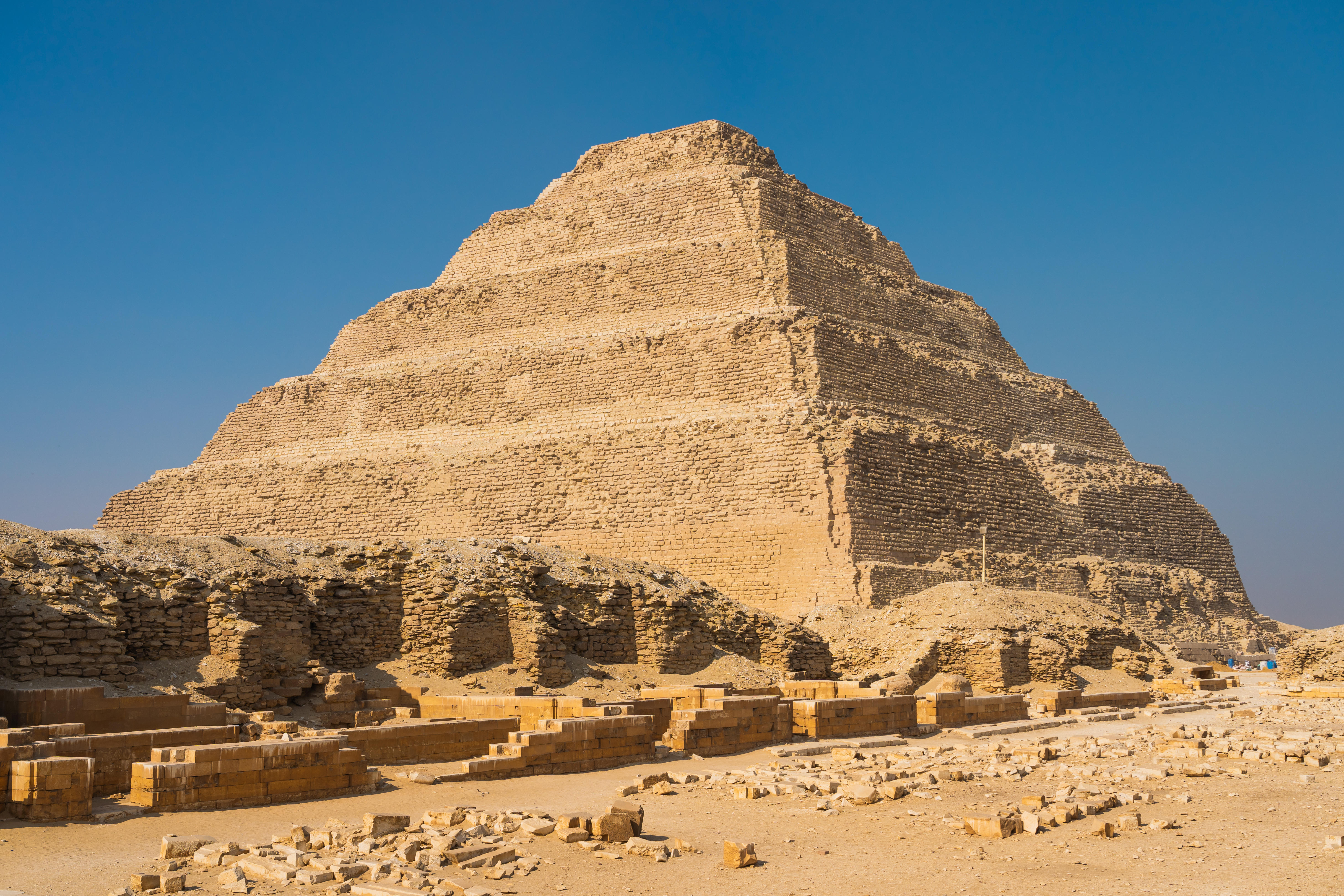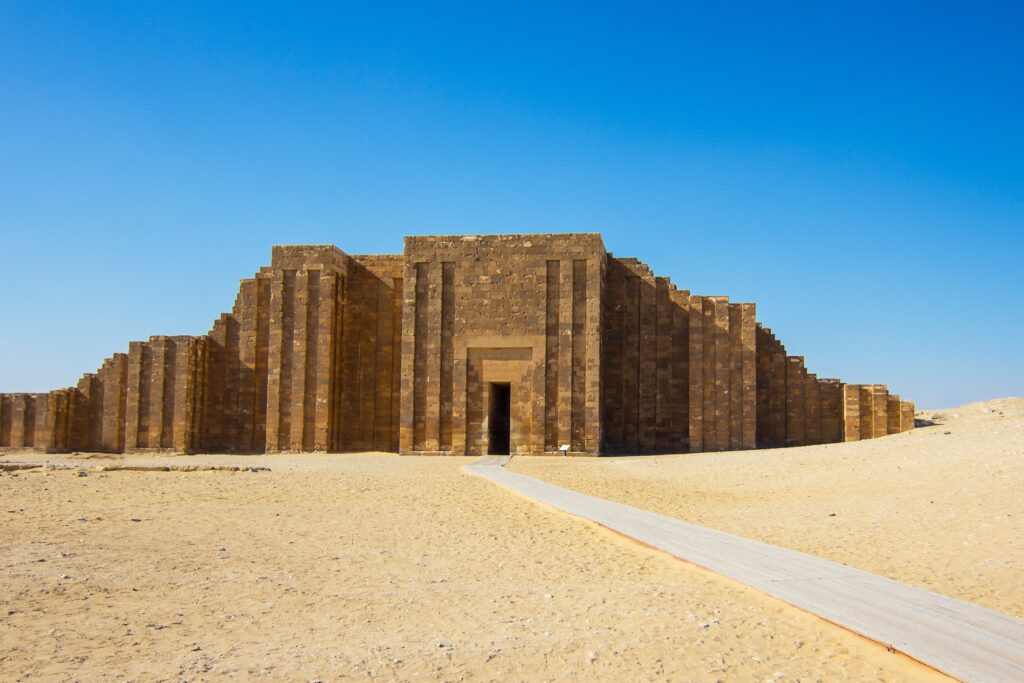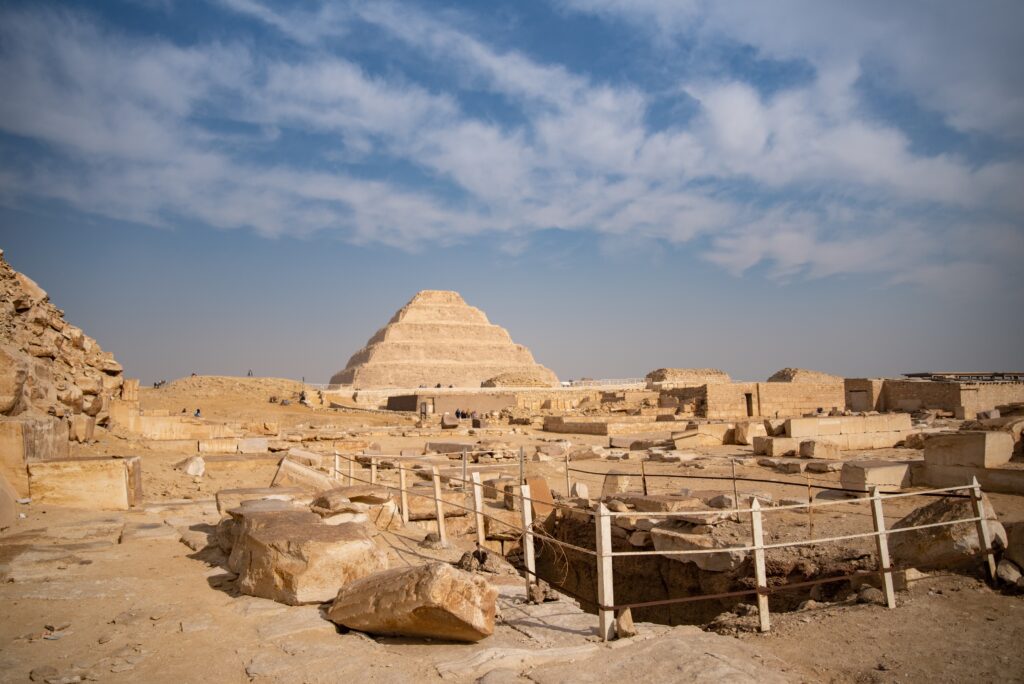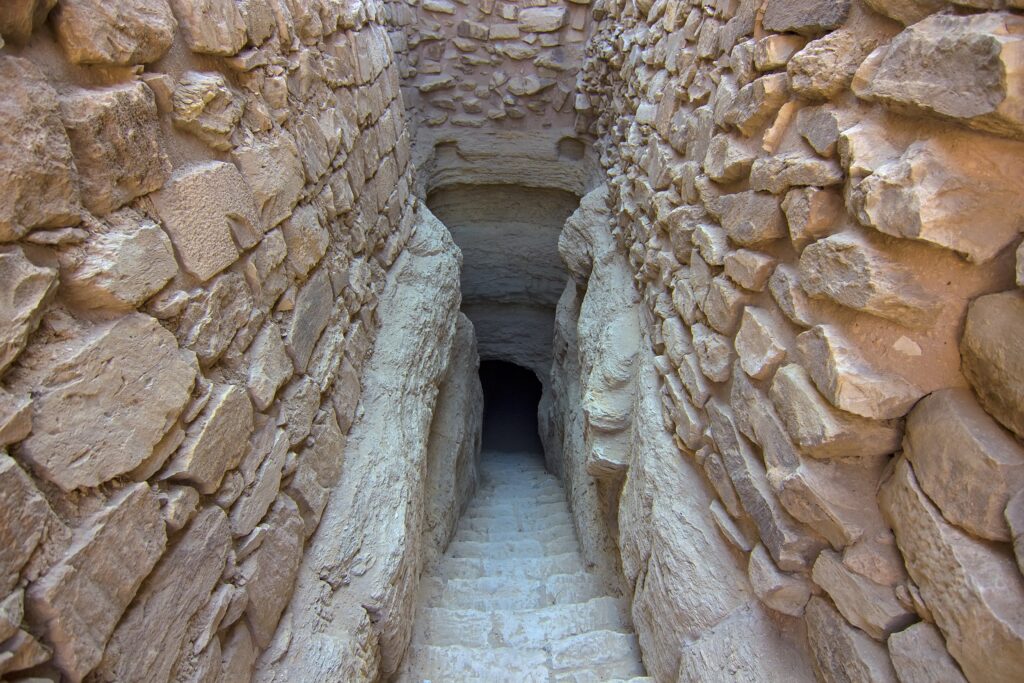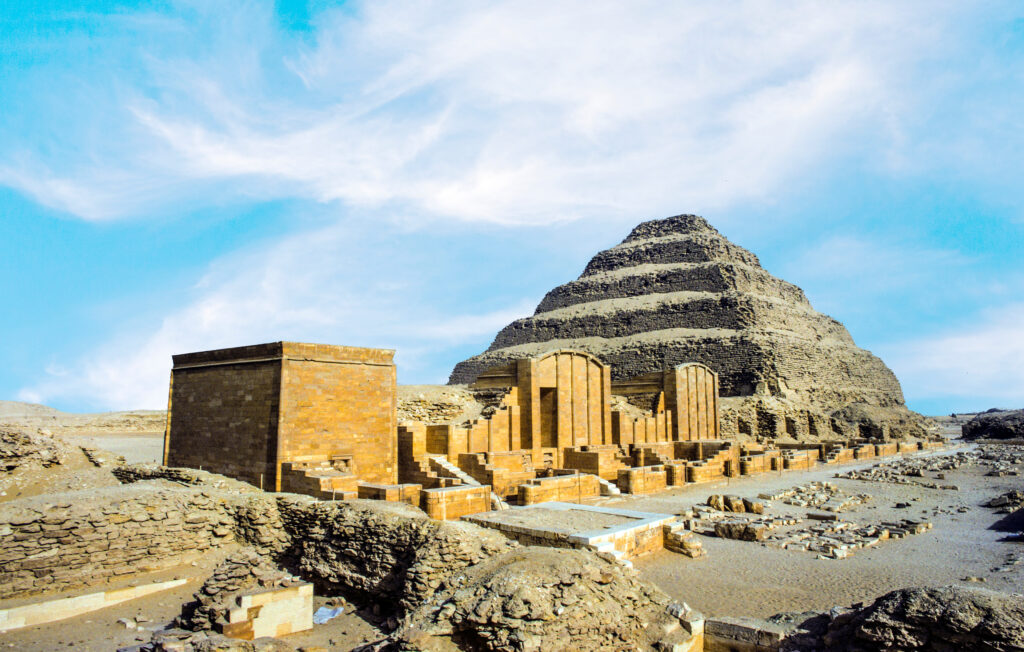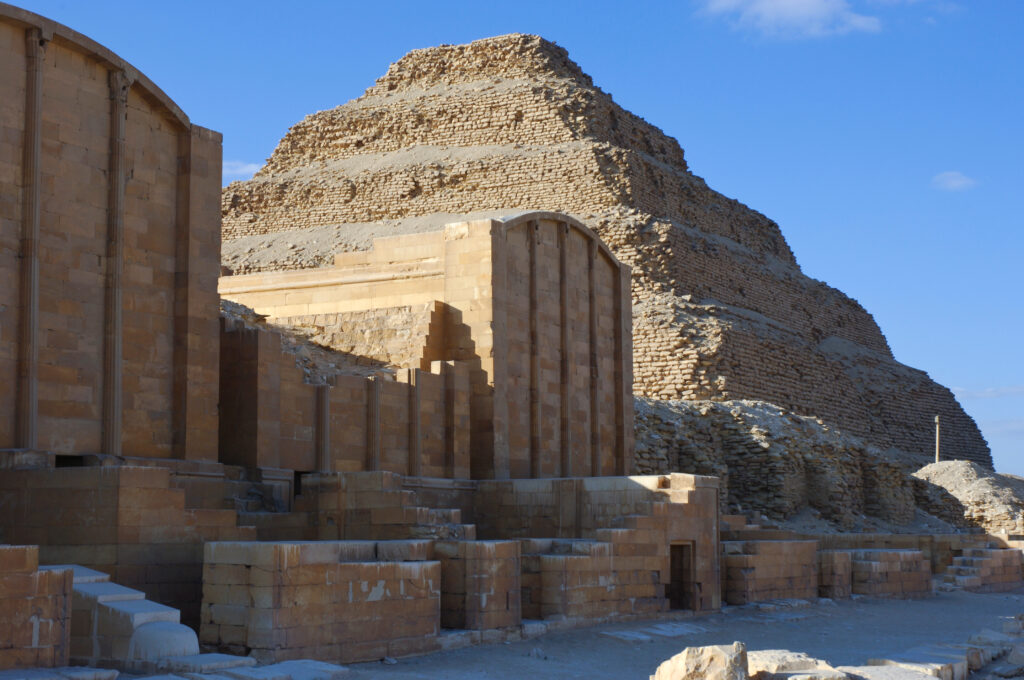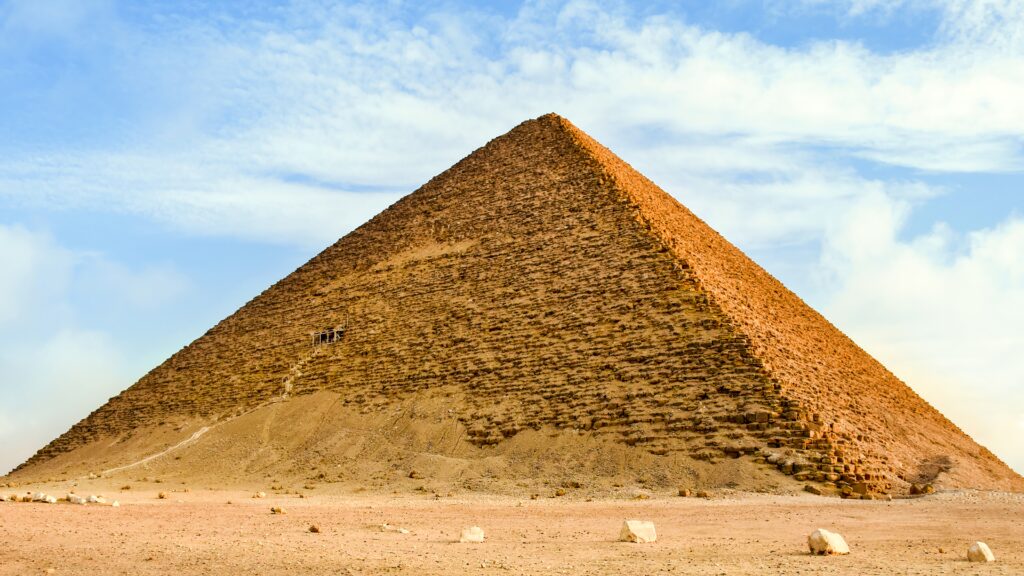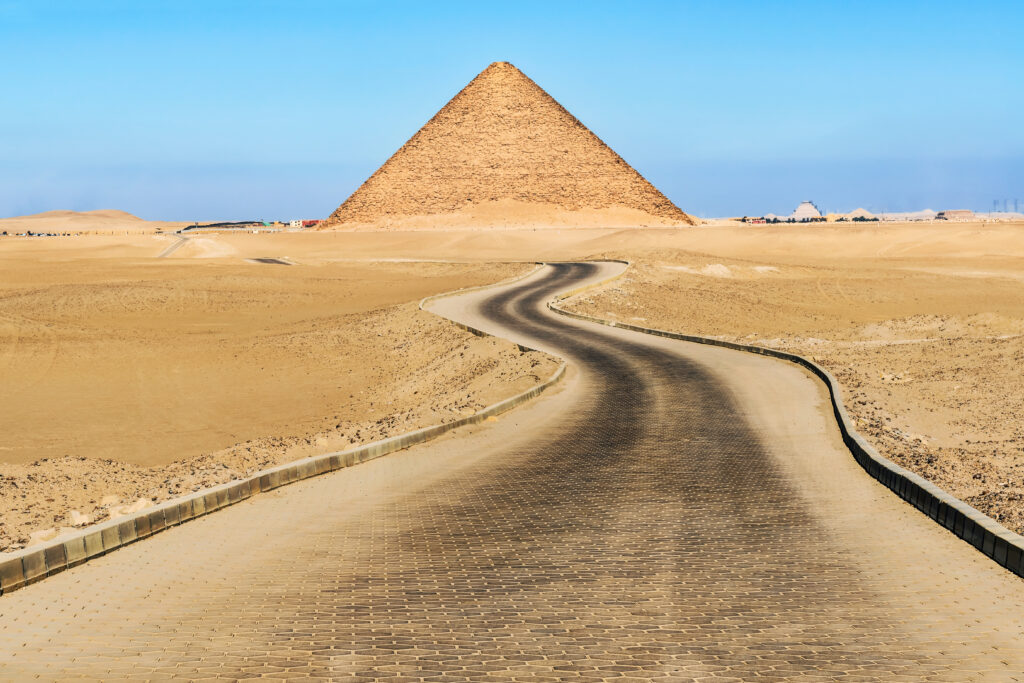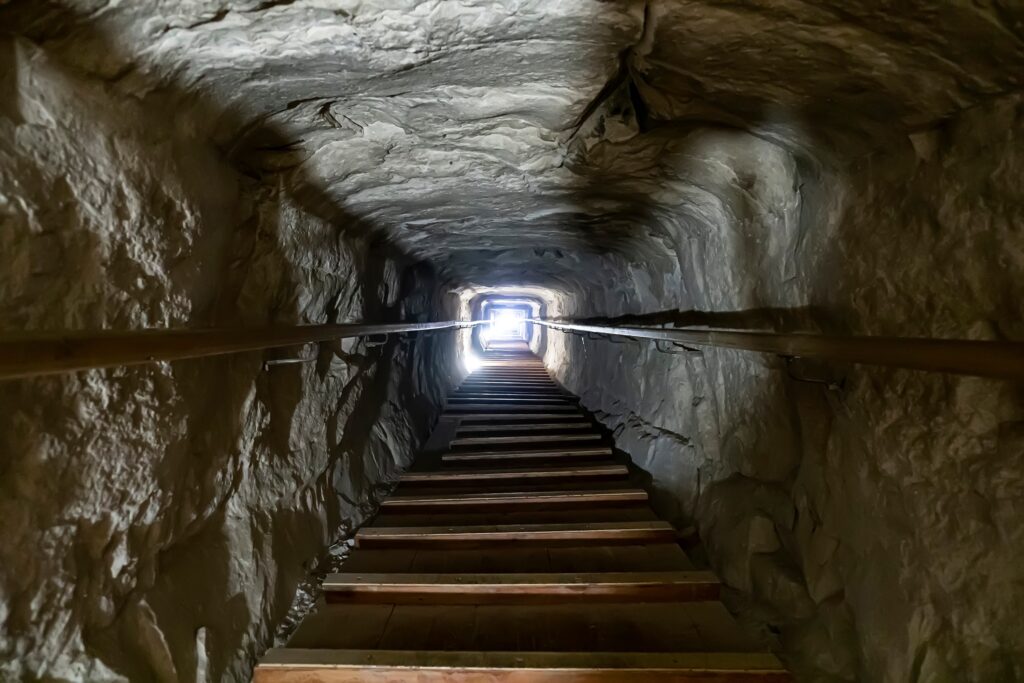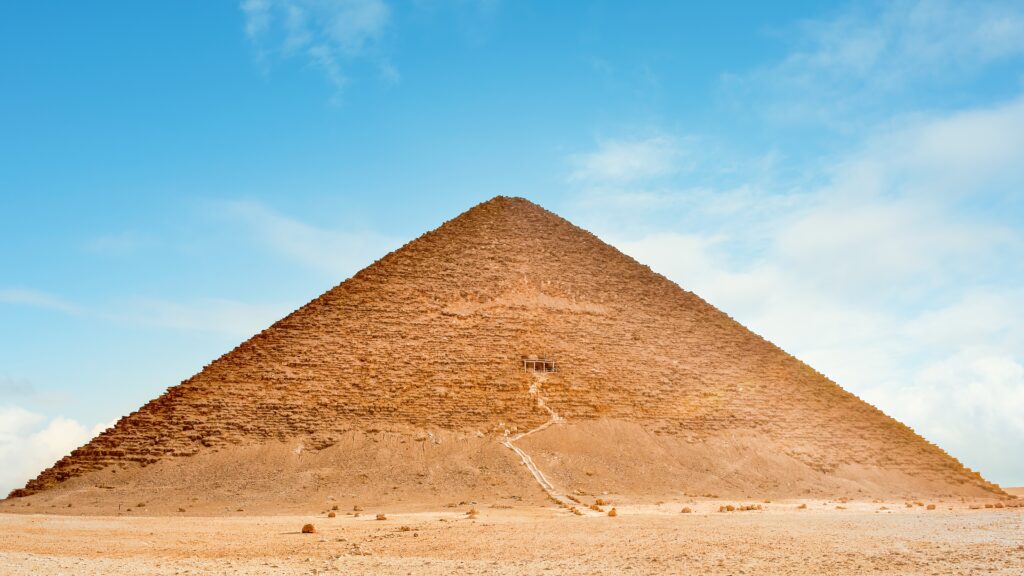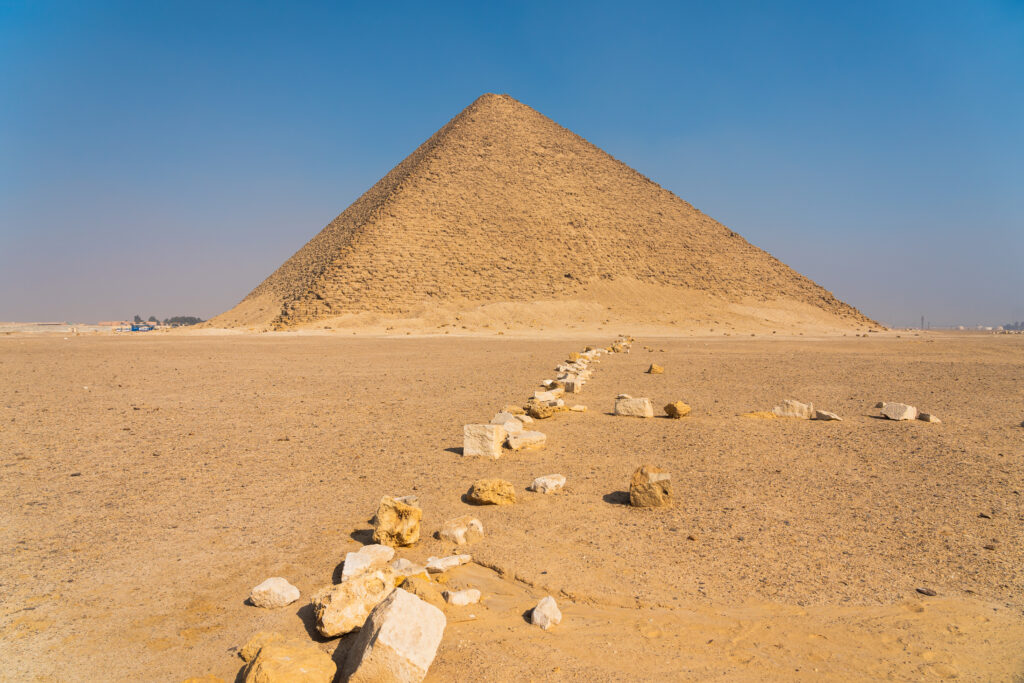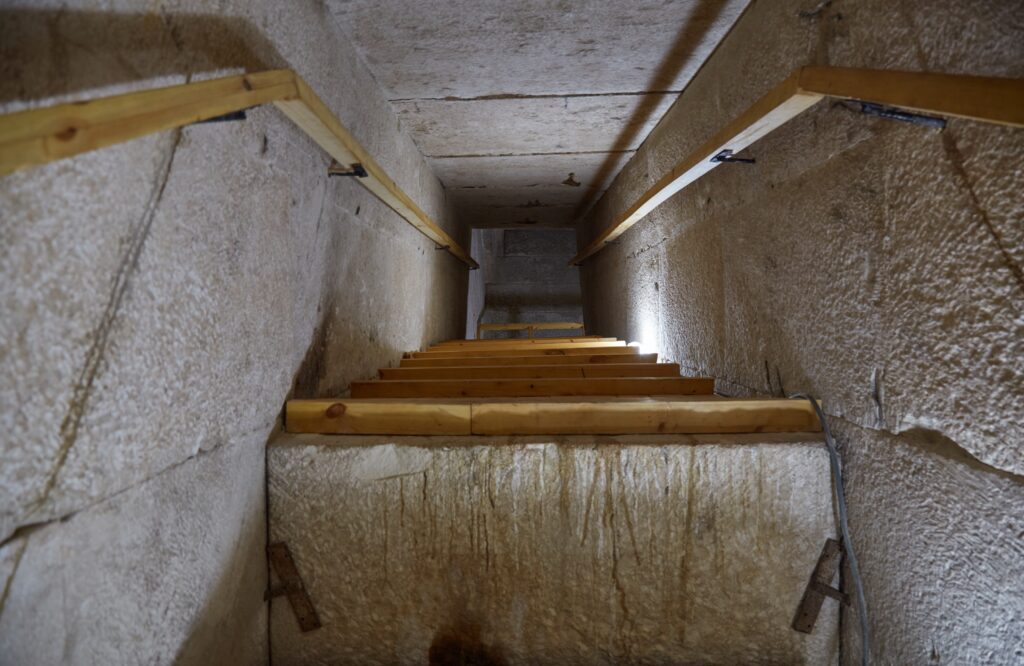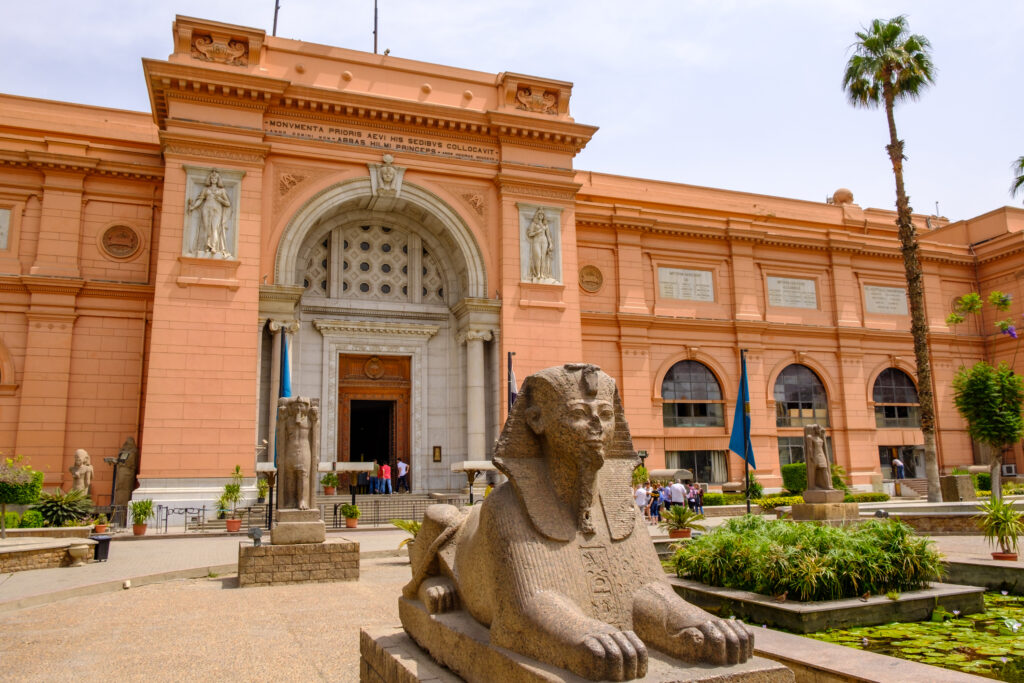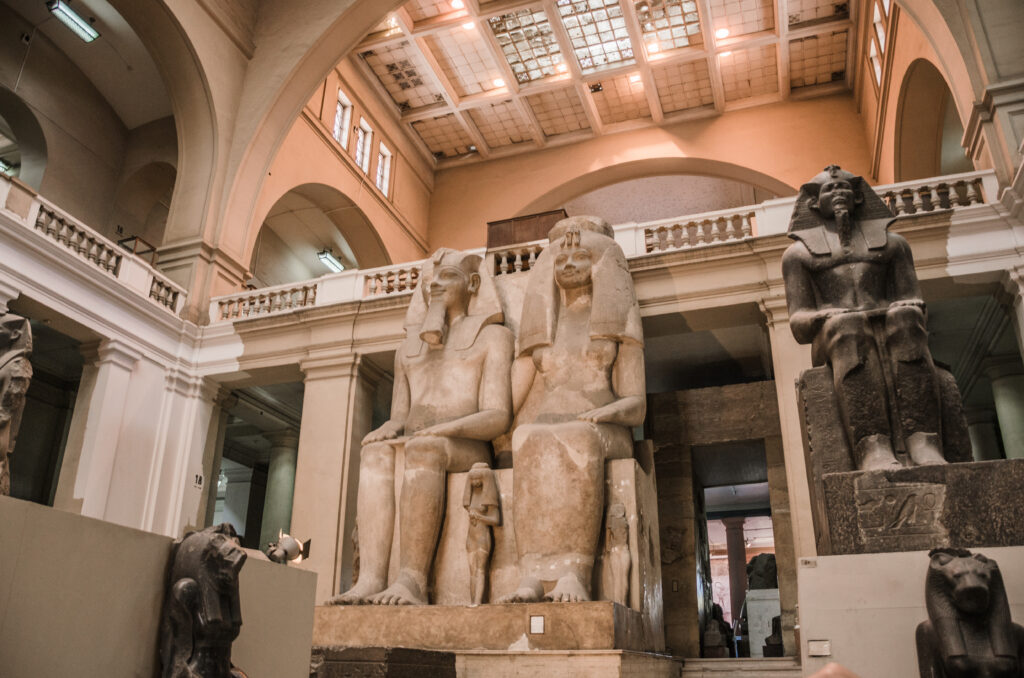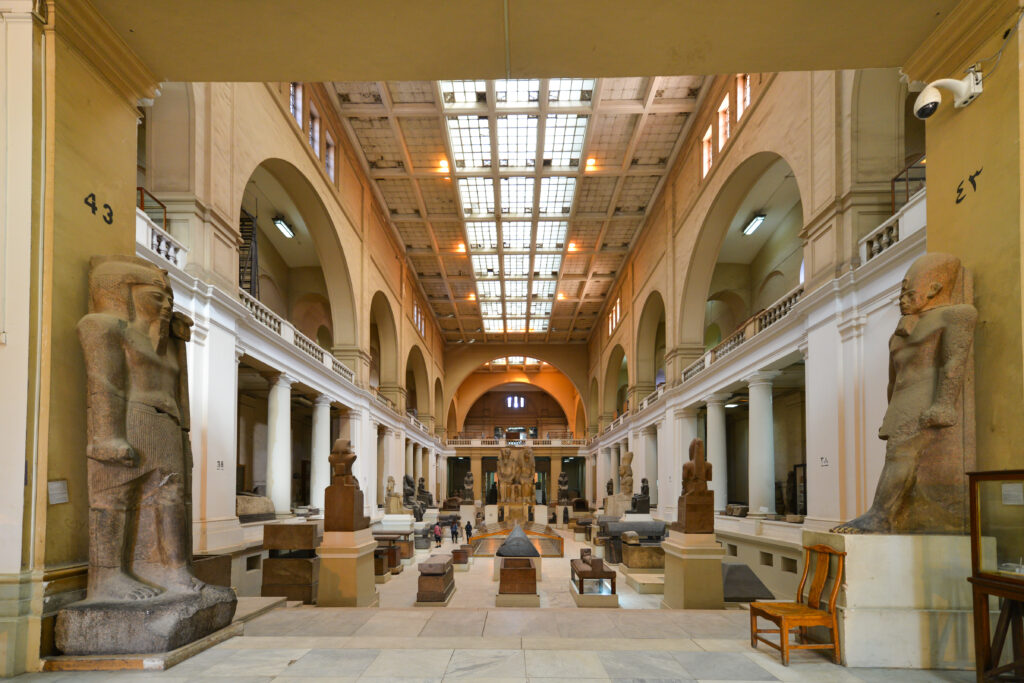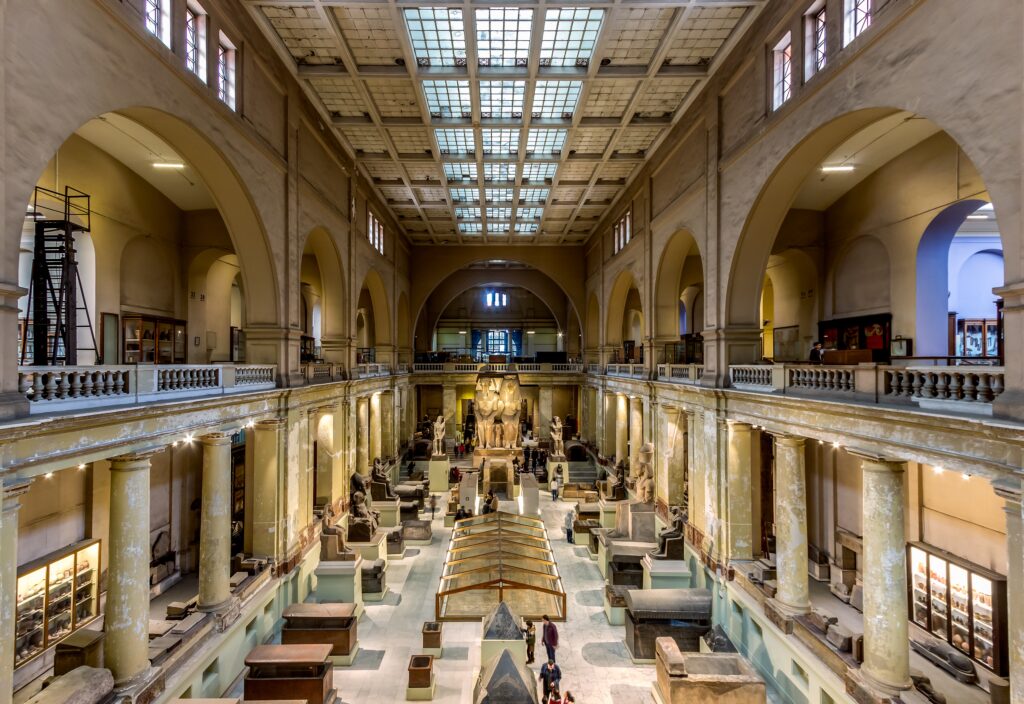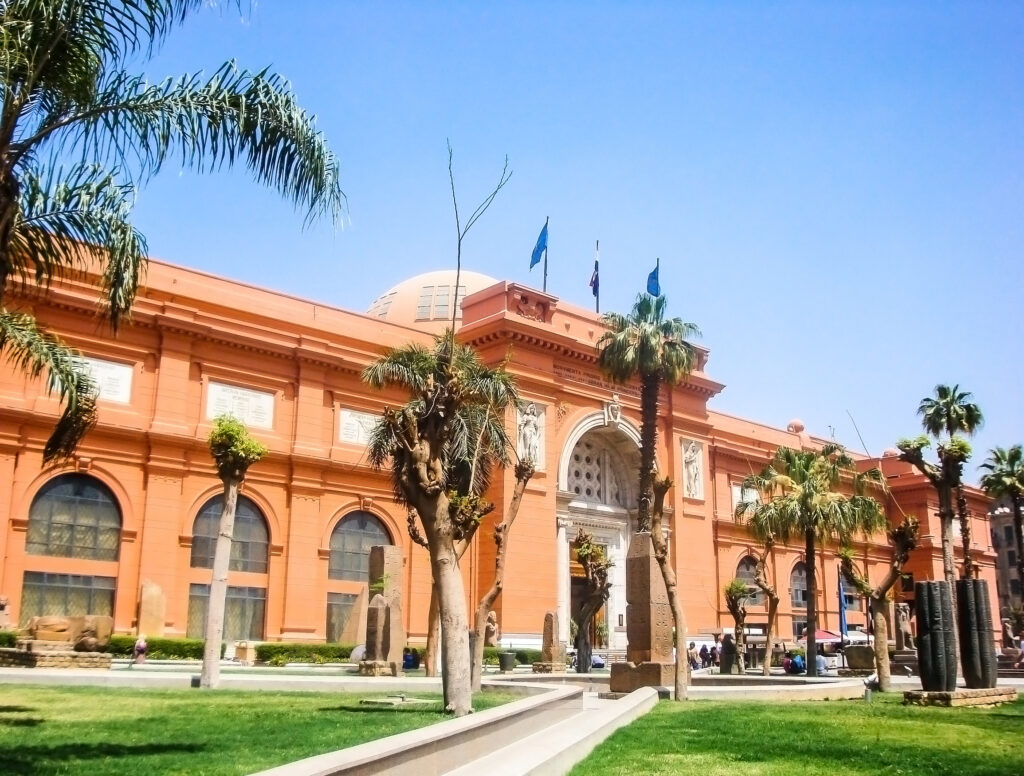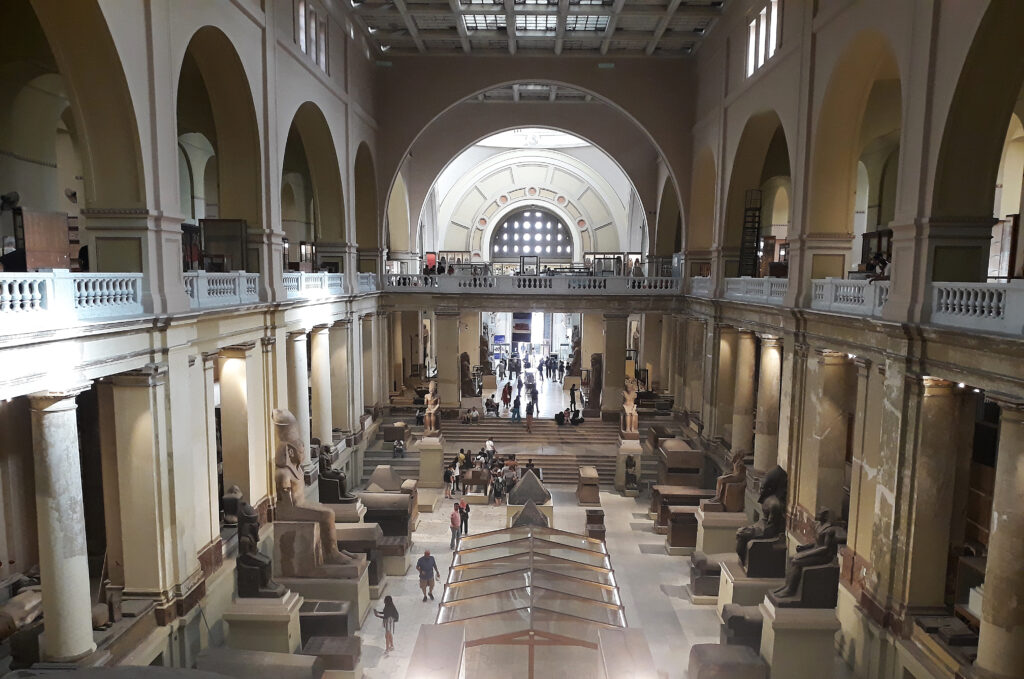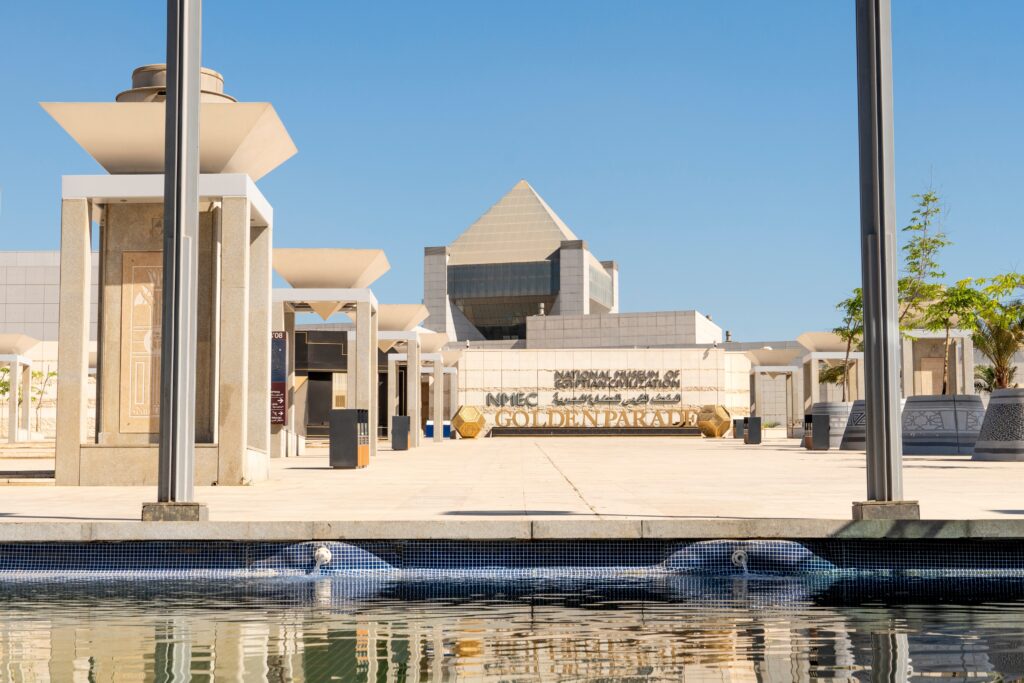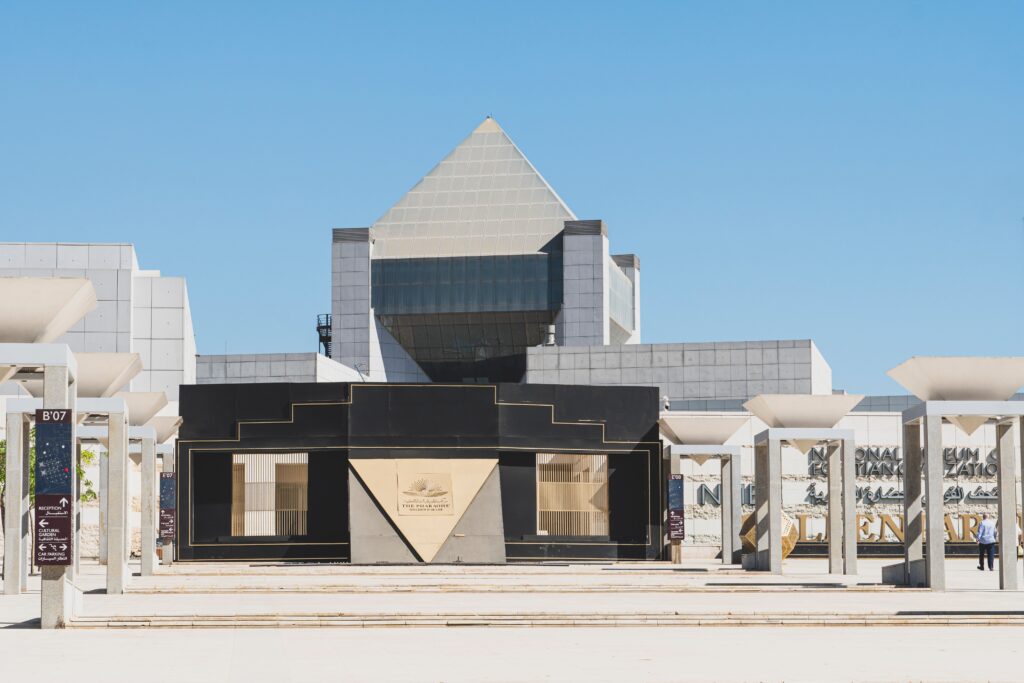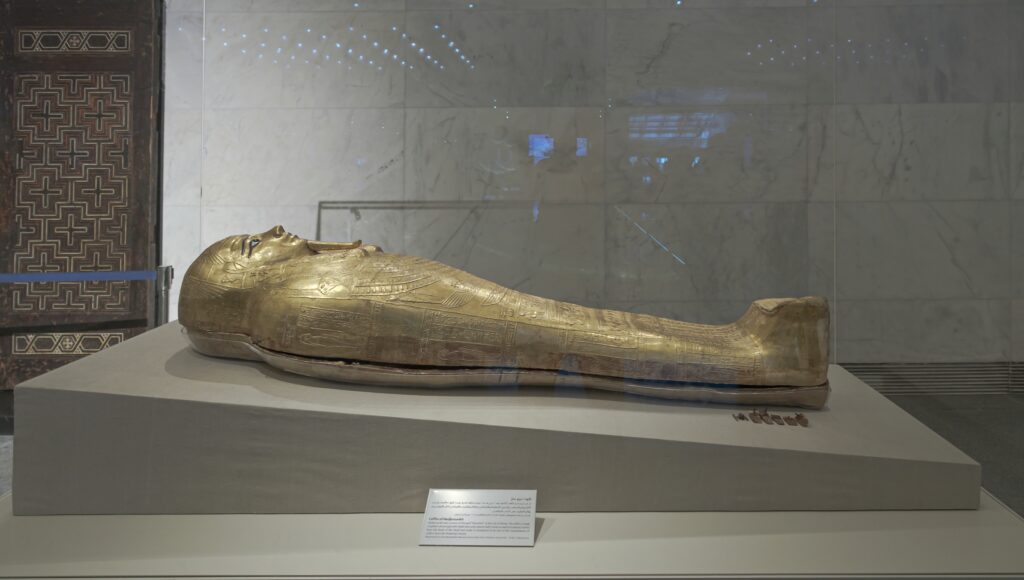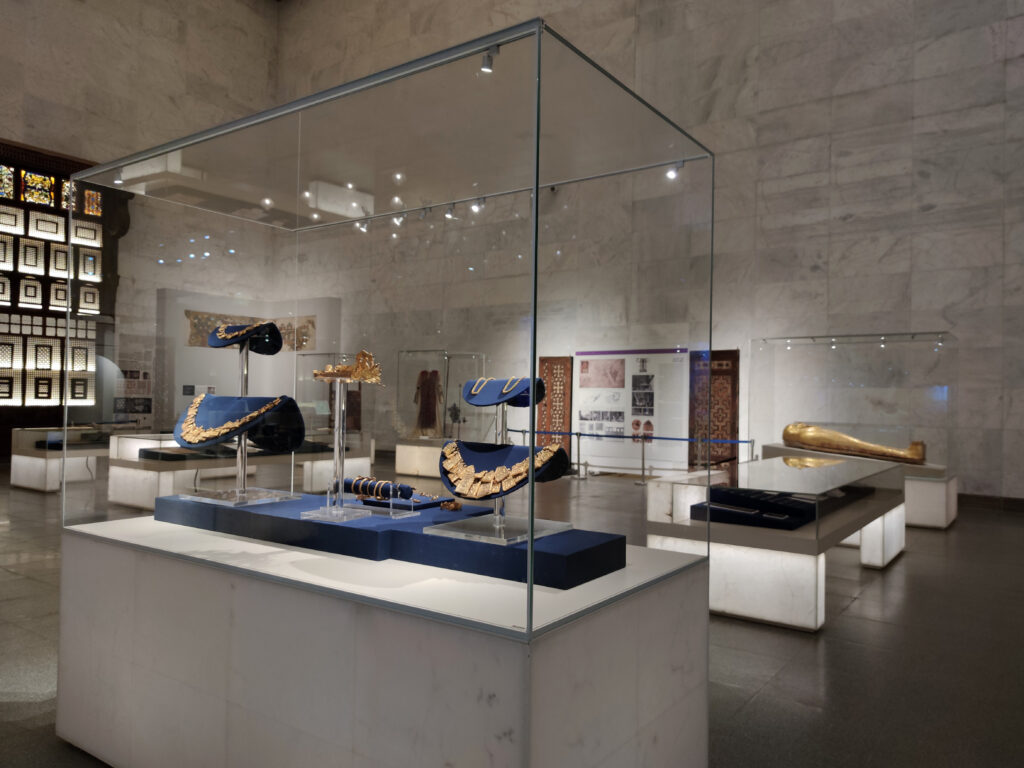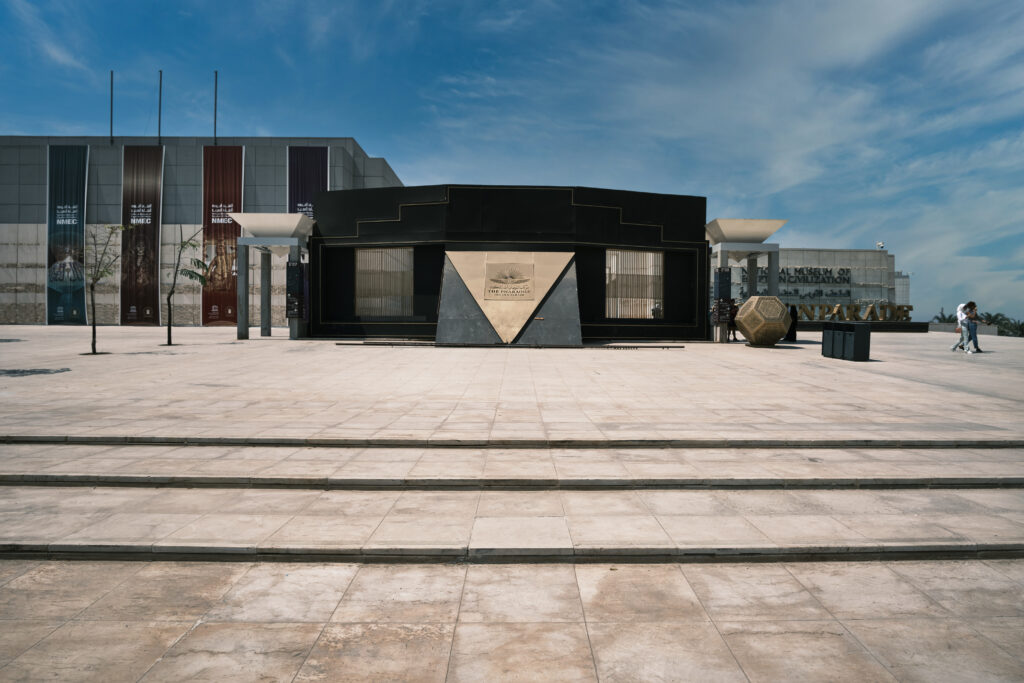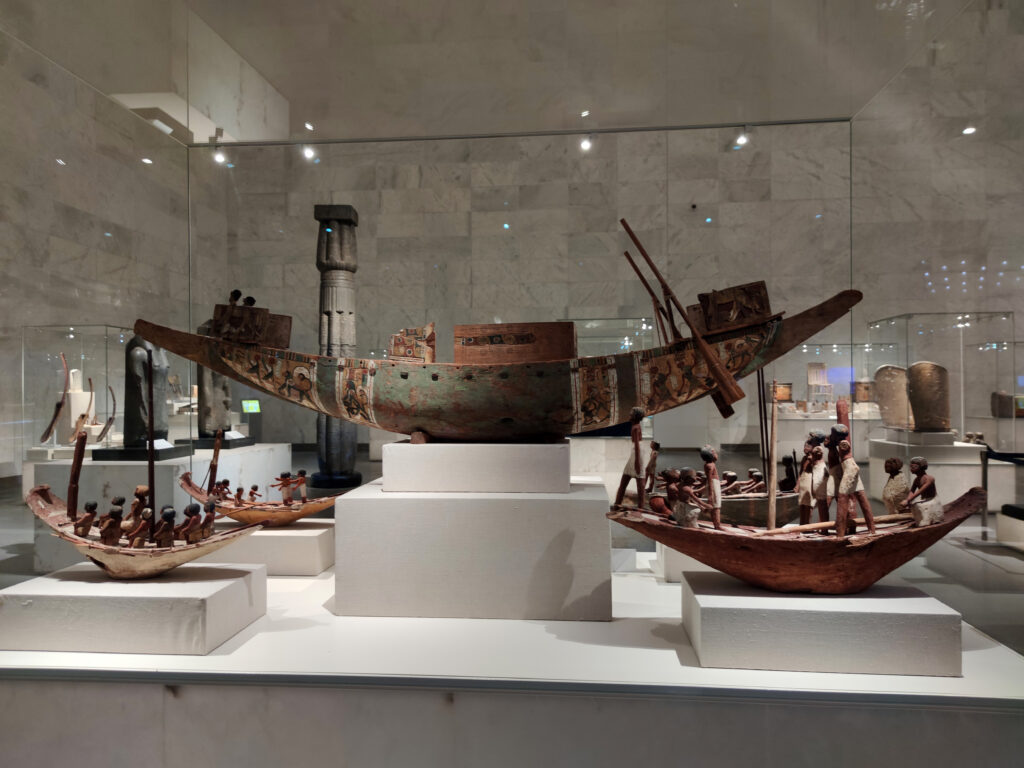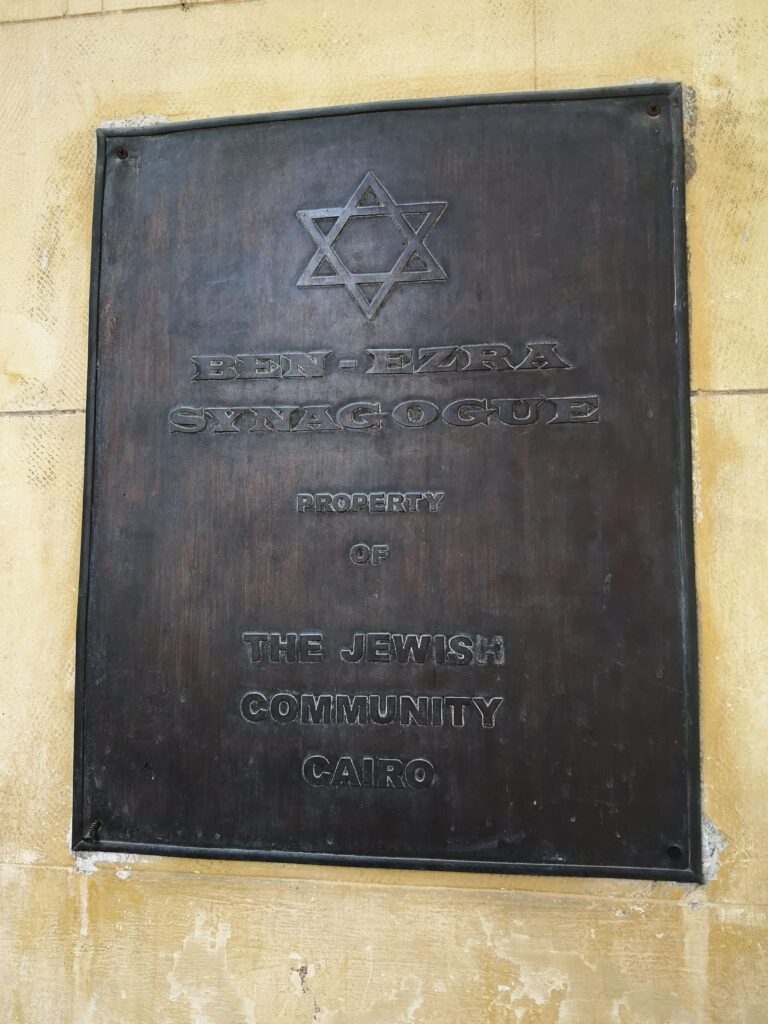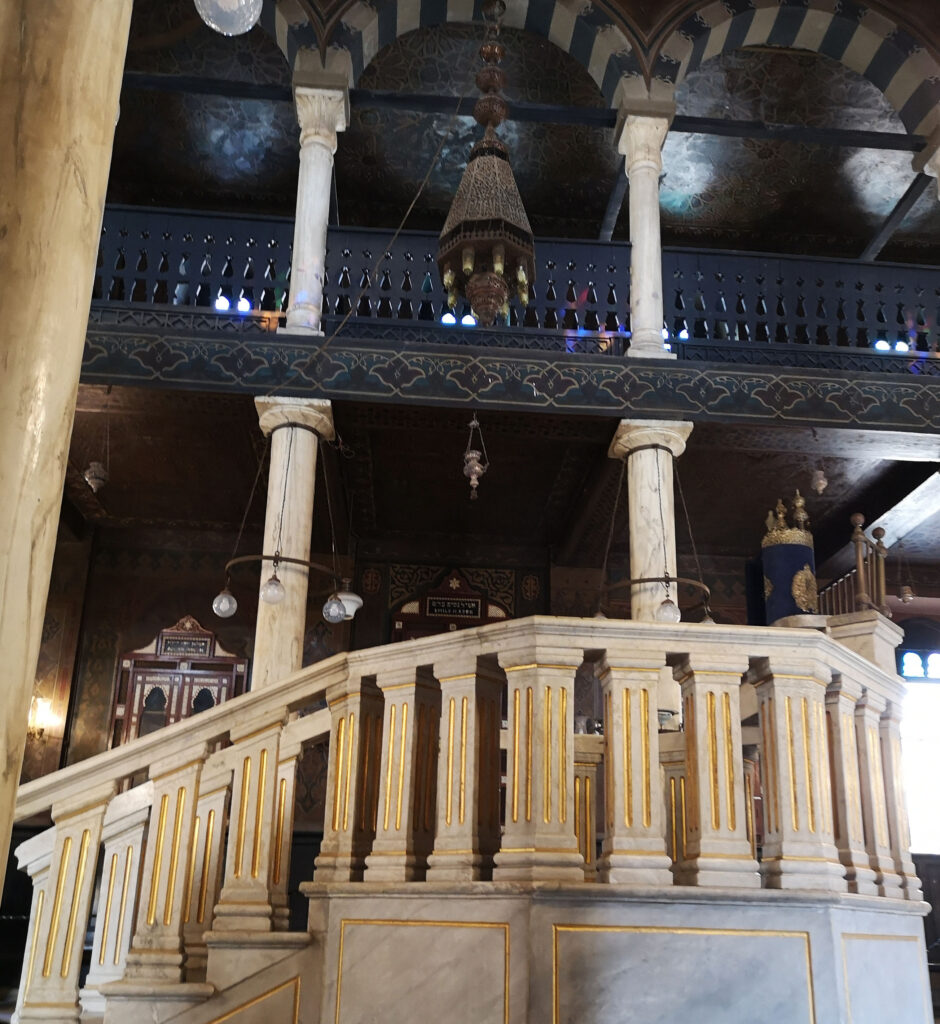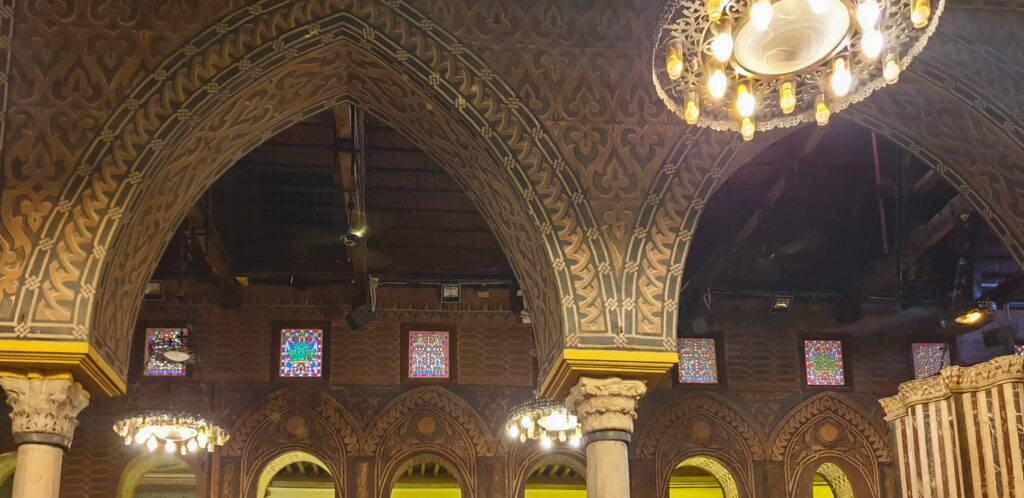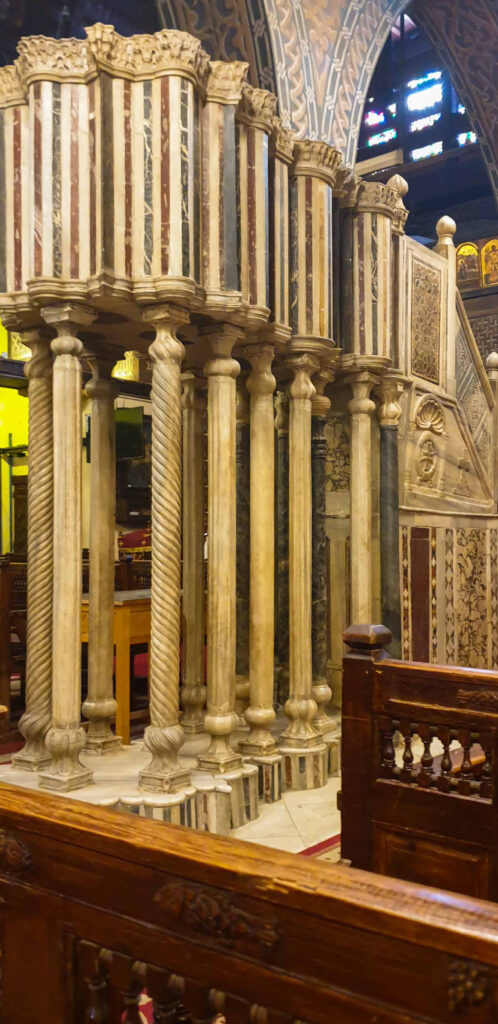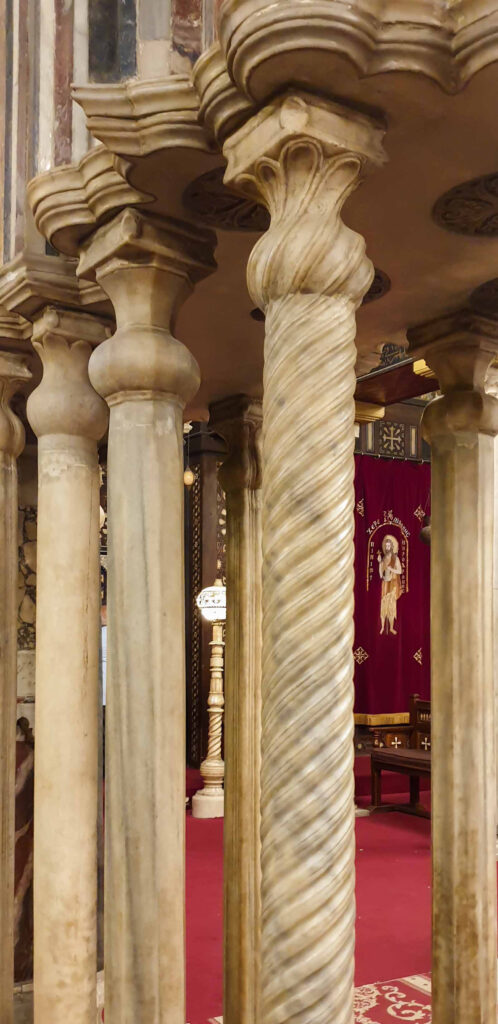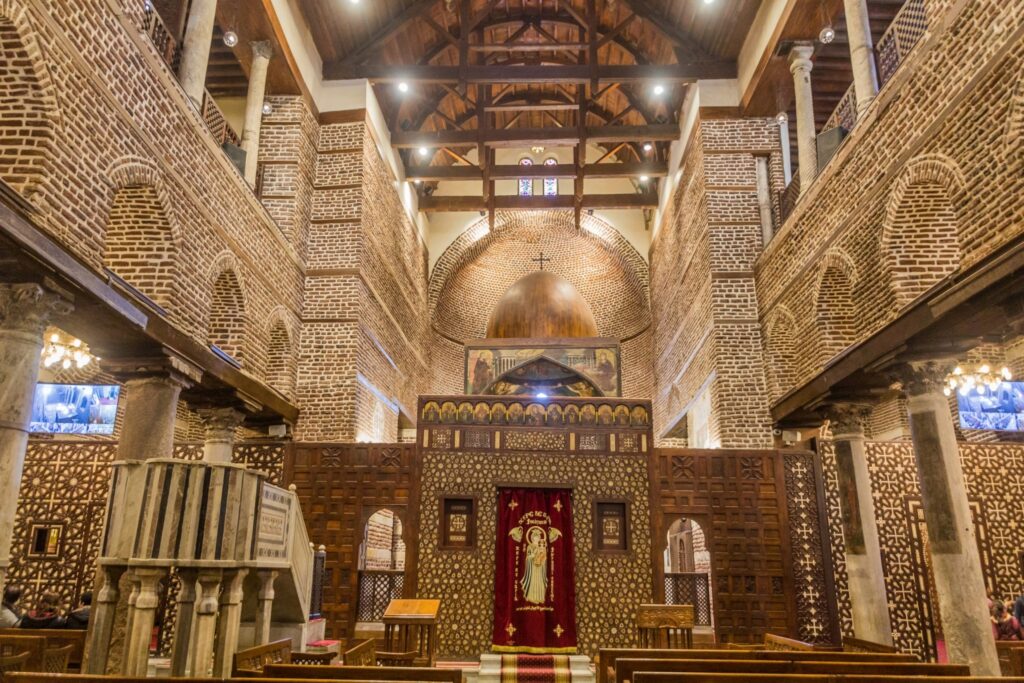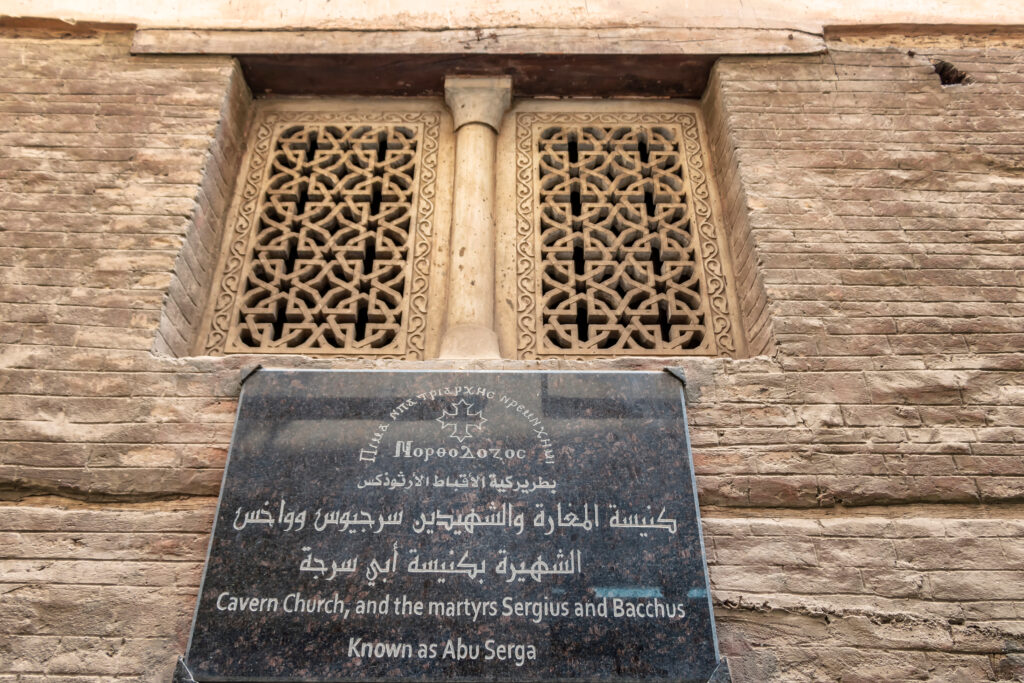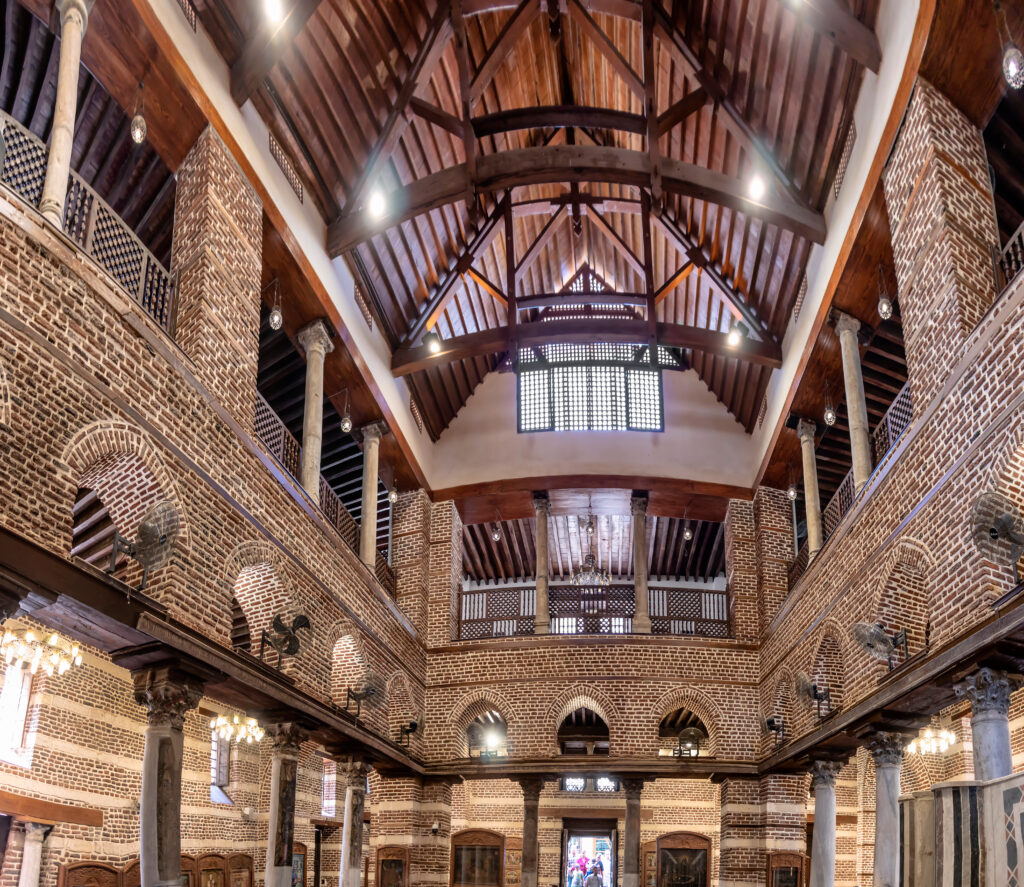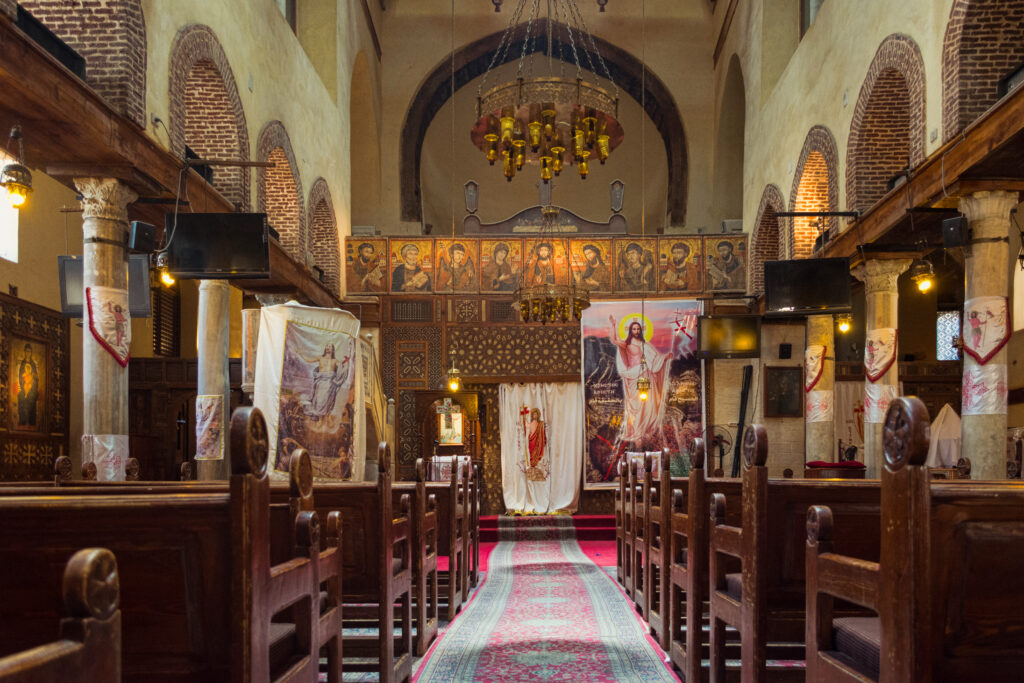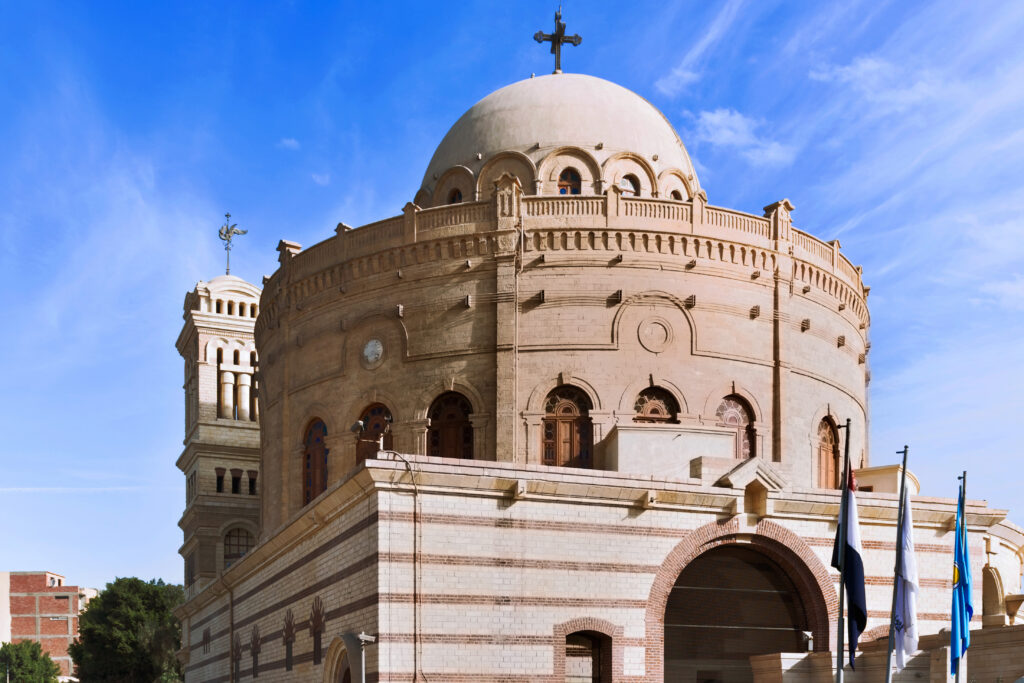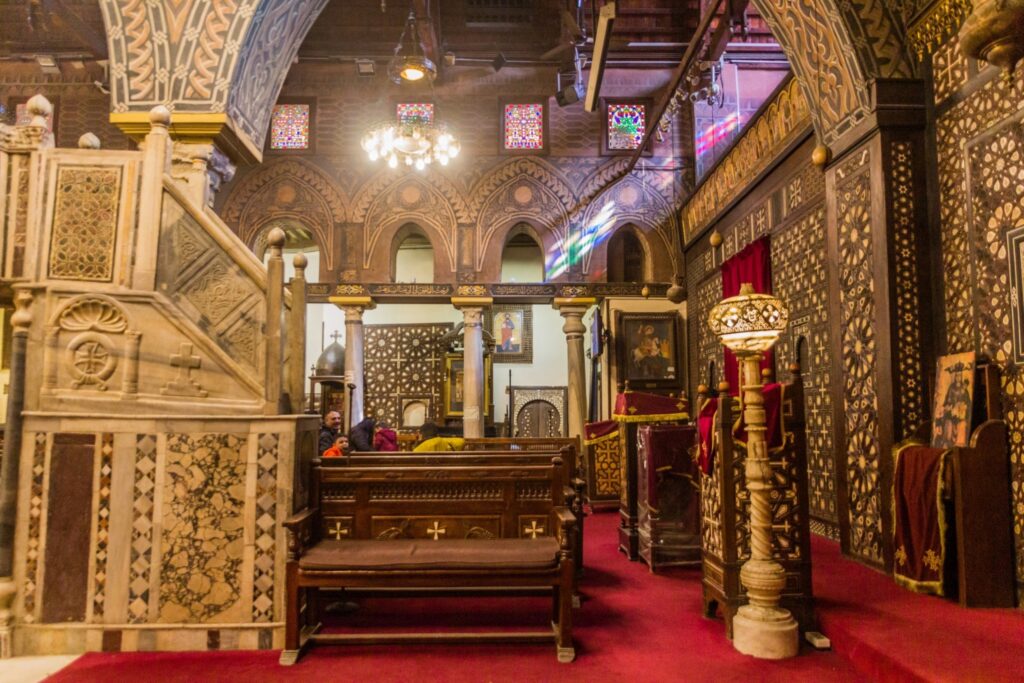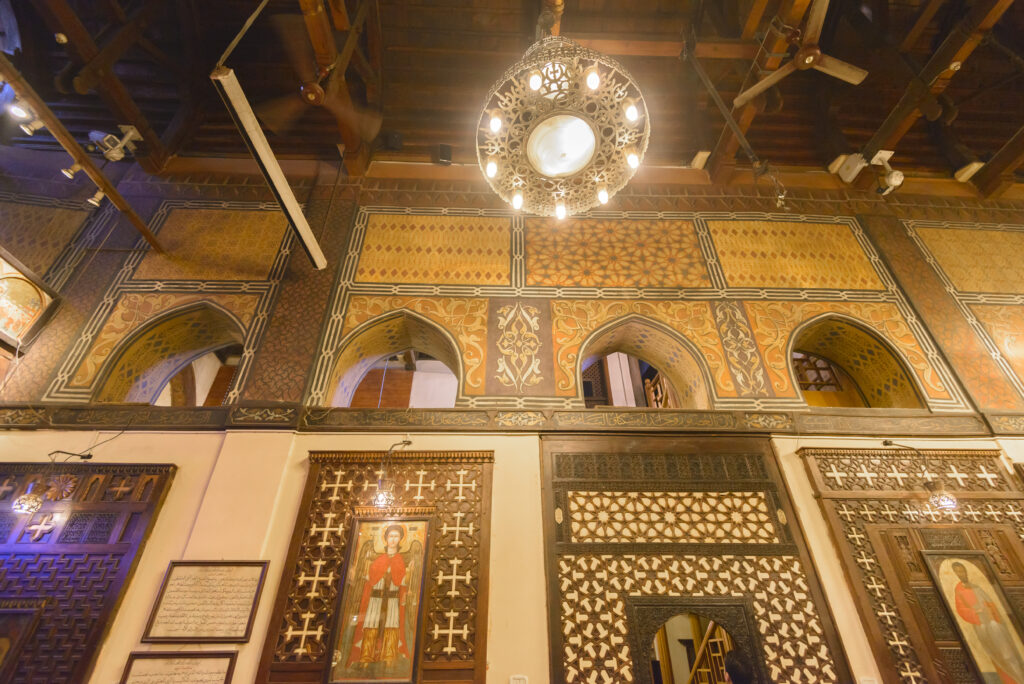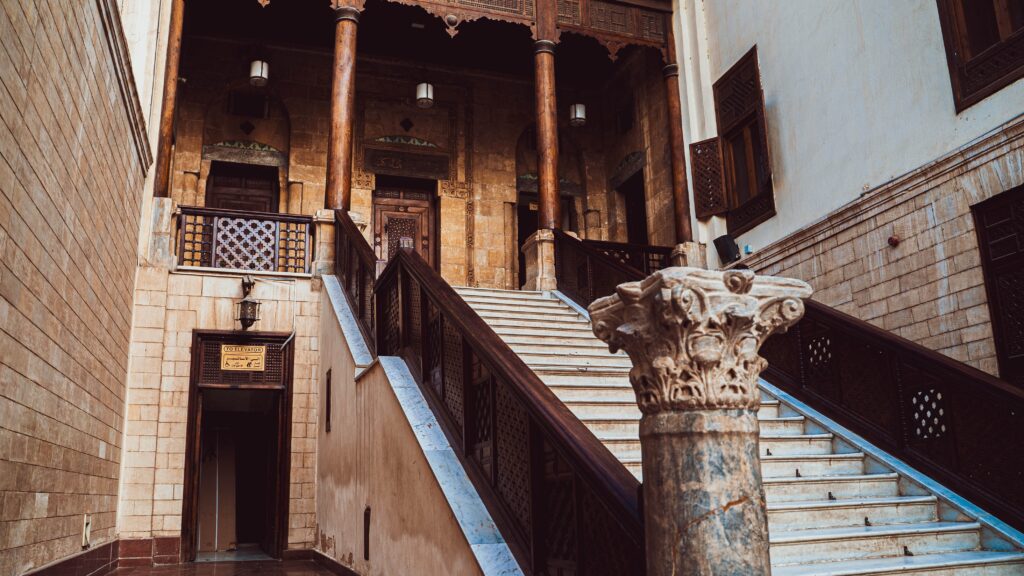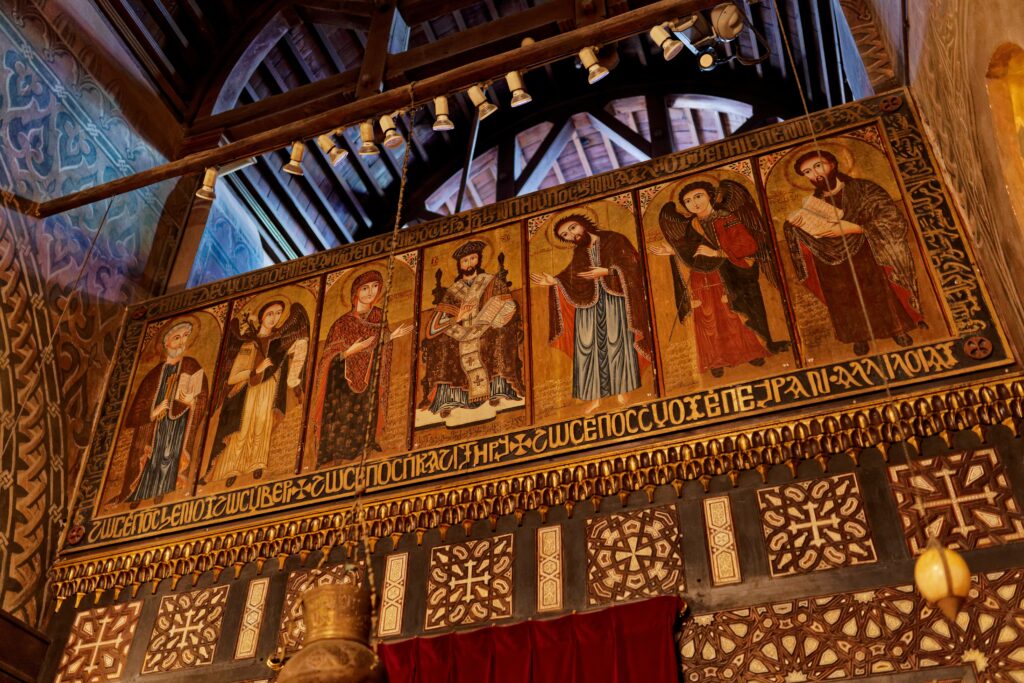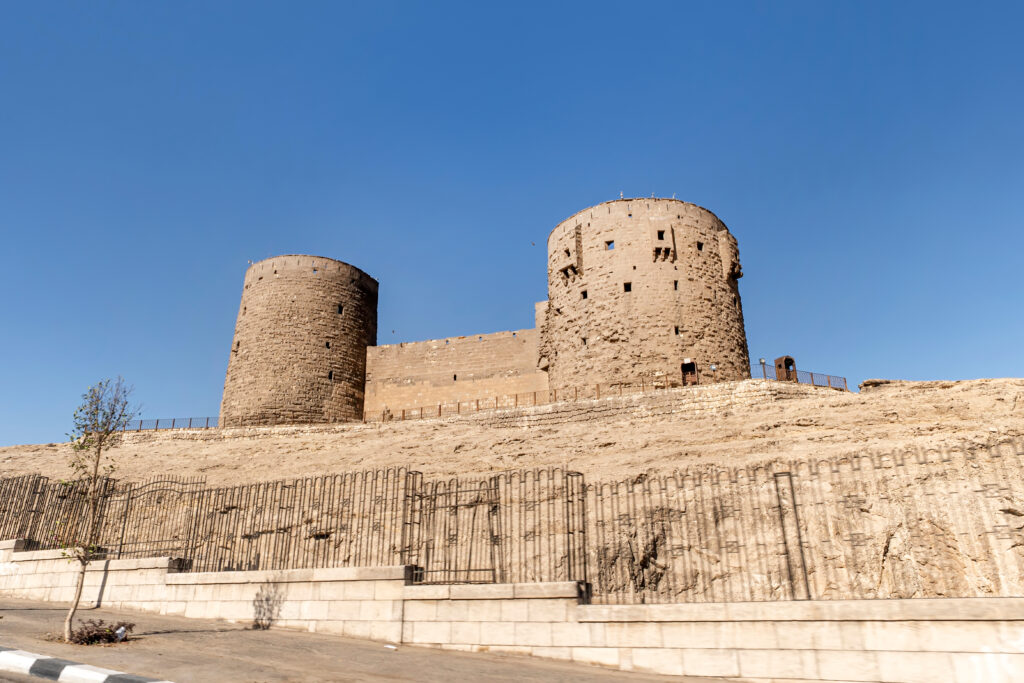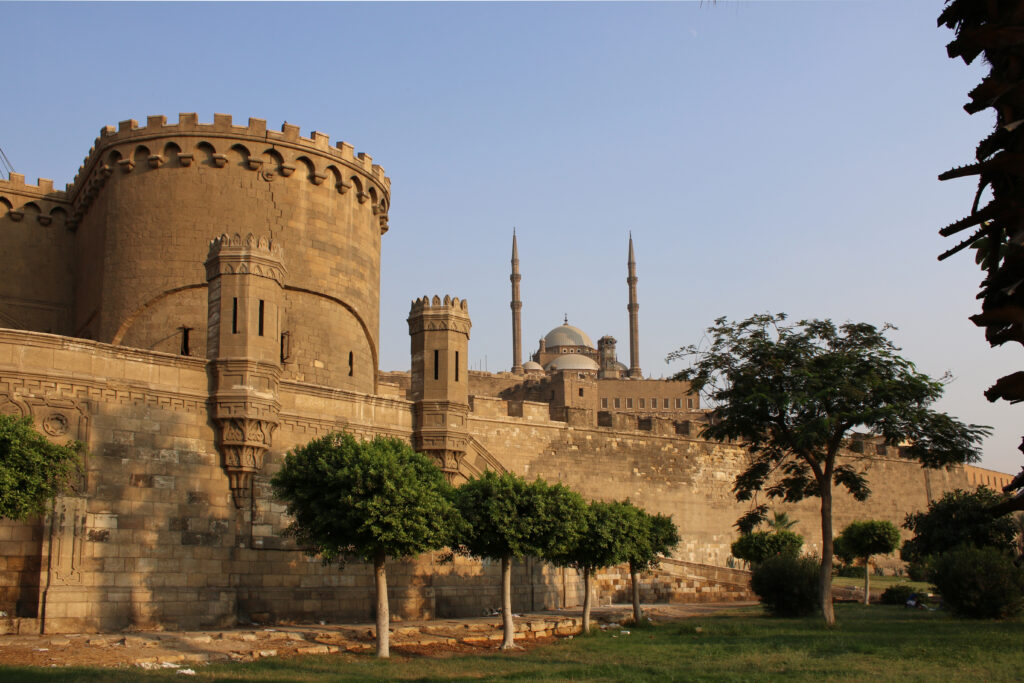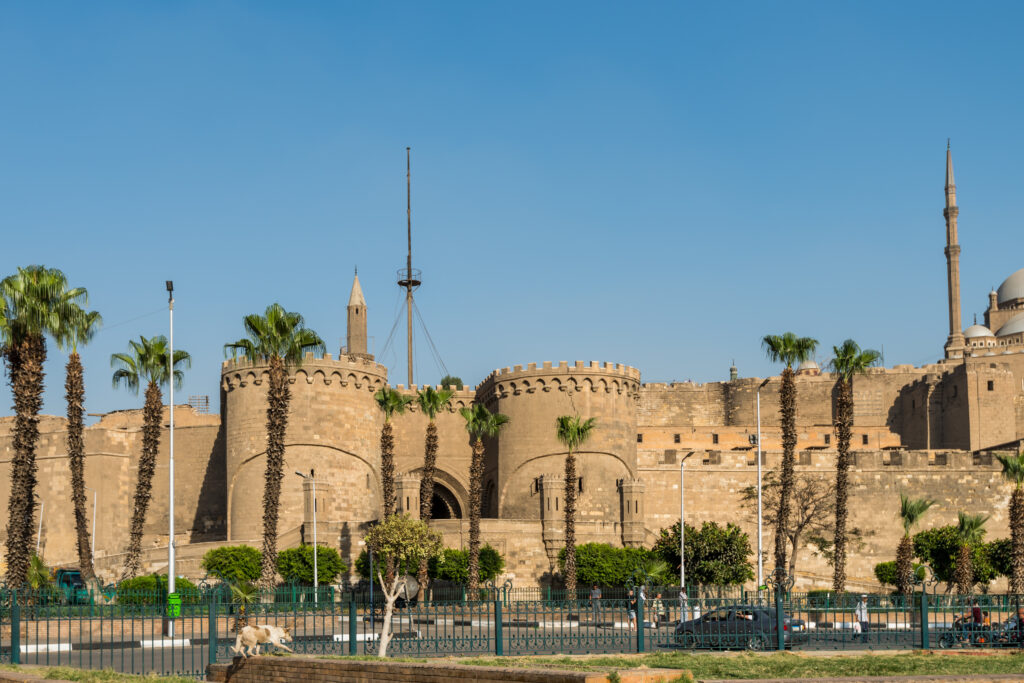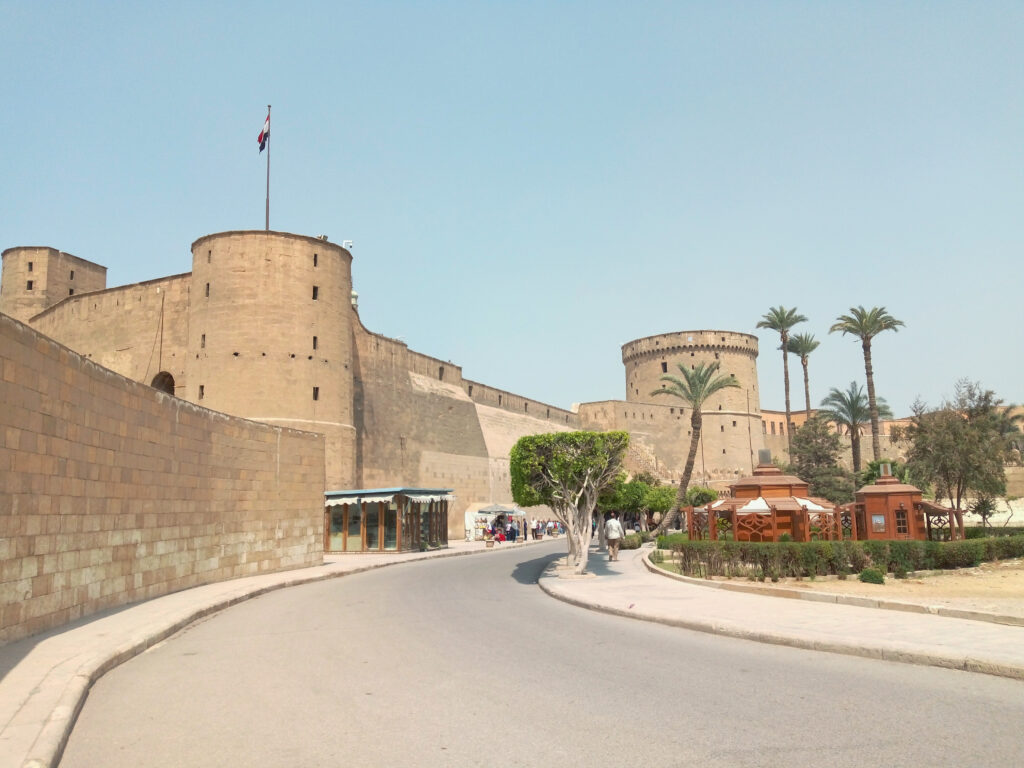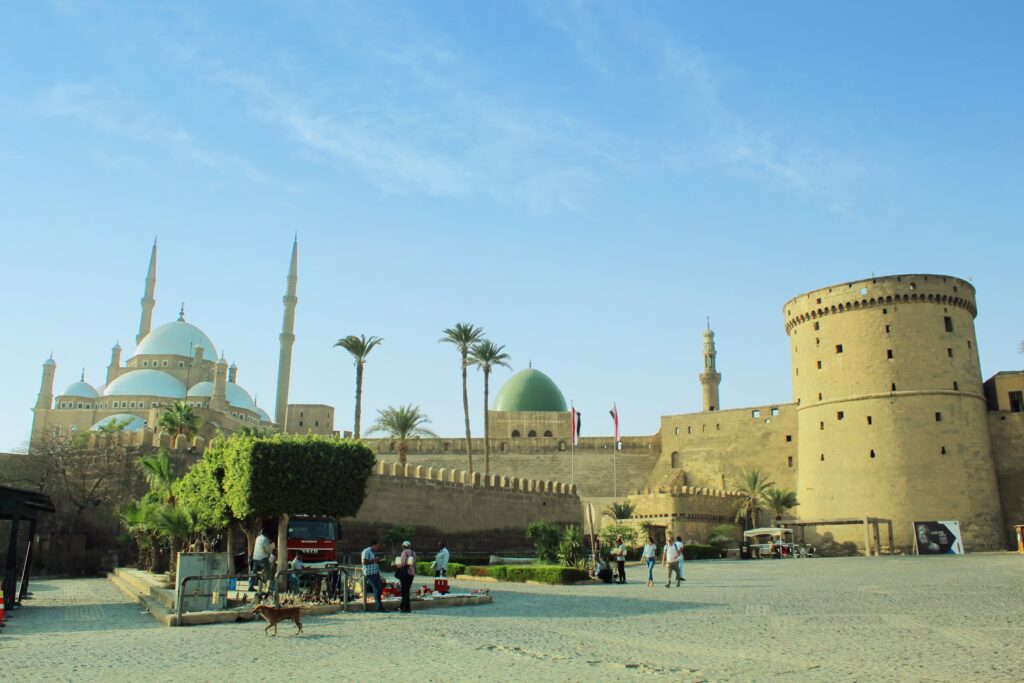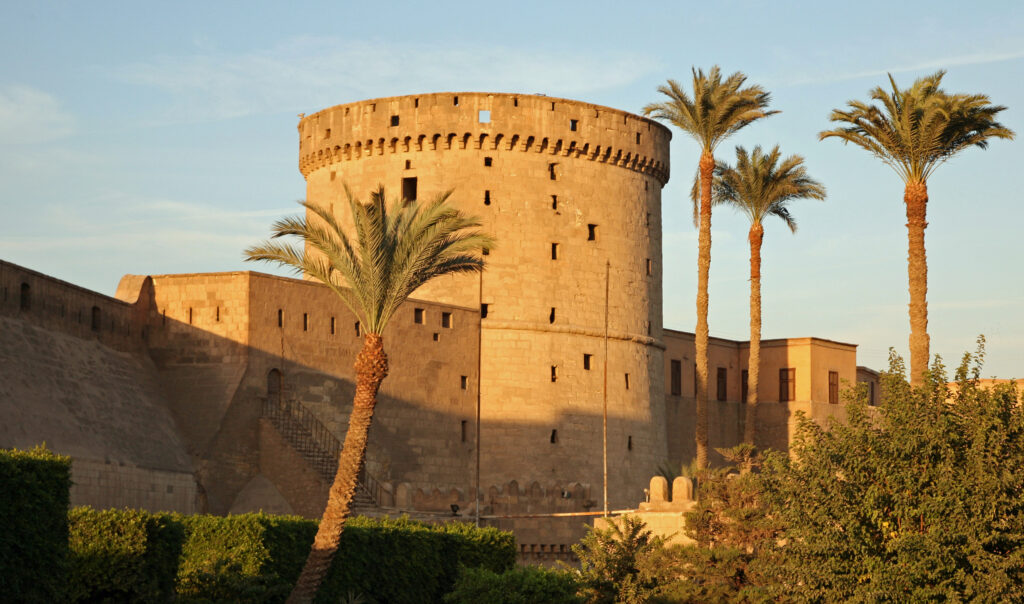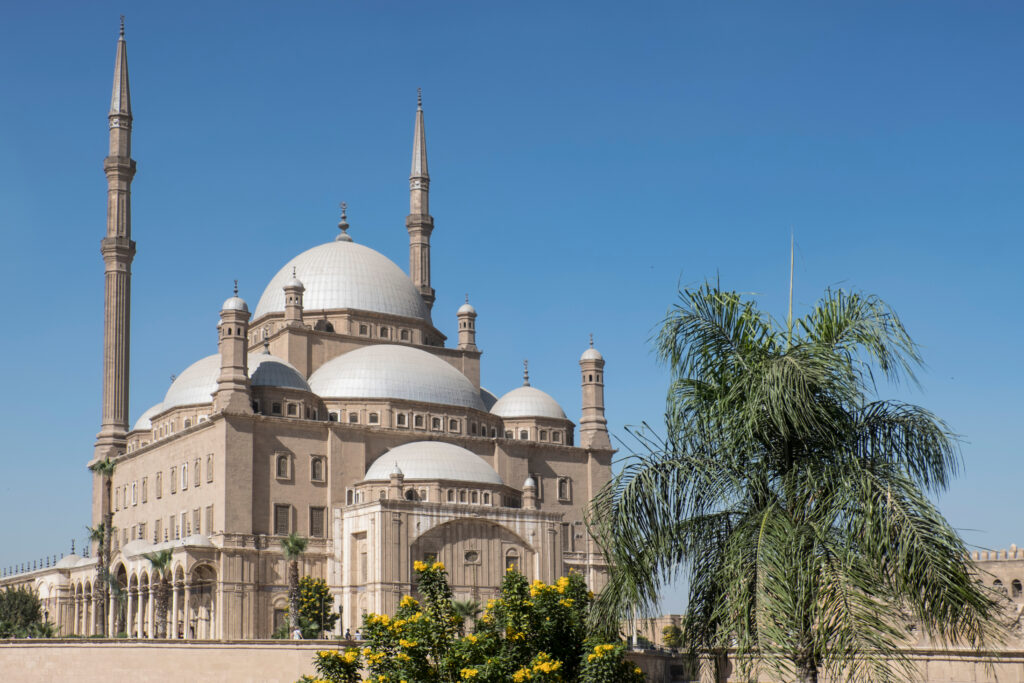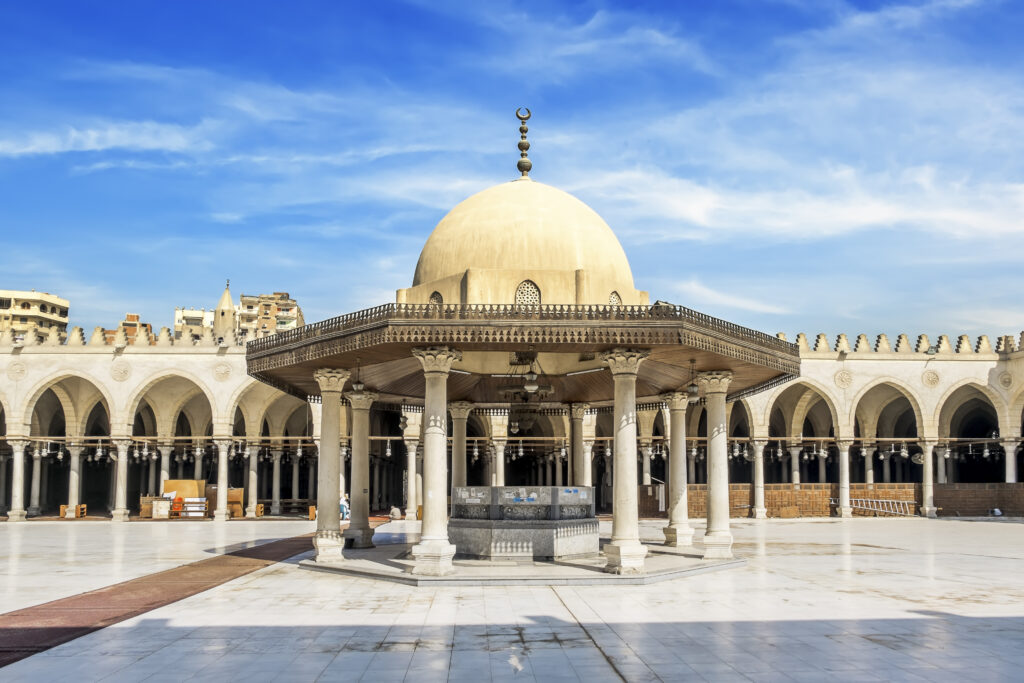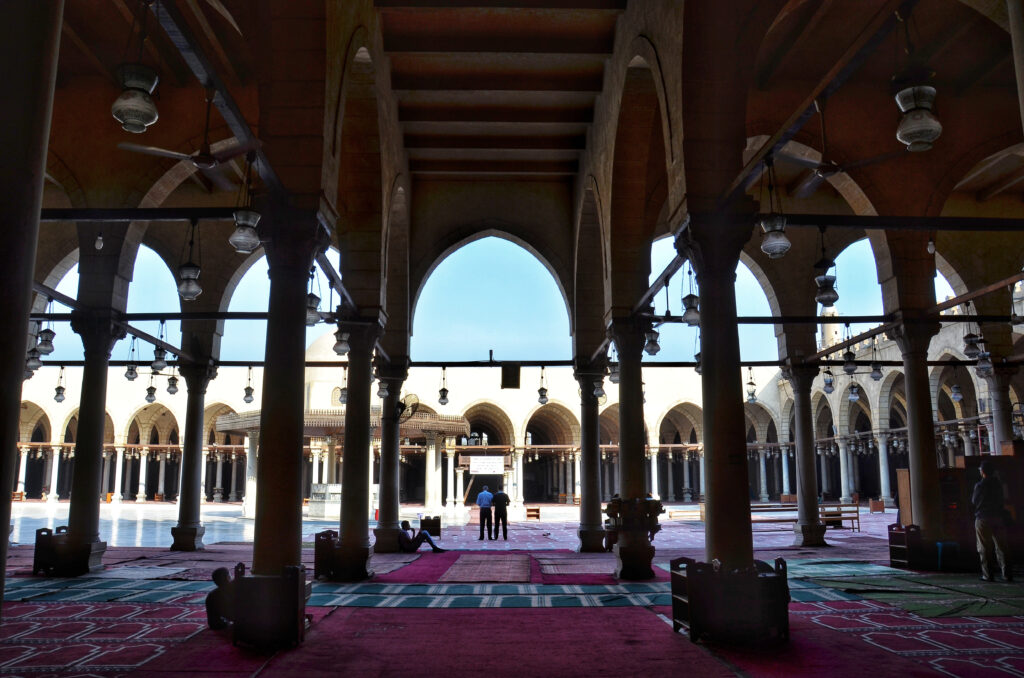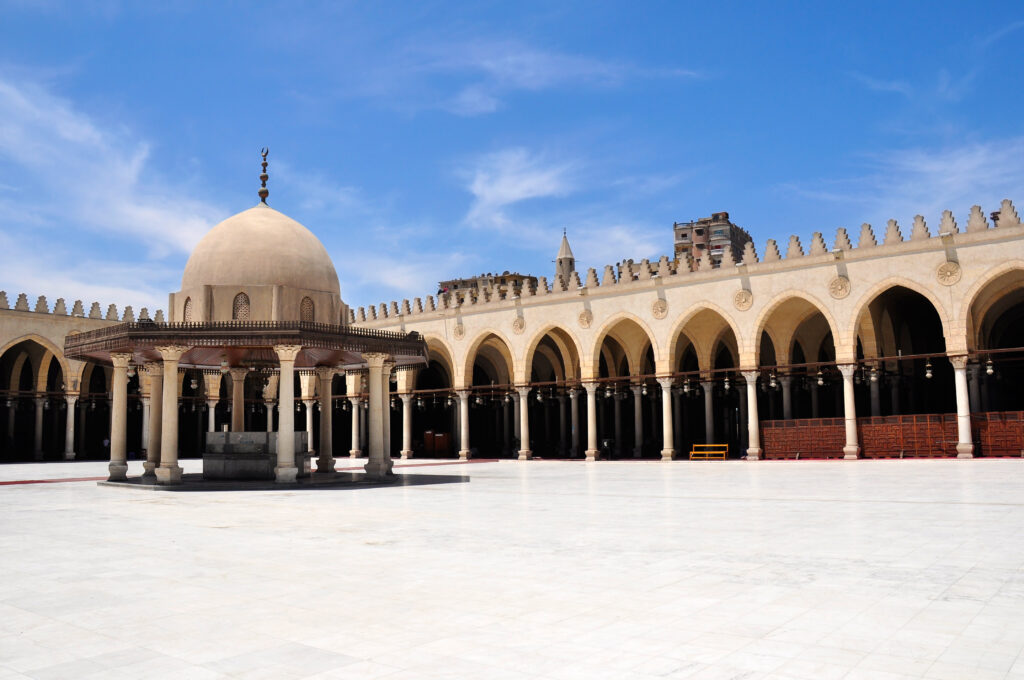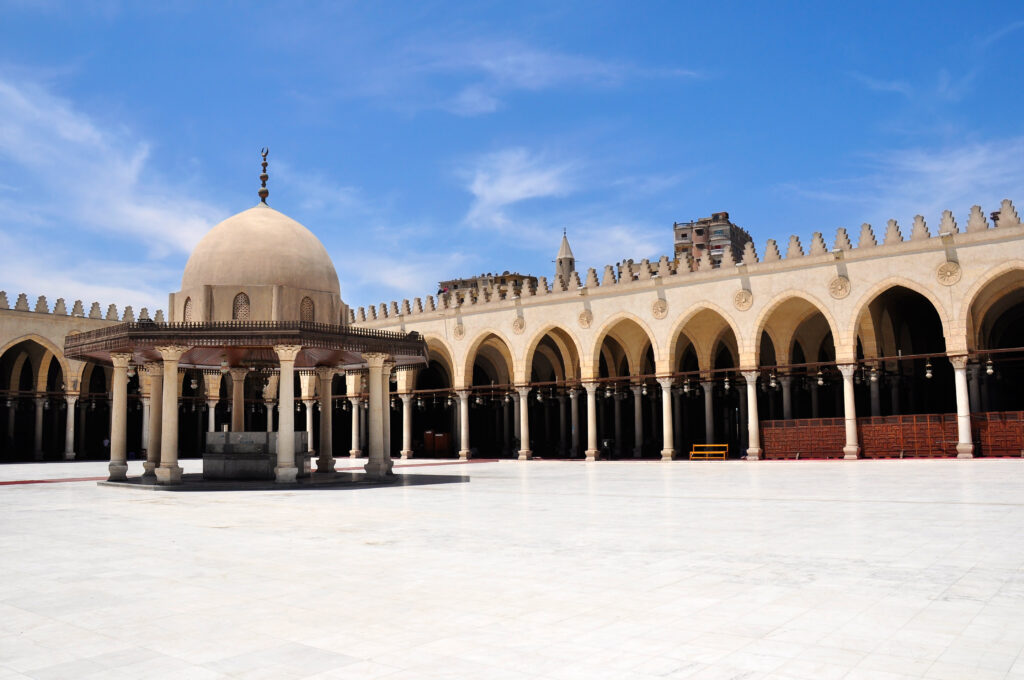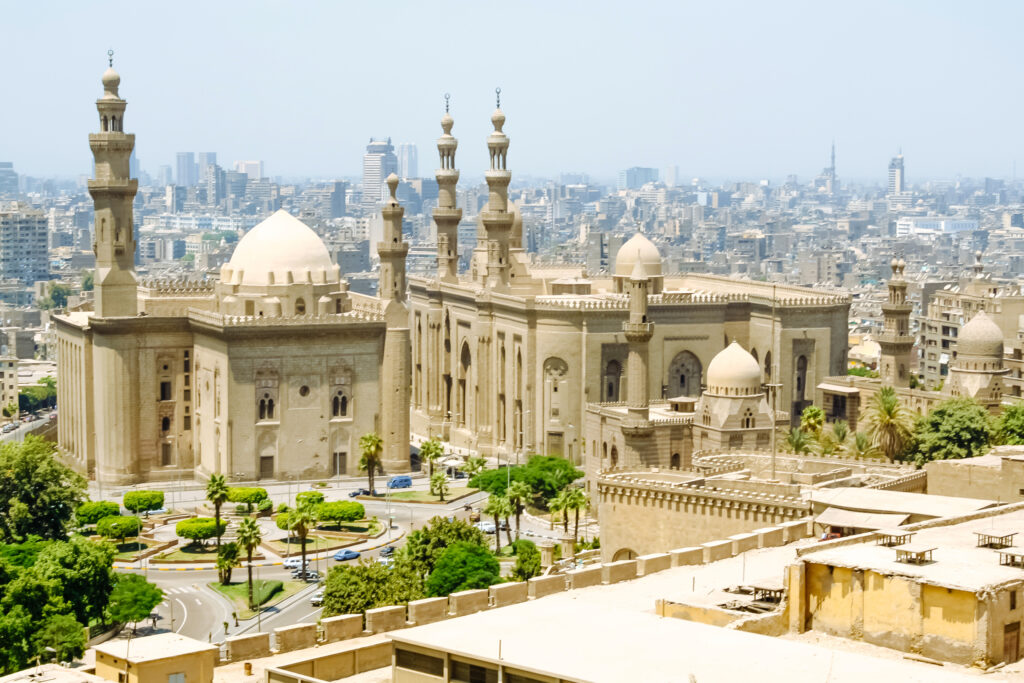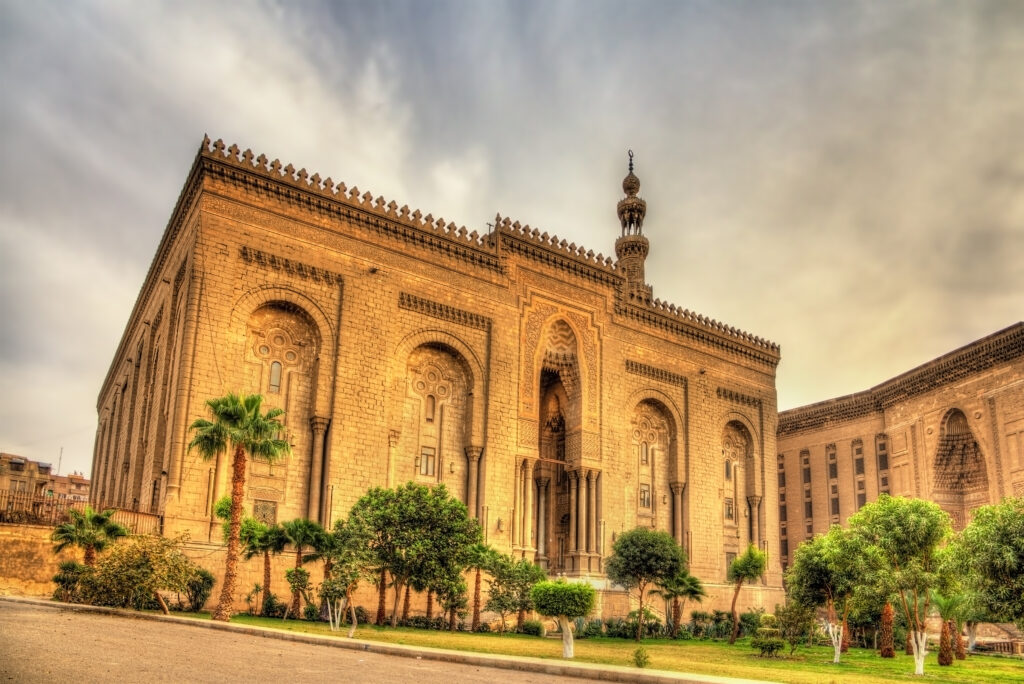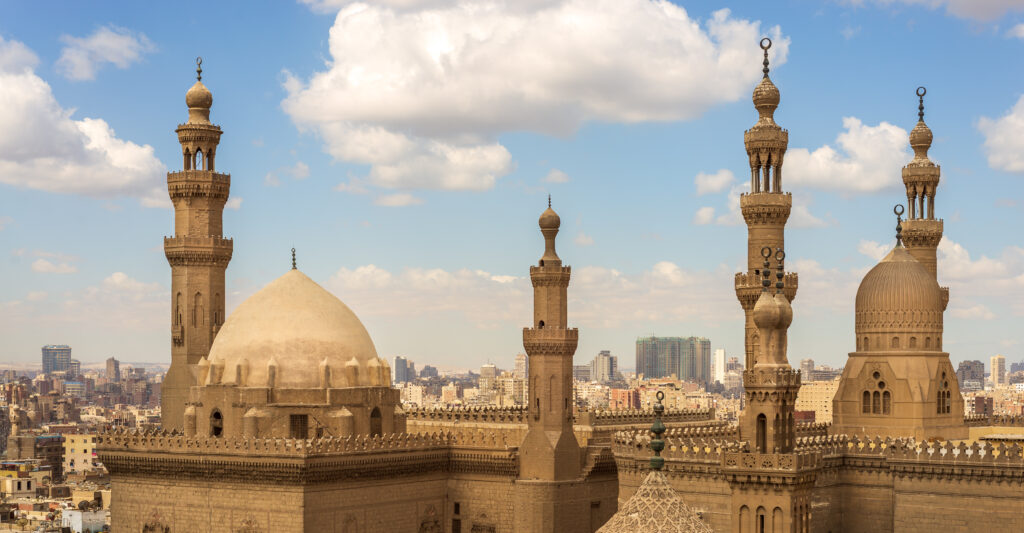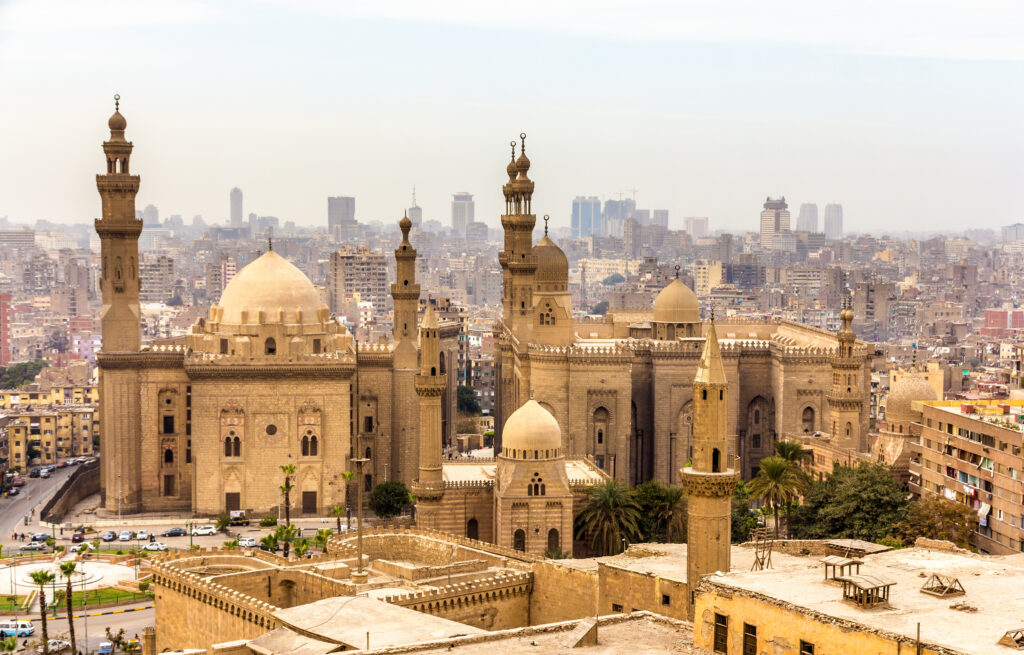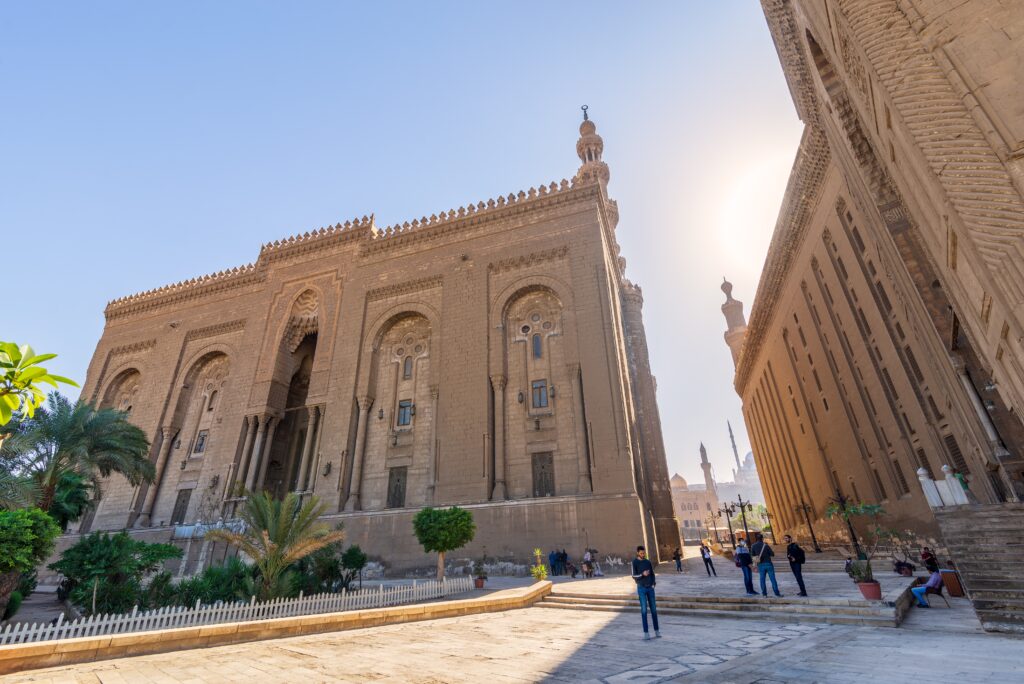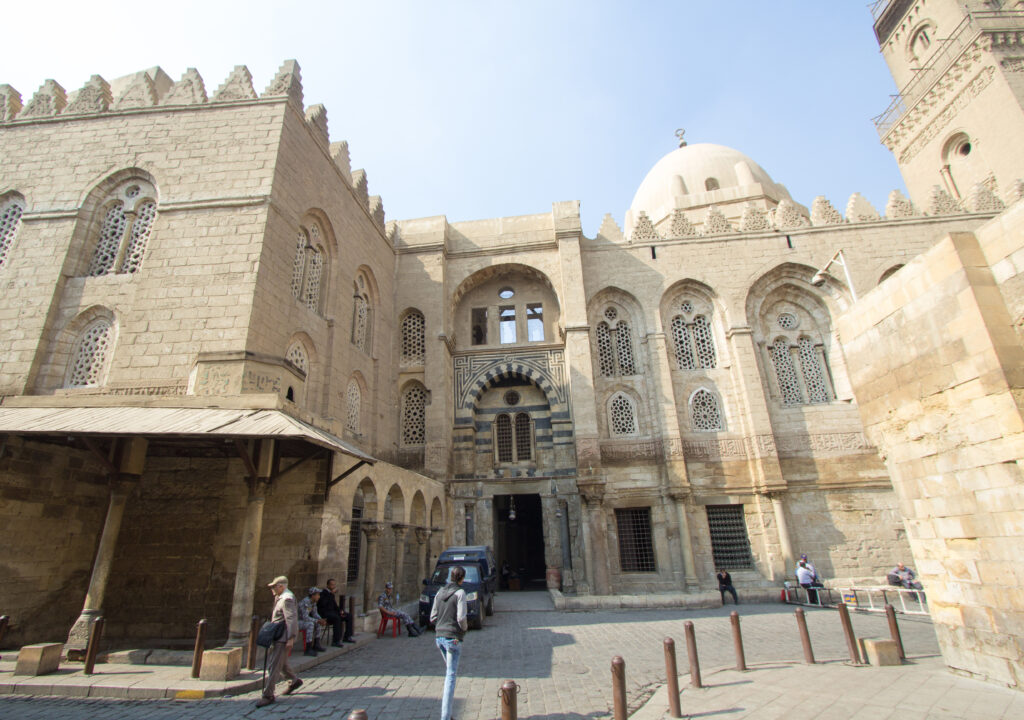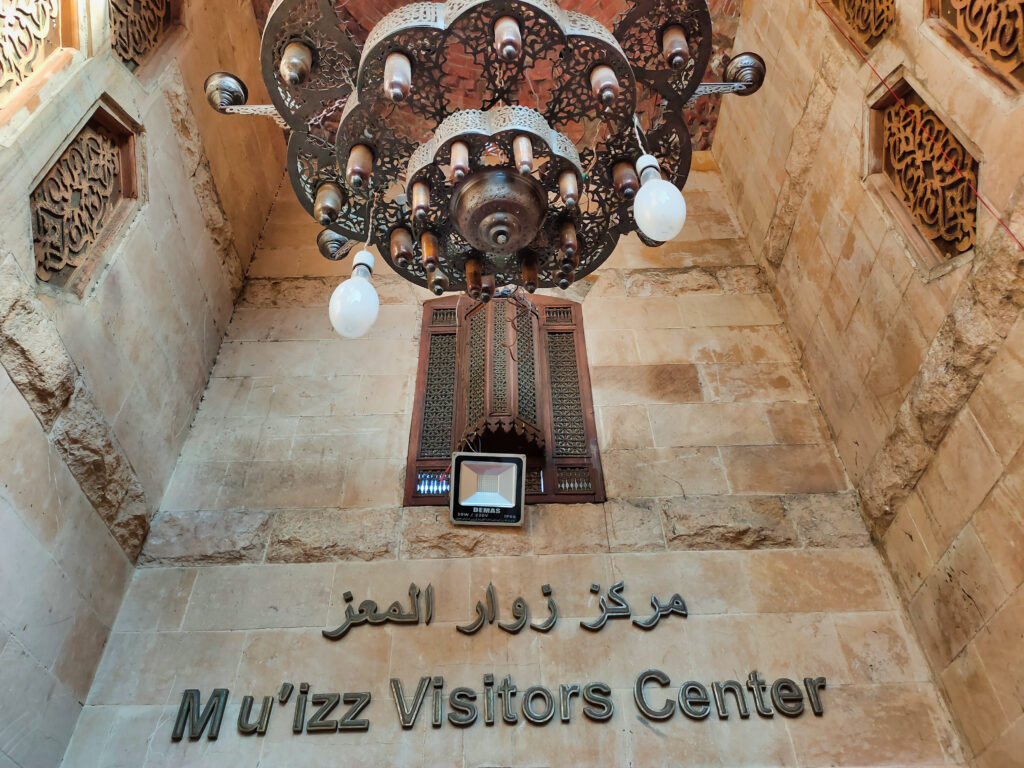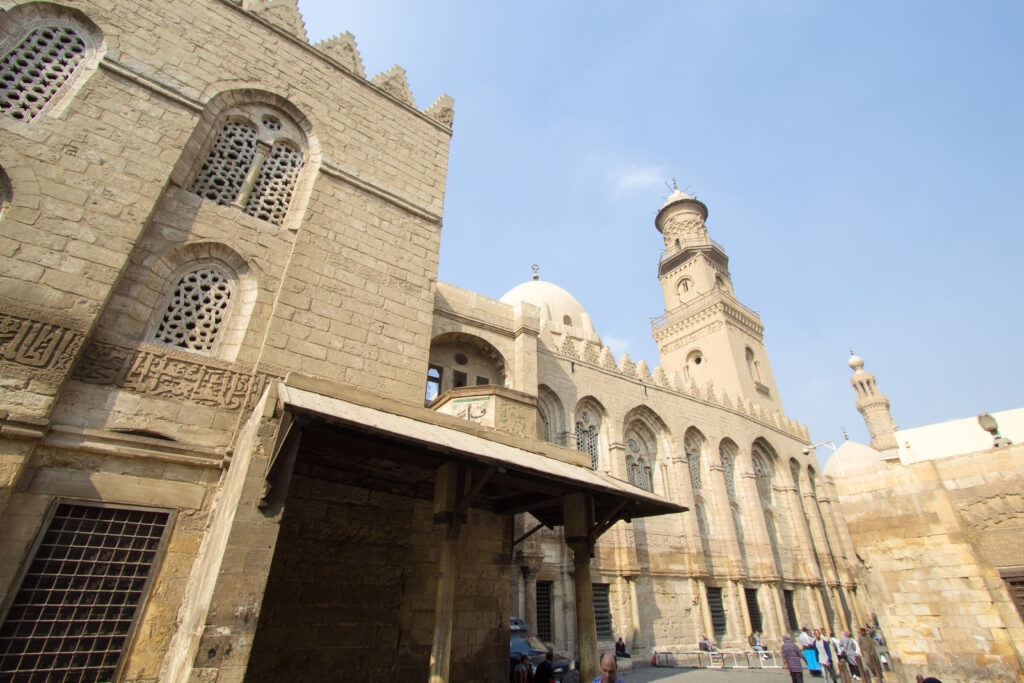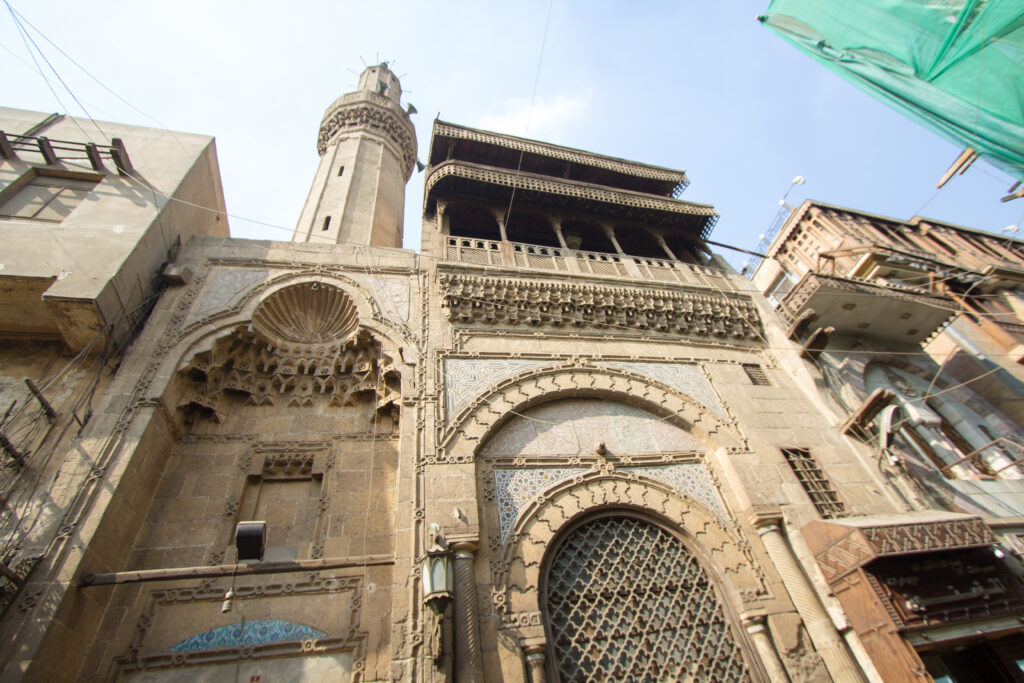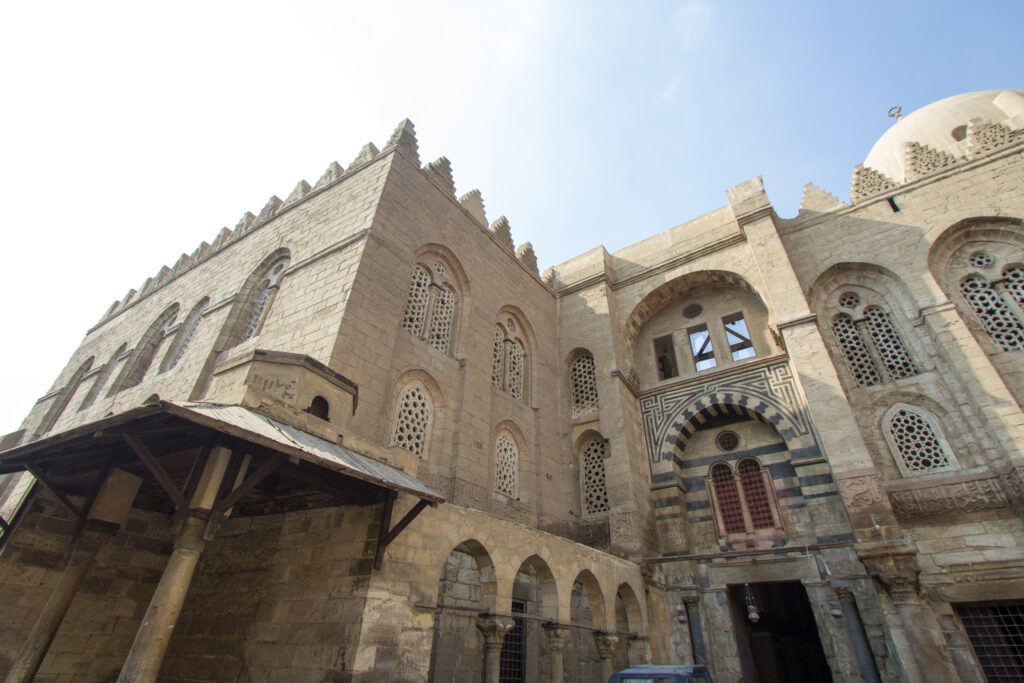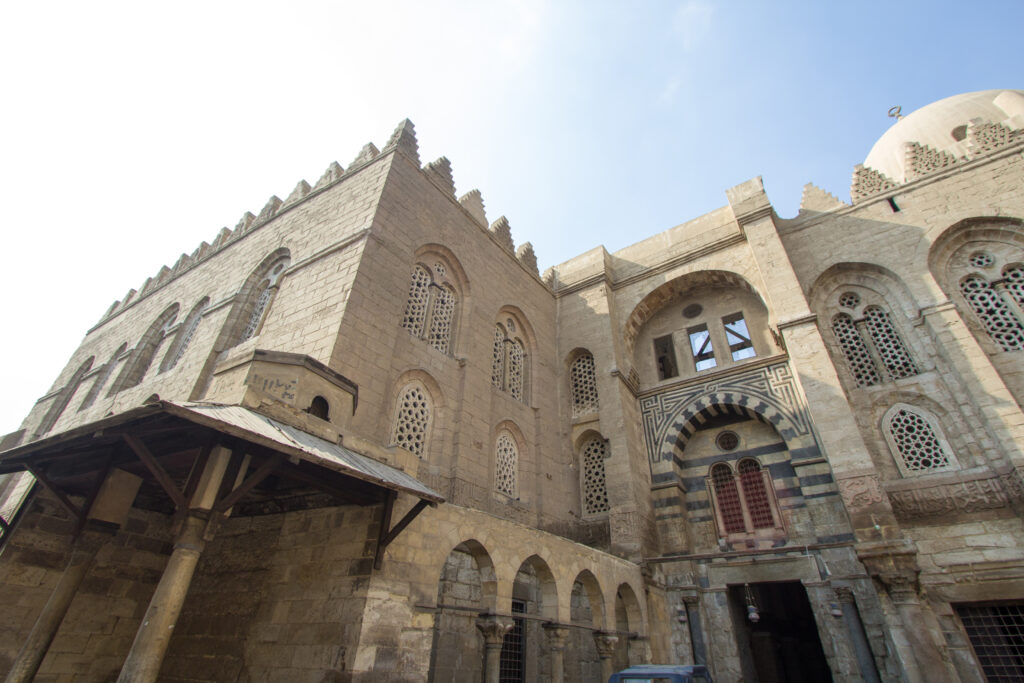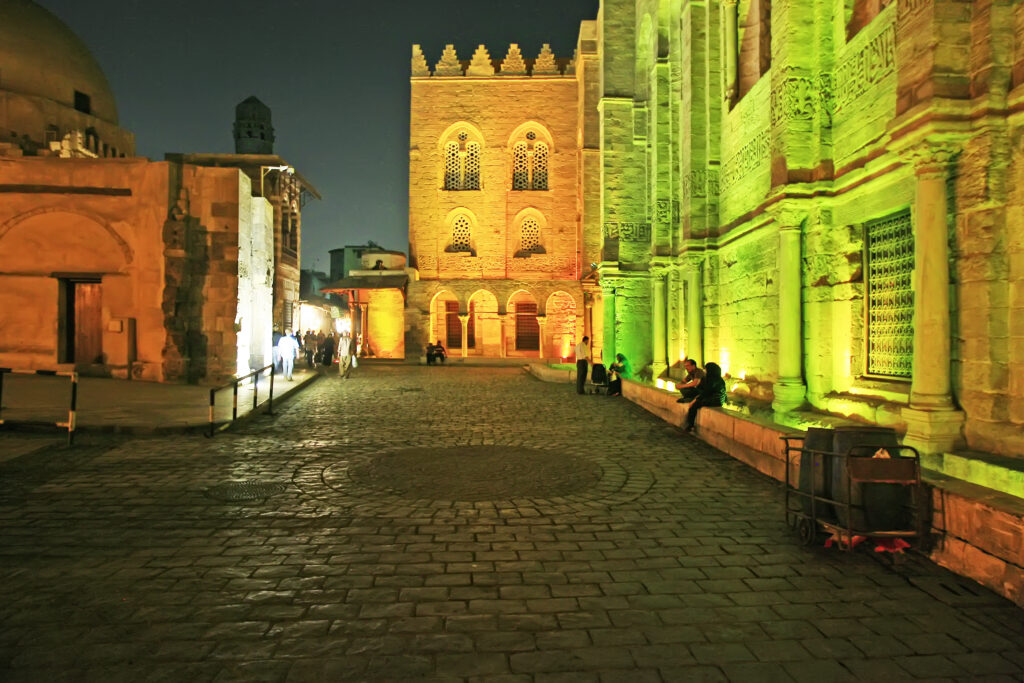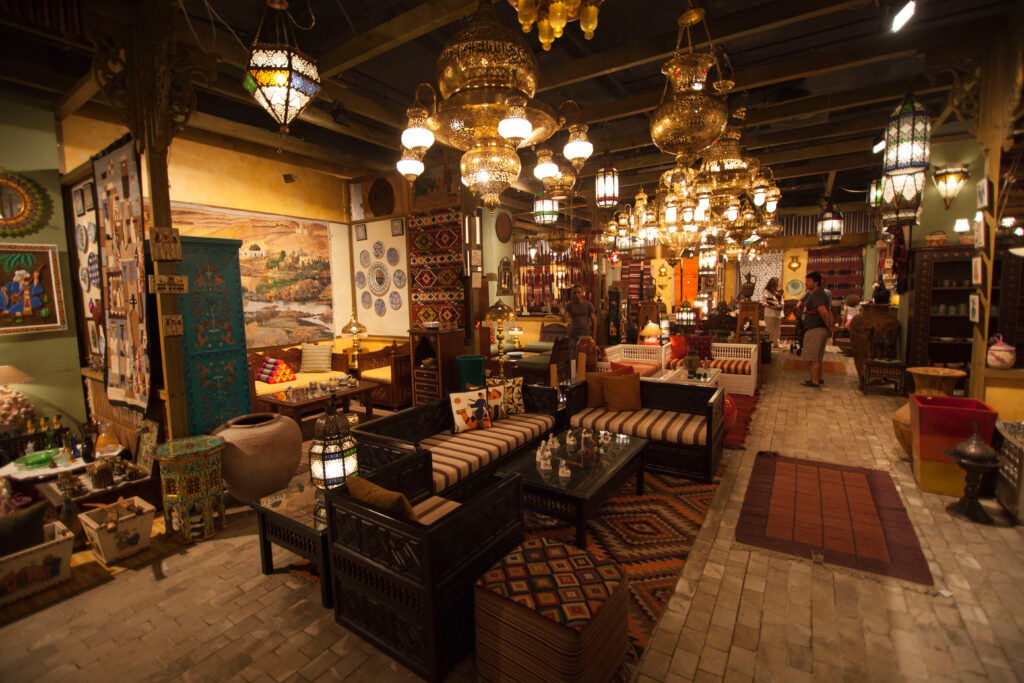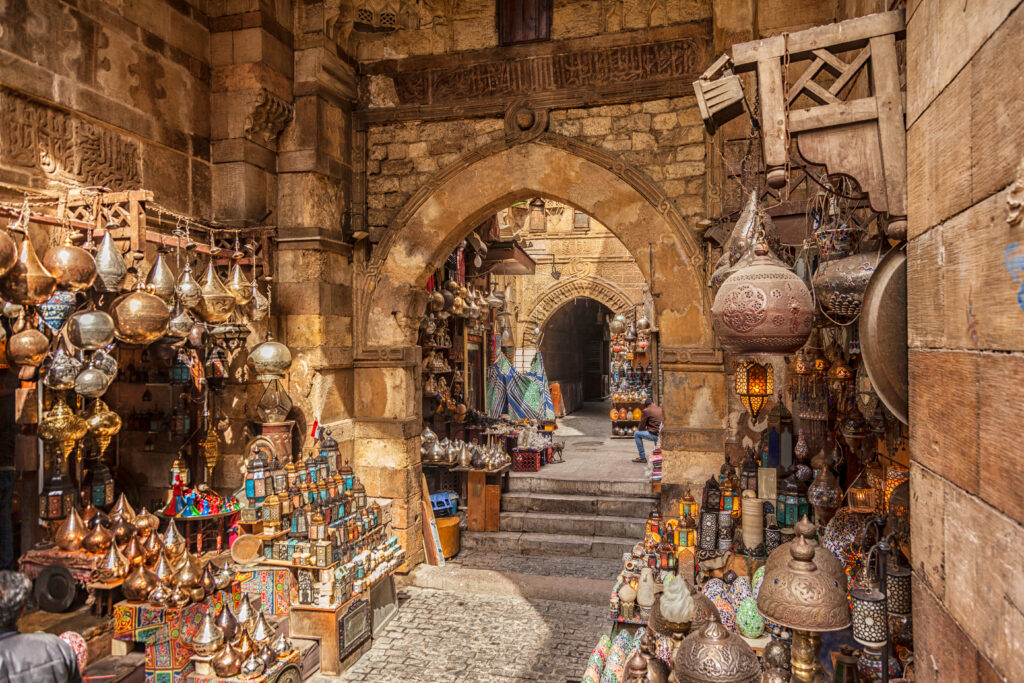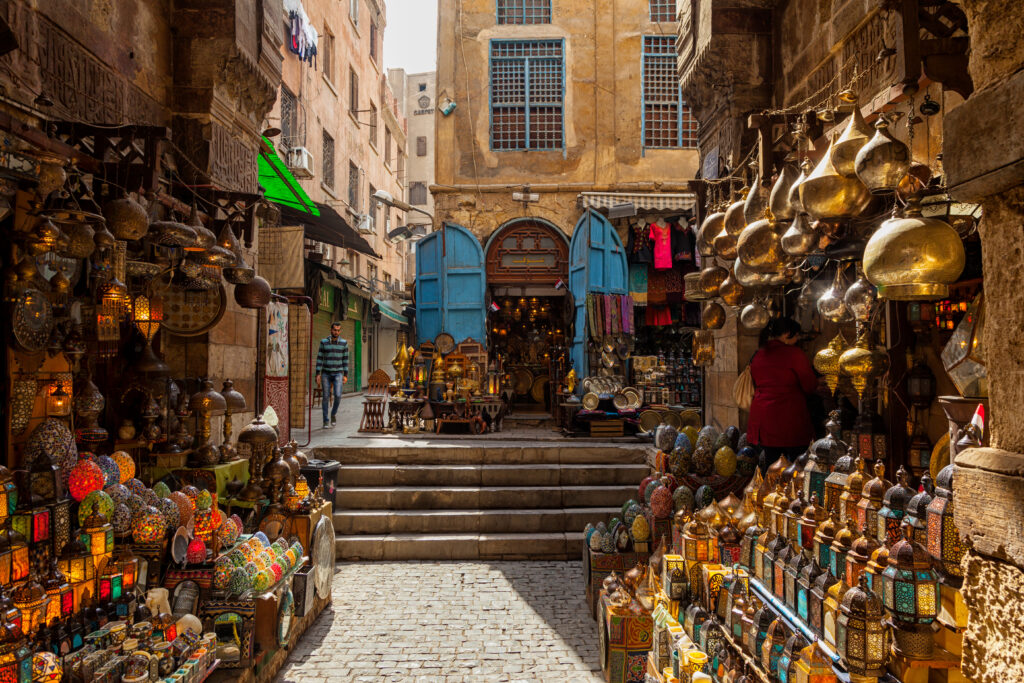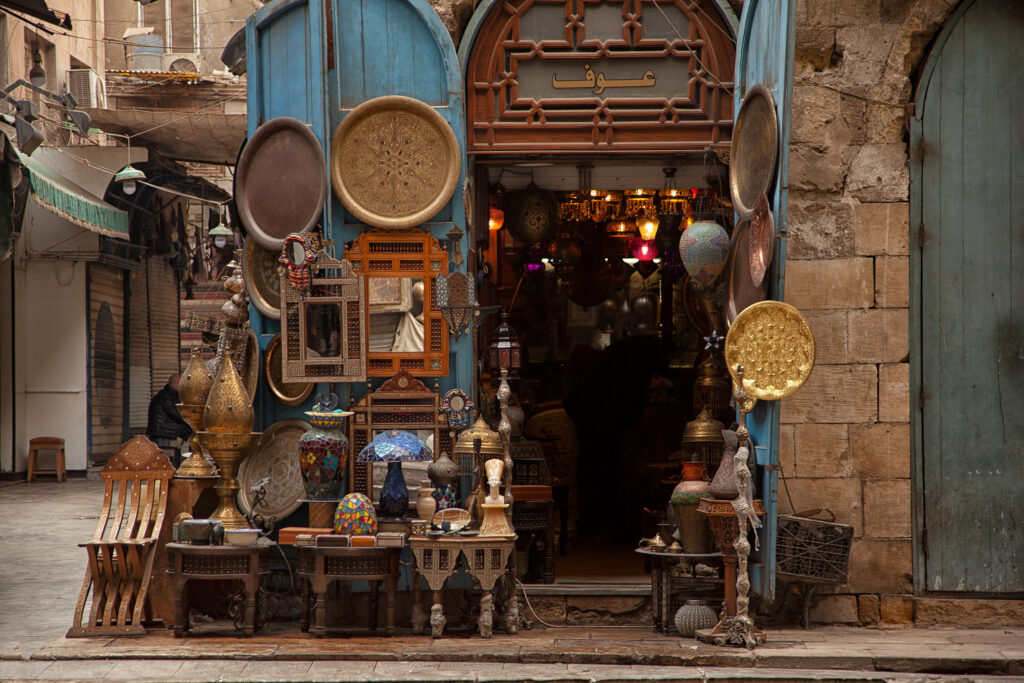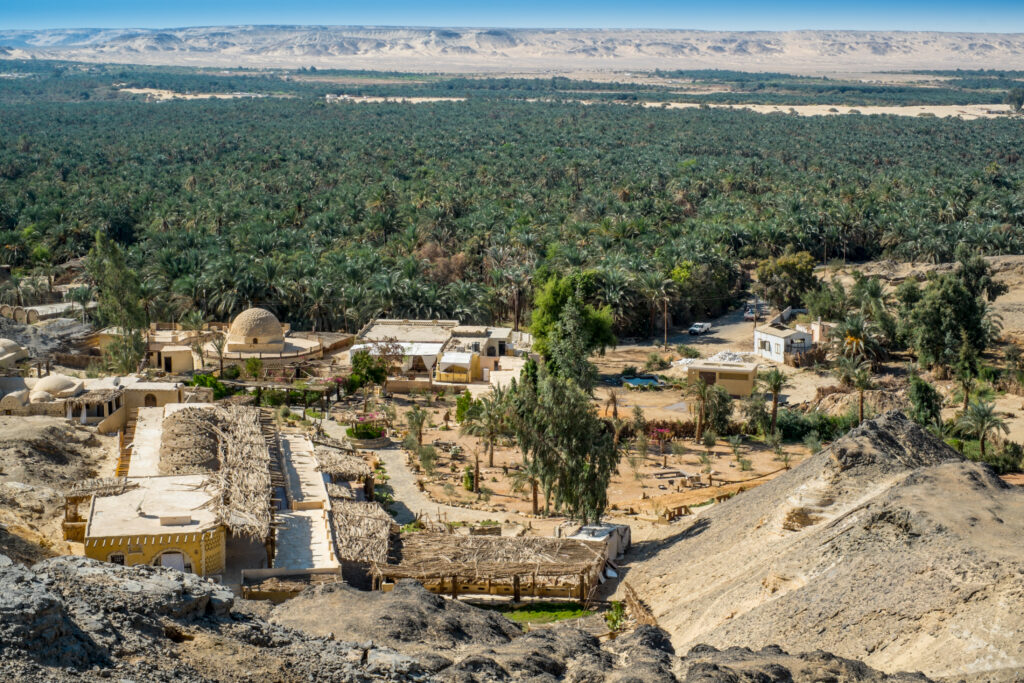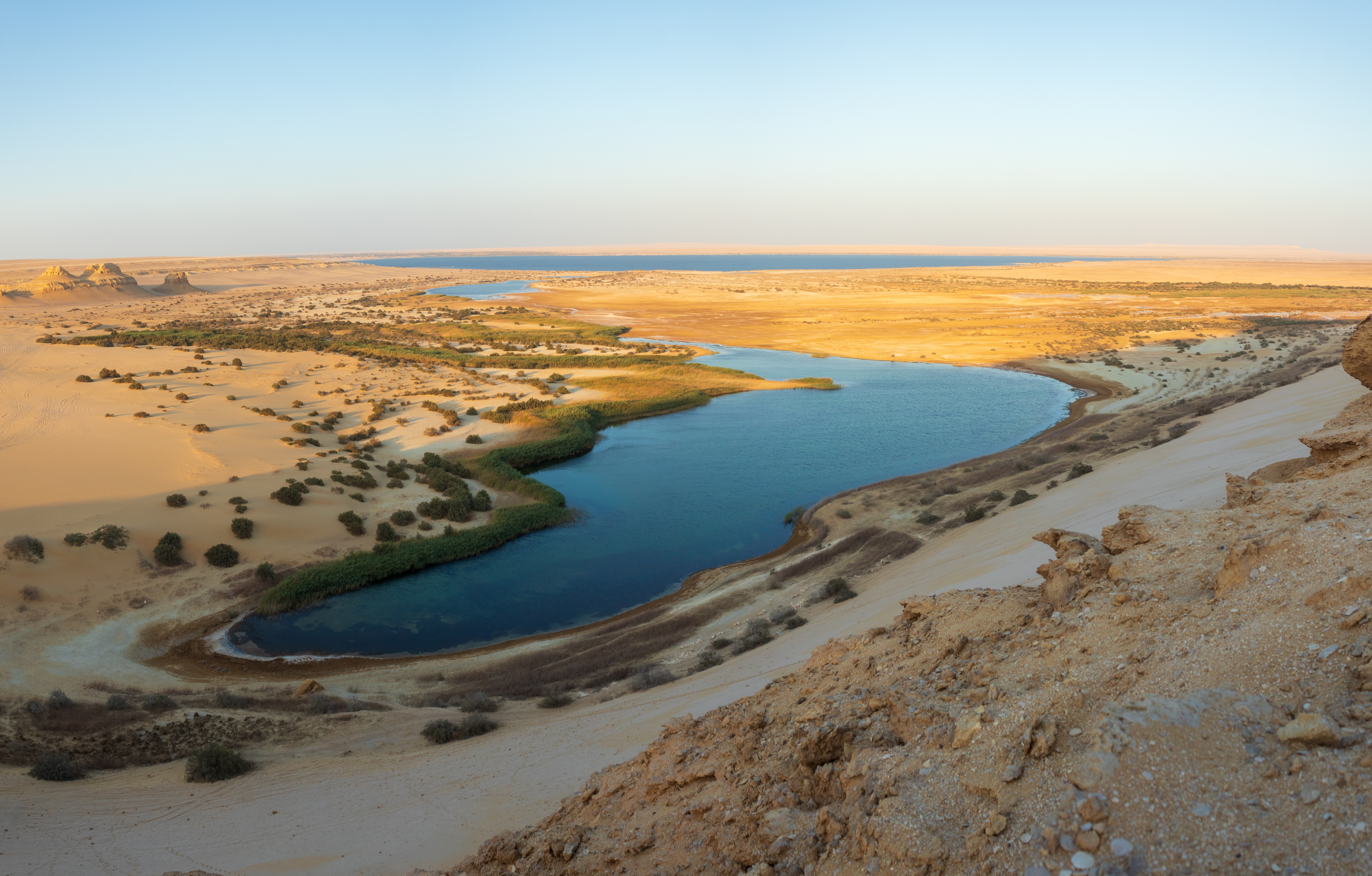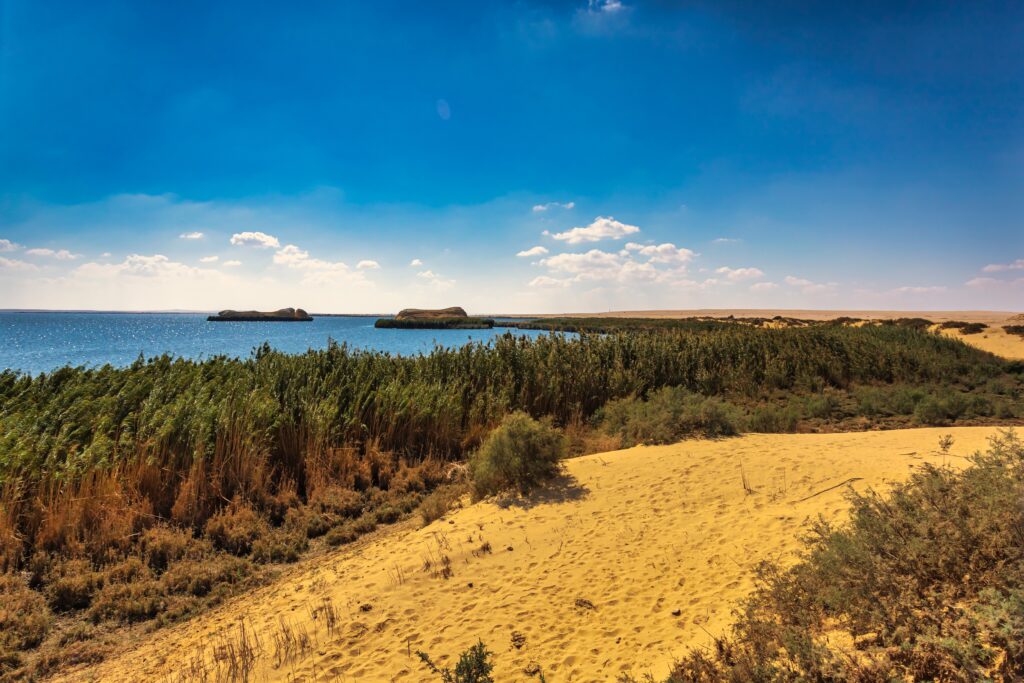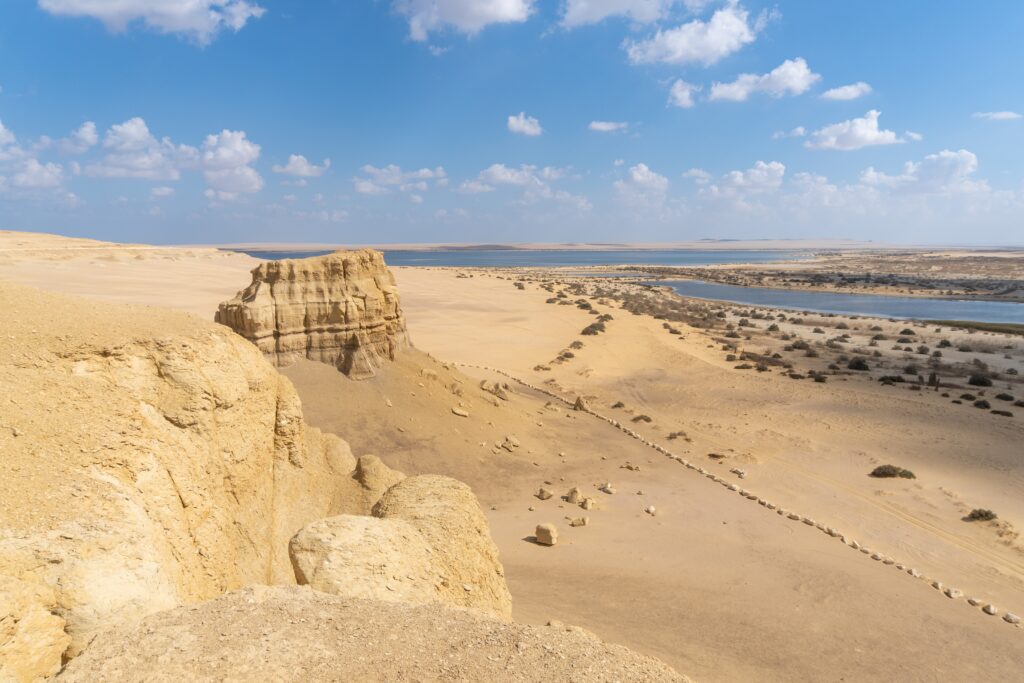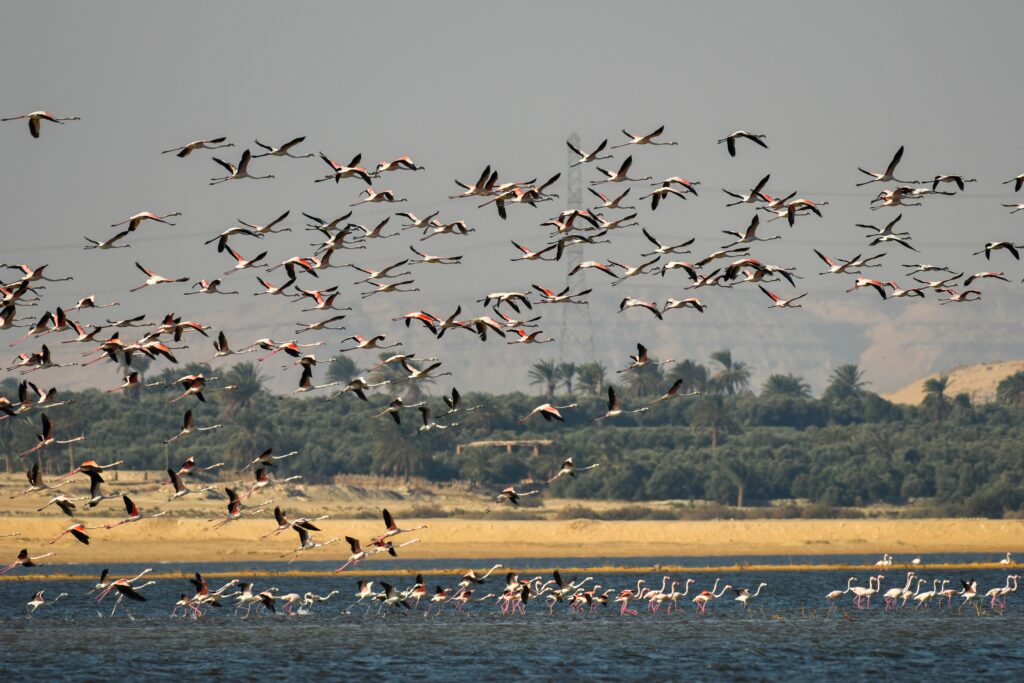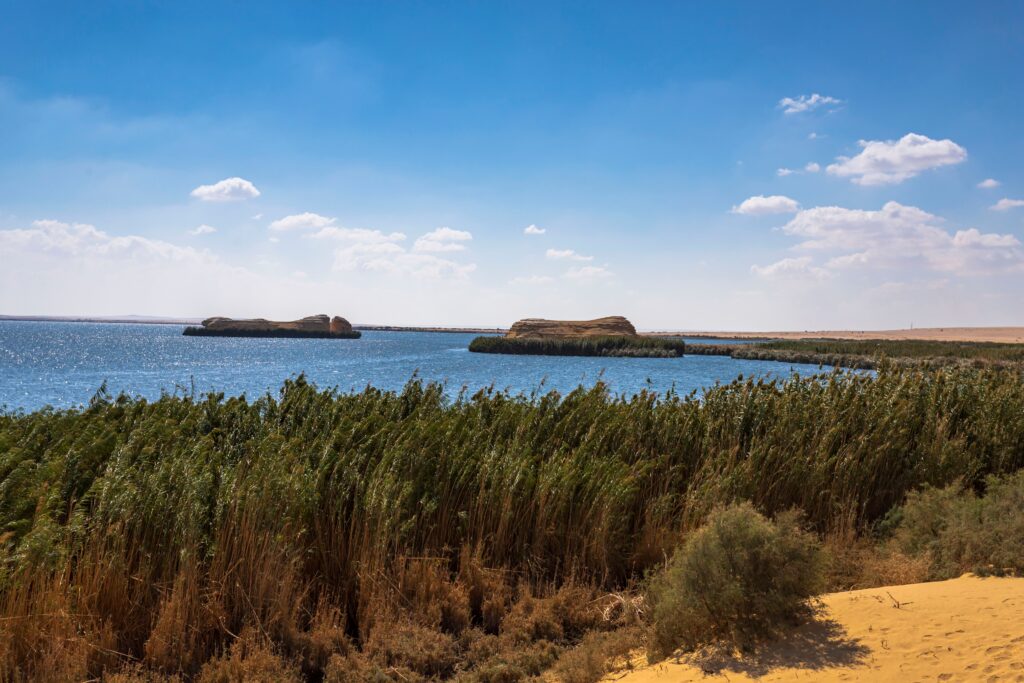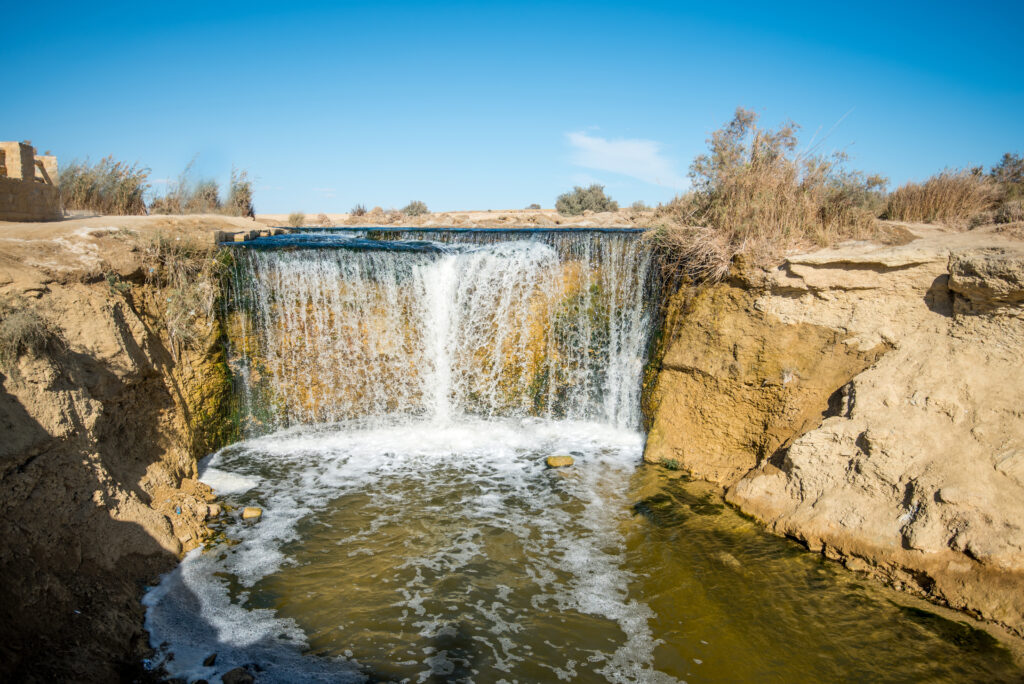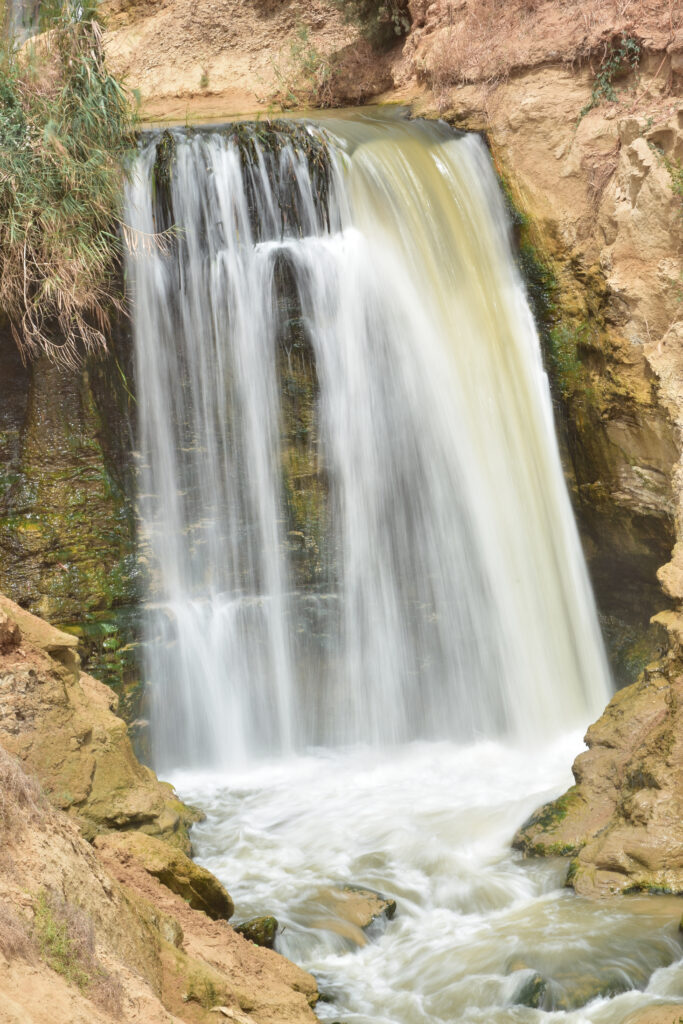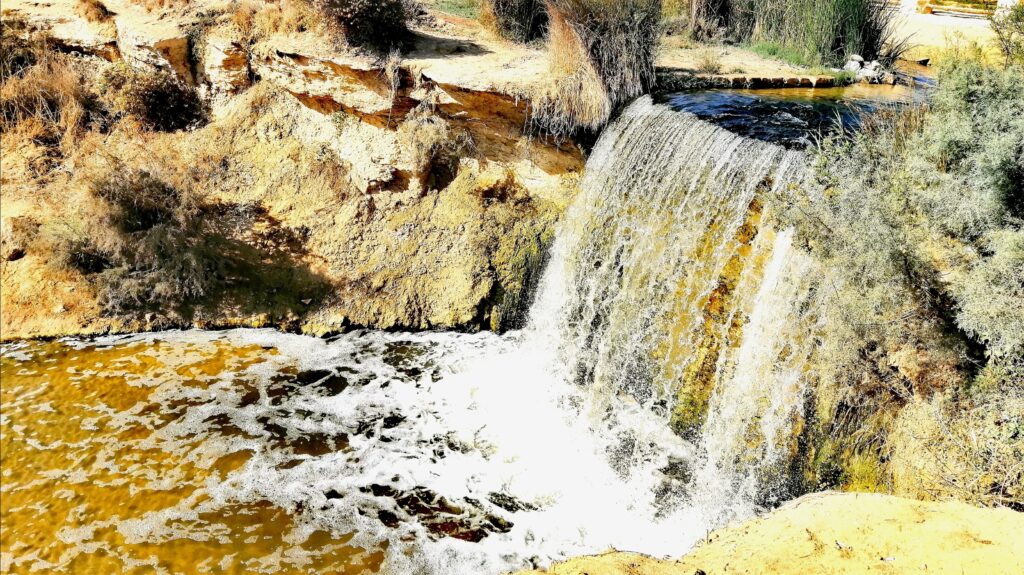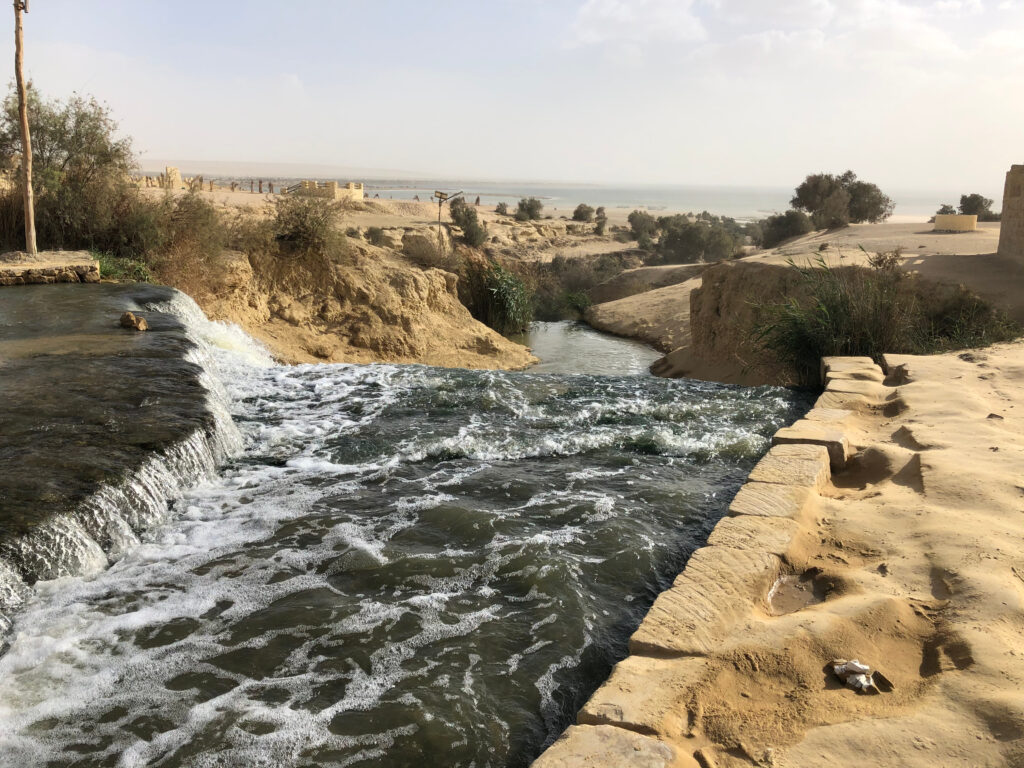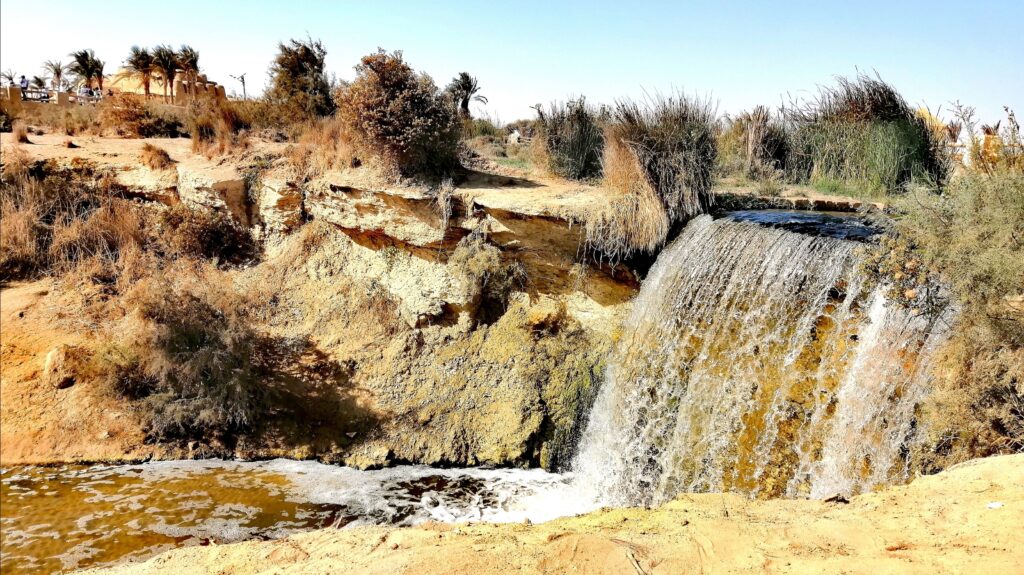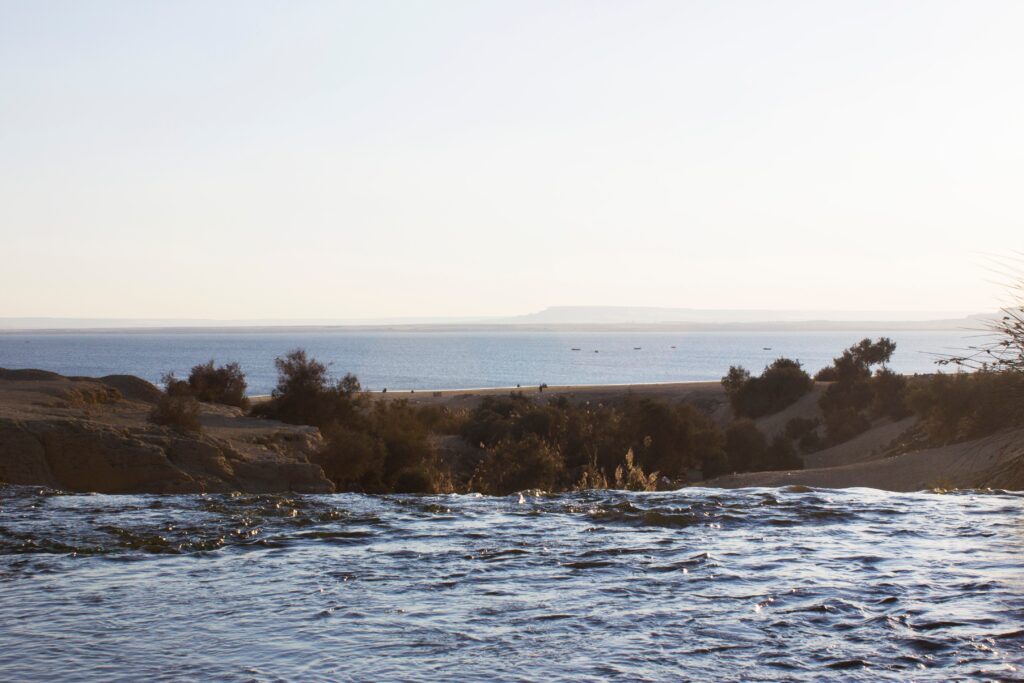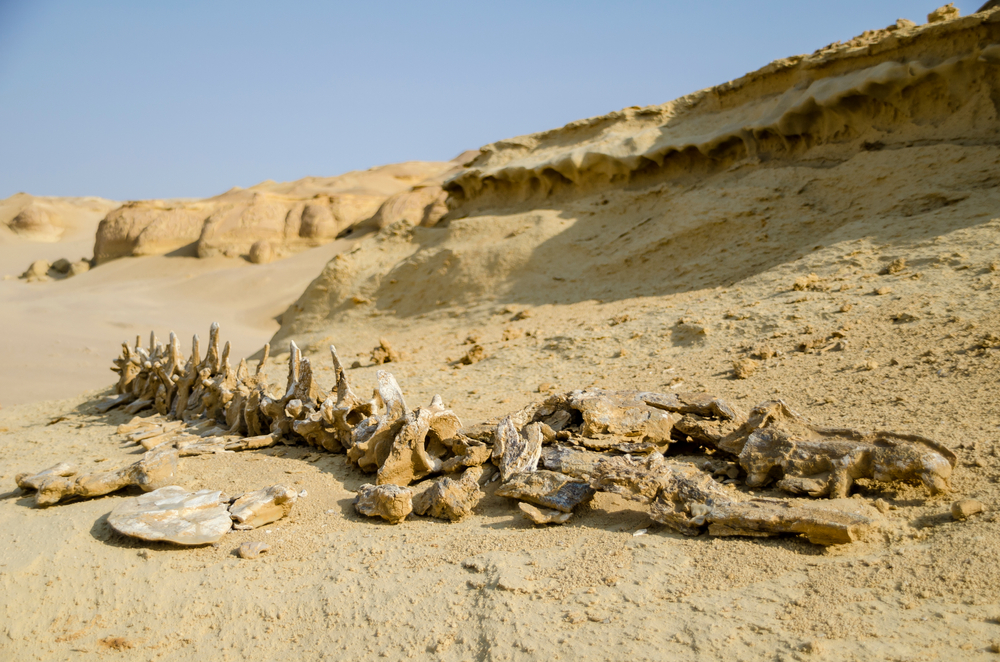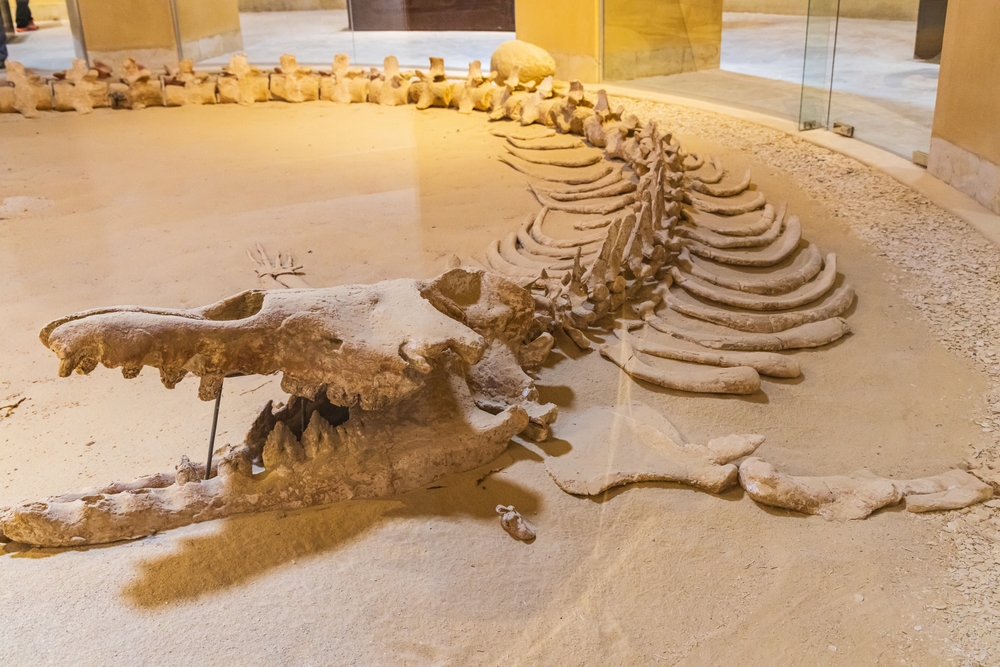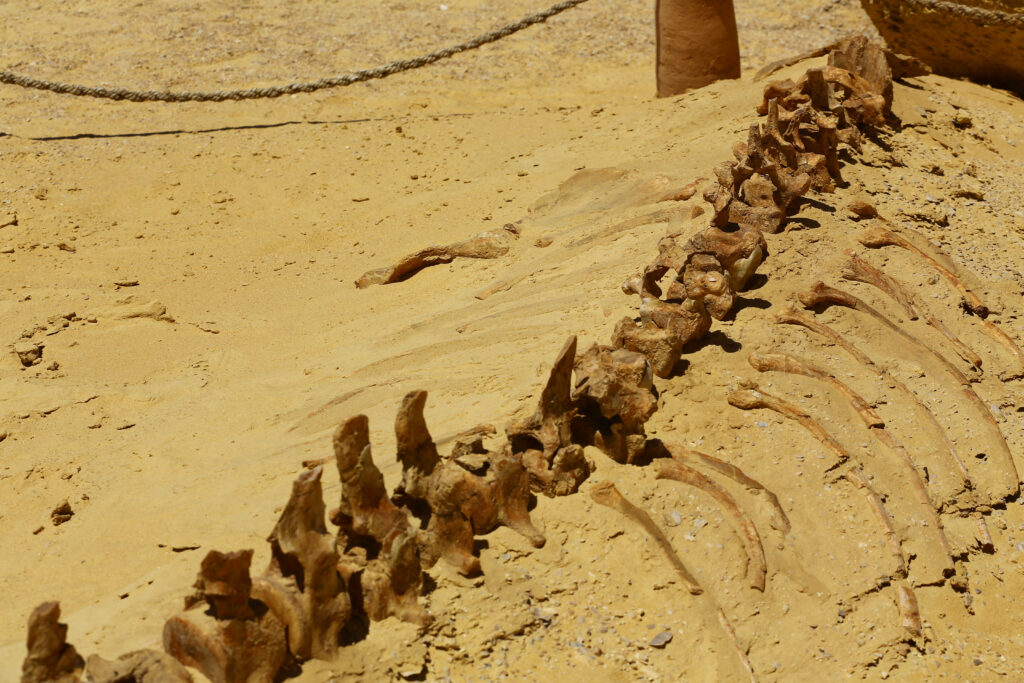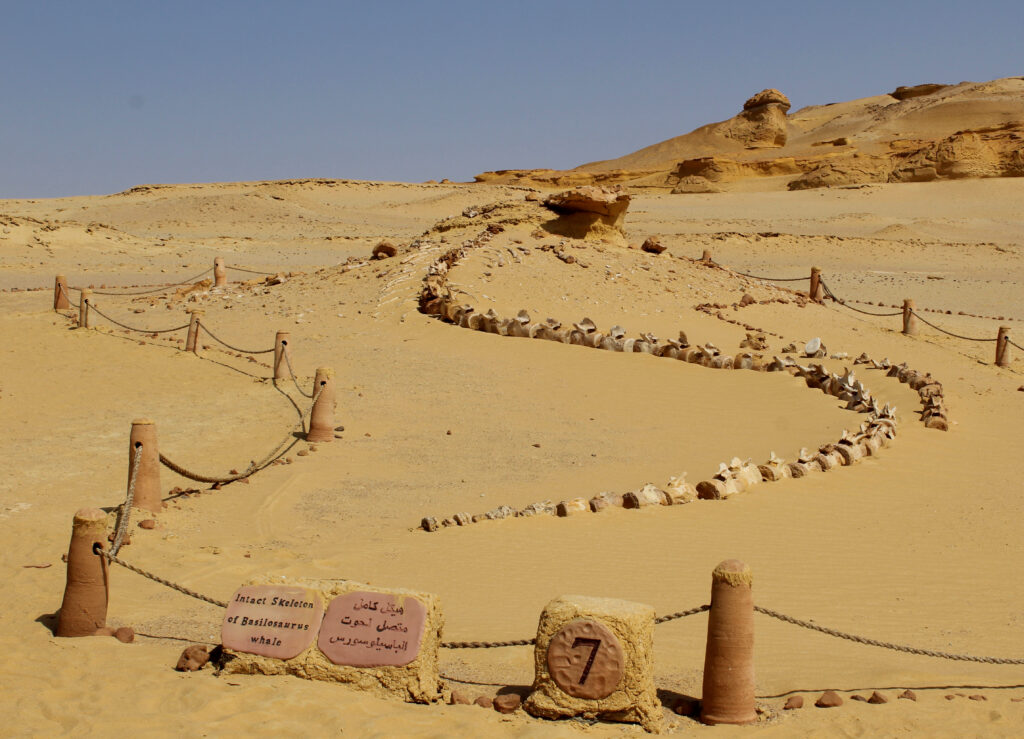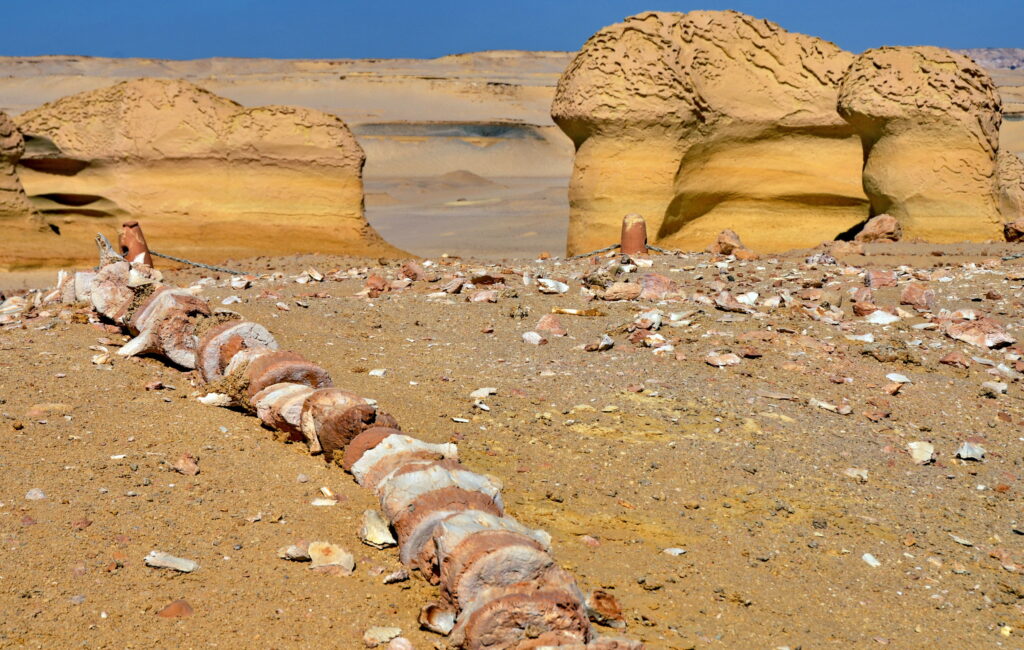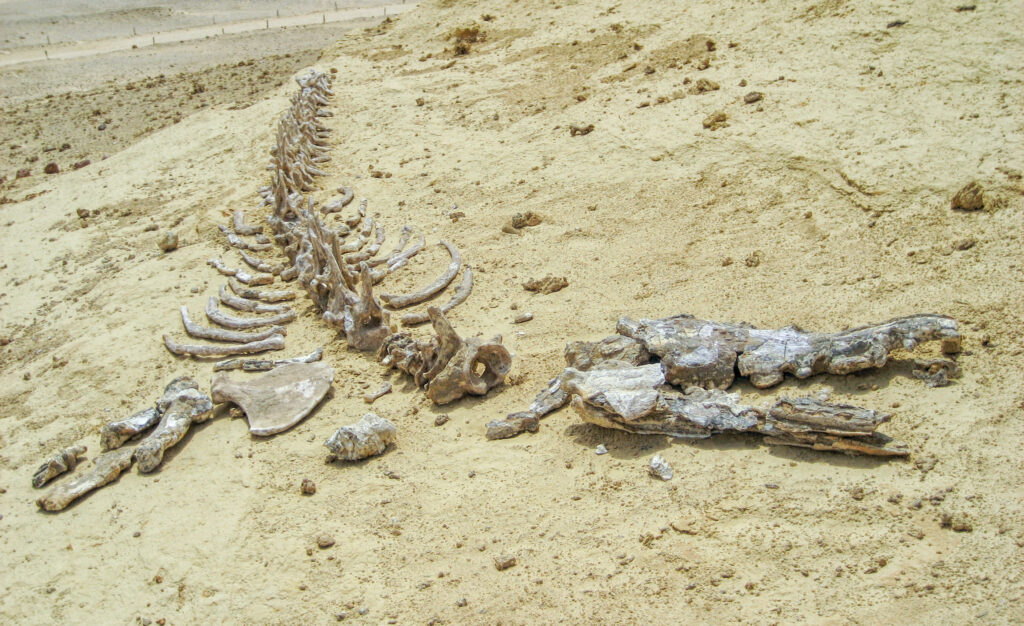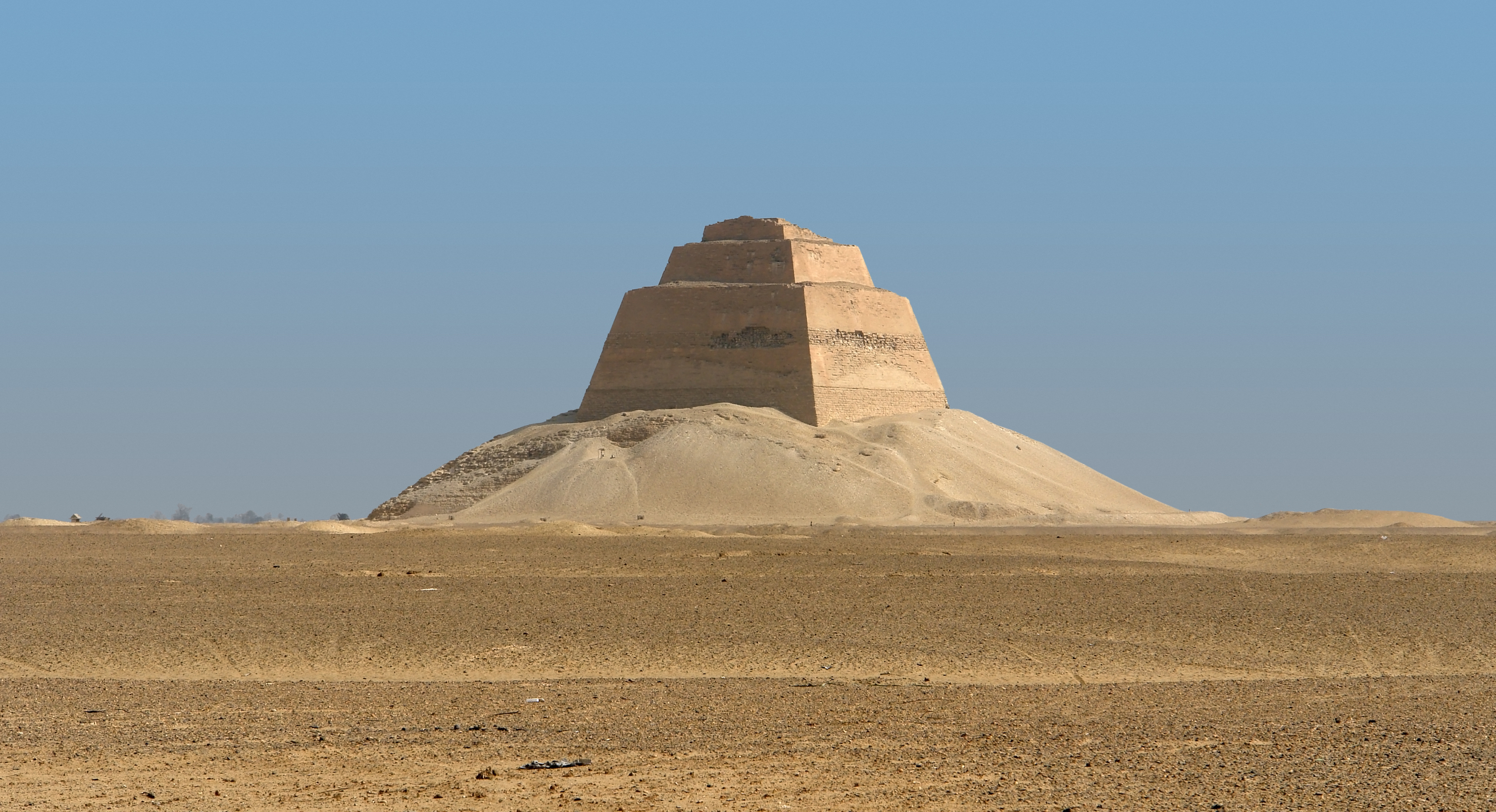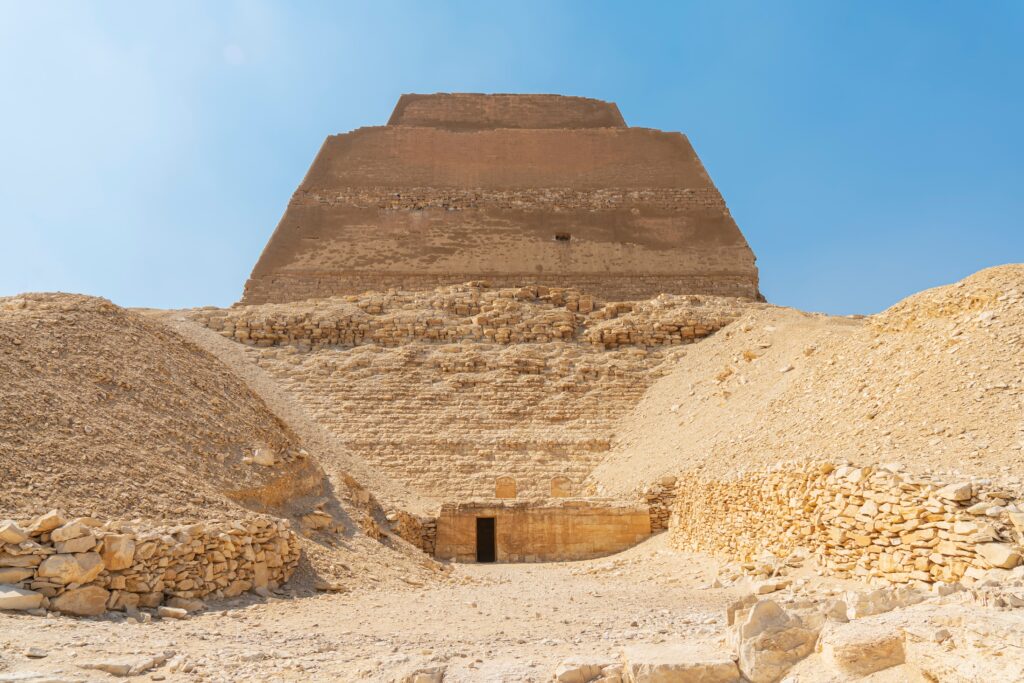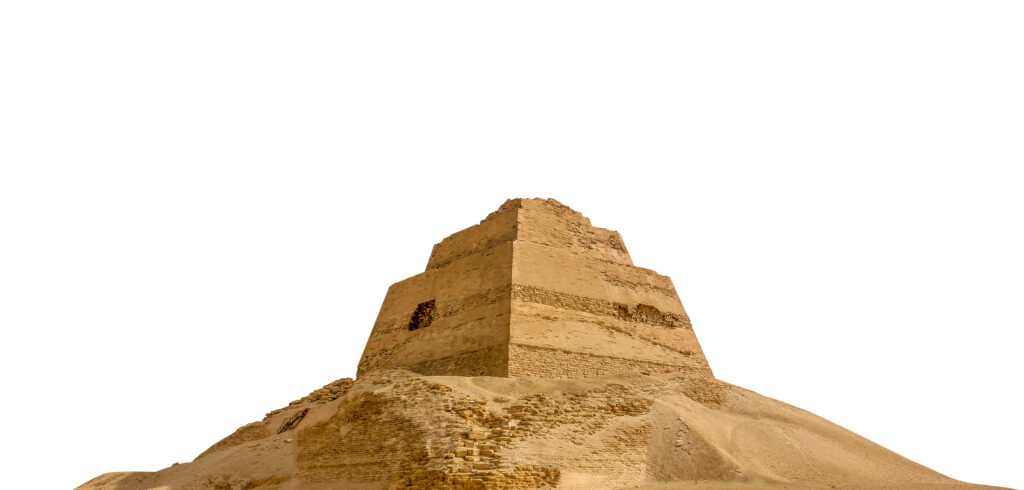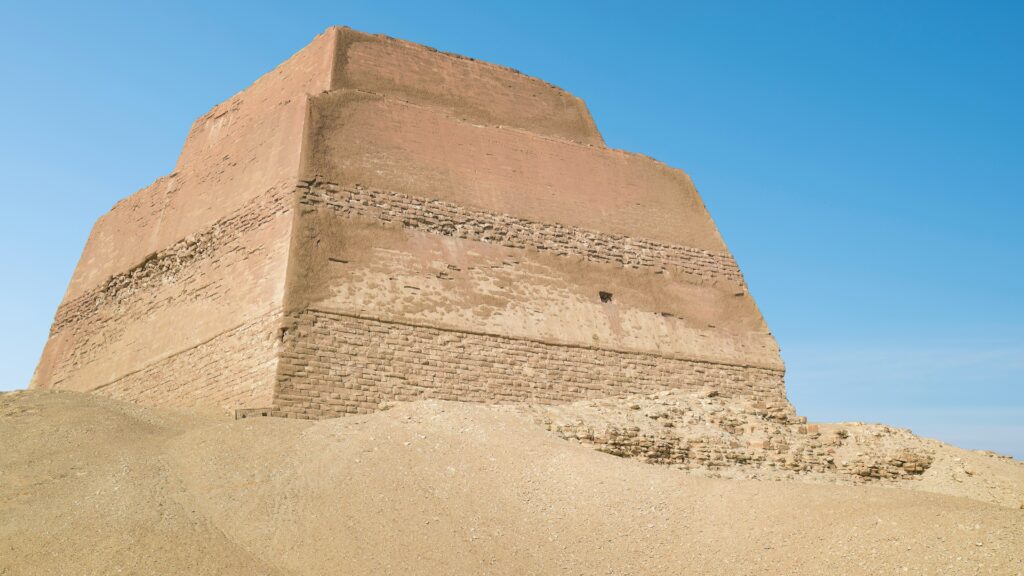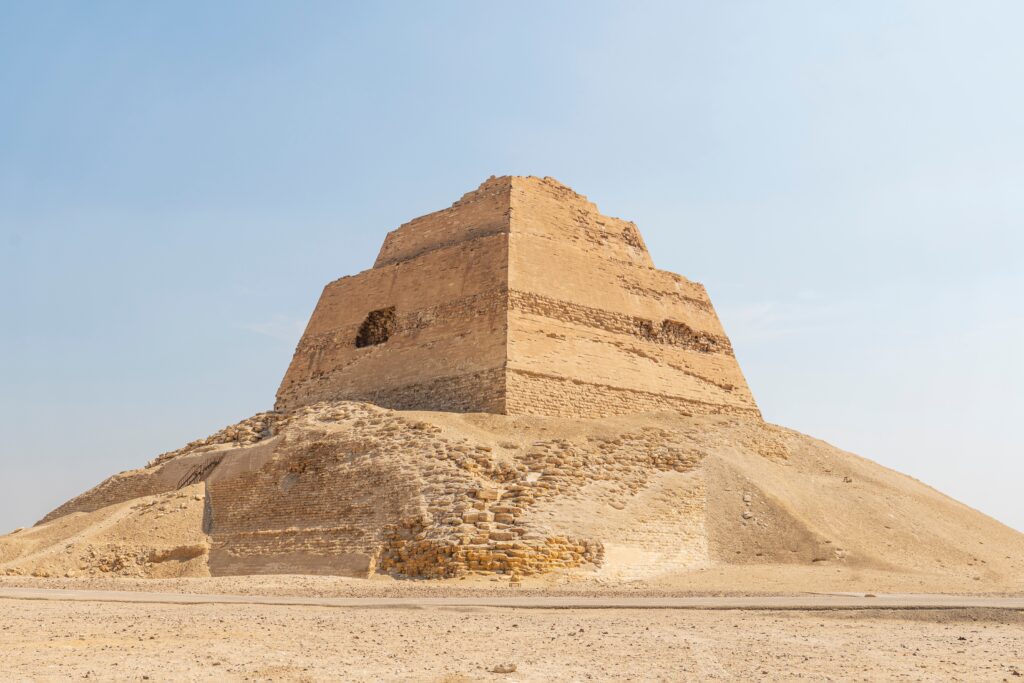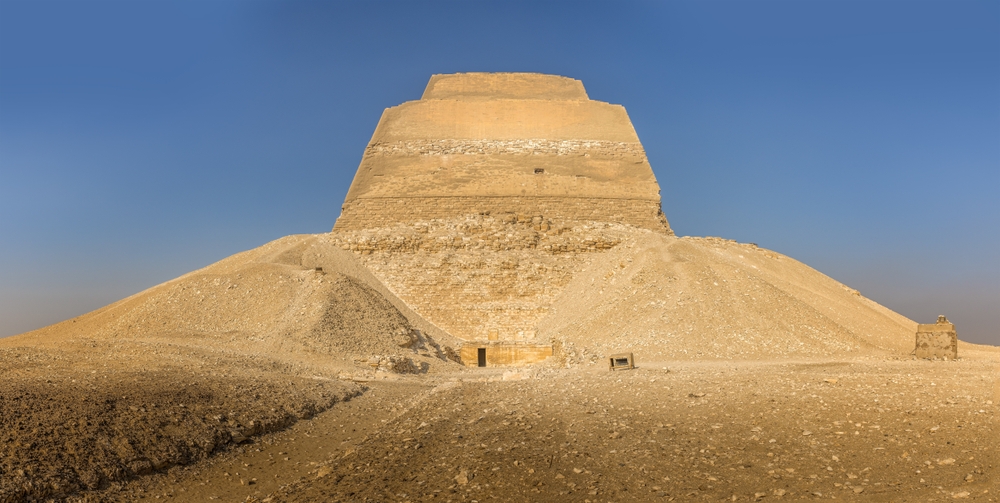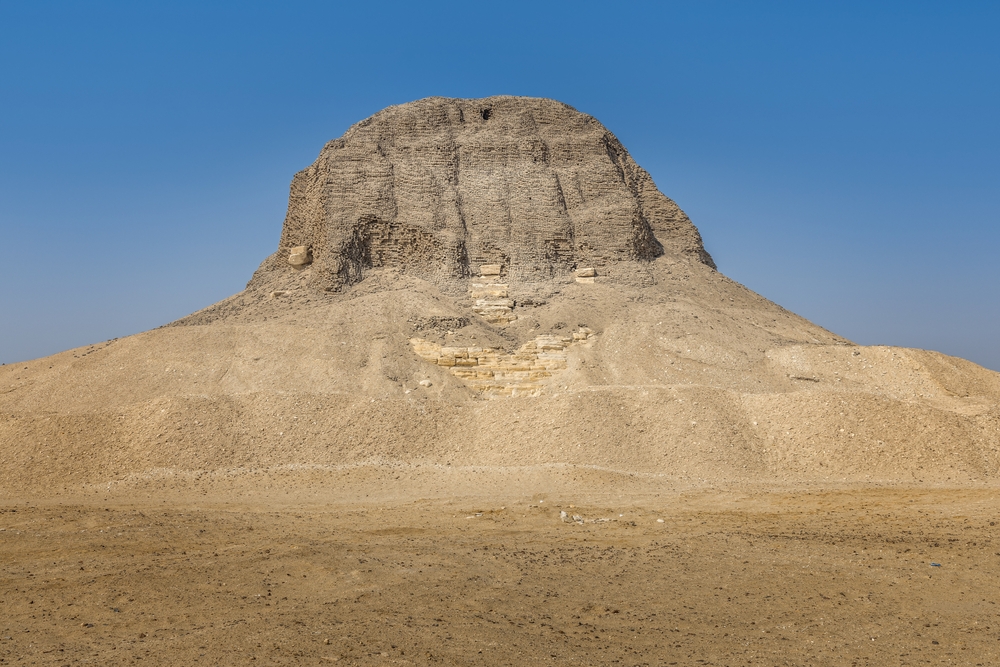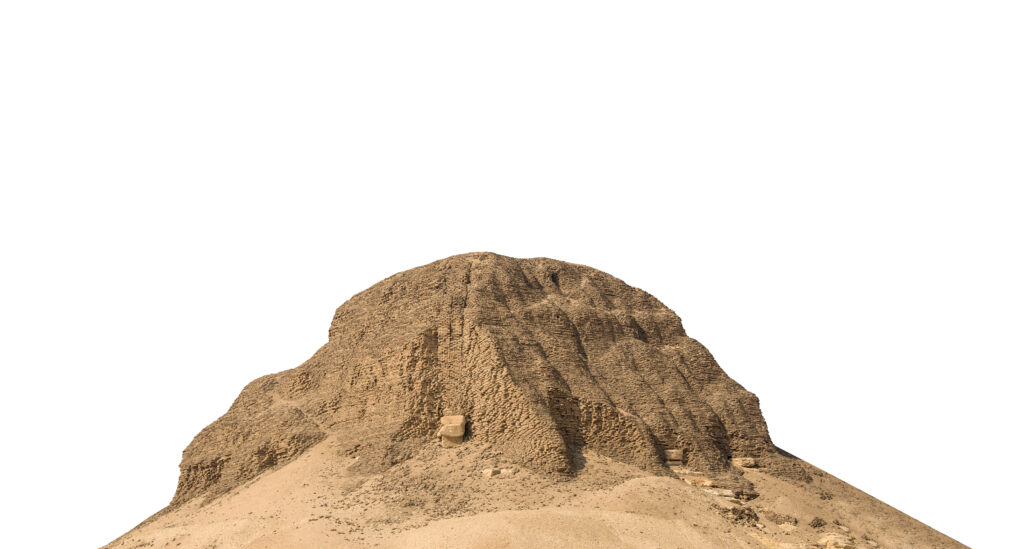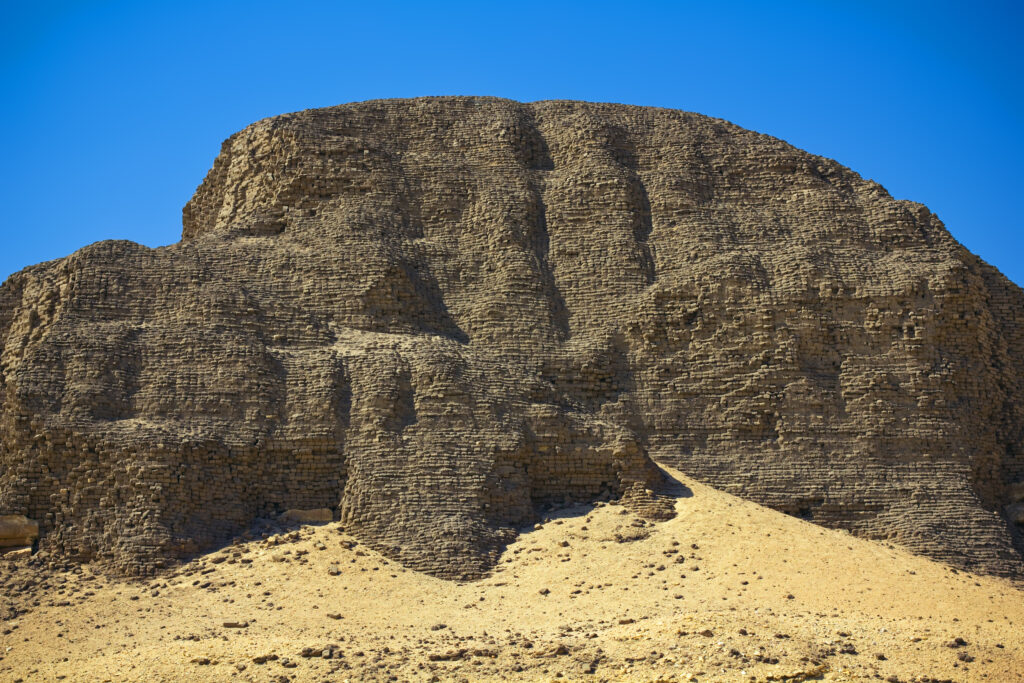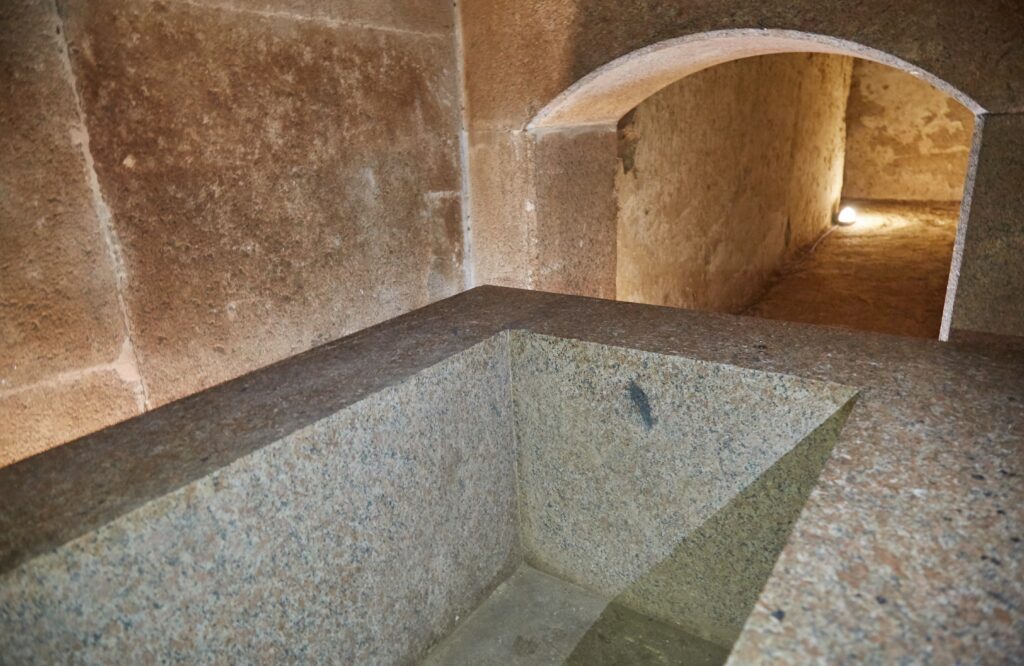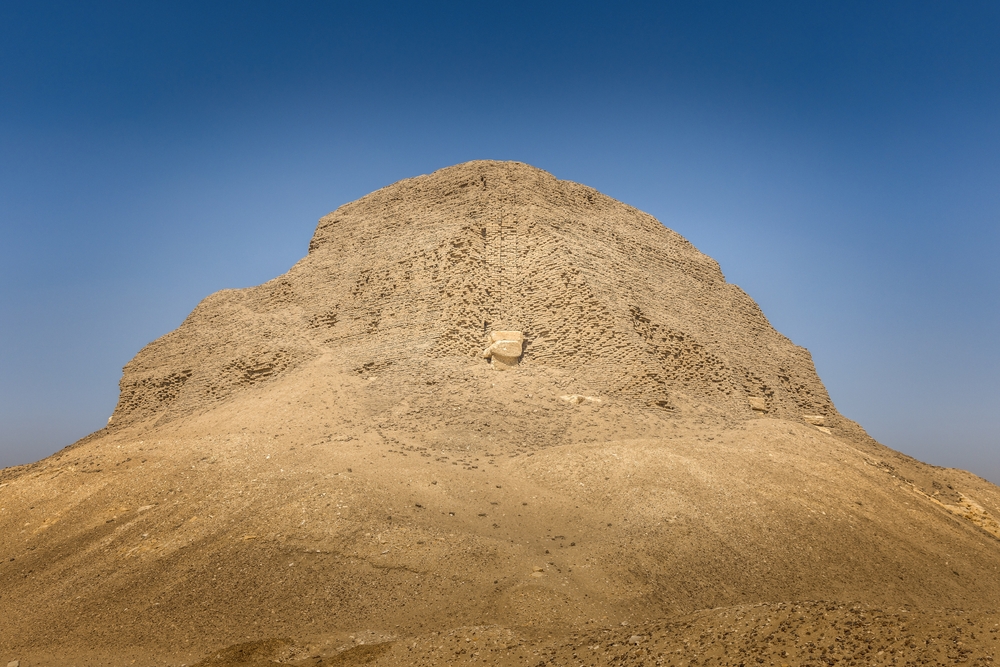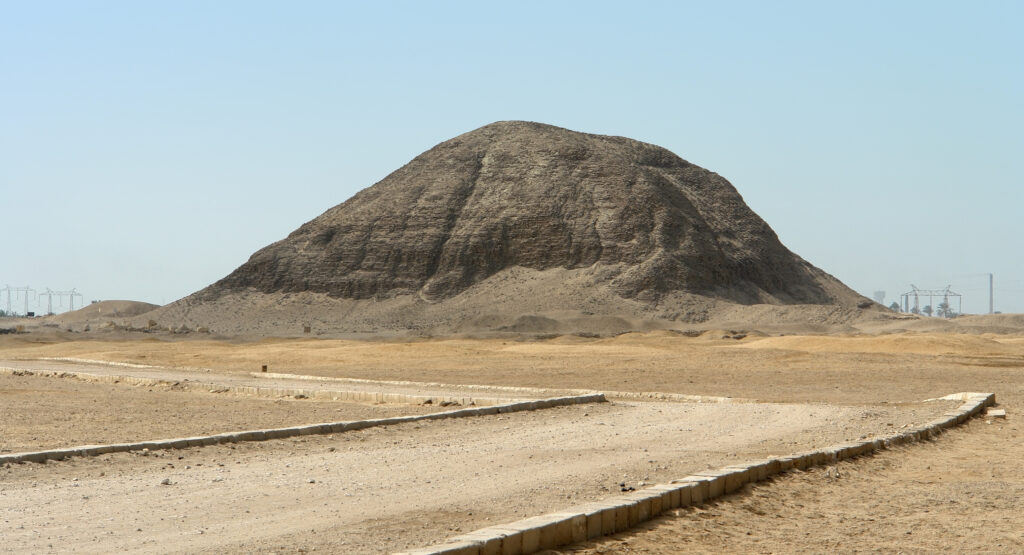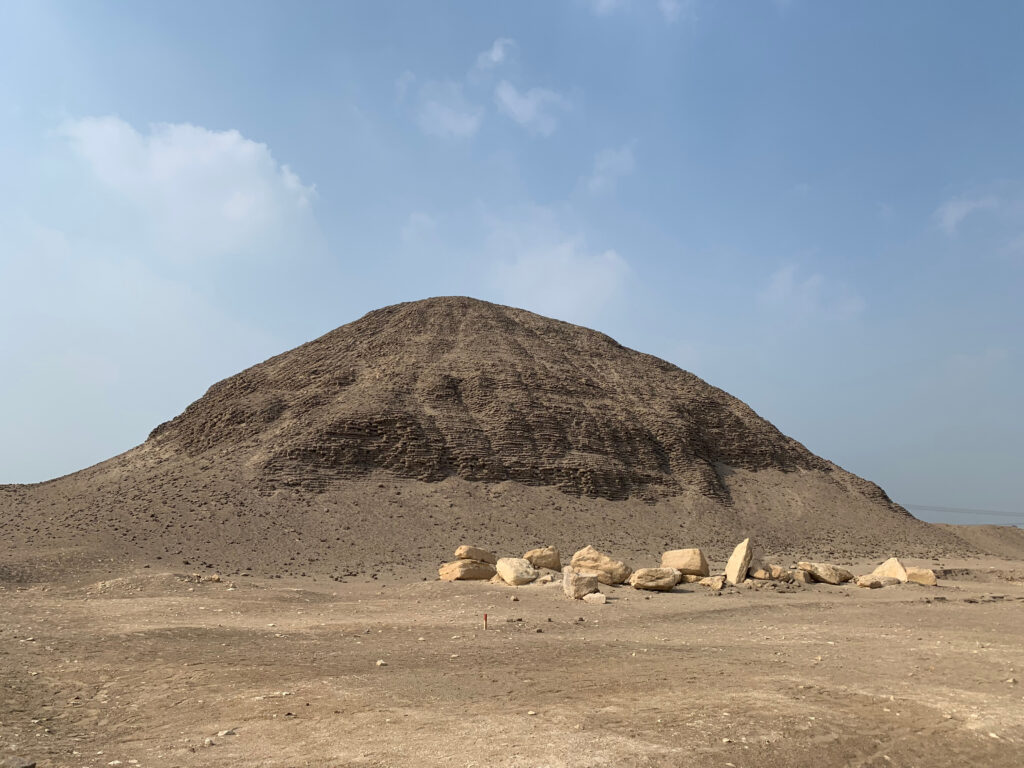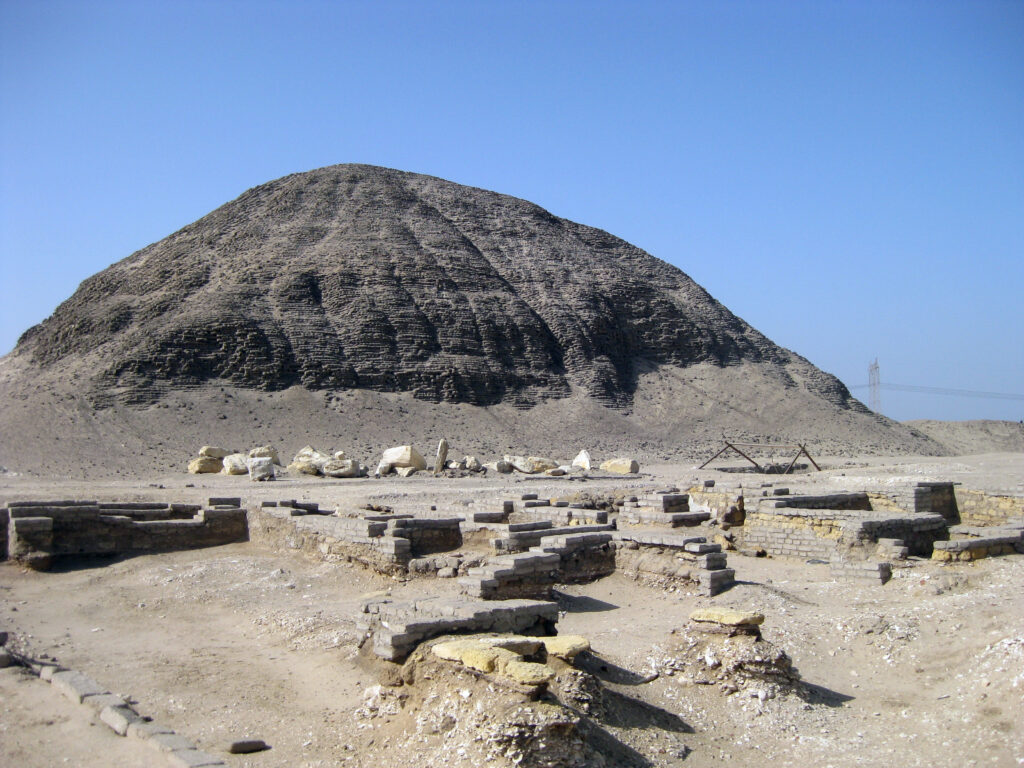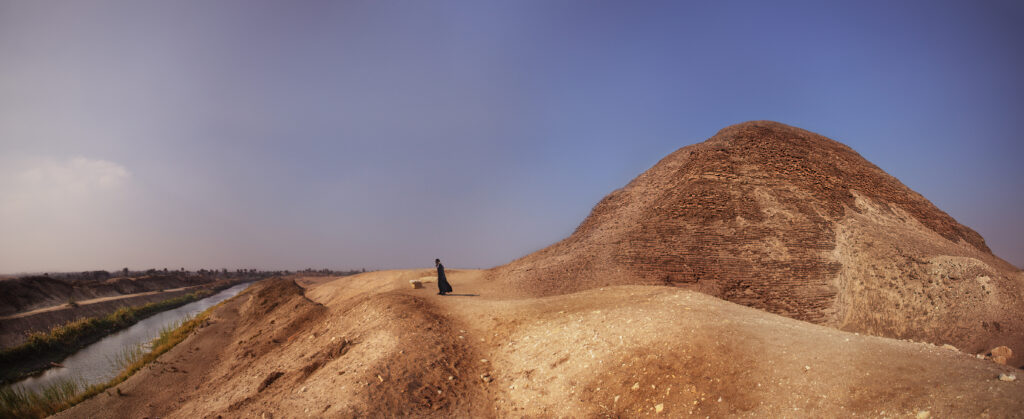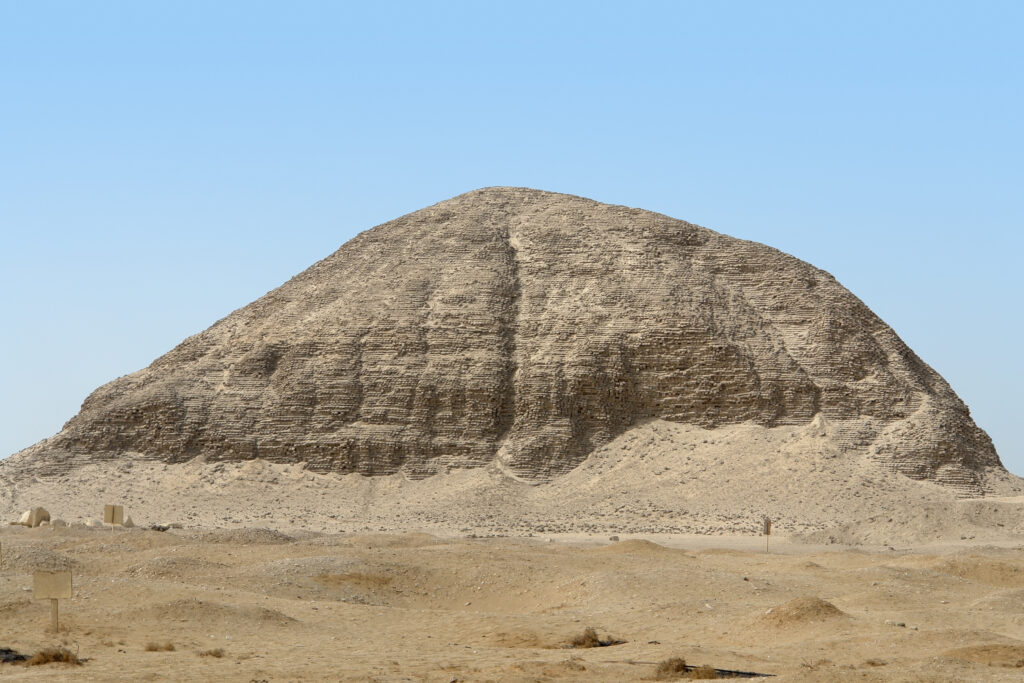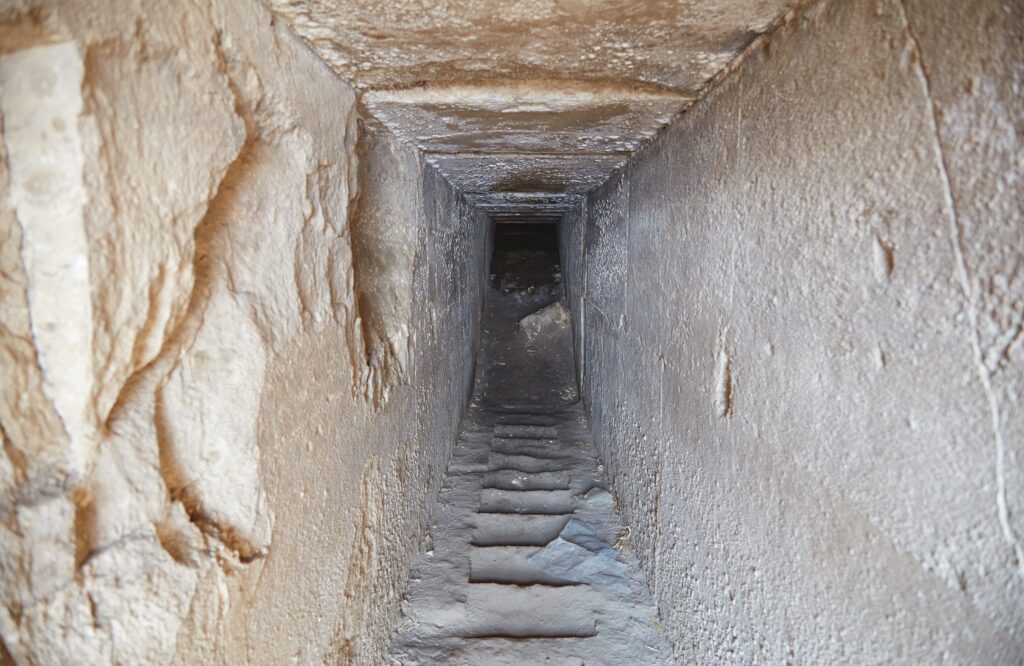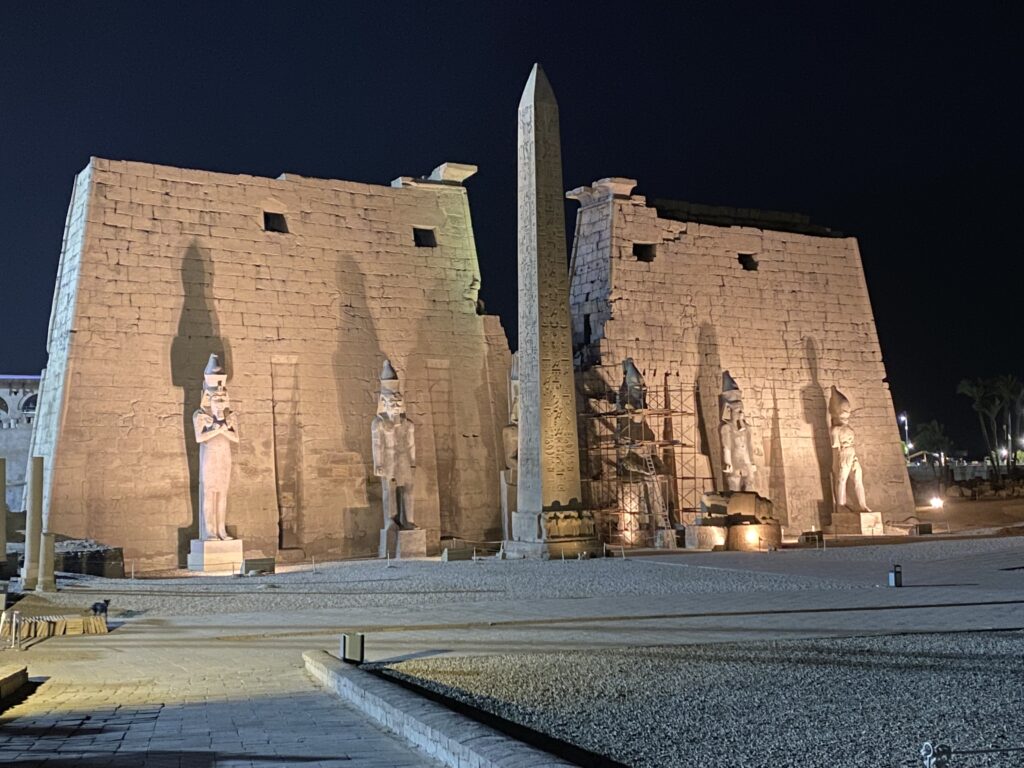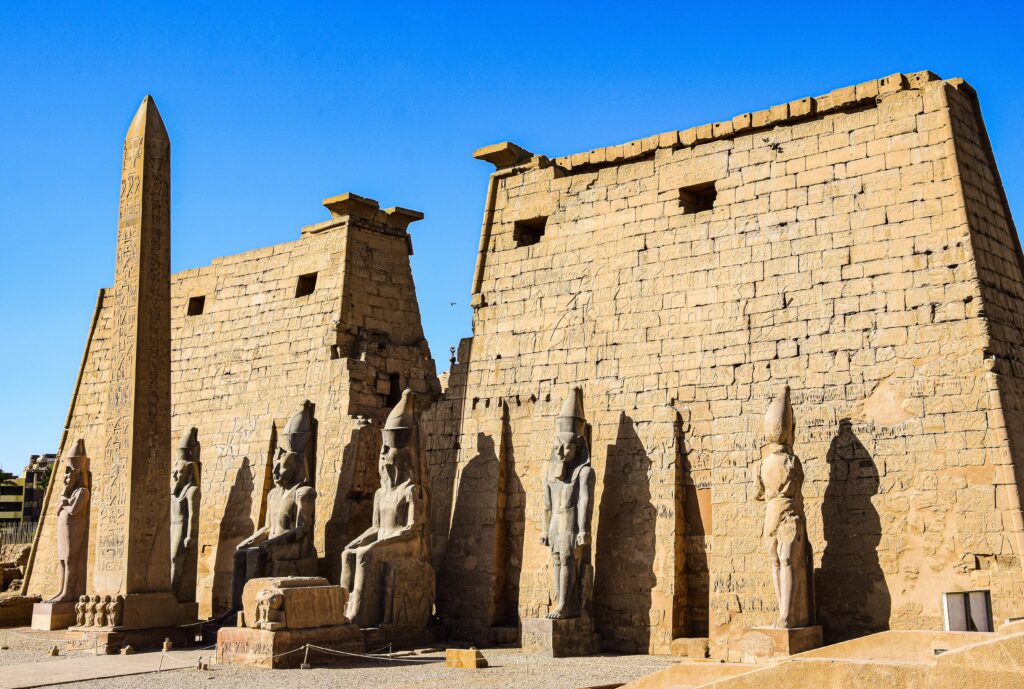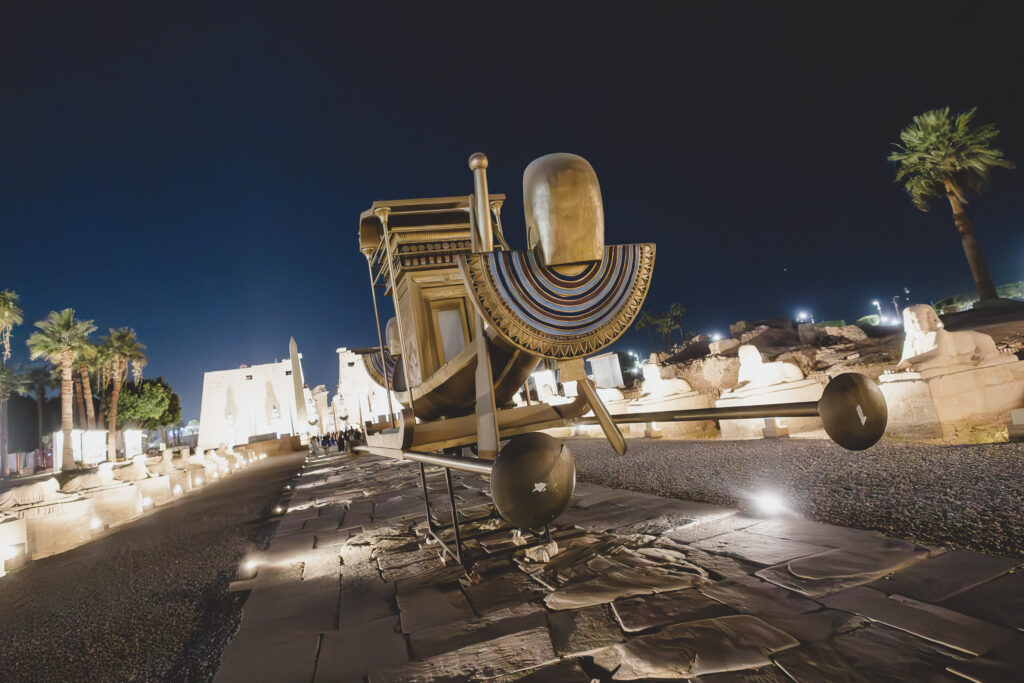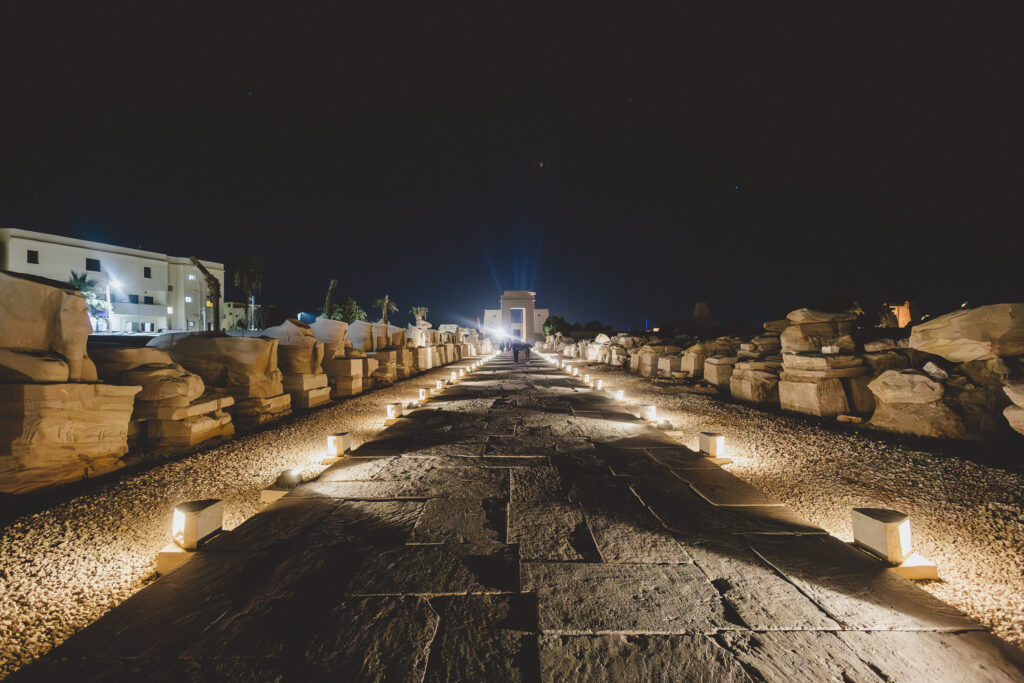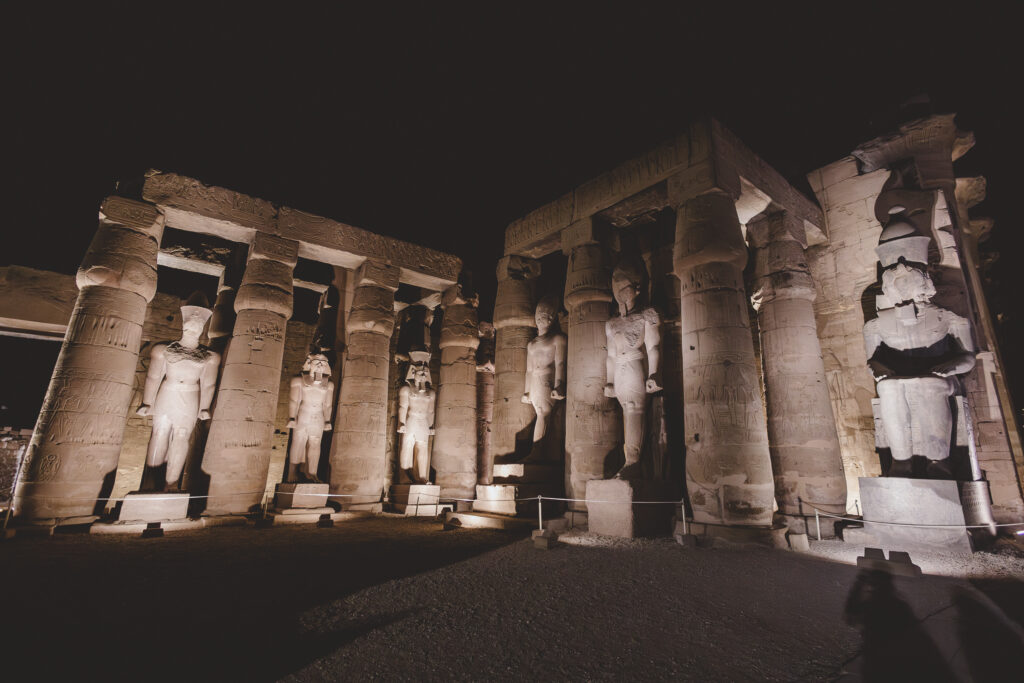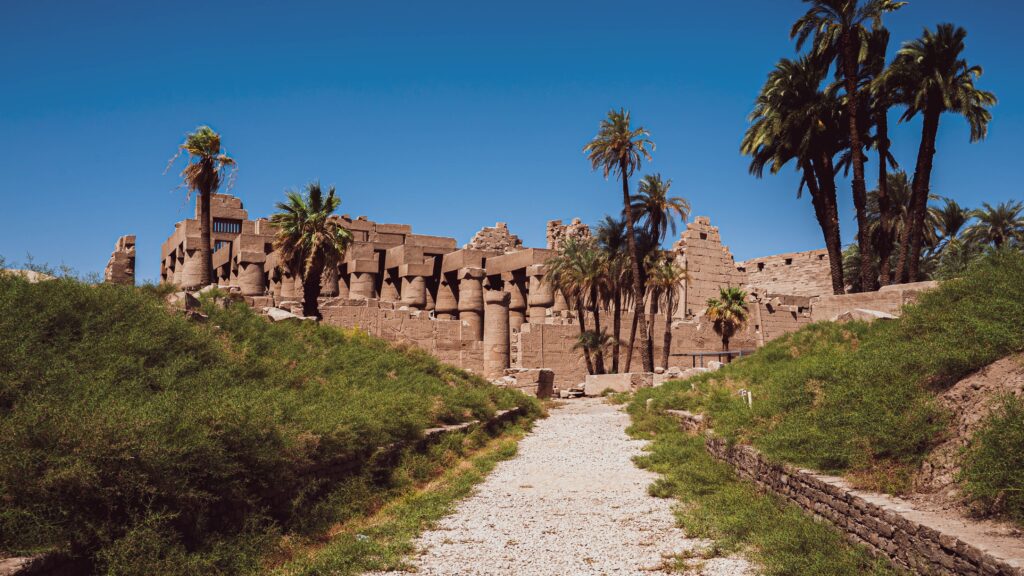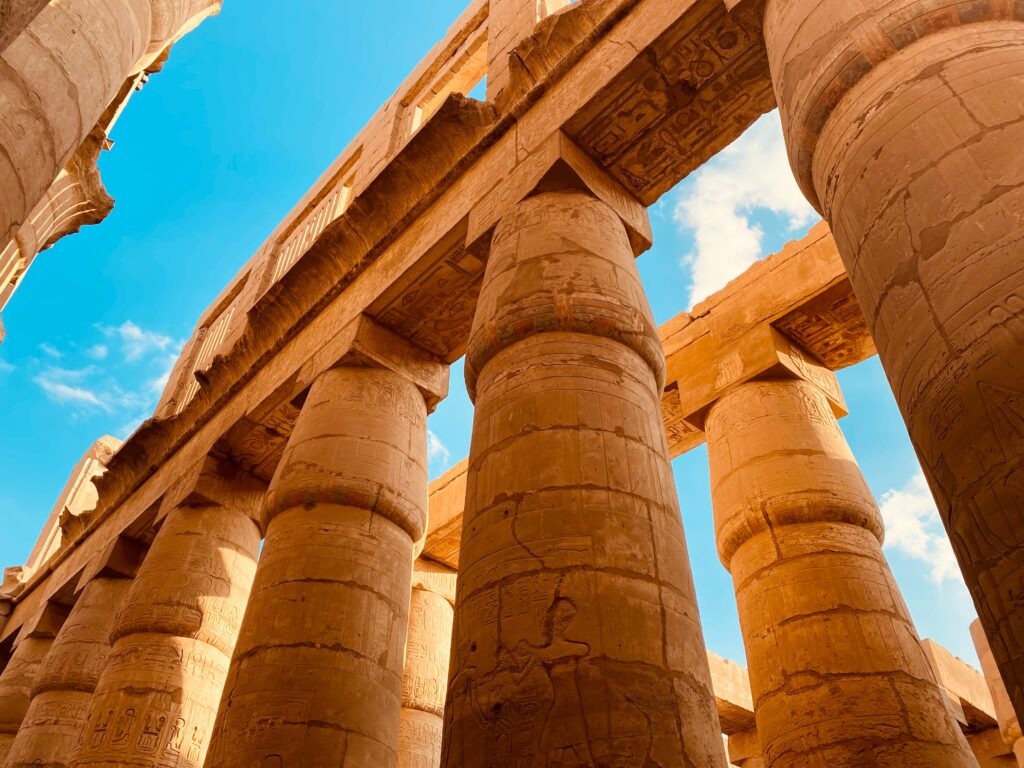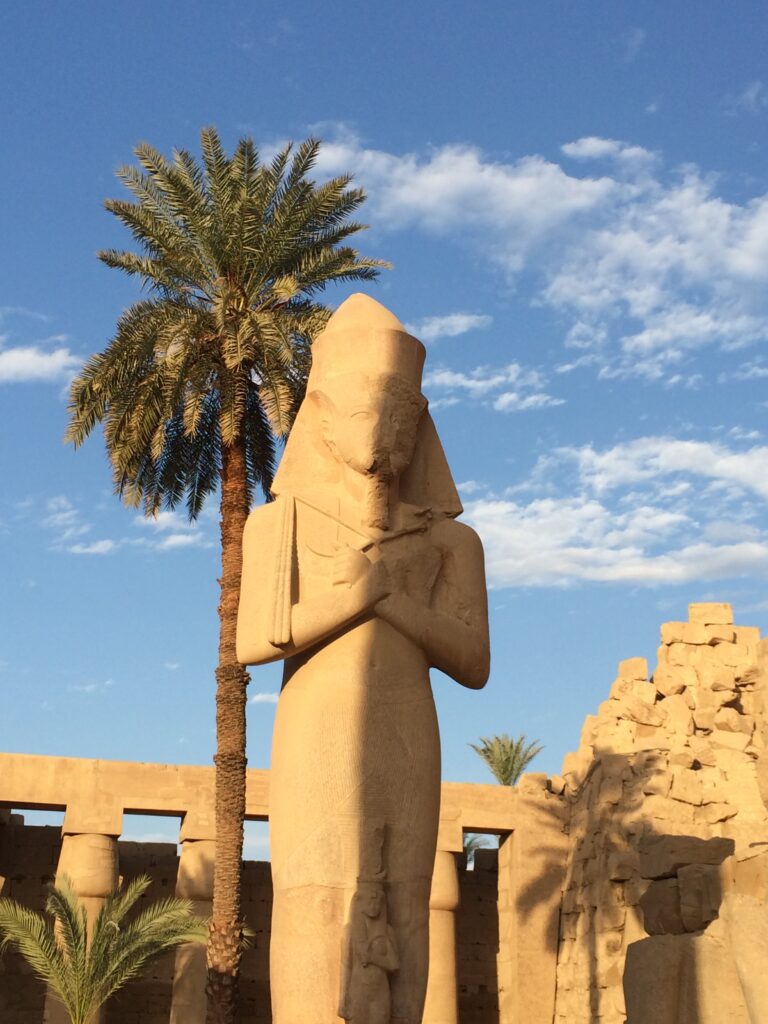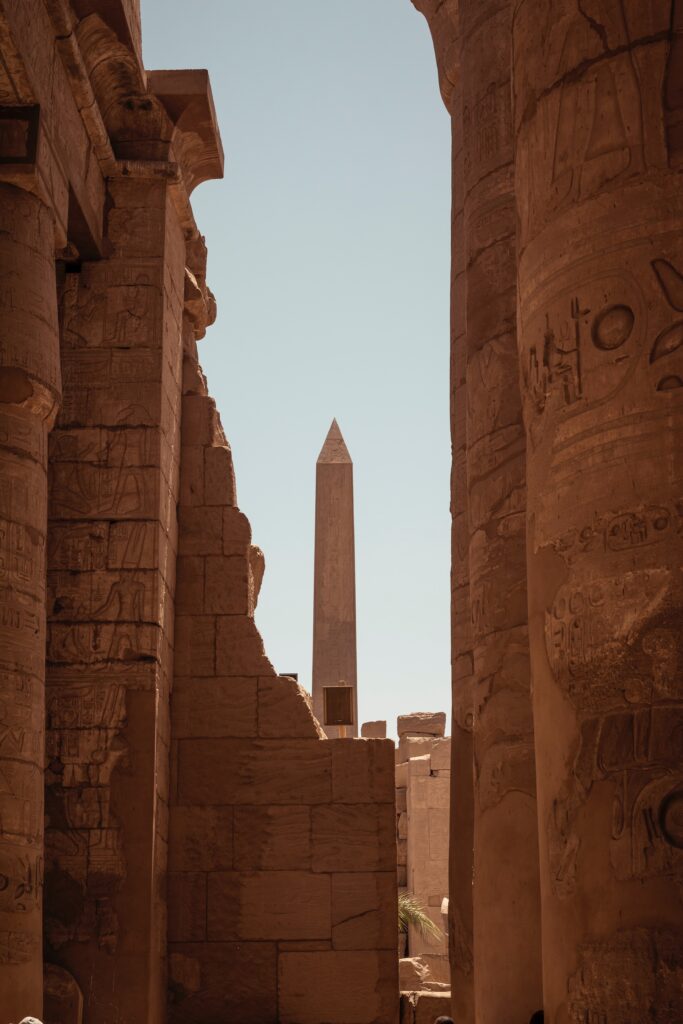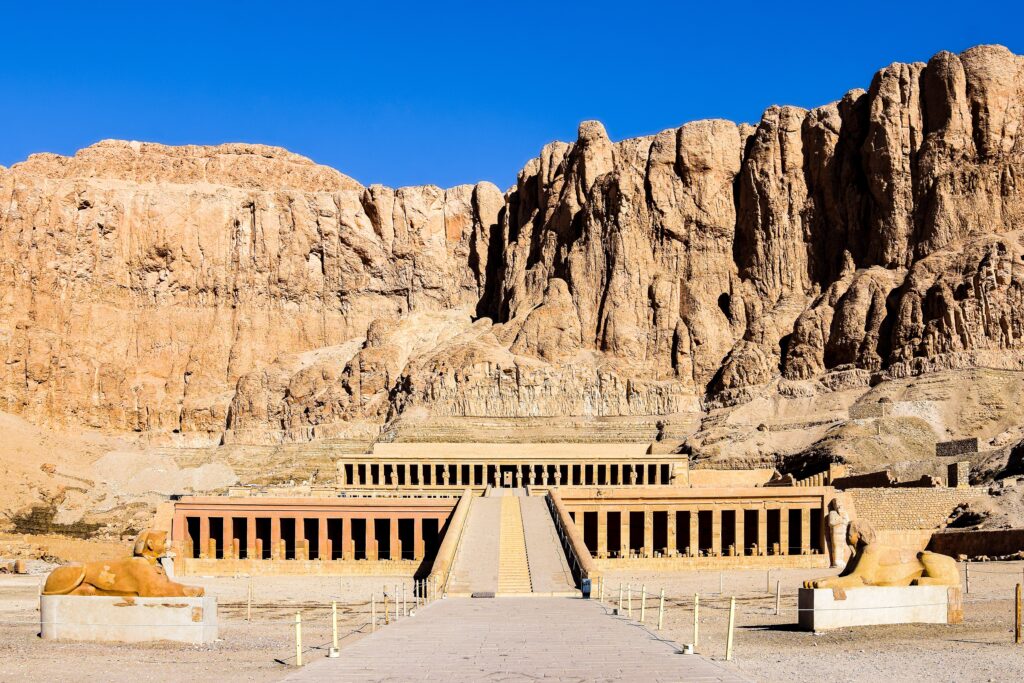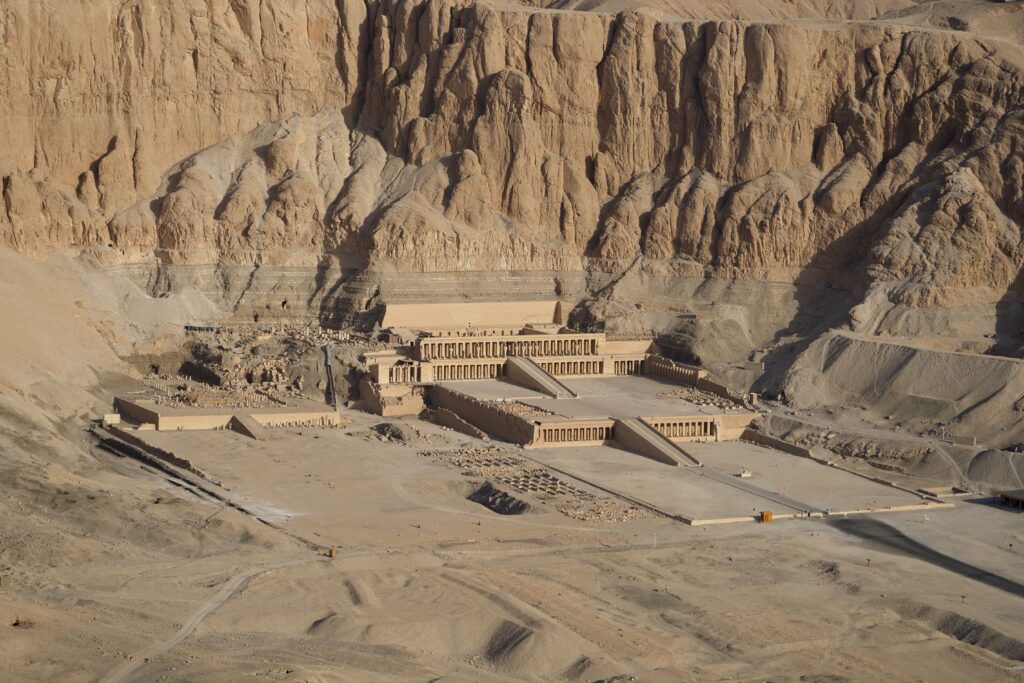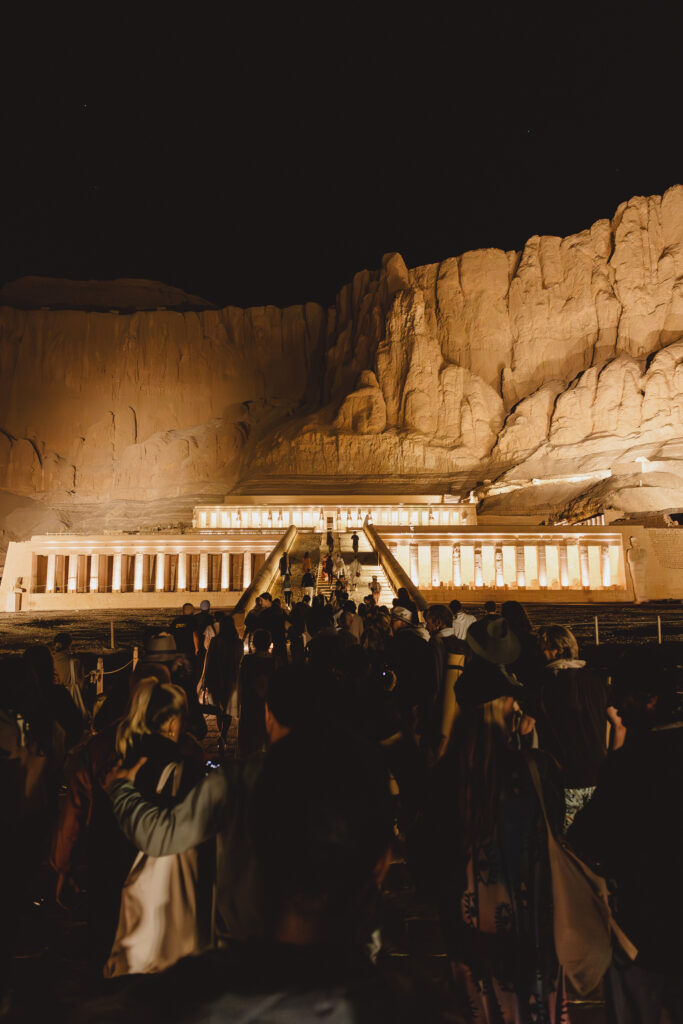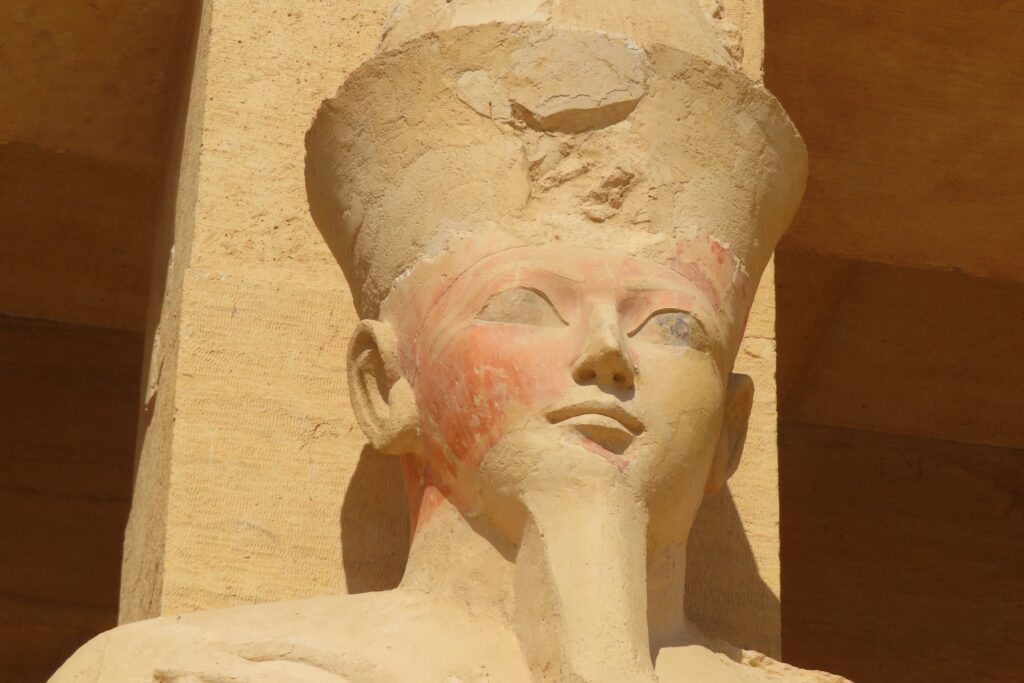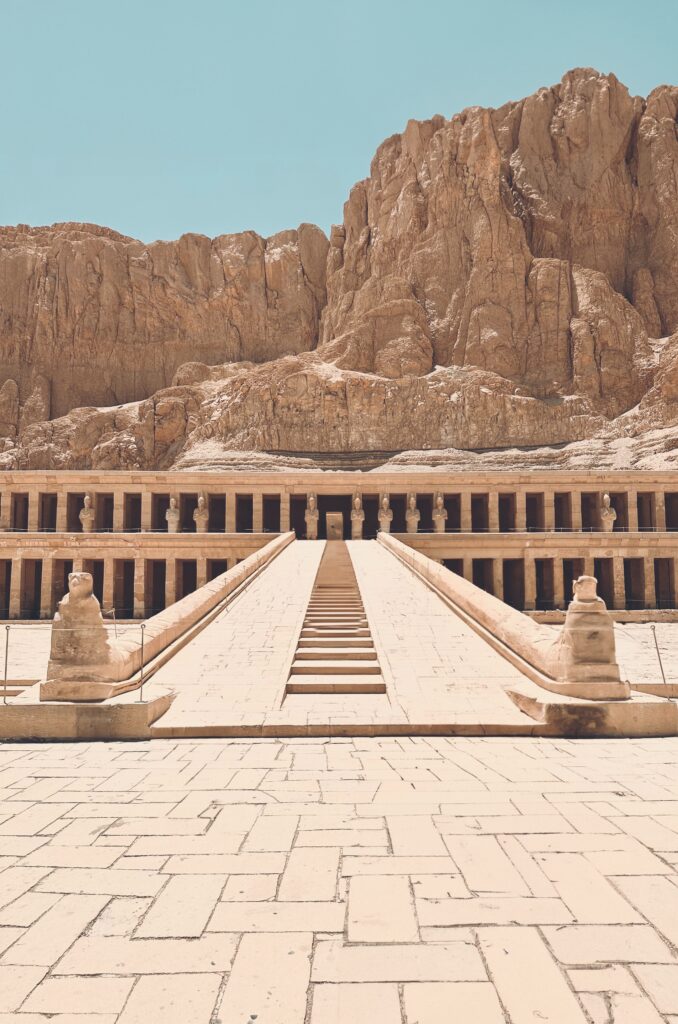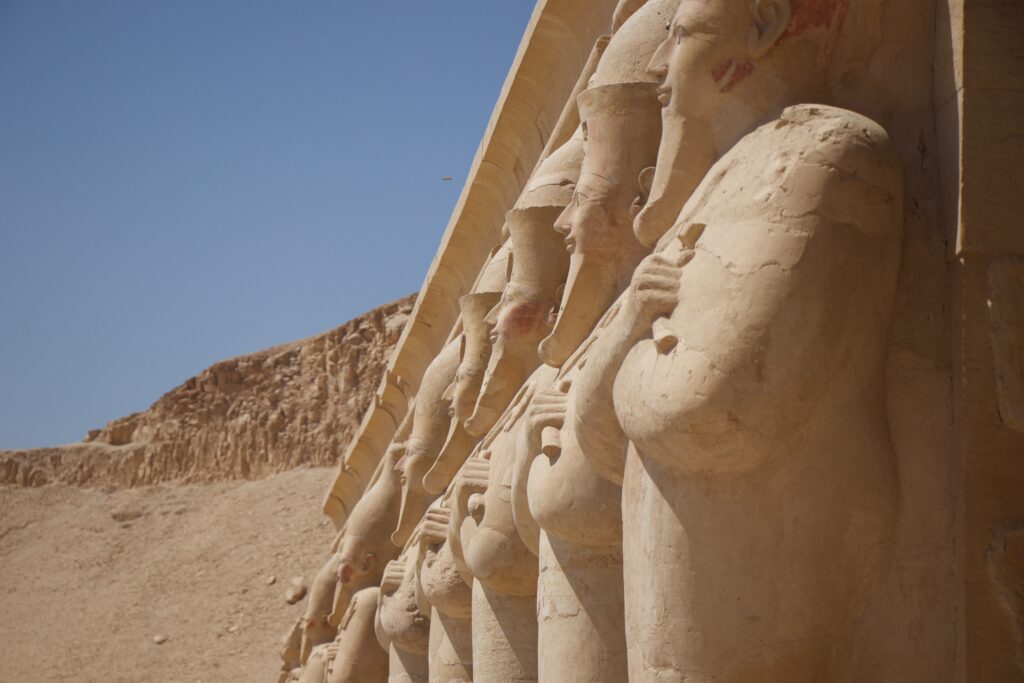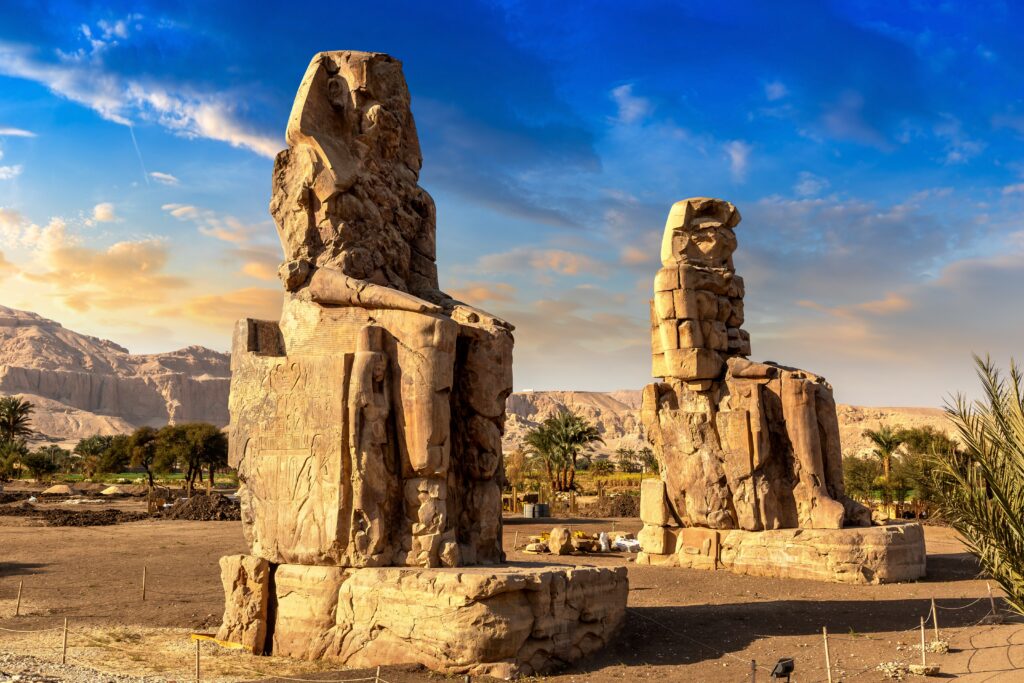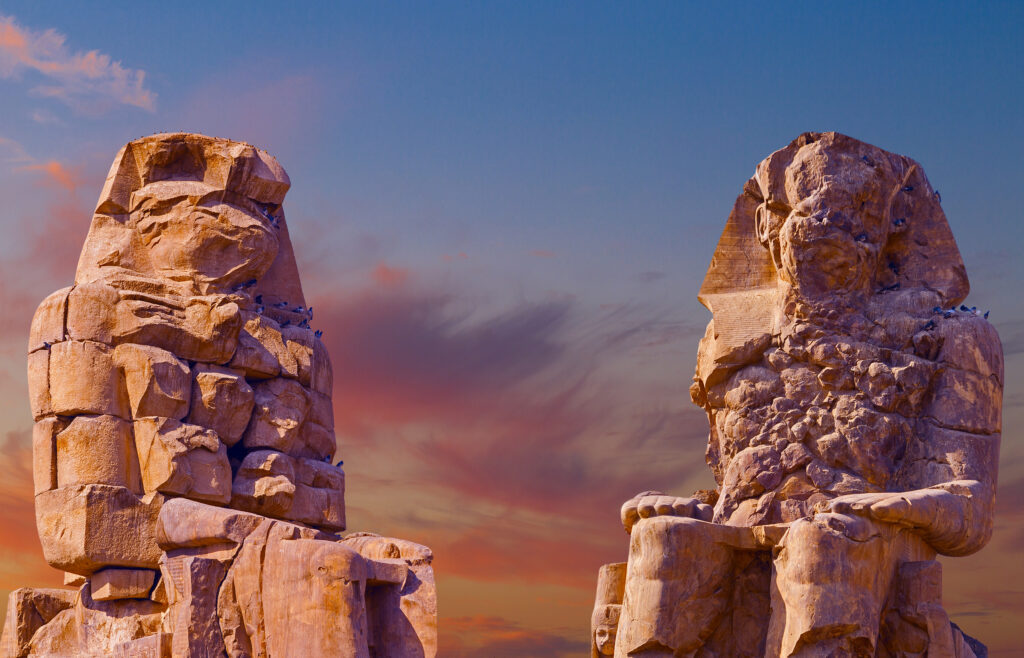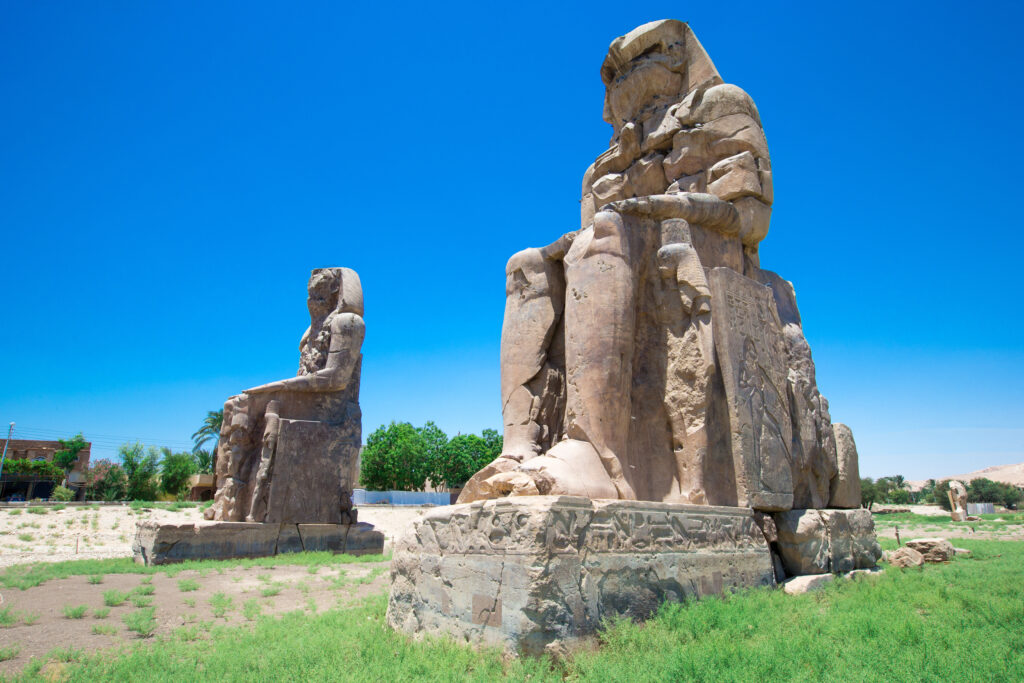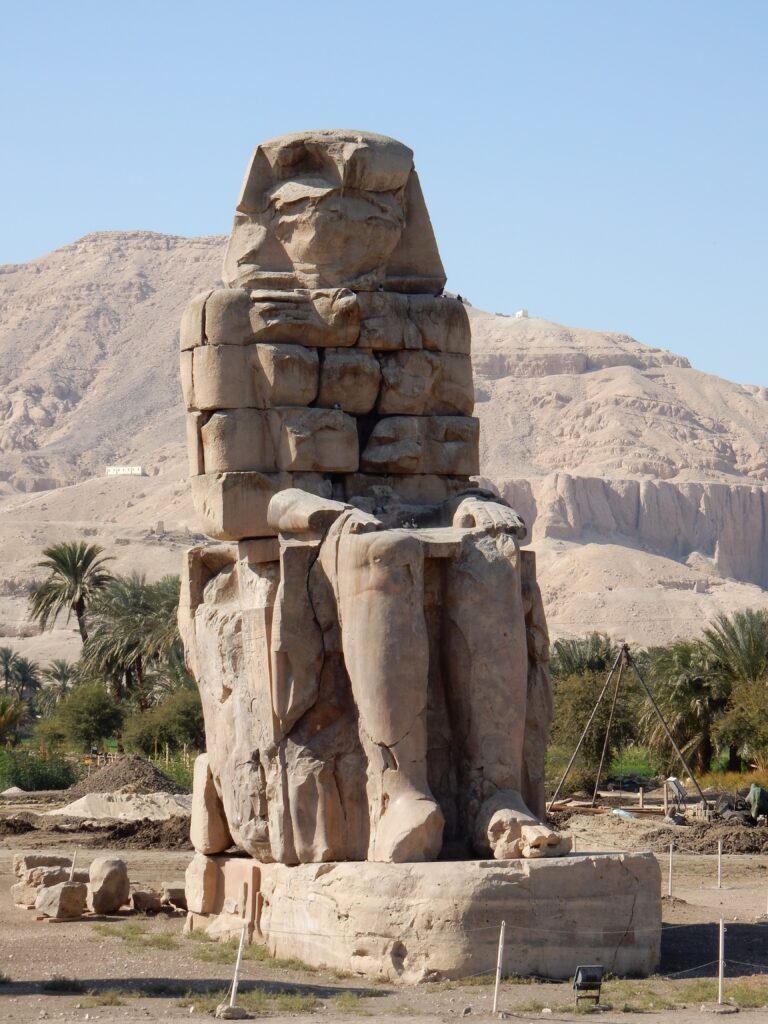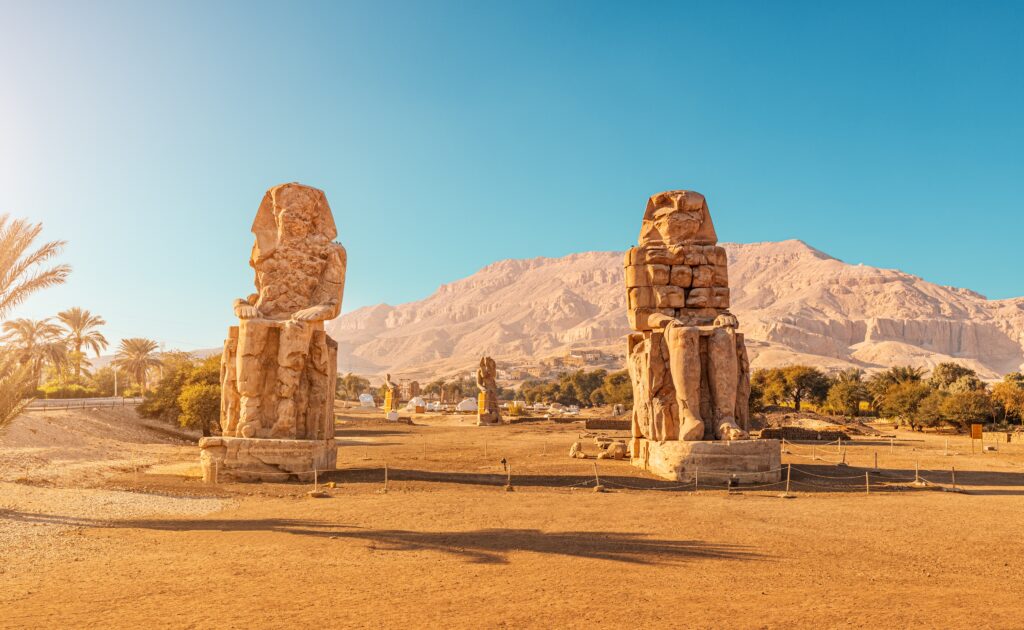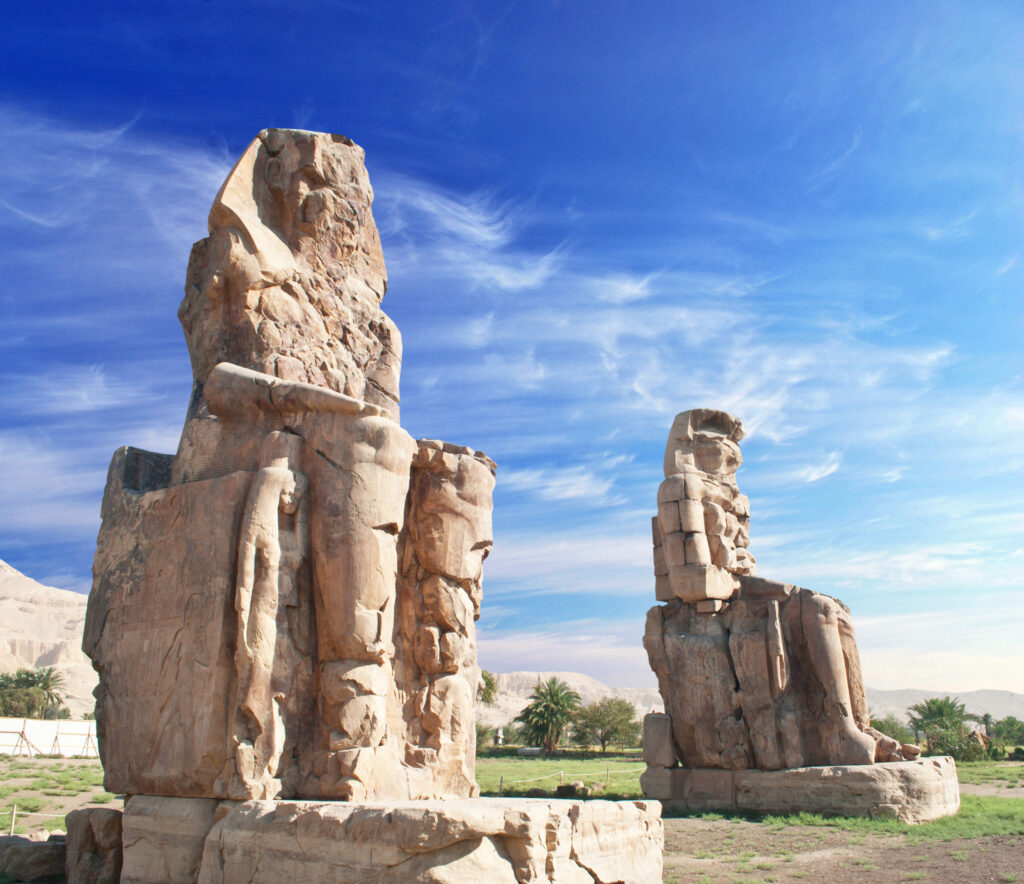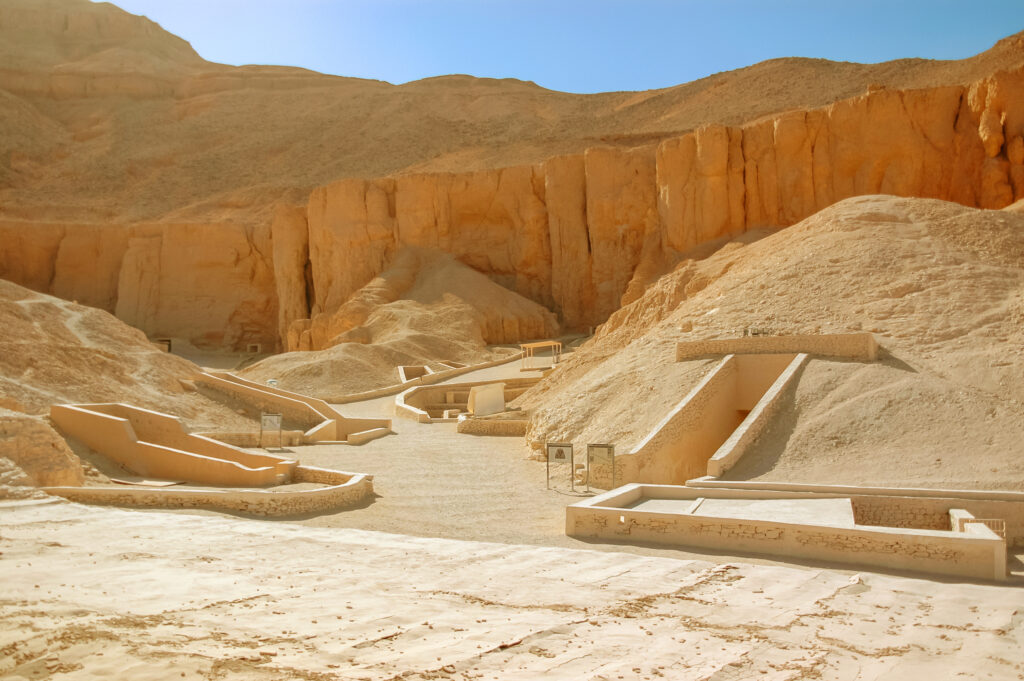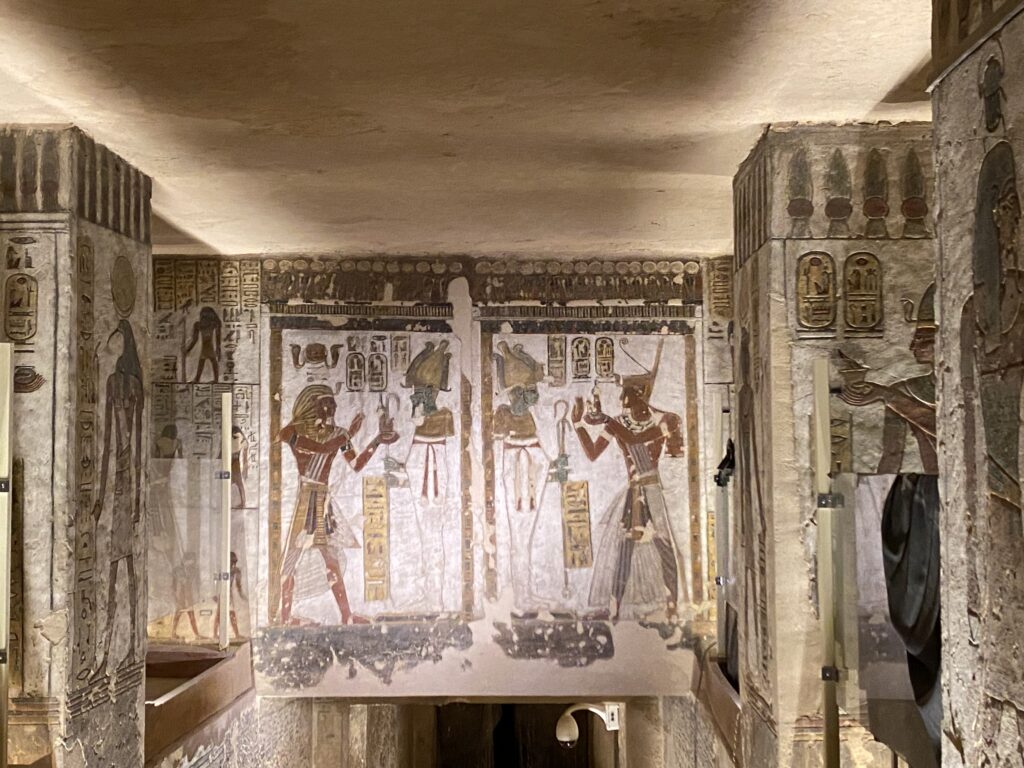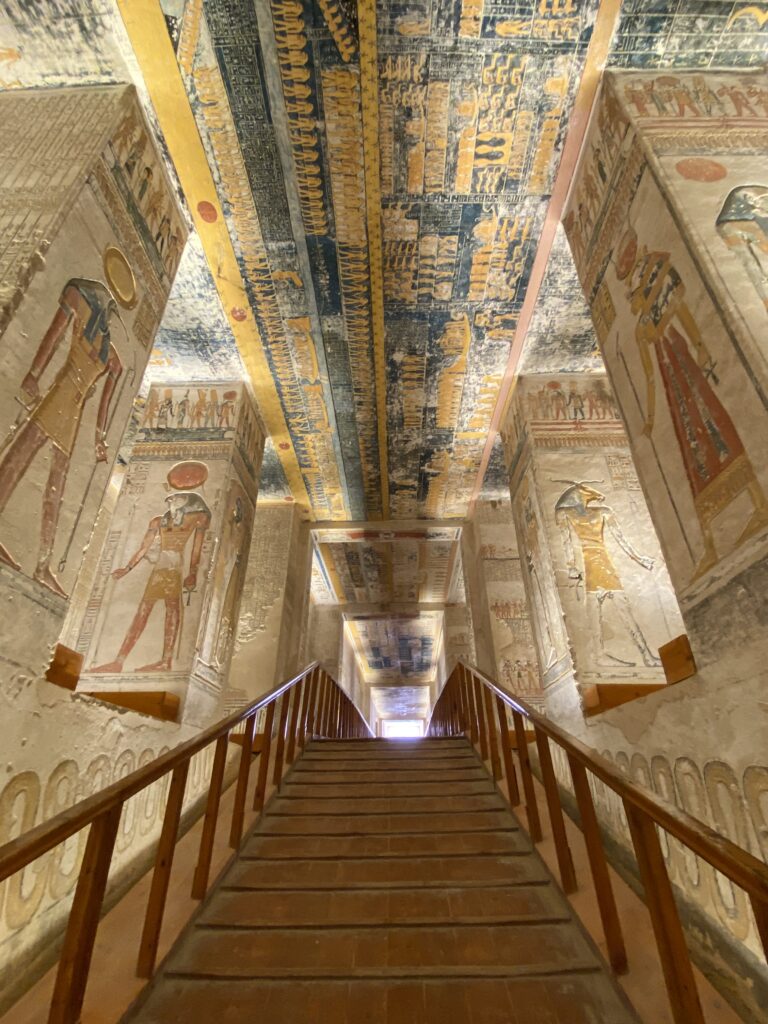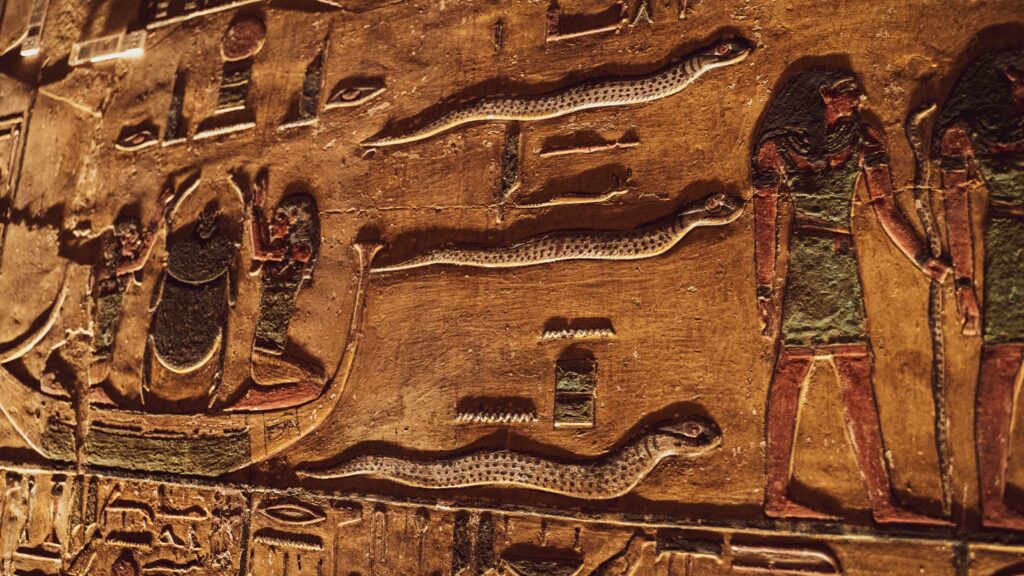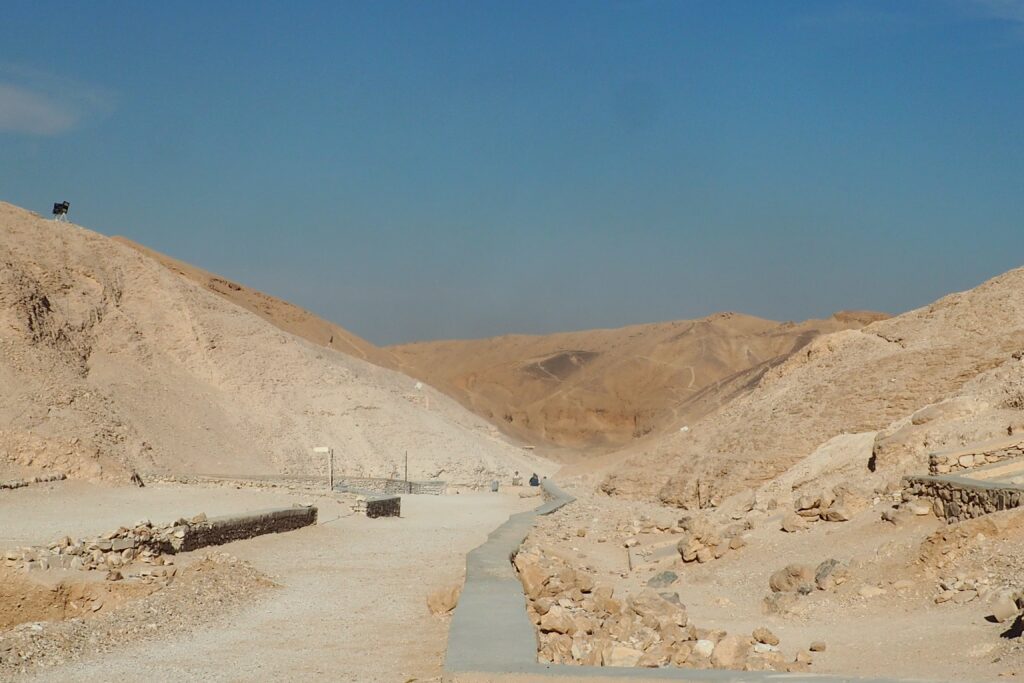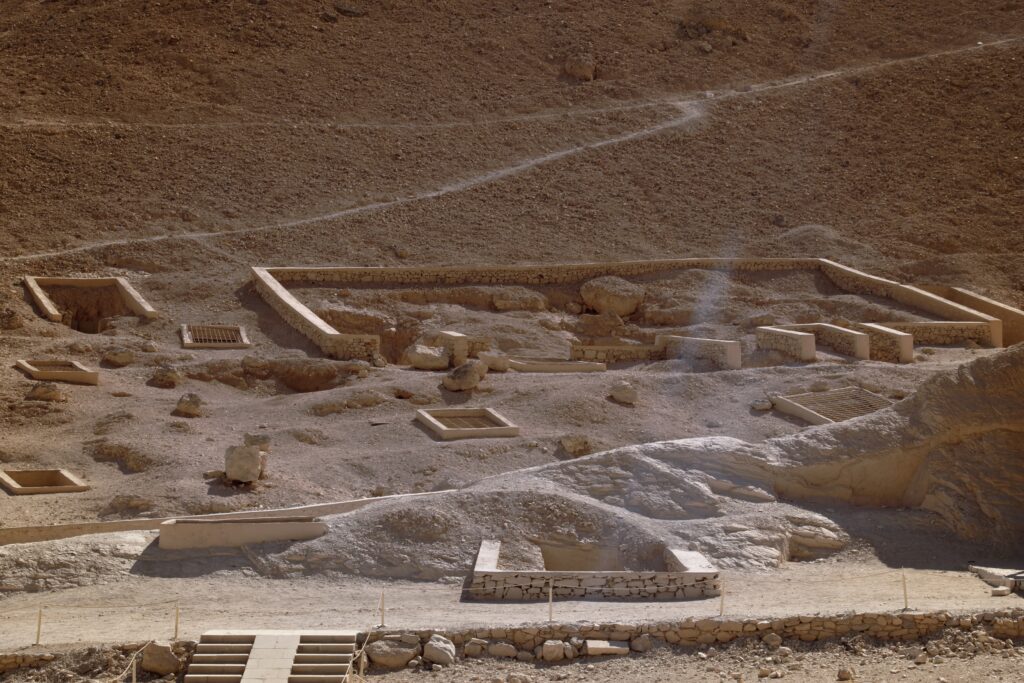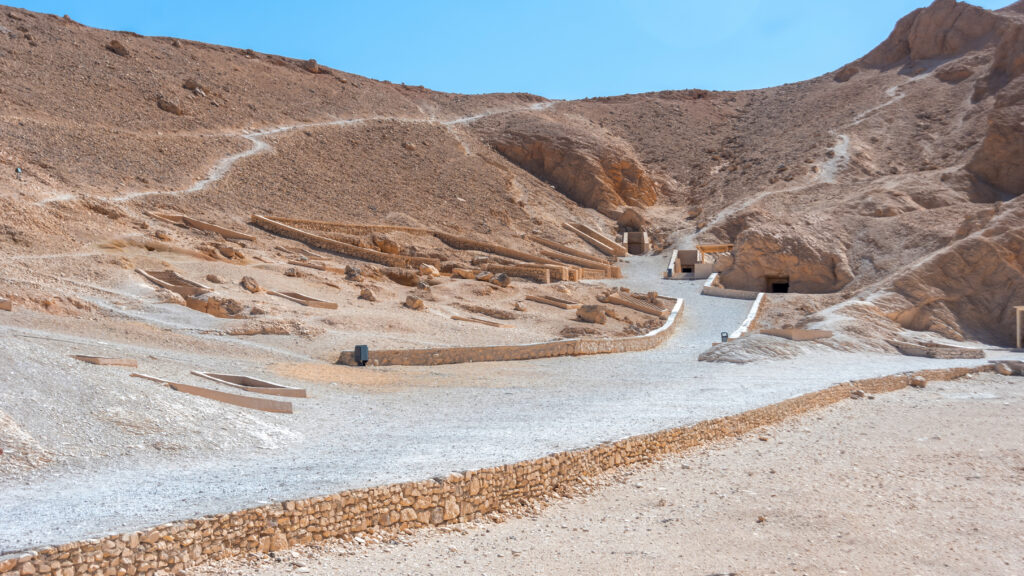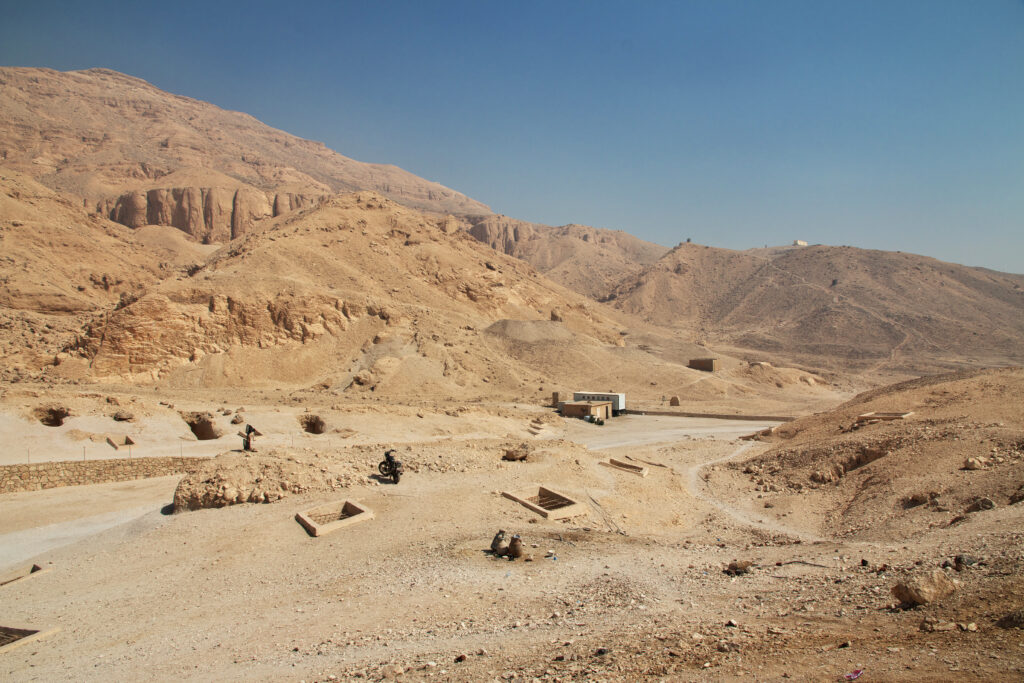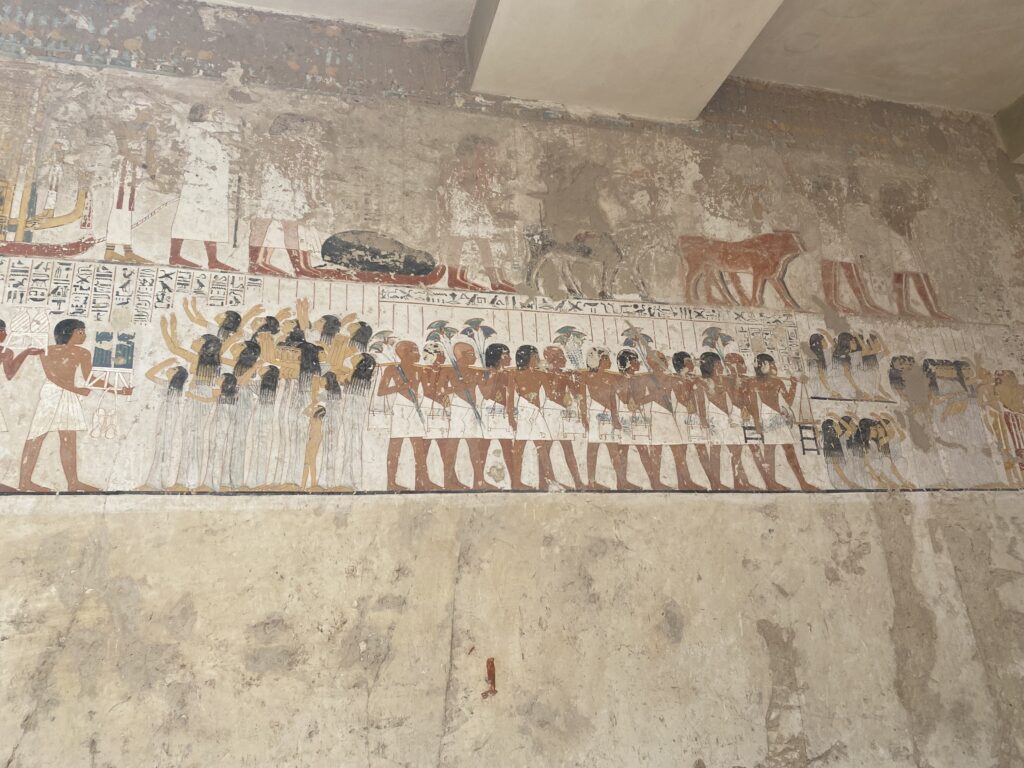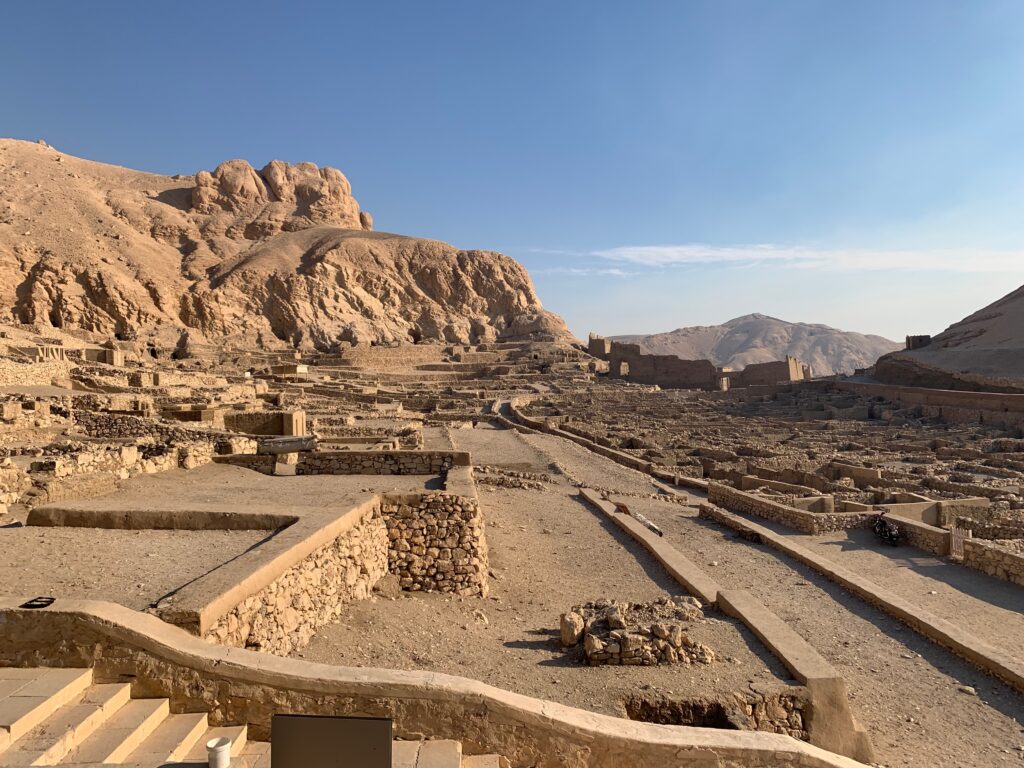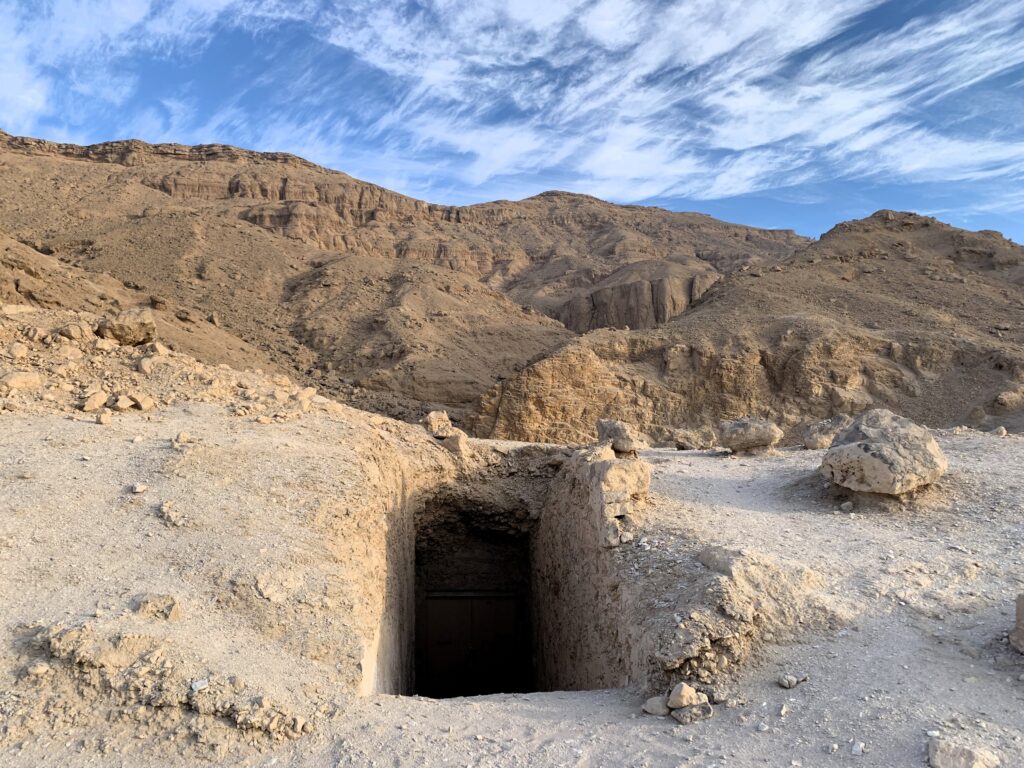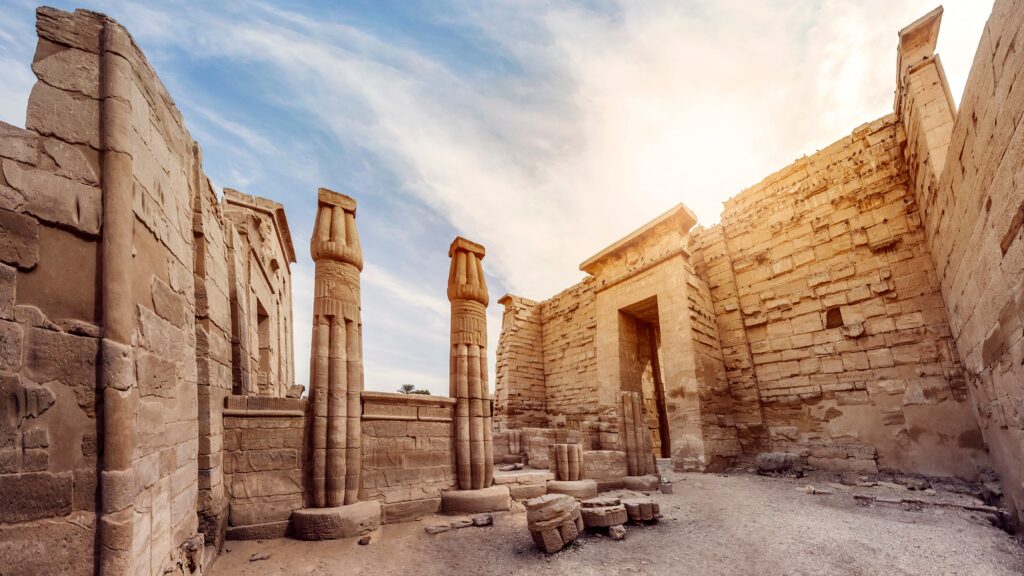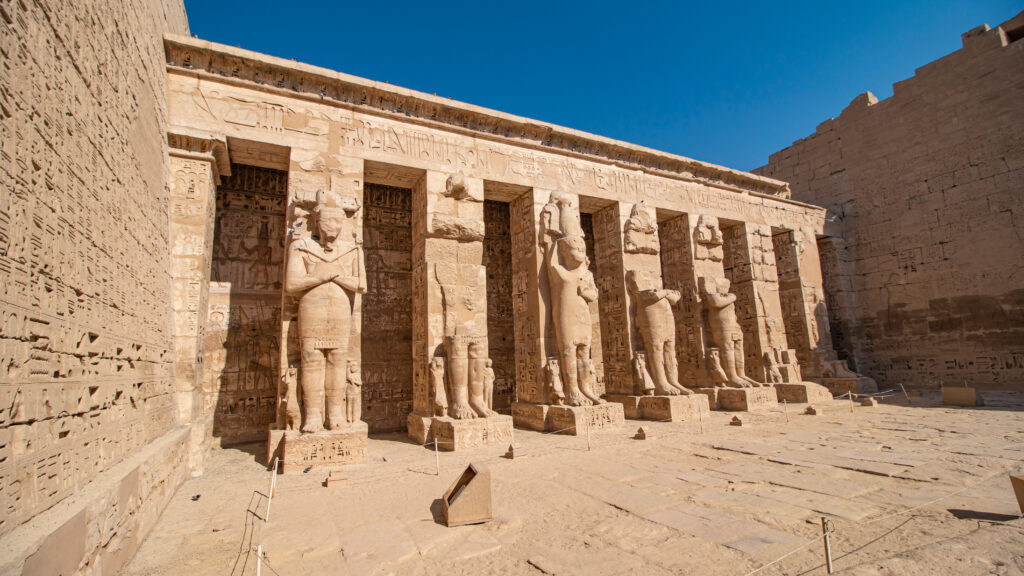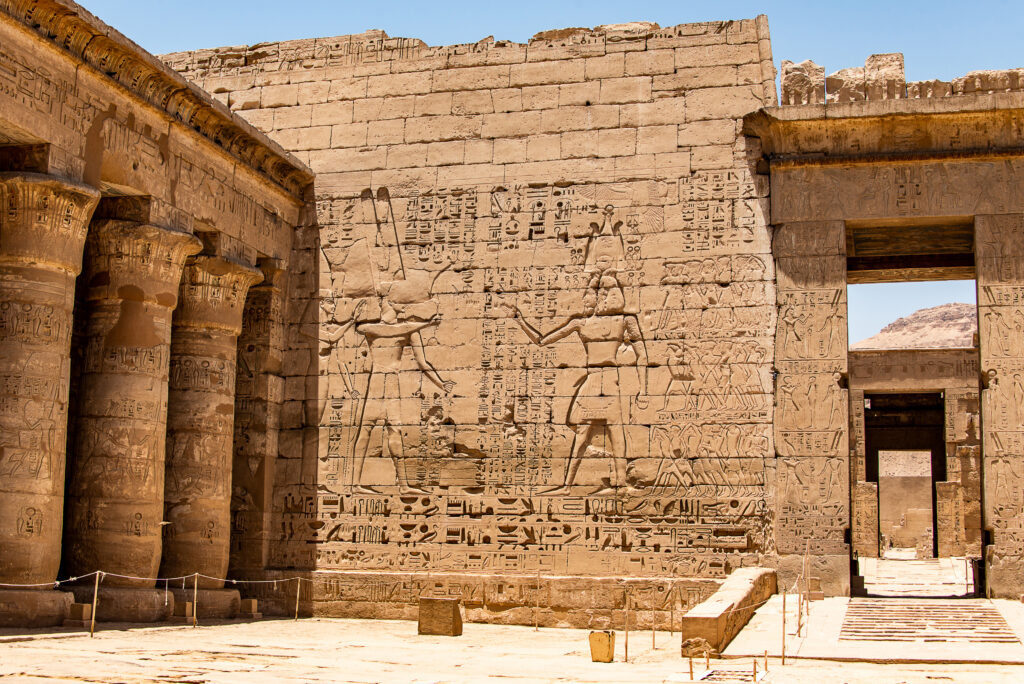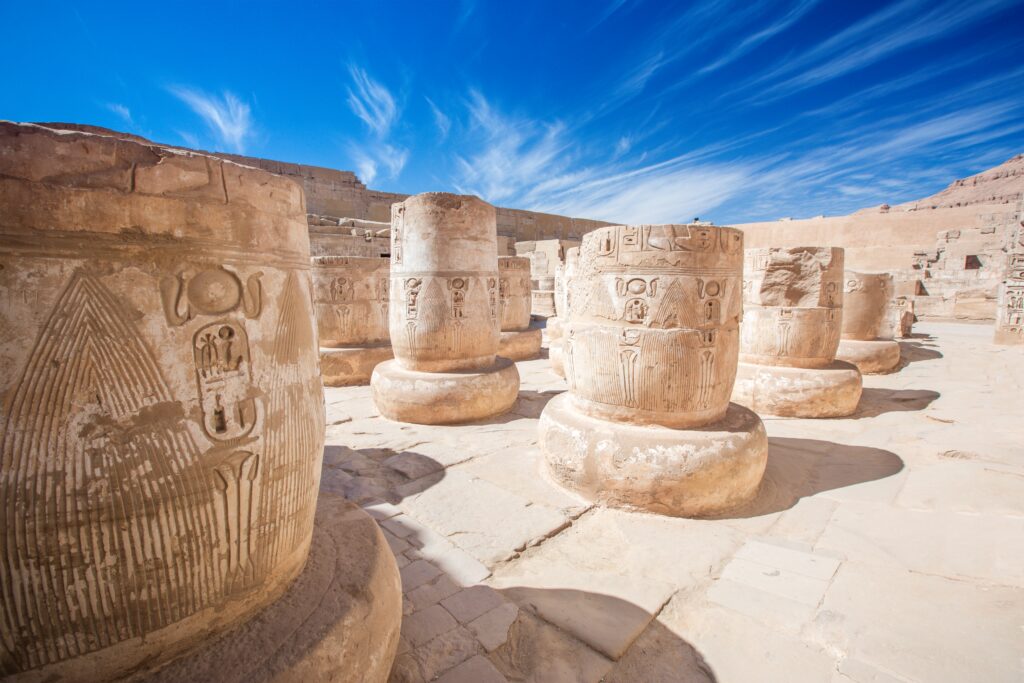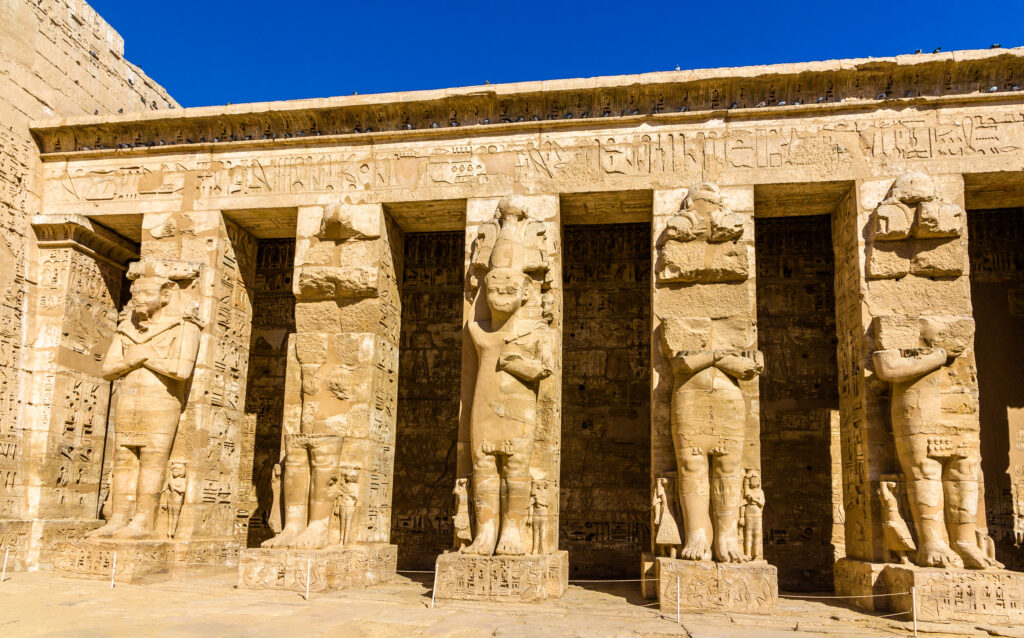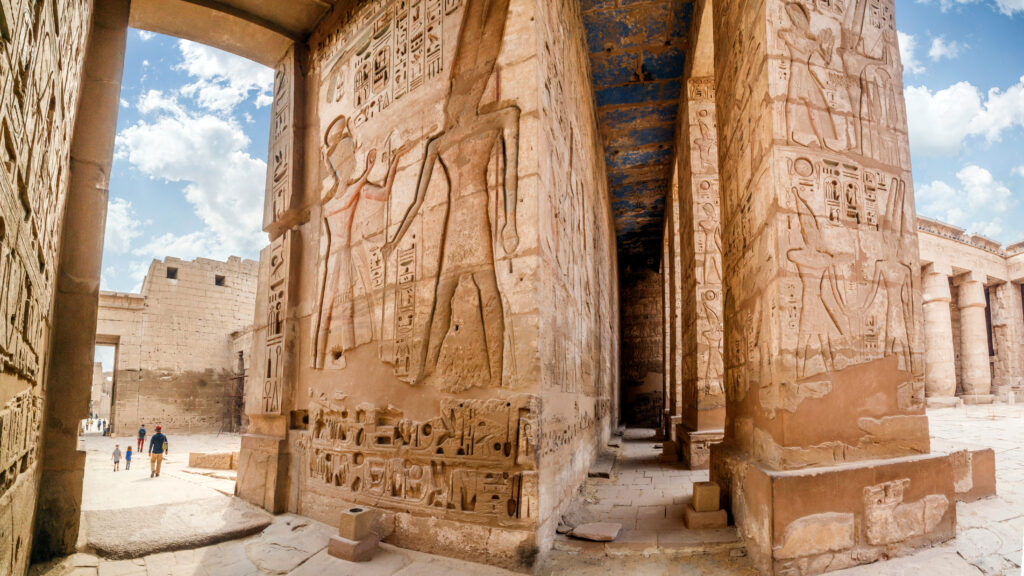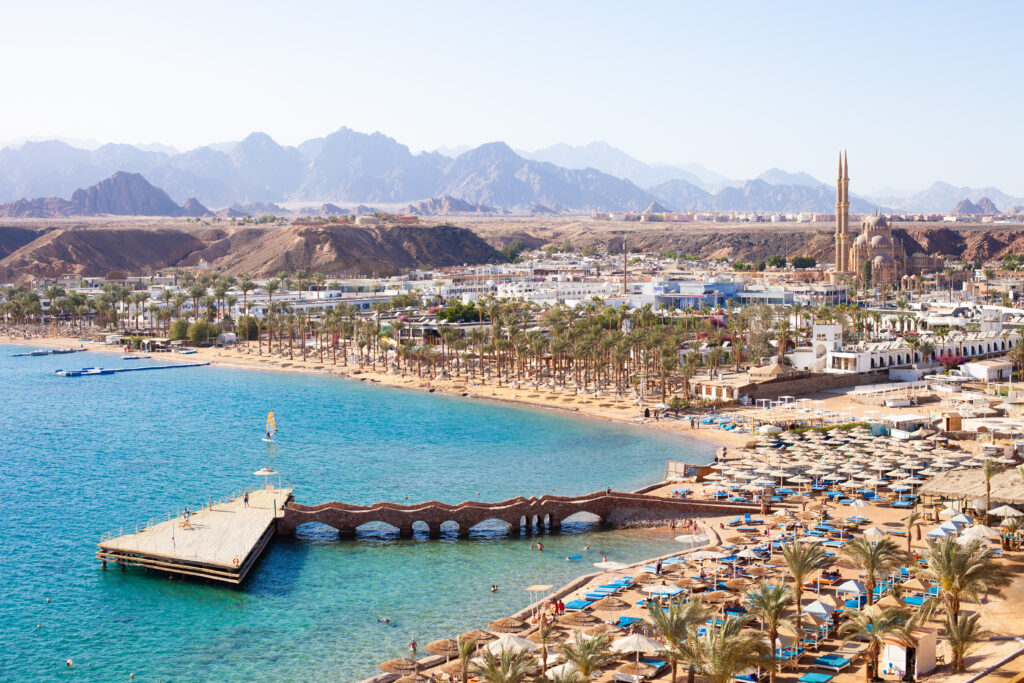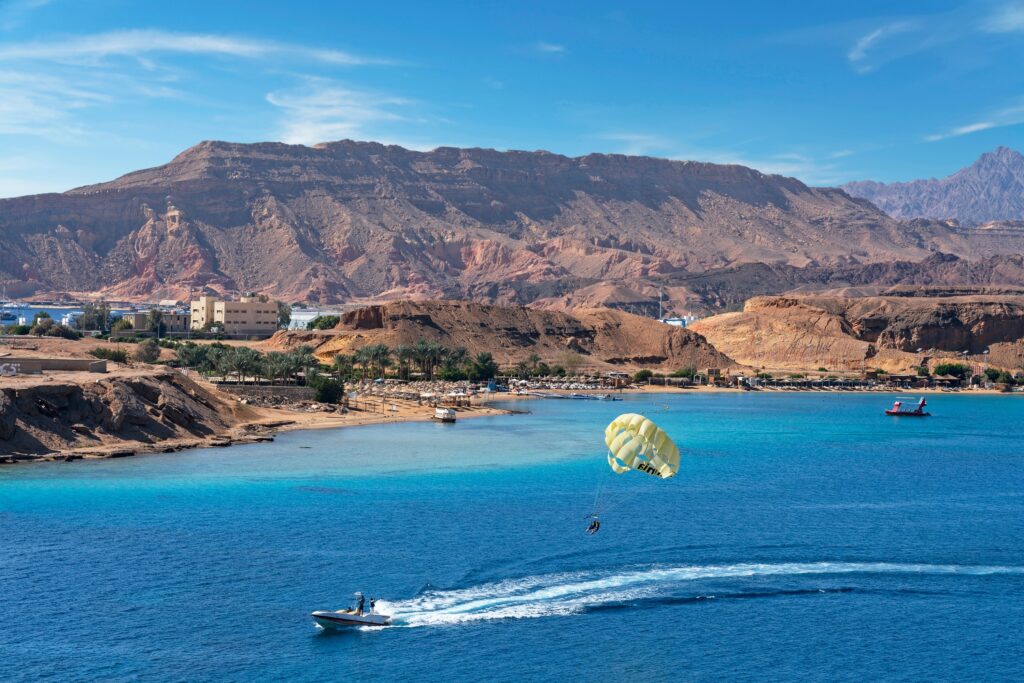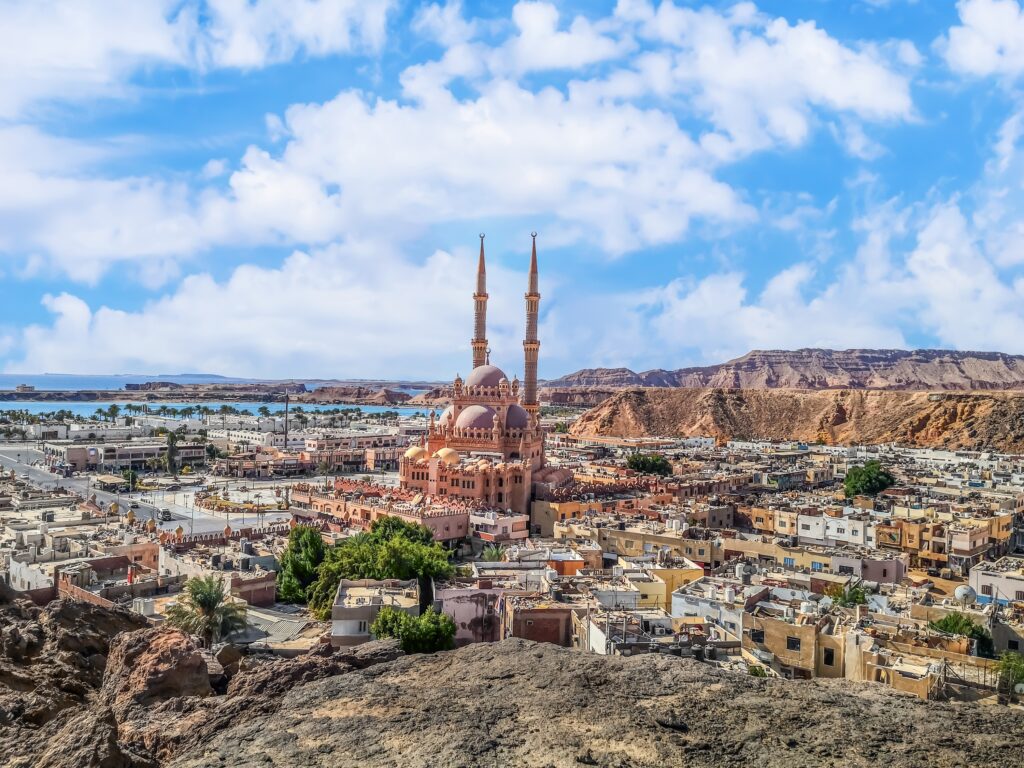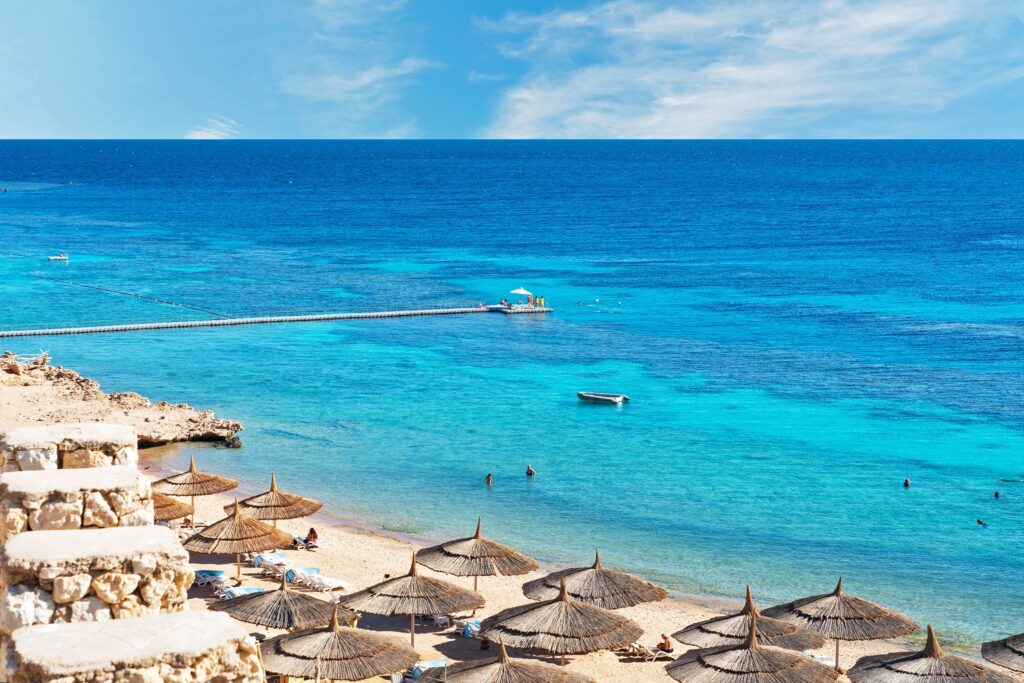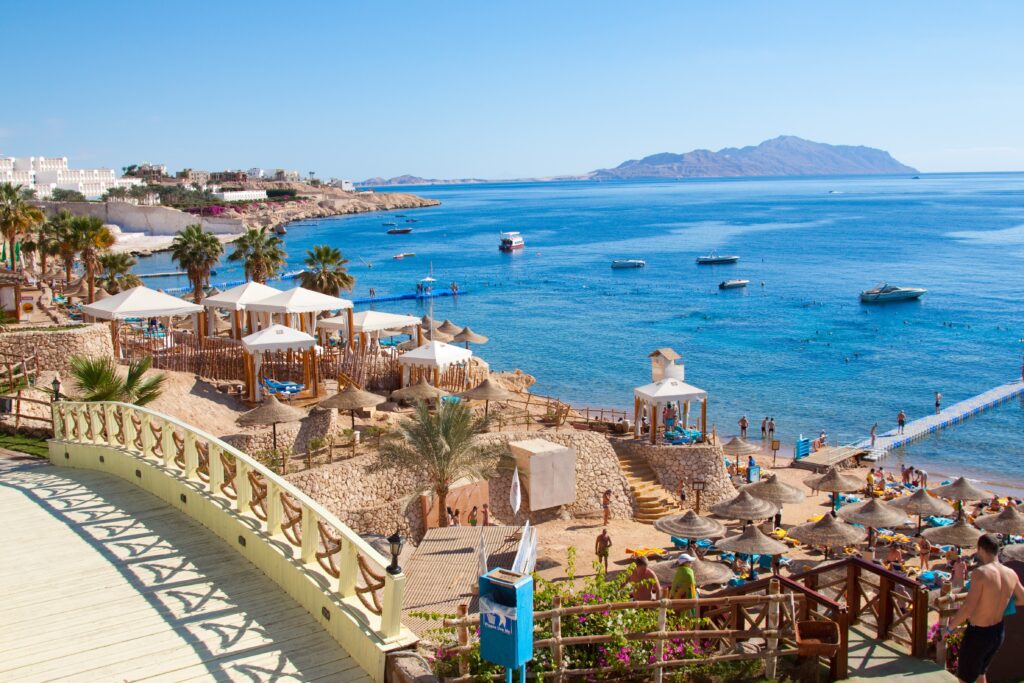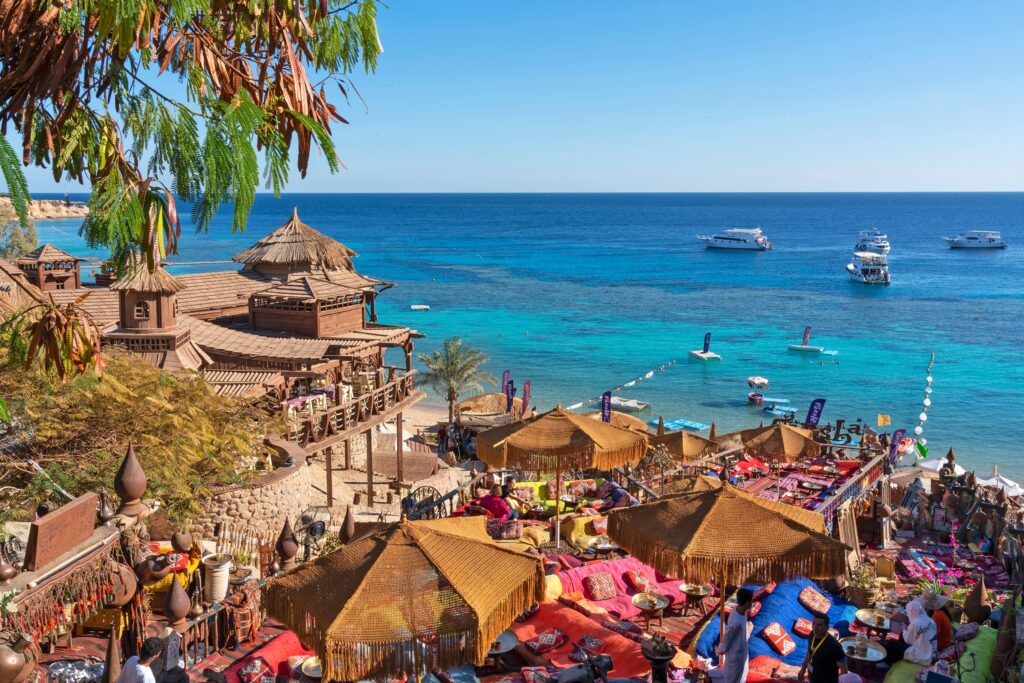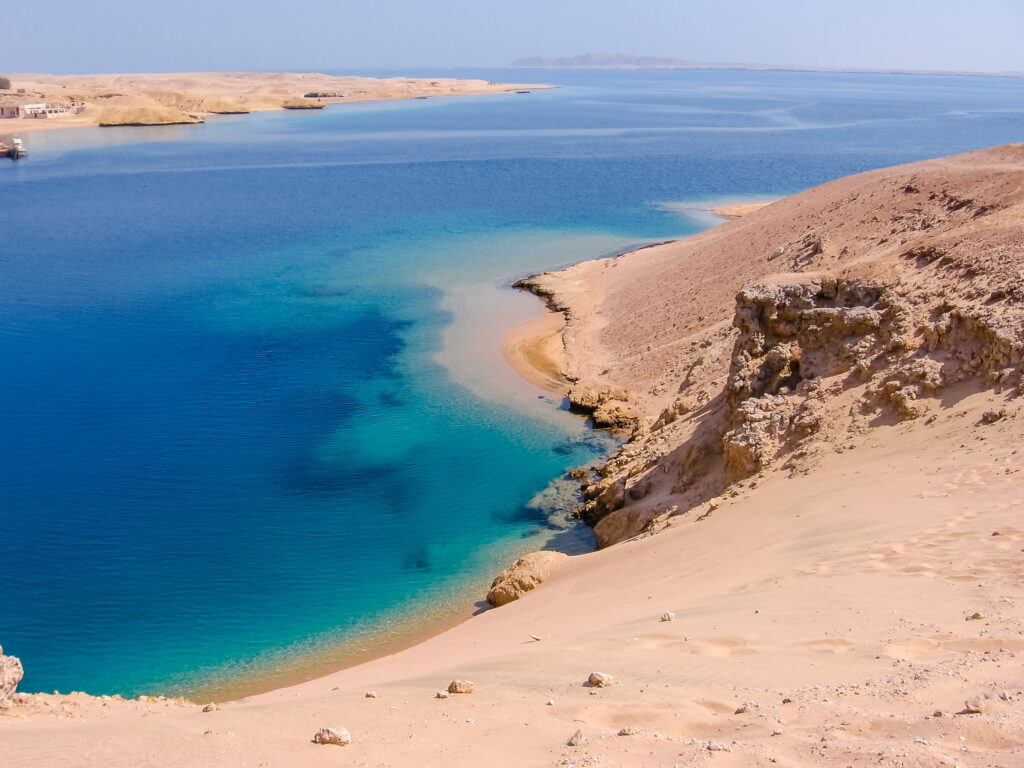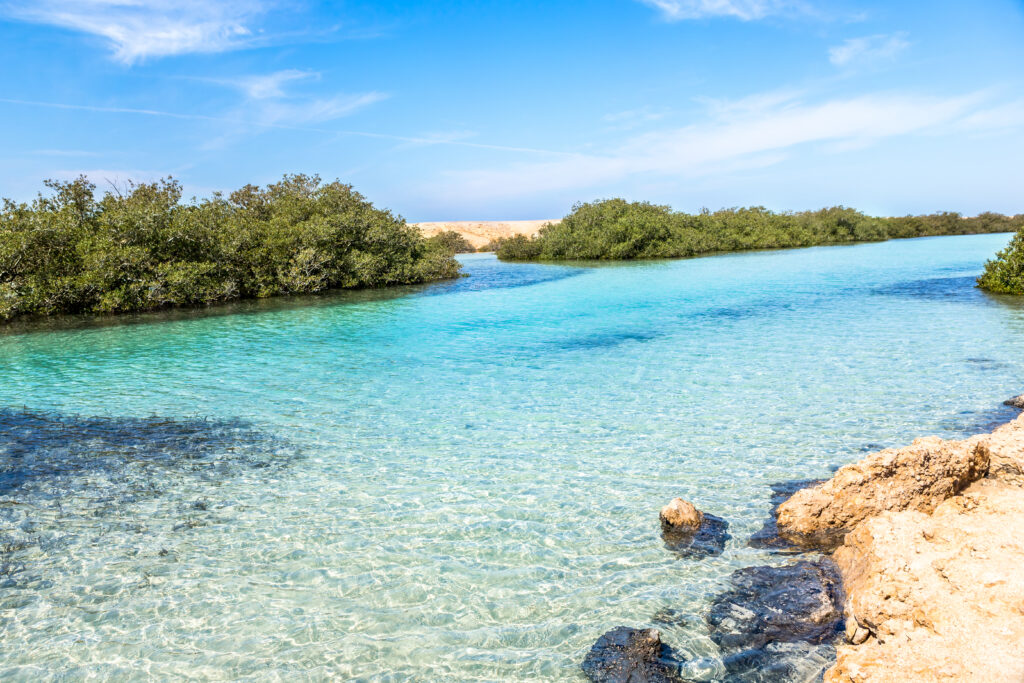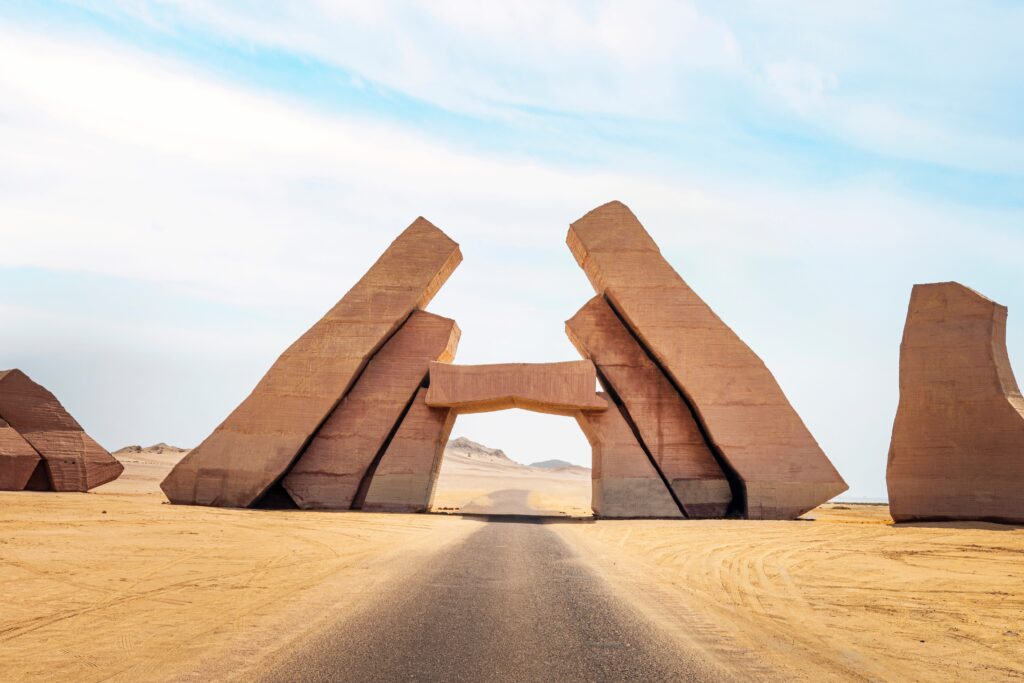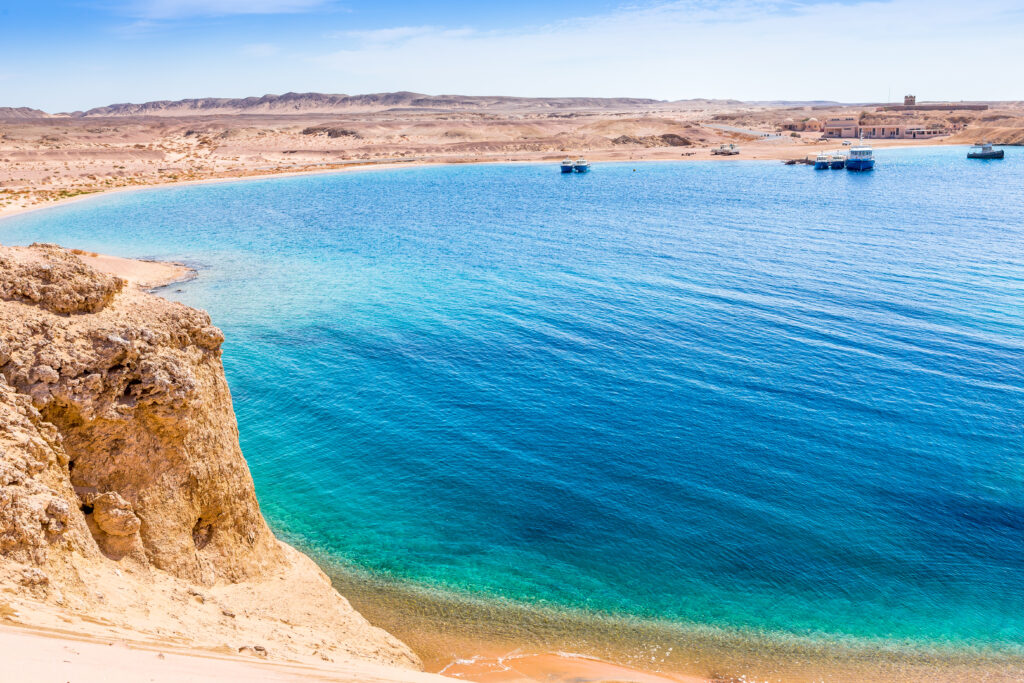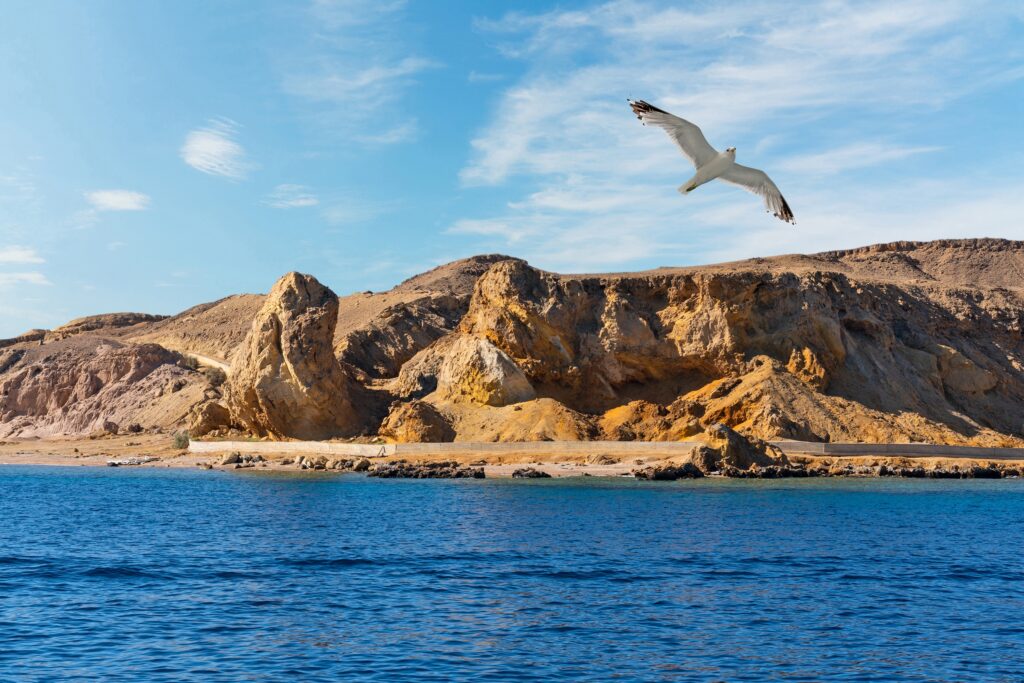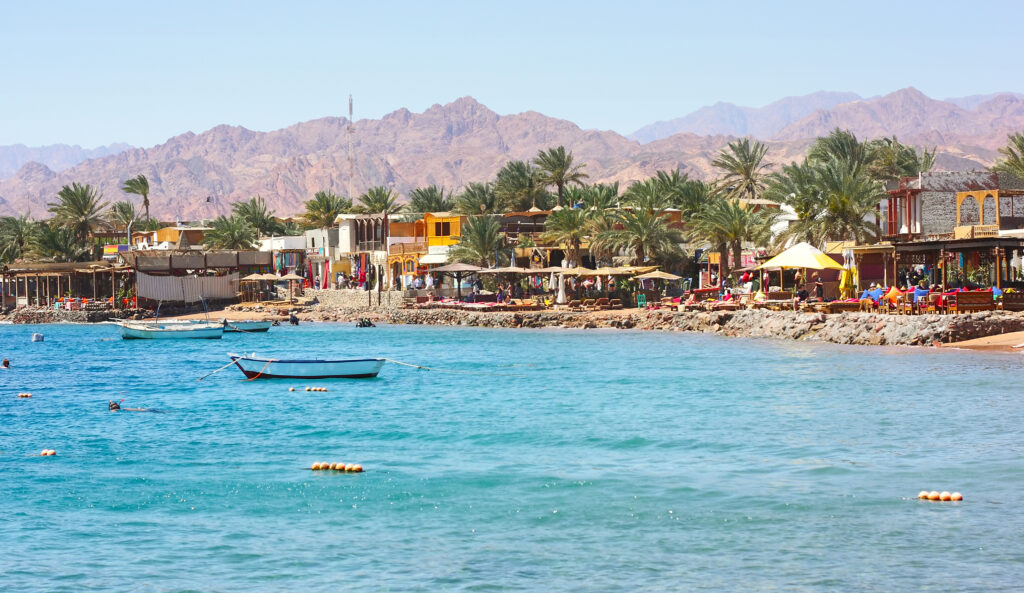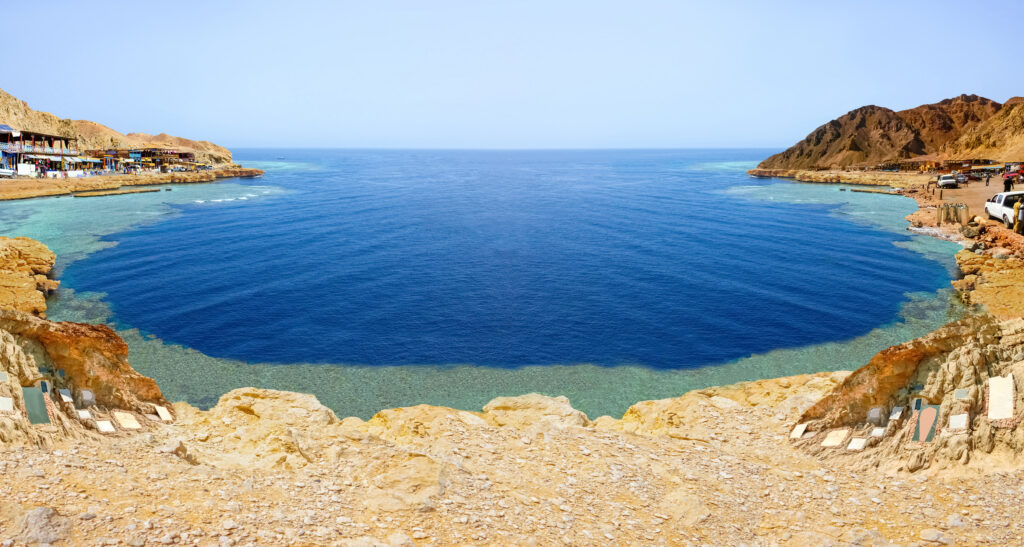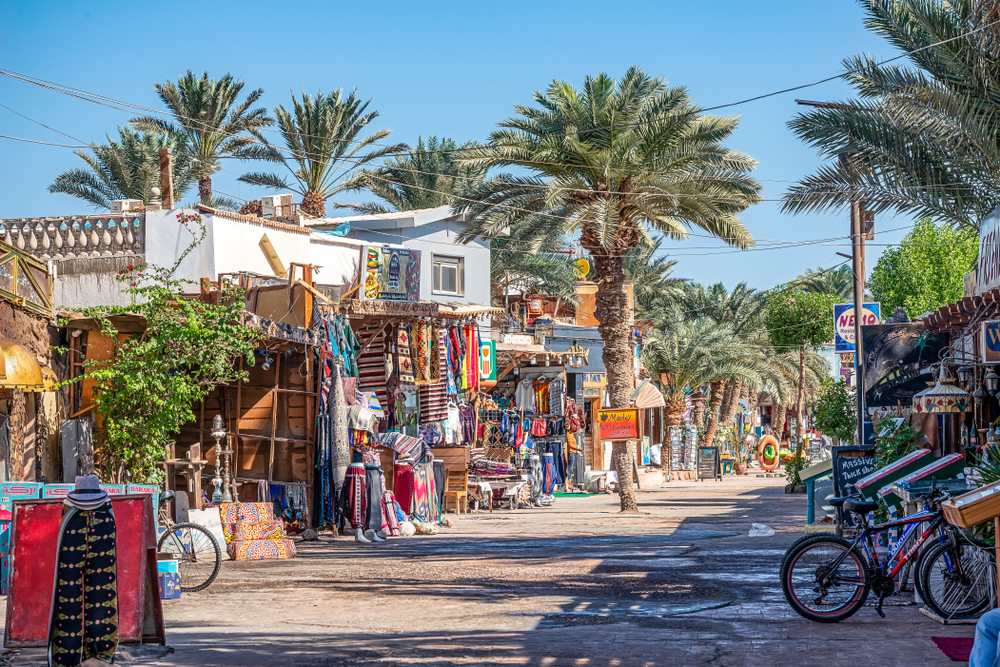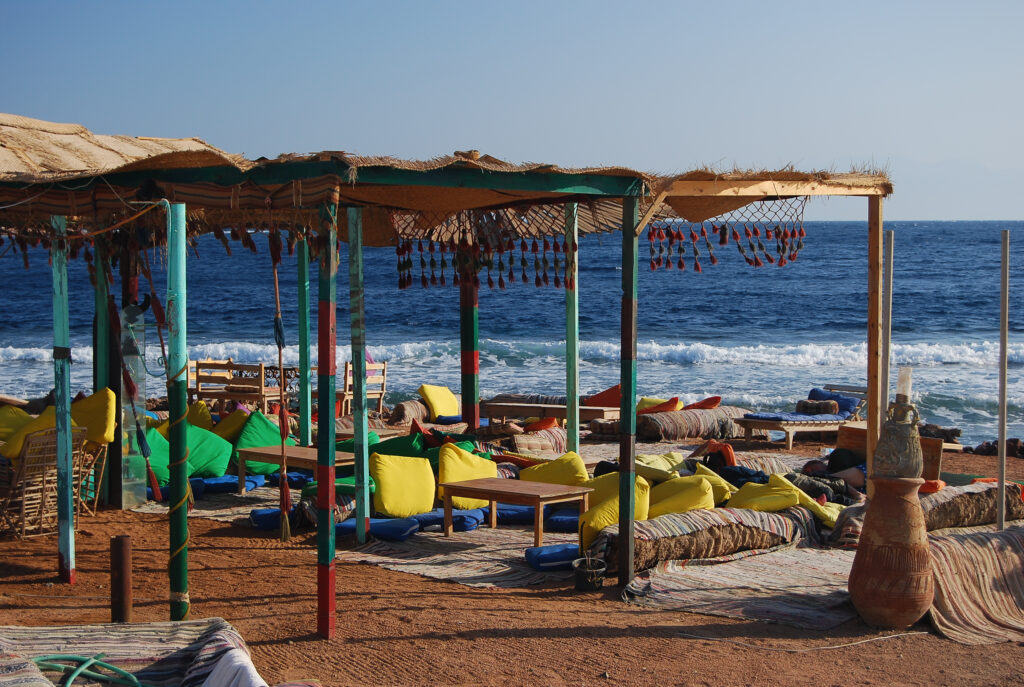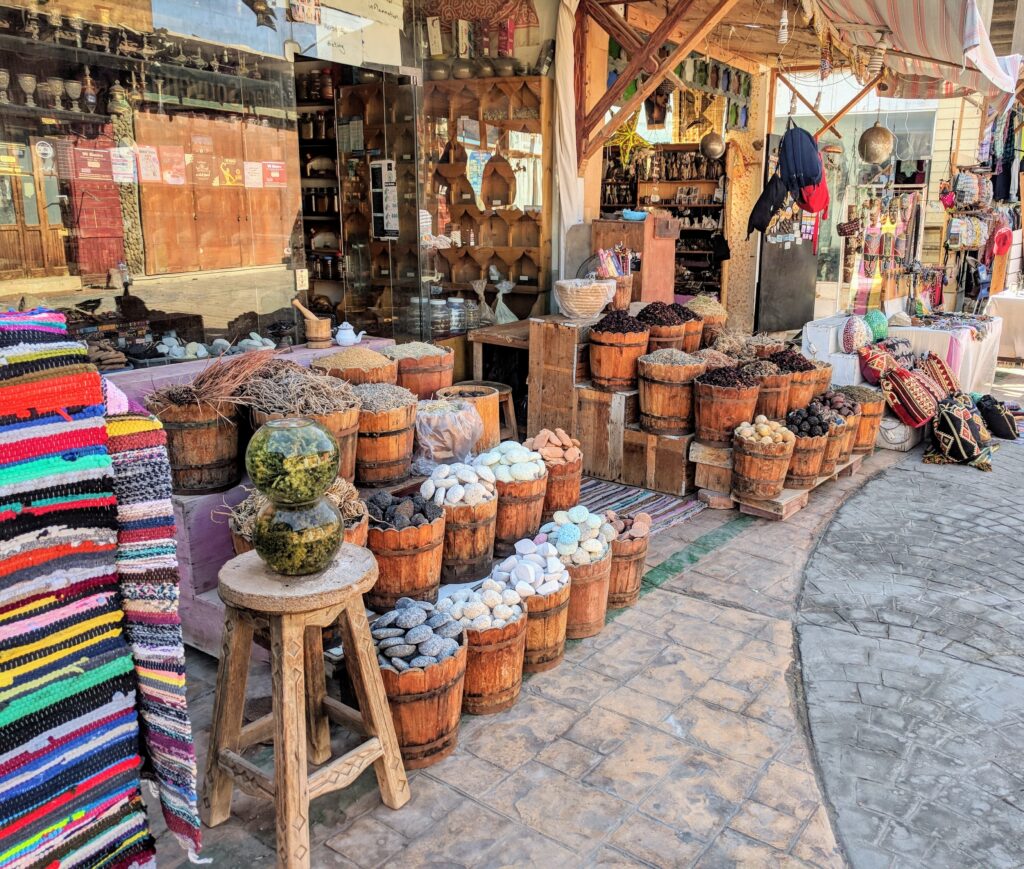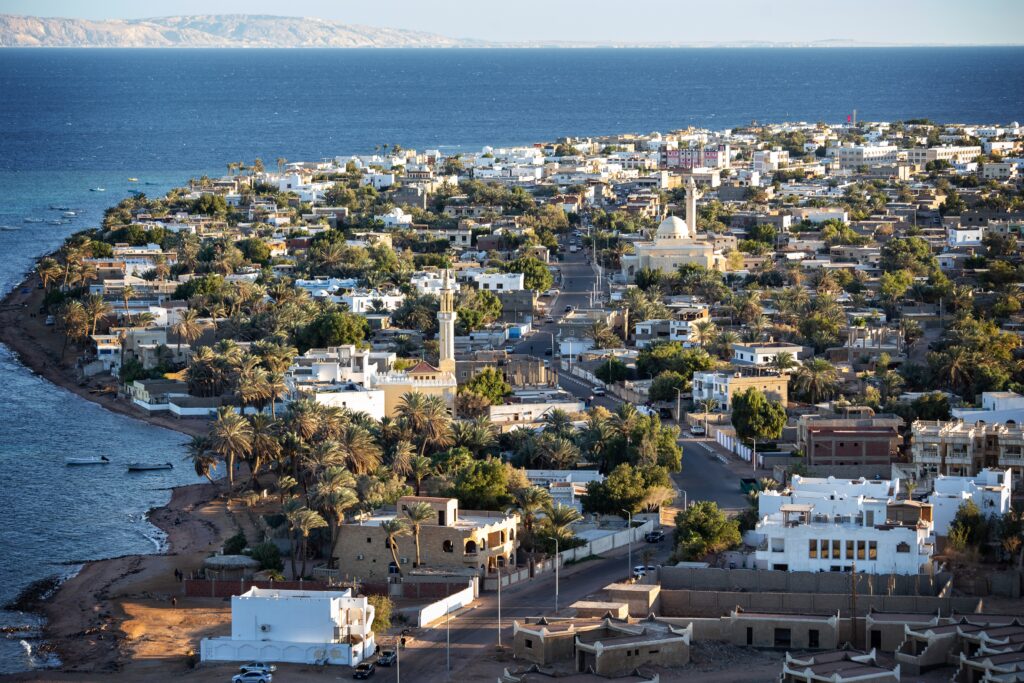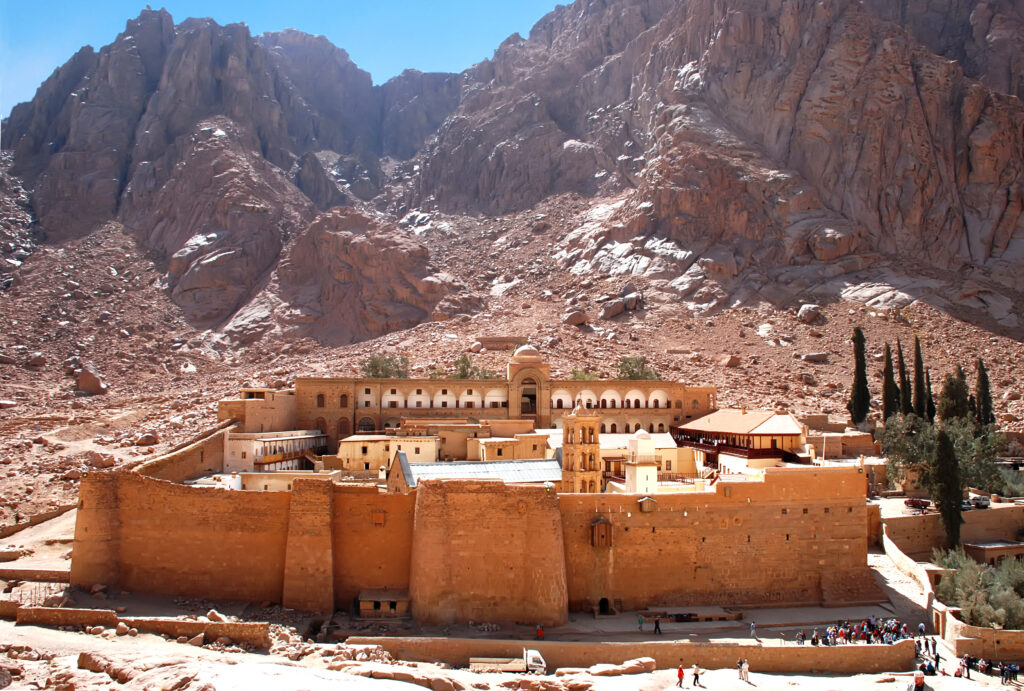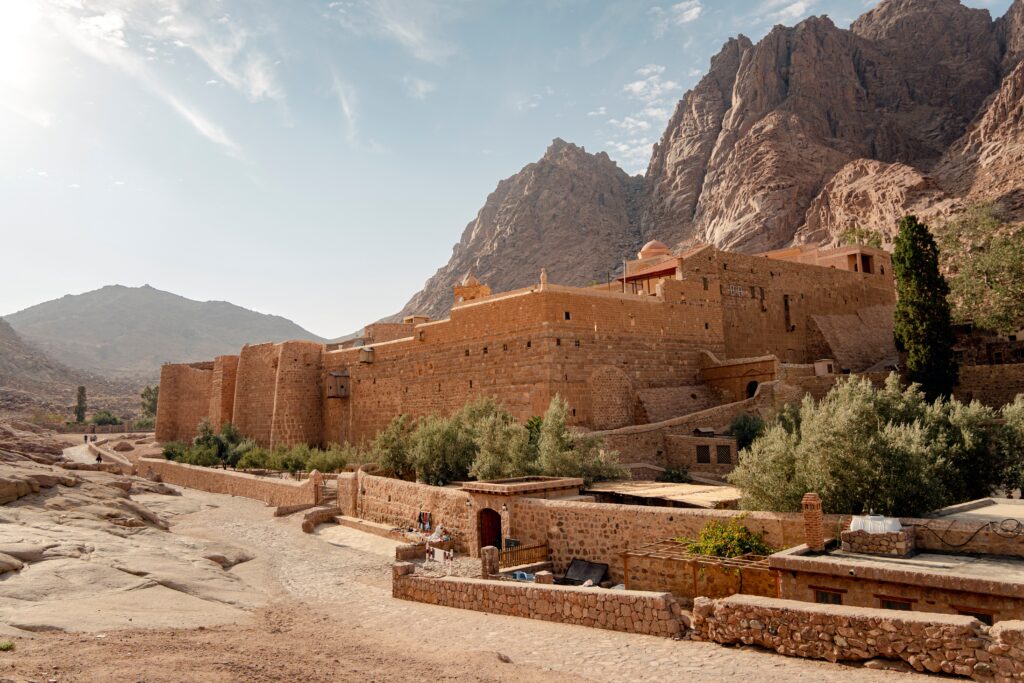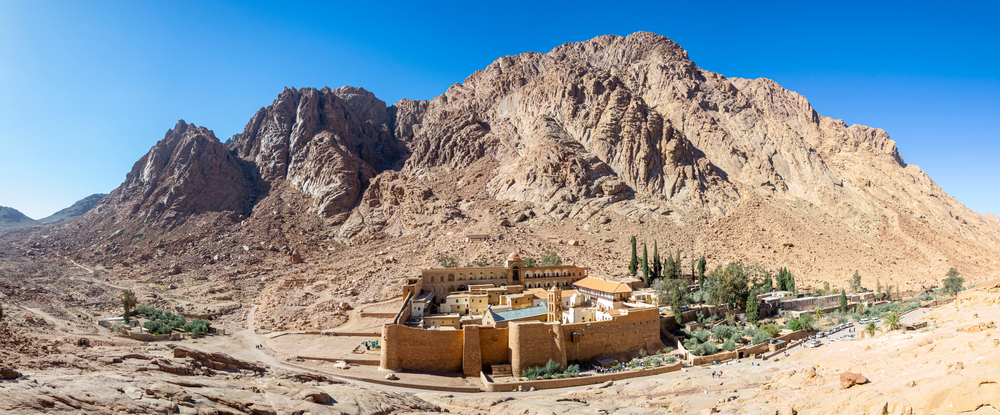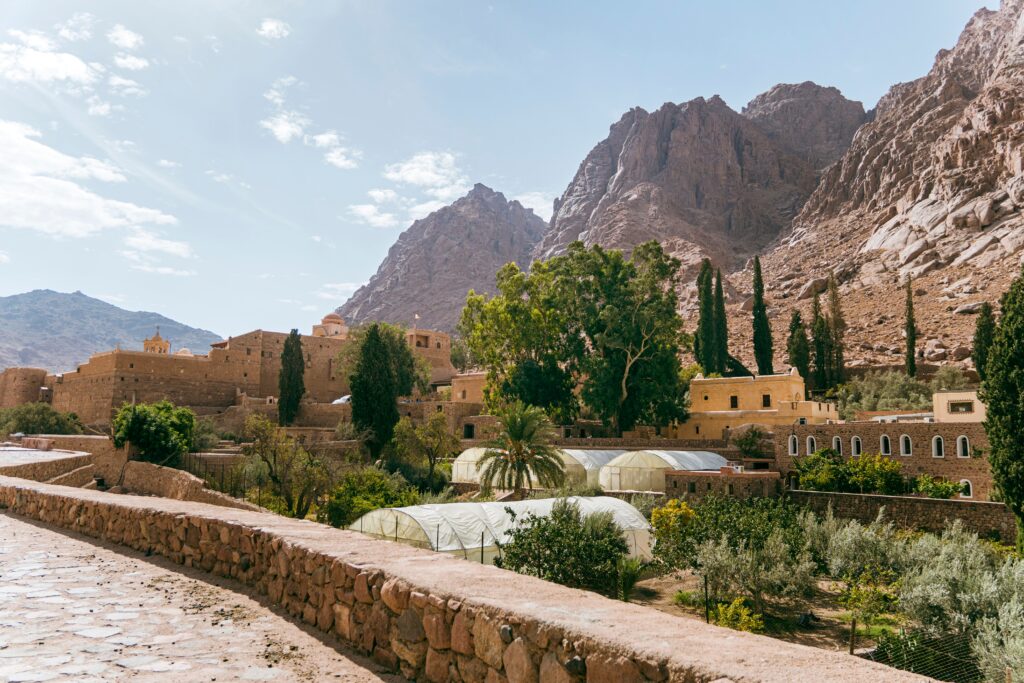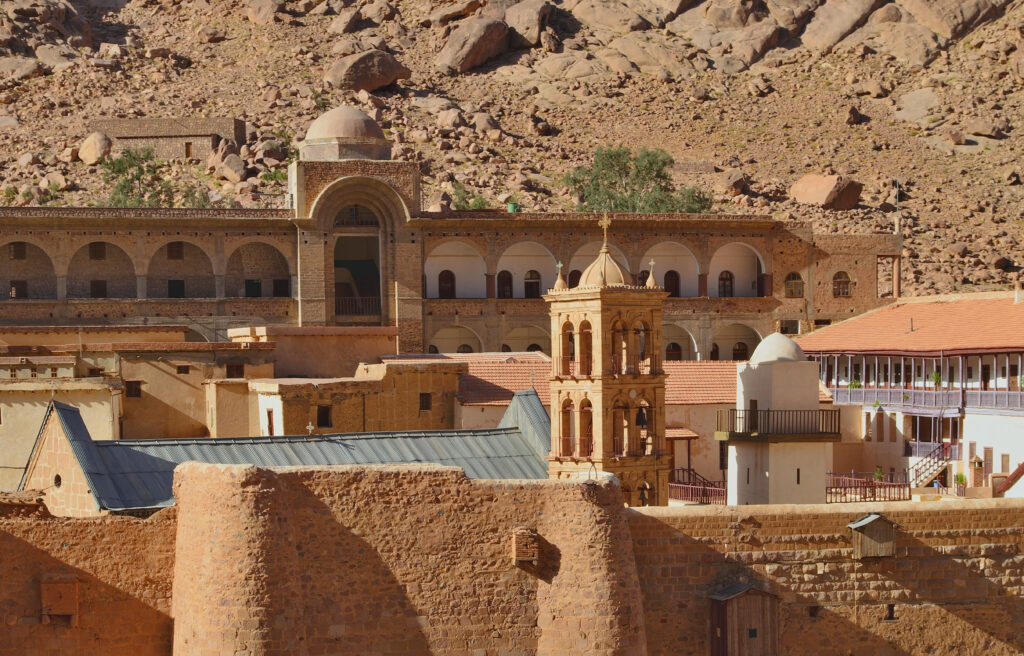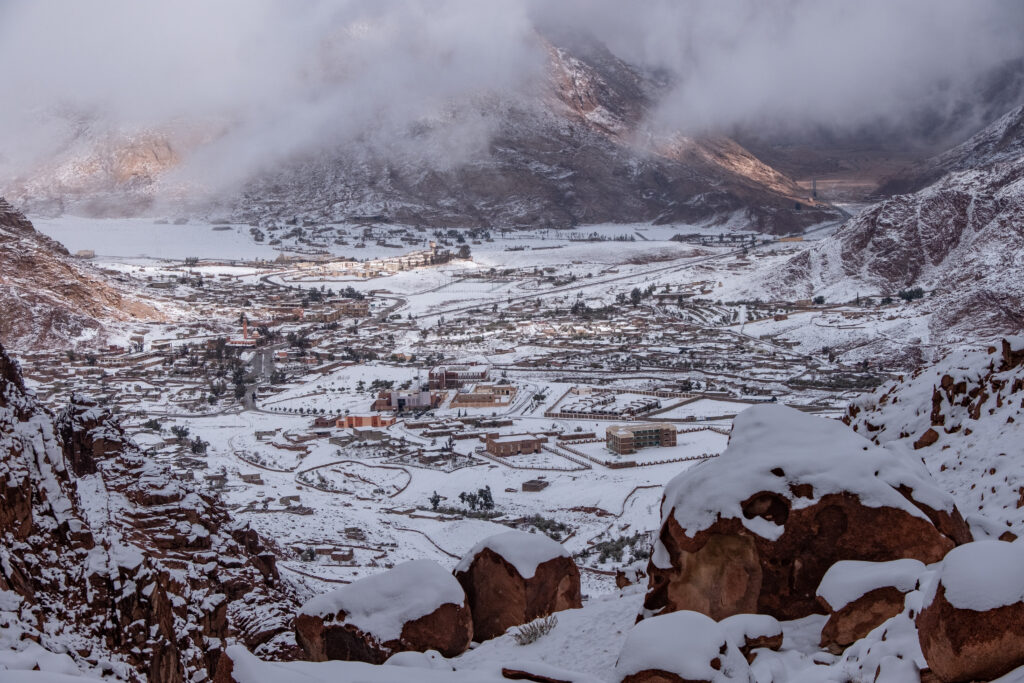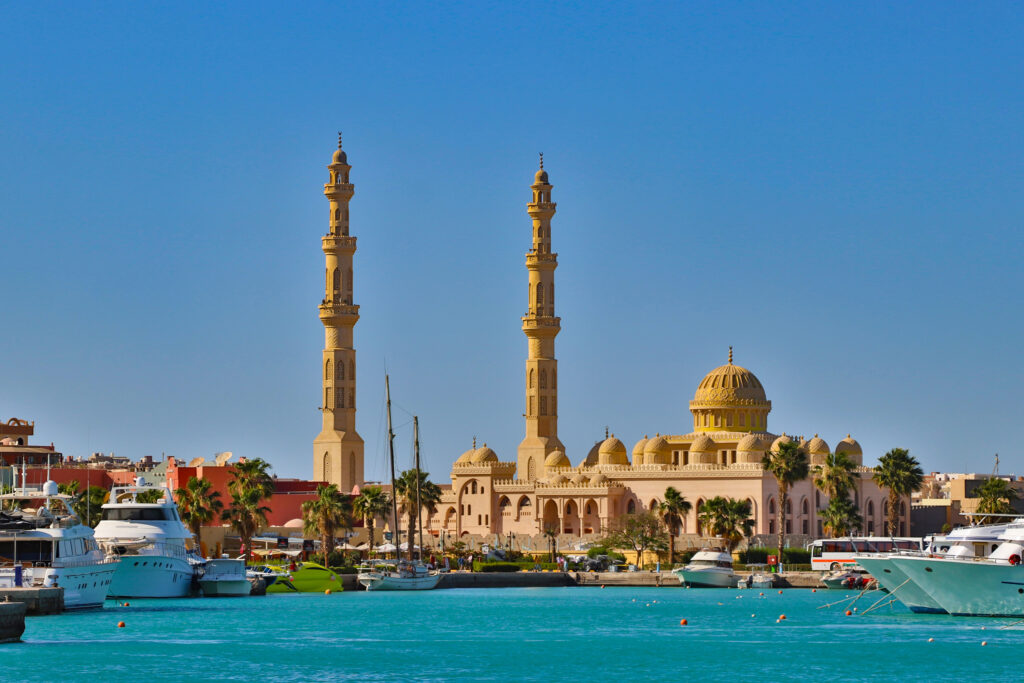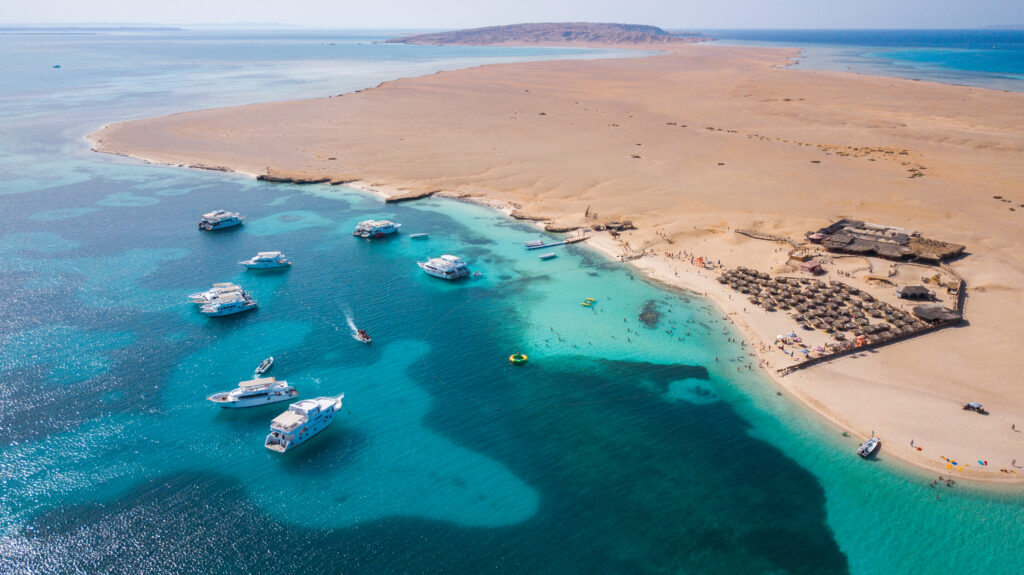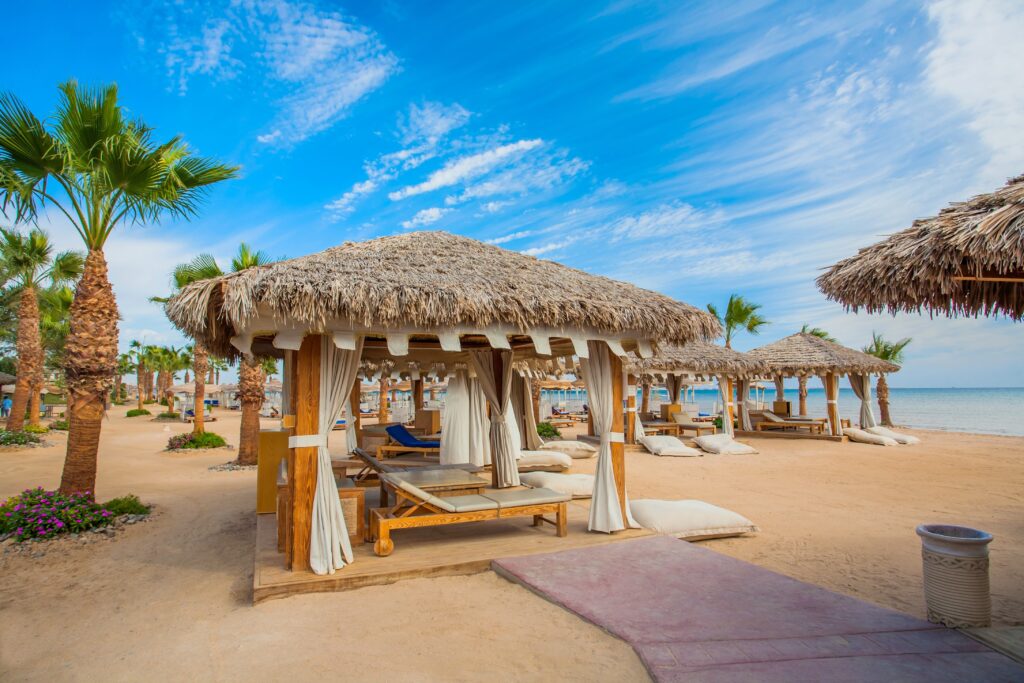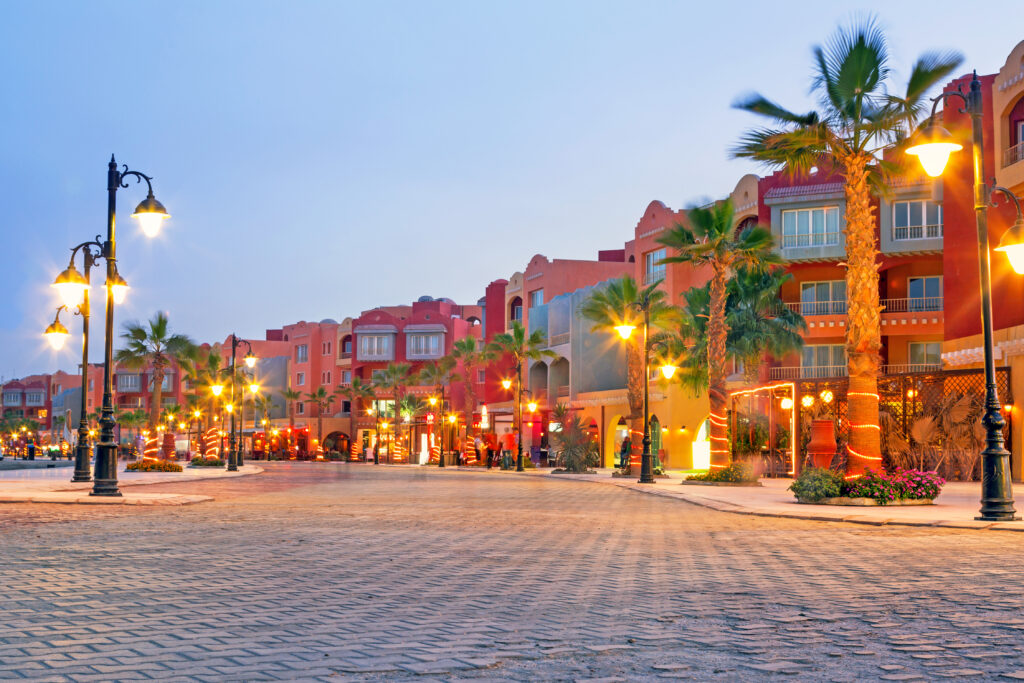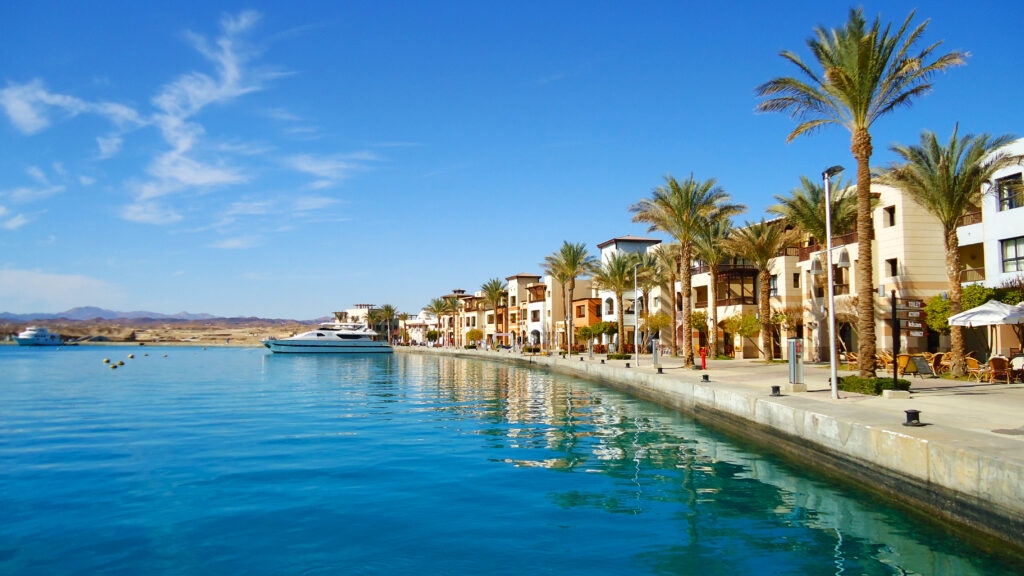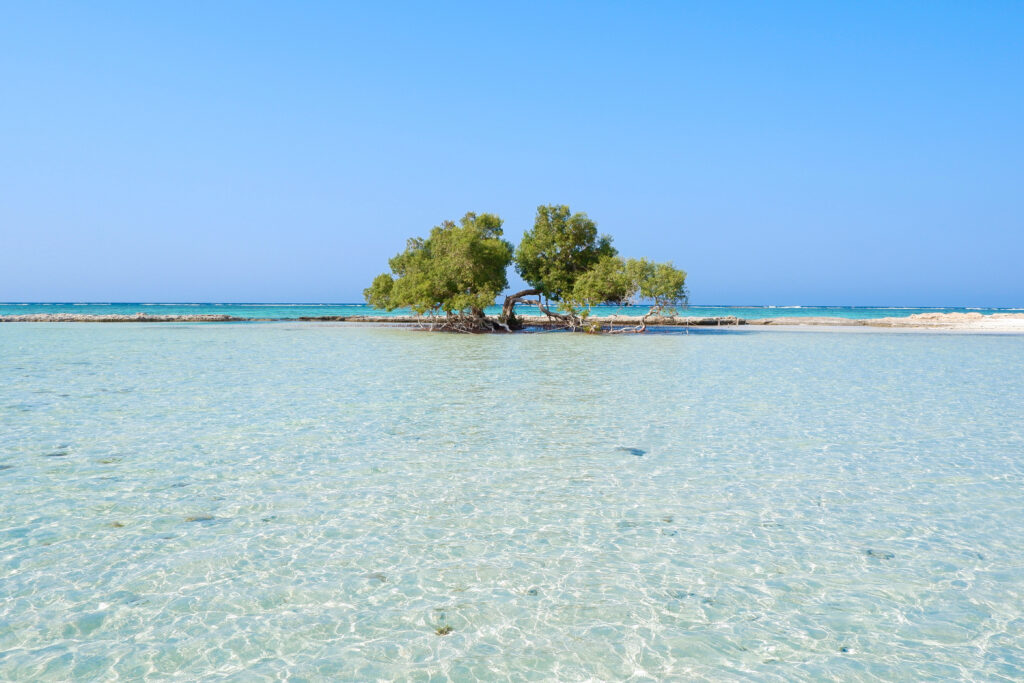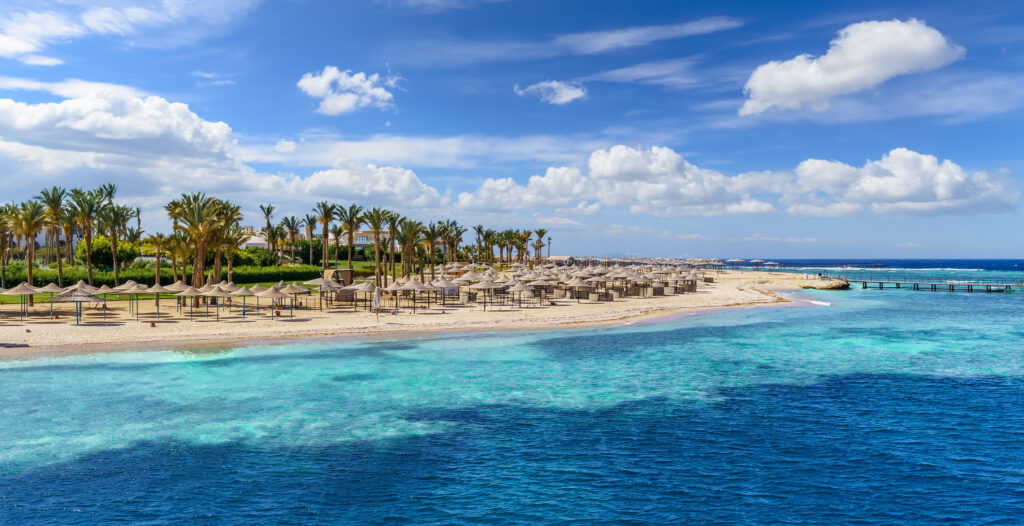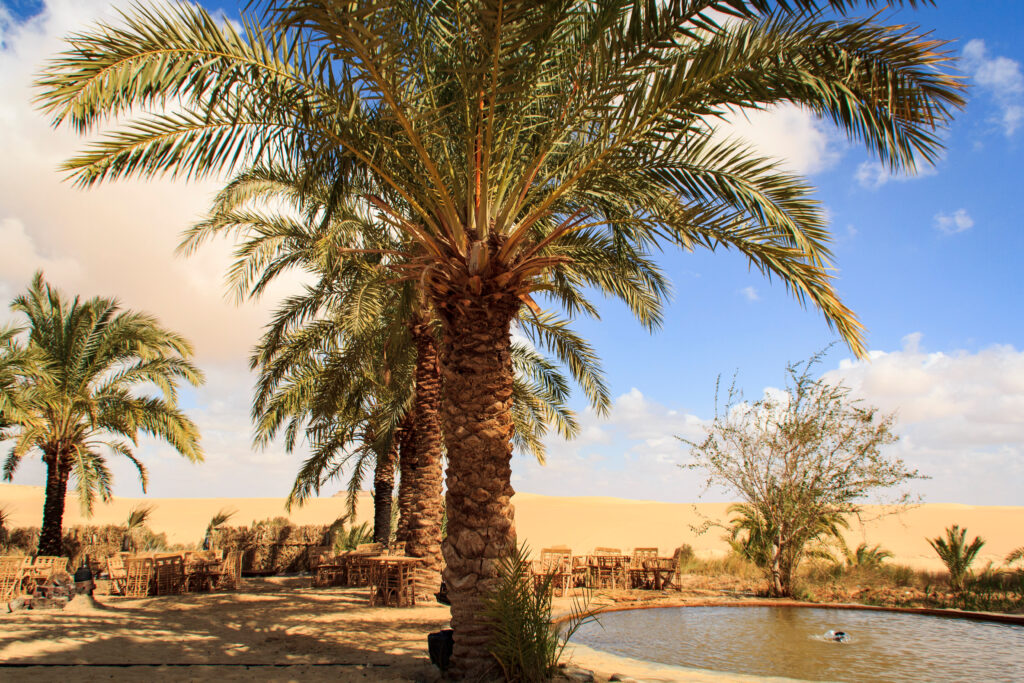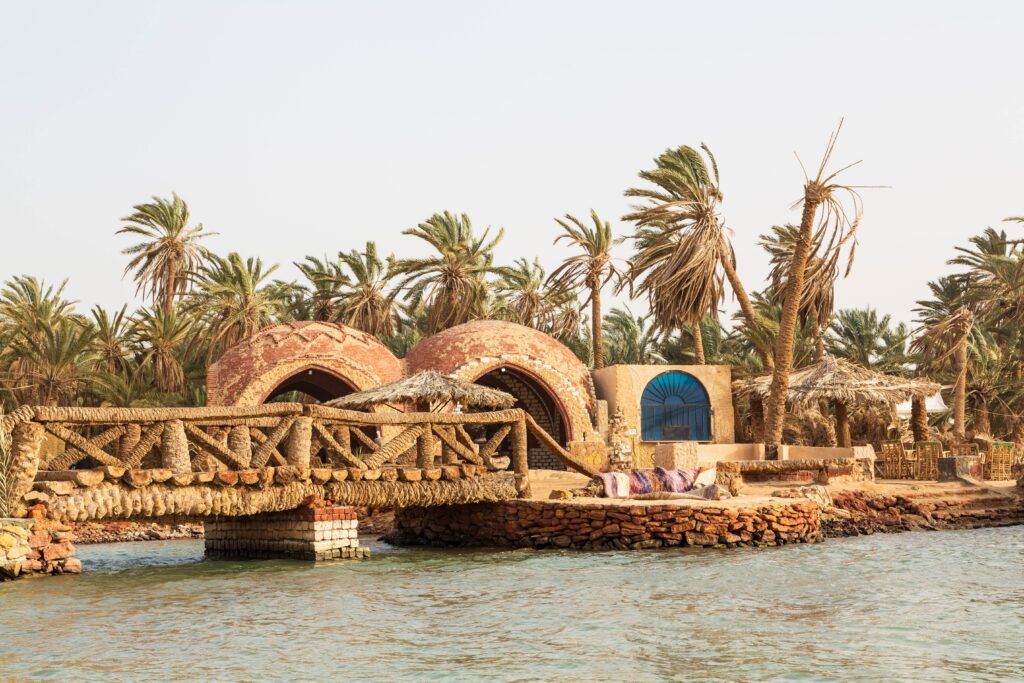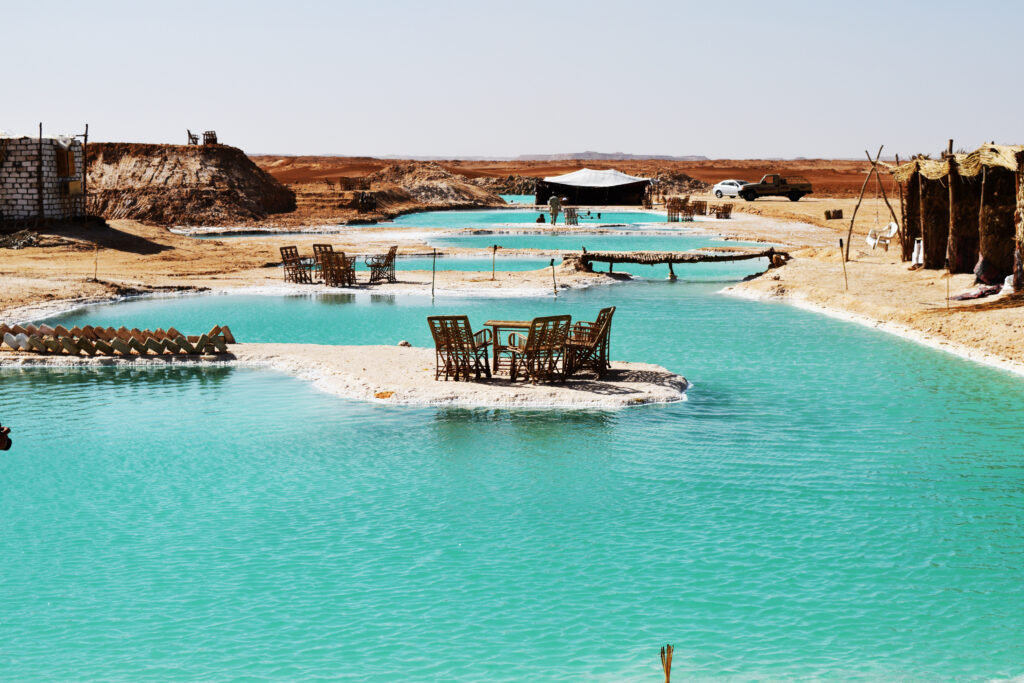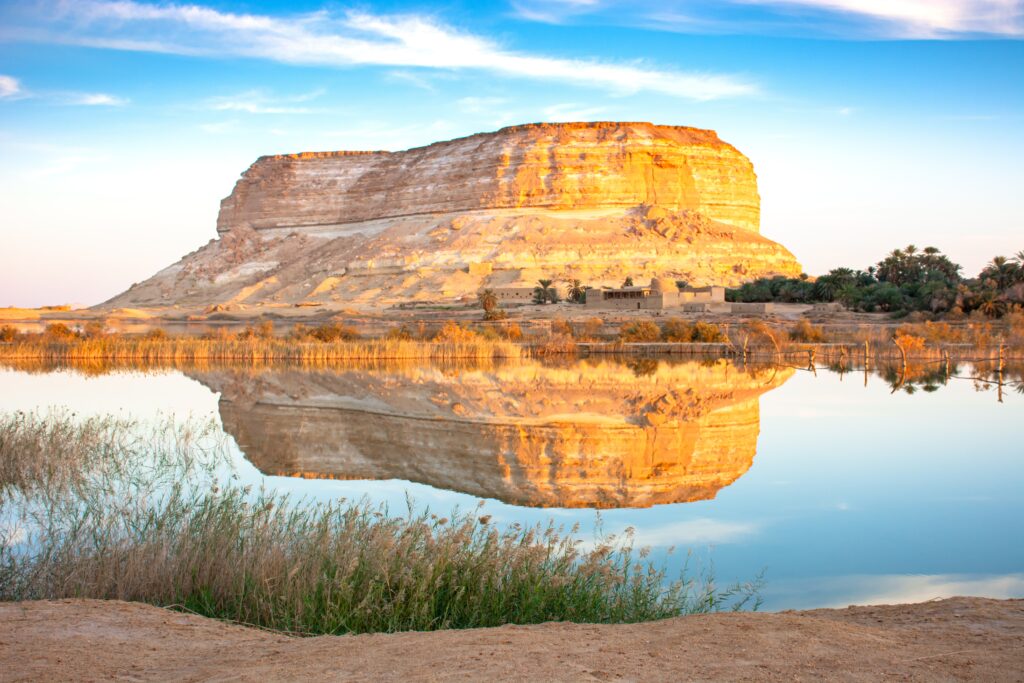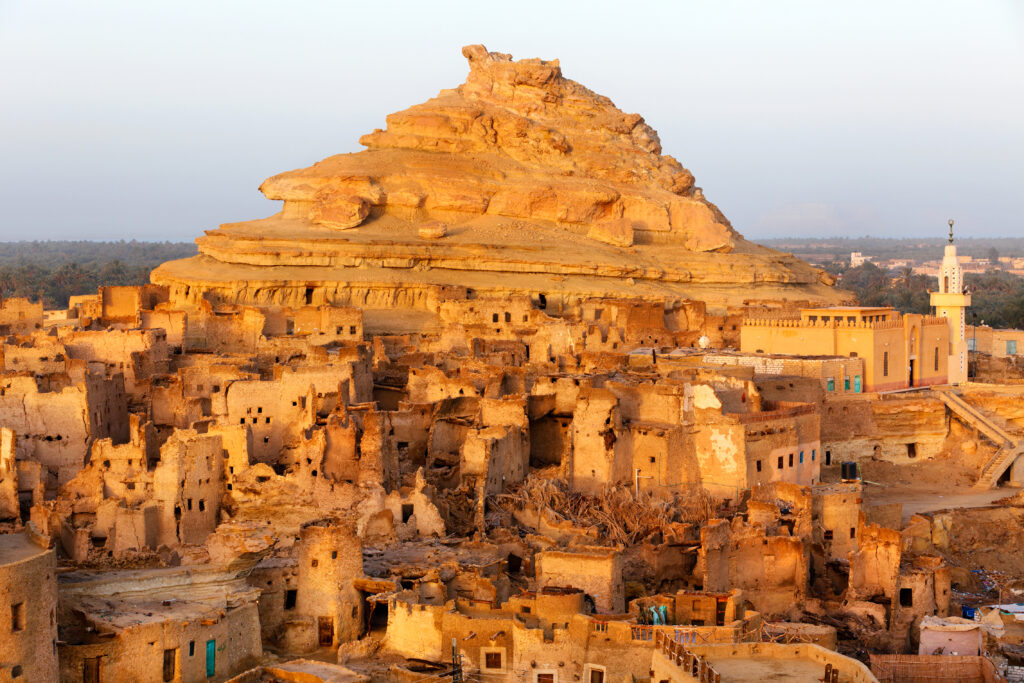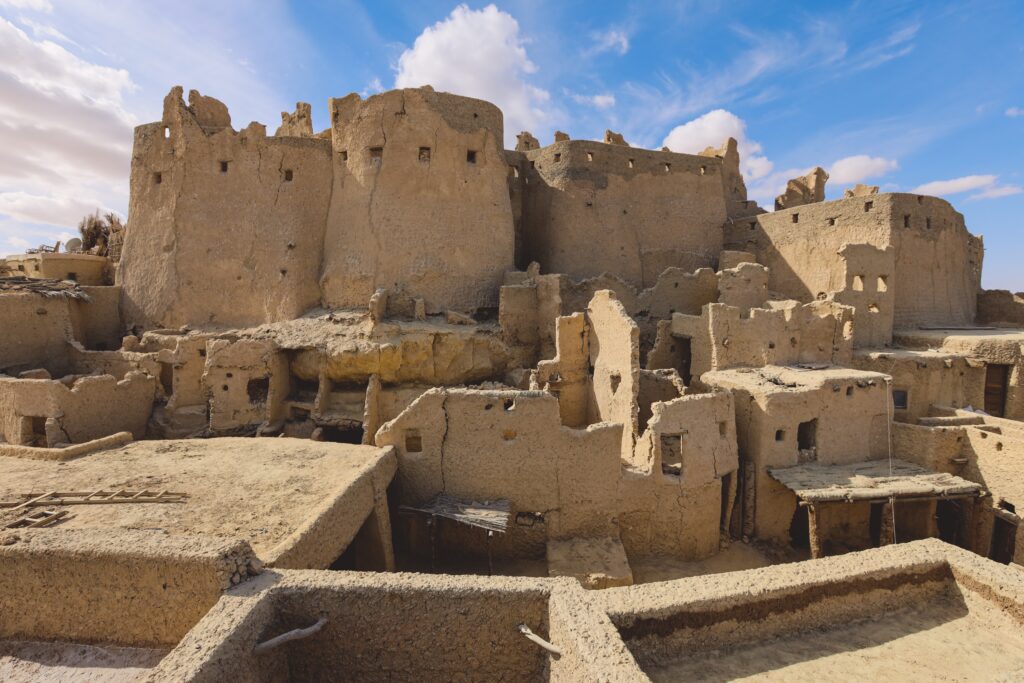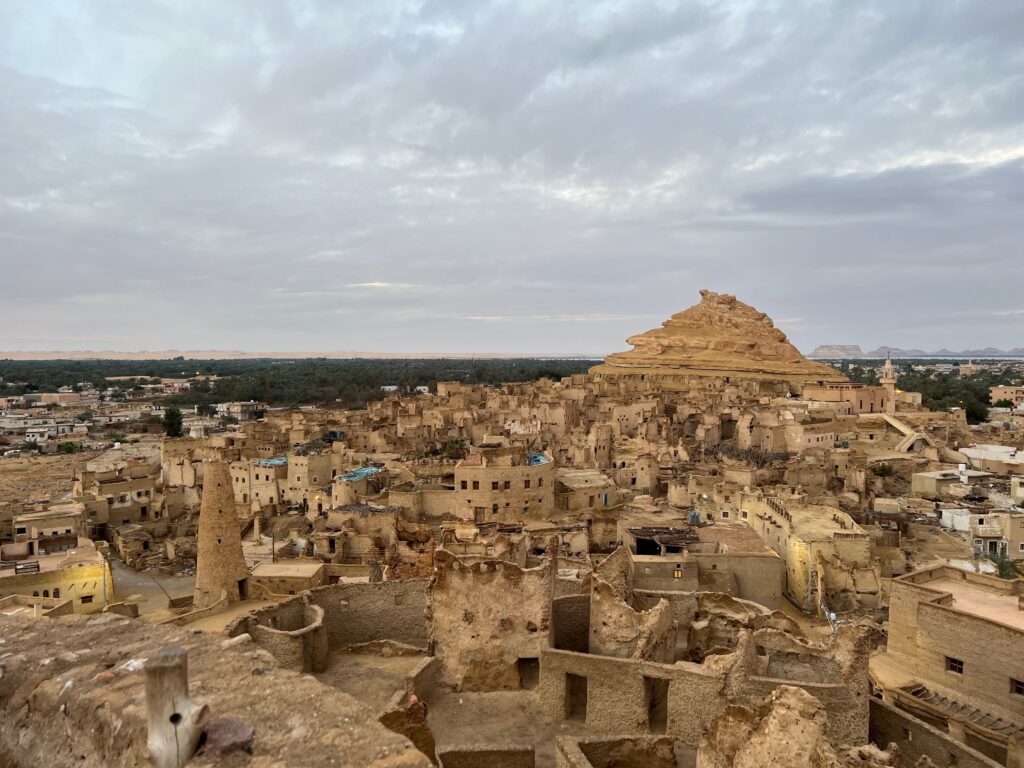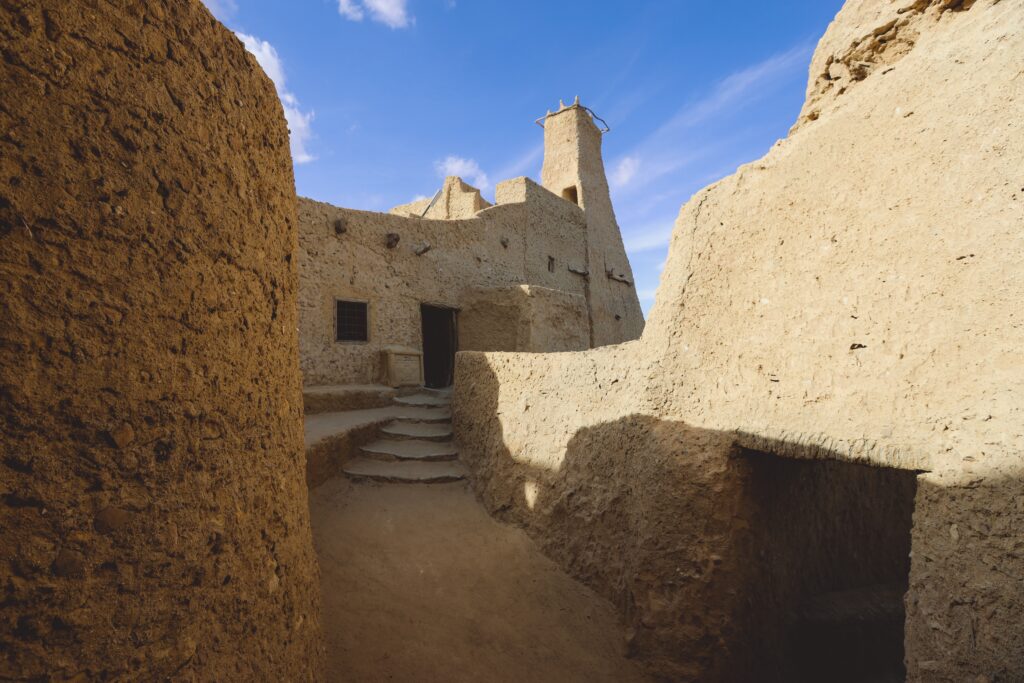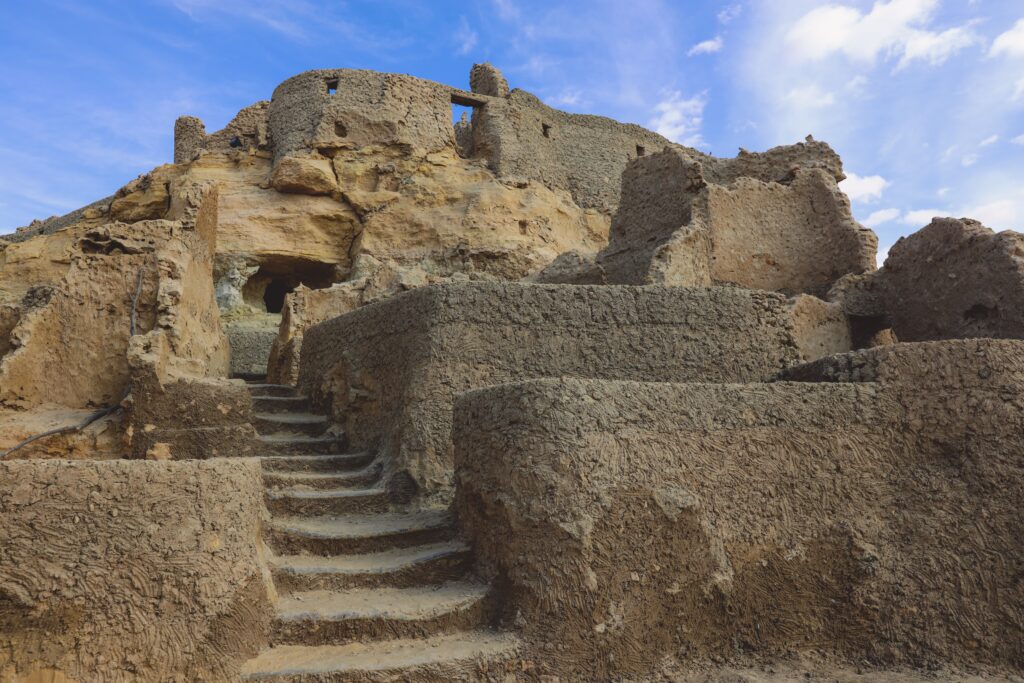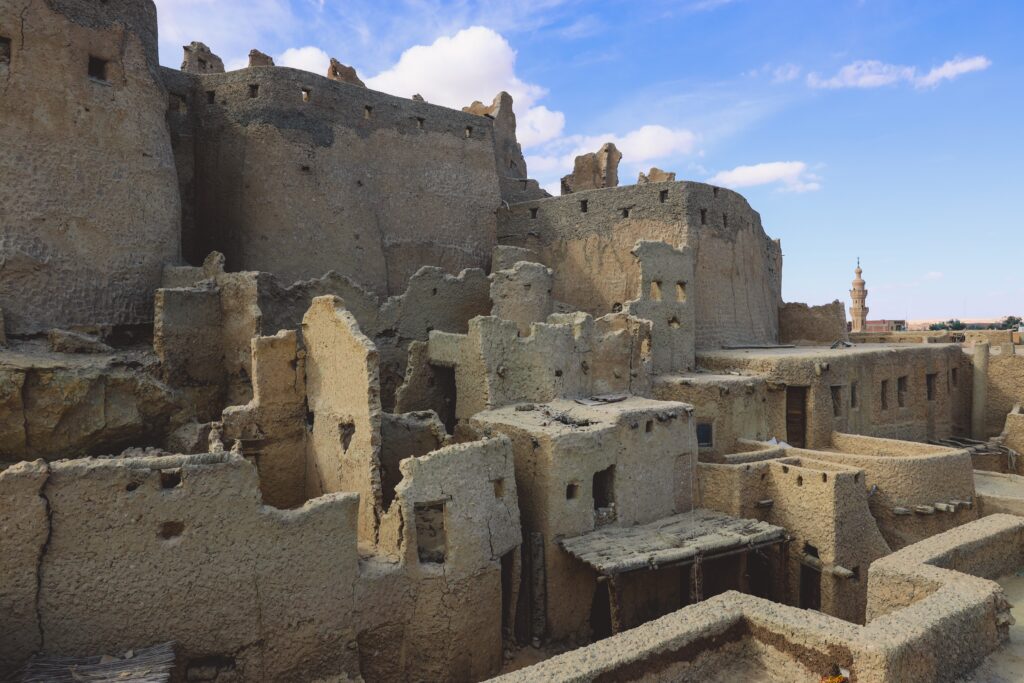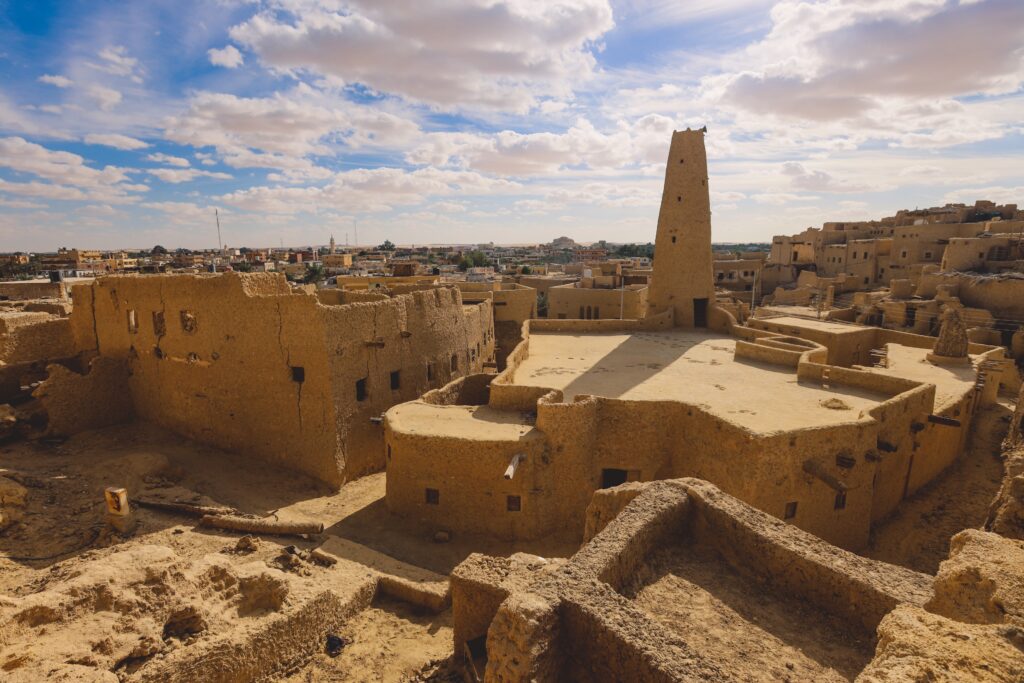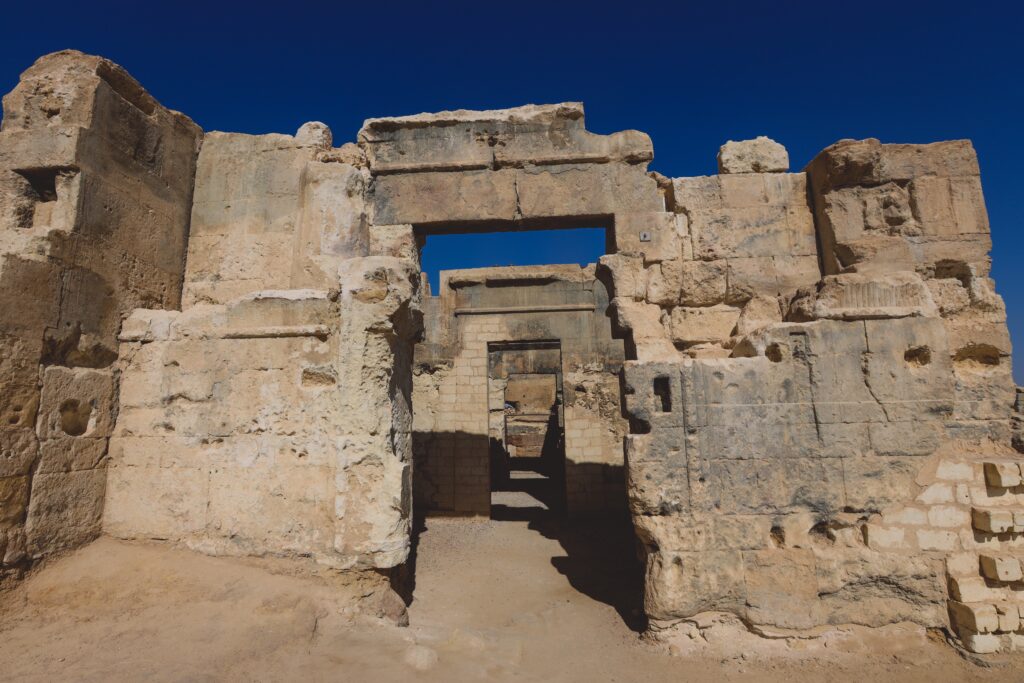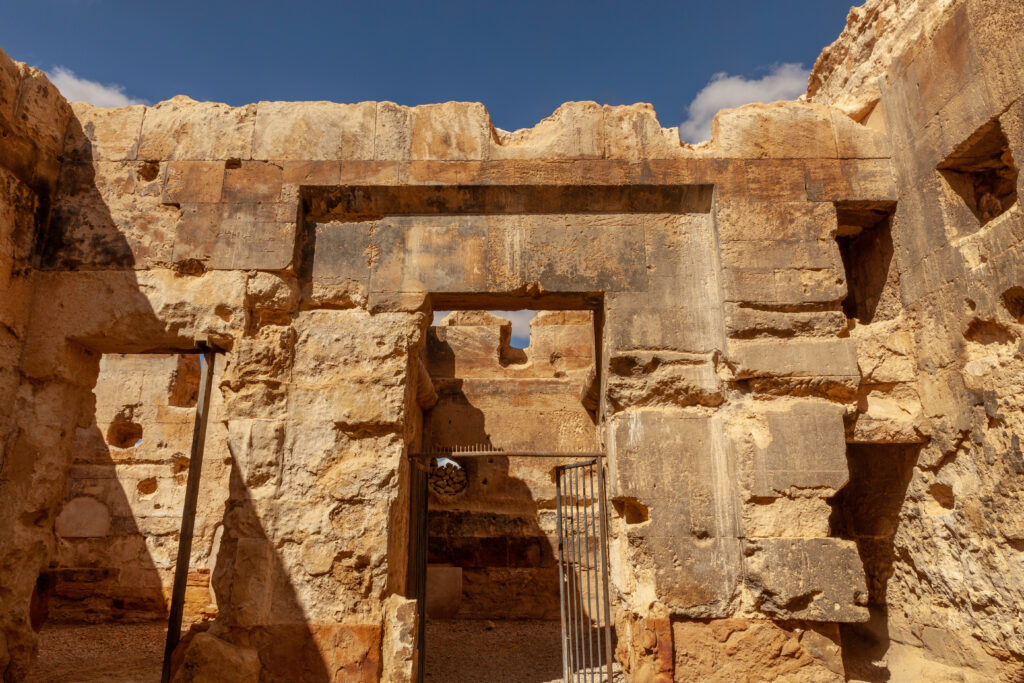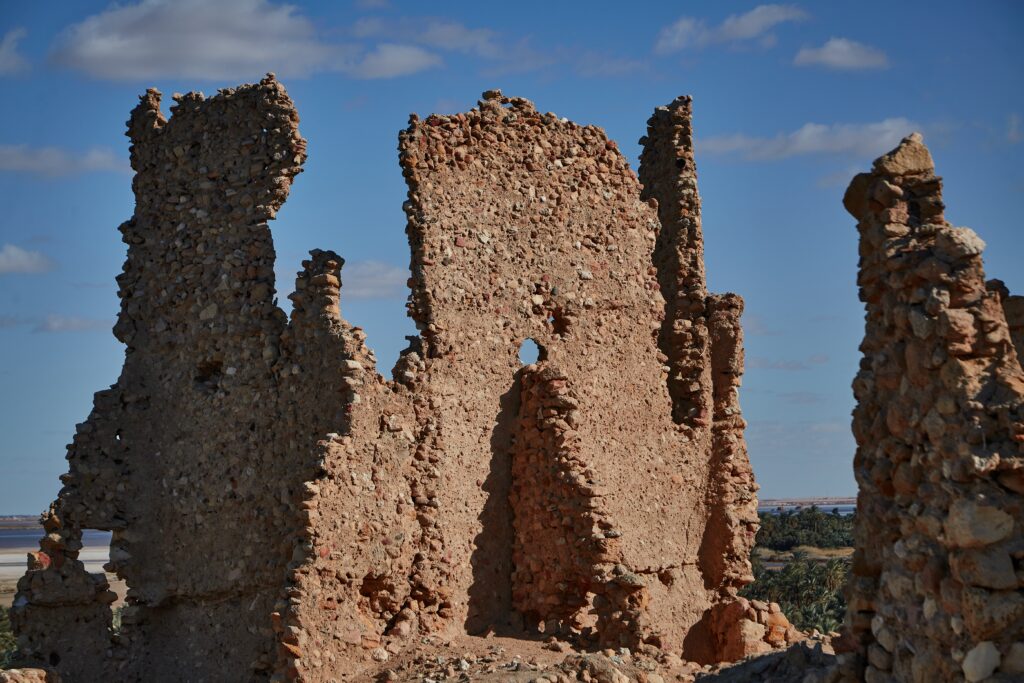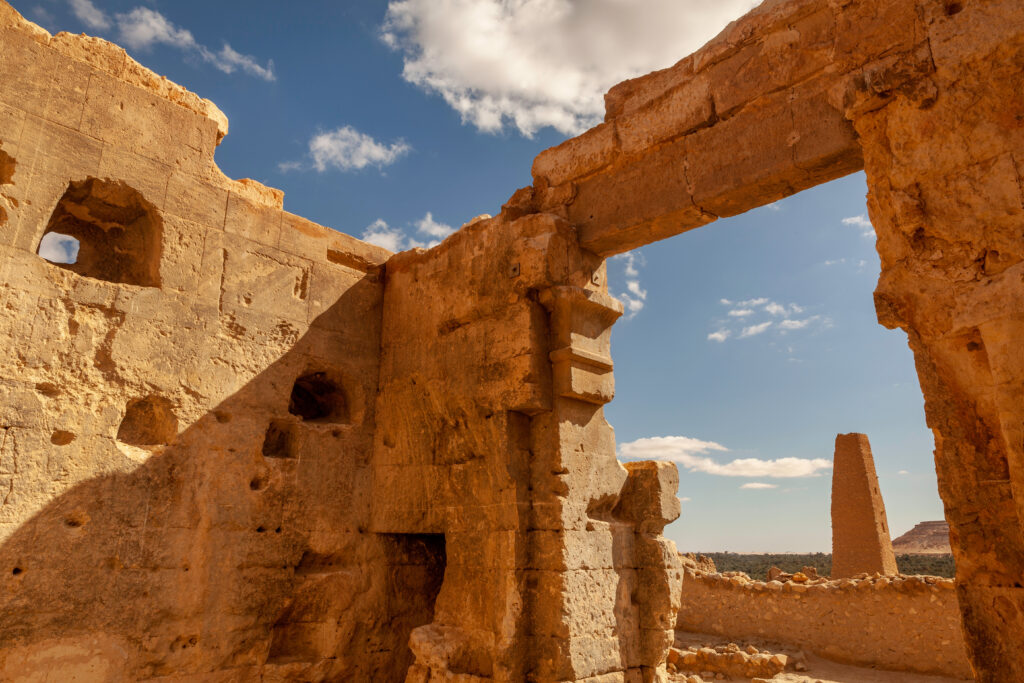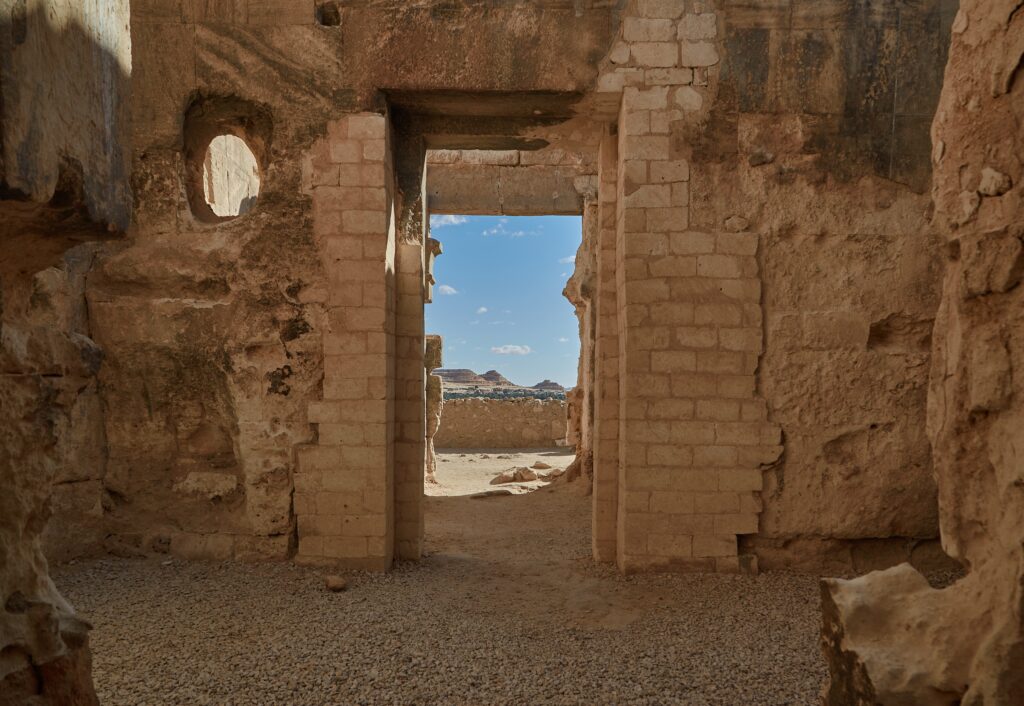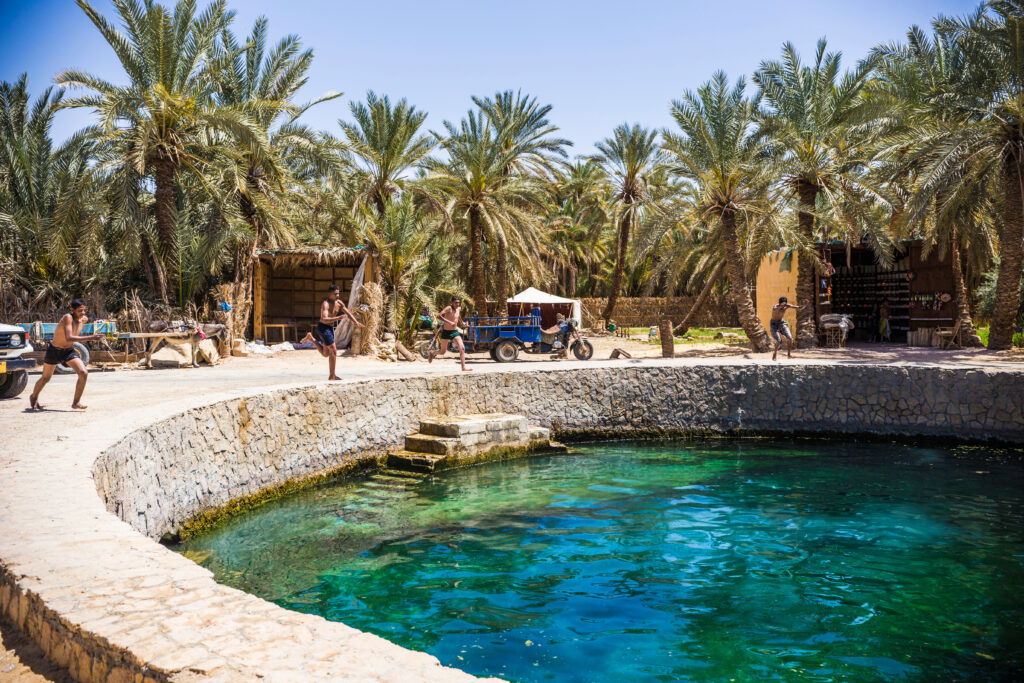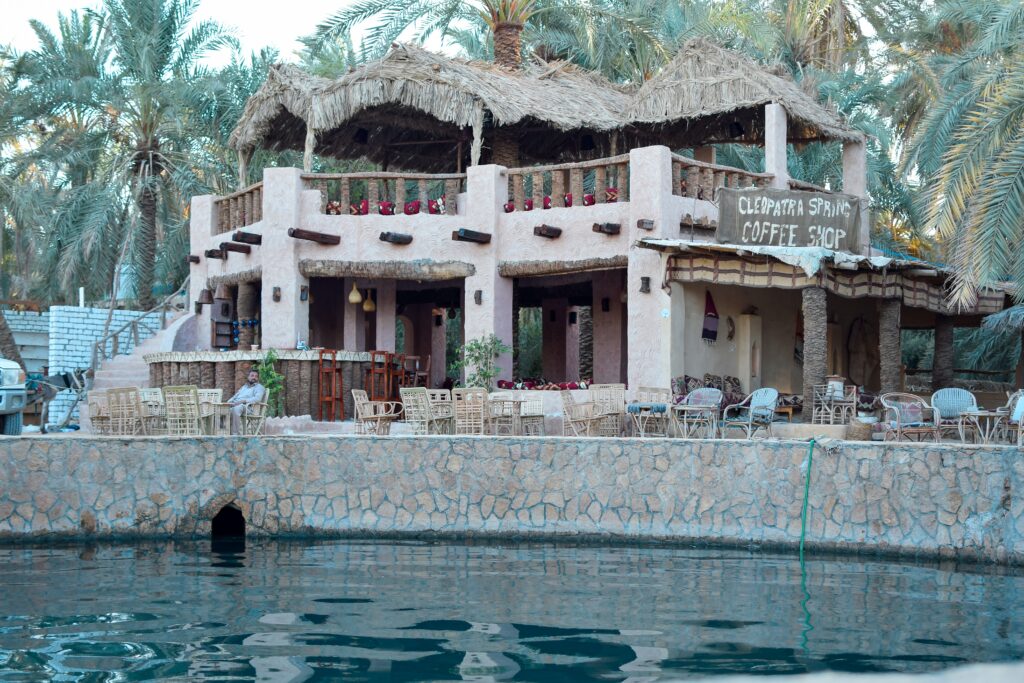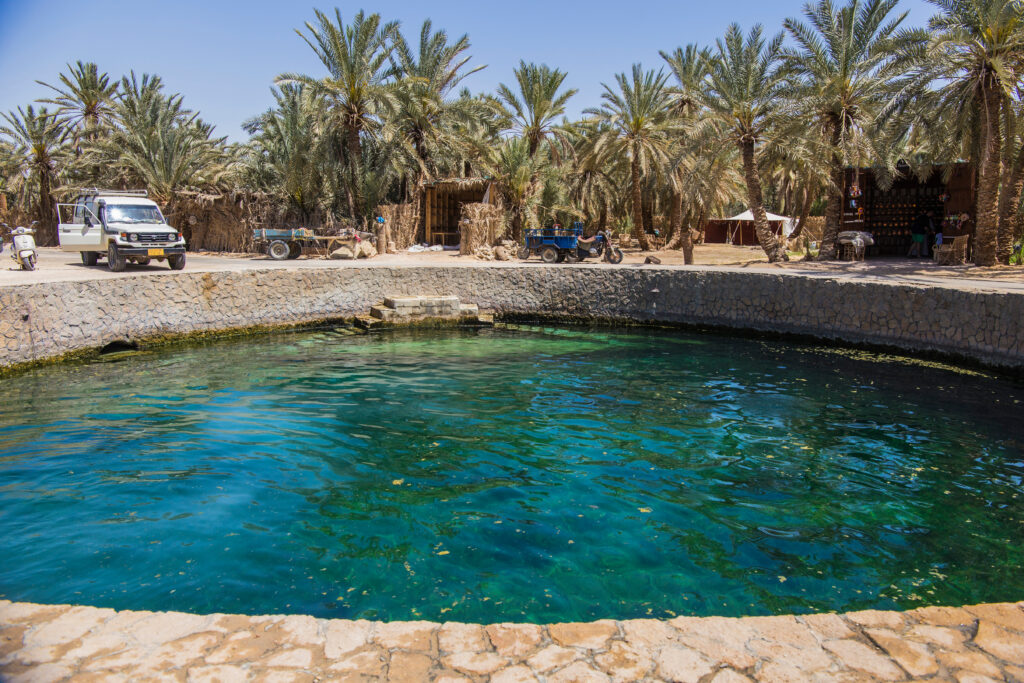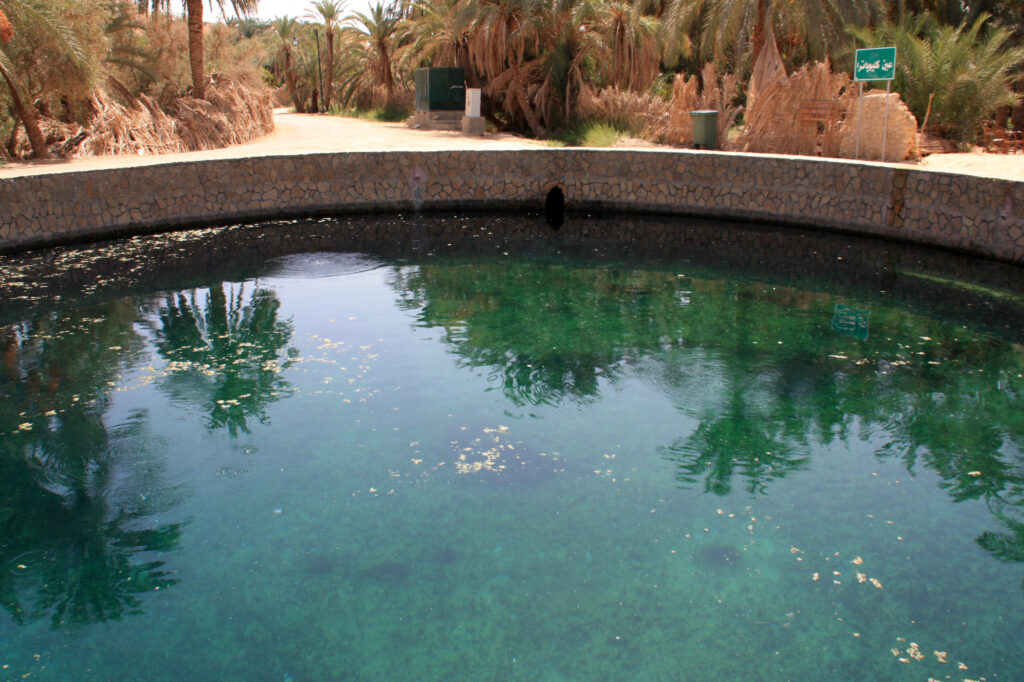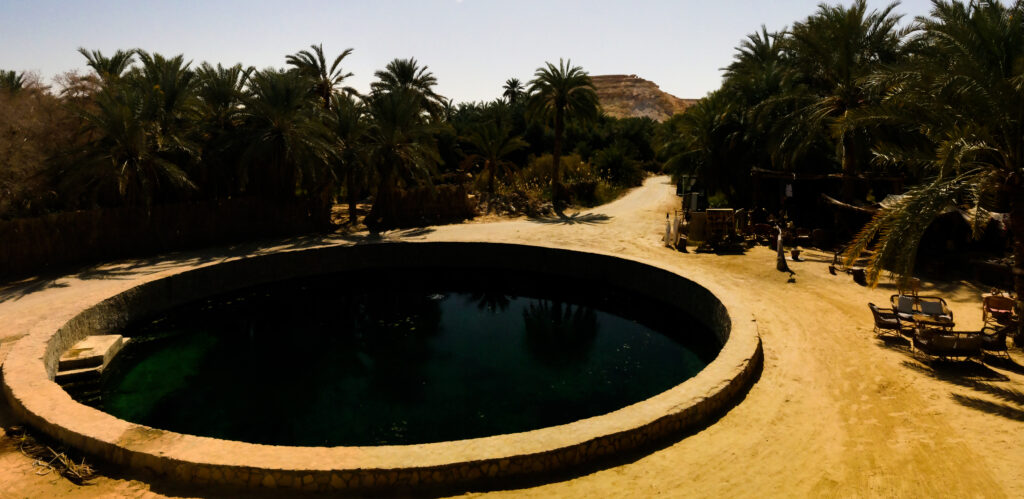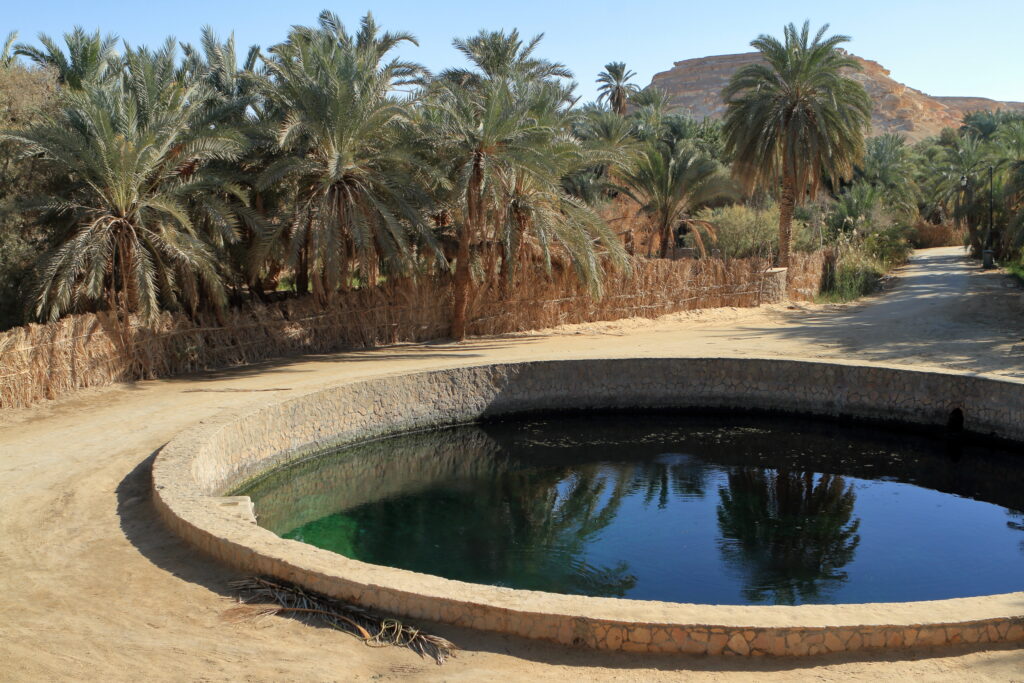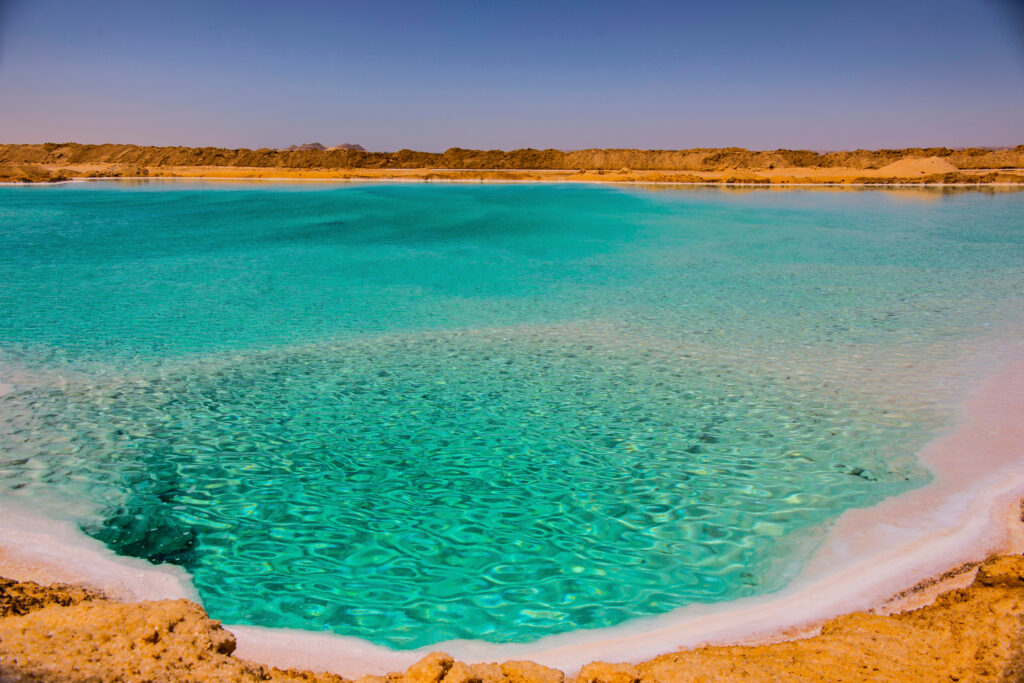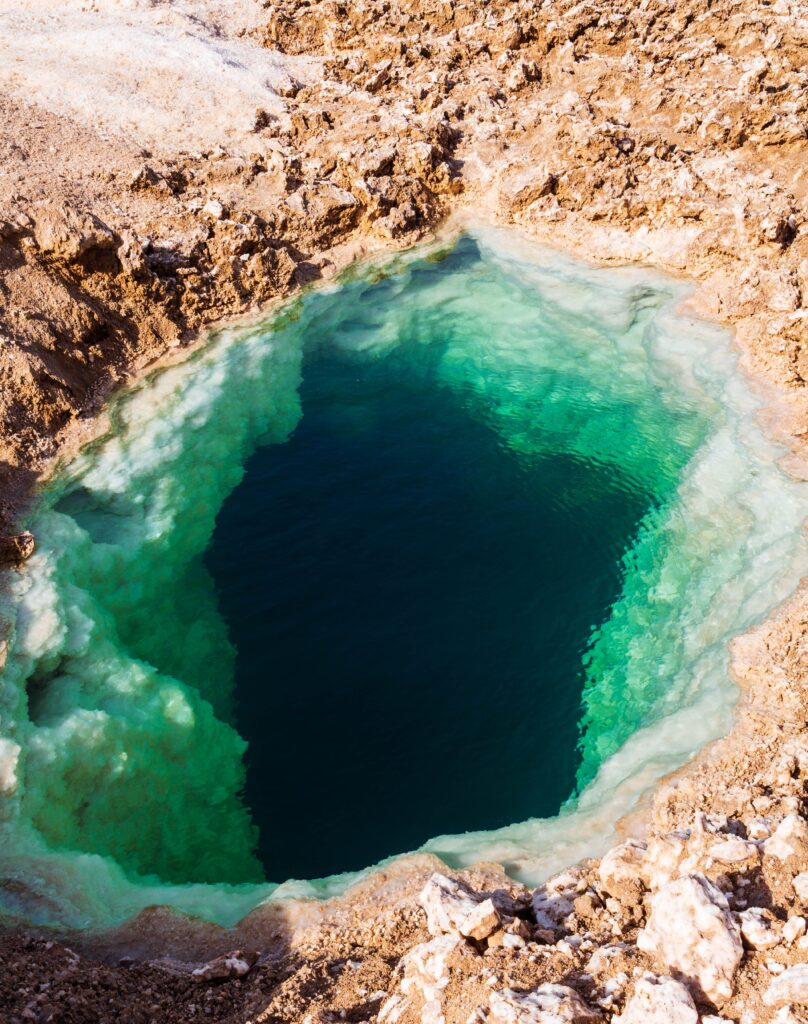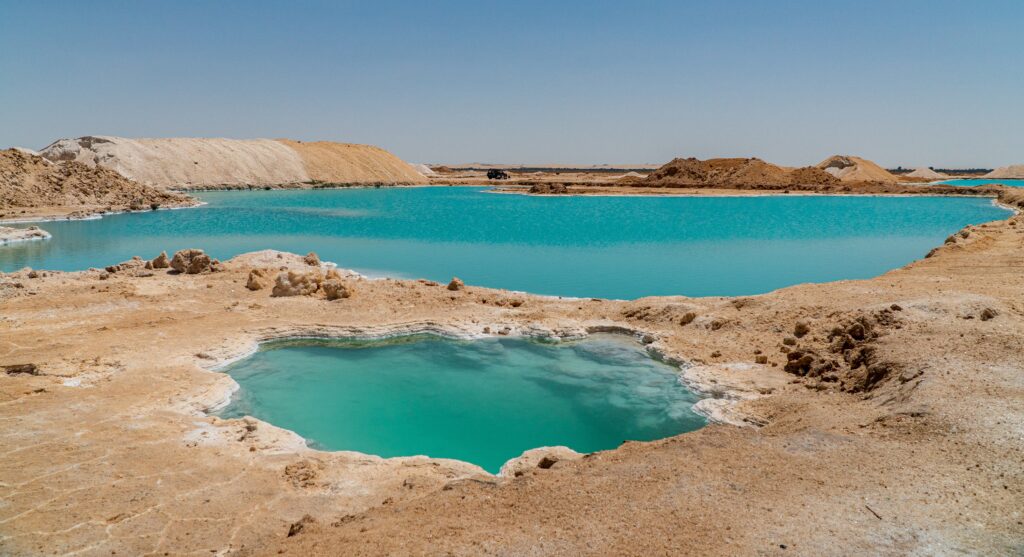Alexandria
The ancient city of Alexandria is a fascinating destination for those seeking to discover the rich history and culture of Egypt. Founded by Alexander the Great in 331 BC, Alexandria became the seat of Ptolemaic rule and remained the largest and most important city in the eastern Mediterranean for centuries.
Despite suffering major destruction and damage throughout its history, the monuments and structures of Alexandria have survived in the memory and writings of Greco-Roman travelers. Today, visitors can explore the ruins of the ancient city and experience the grandeur and beauty of the Greco-Roman civilization.
The Roman Amphitheatre is a destination that offers a unique experience to those interested in discovering the rich history and culture of Alexandria. Constructed in the 4th century AD, this ancient amphitheater was a common feature of the Greco-Roman period and served as a venue for music ceremonies and poet competitions during the Romans' reign in Egypt.
Visitors can explore the symmetrical marble audience section of the amphitheater, which could hold up to 600 spectators. The audience section is a masterpiece of ancient engineering and design, with a diameter of about 33 meters and 13 rows made of European white marble.
To fully explore the rich artistic and cultural heritage of the Roman Amphitheatre, visitors can marvel at the intricate design and decoration of this ancient amphitheater, including the portico made of granite columns that were brought from Aswan, some of which still stand today.
Pompey's Pillar in Alexandria, Egypt is a remarkable historical monument that offers a glimpse into the grandeur and sophistication of the ancient Roman Empire. It is the largest Roman triumphal column of its type, and was constructed outside of the imperial capitals of Rome and Constantinople.
What makes Pompey's Pillar so unique is that it is the only known free-standing column in Roman Egypt, and it is also one of the largest monolithic columns ever erected. The monolithic column shaft measures 20.46 m in height with a diameter of 2.71 m at its base, and the weight of the single piece of red Aswan granite is estimated at 285 tons.
Explore the Serapeum, a remarkable ancient temple complex that was built during the reign of Ptolemy III Euergetes in Alexandria, Egypt. Located on a hill to the west of the city just outside the ancient Ptolemaic city boundary, the temple was dedicated to Serapis, a syncretic deity created by the Ptolemies, with traits of the Egyptian gods Osiris and Apis, and a physical appearance similar to the Greek god Zeus.
Appealing to both Egyptians and Greeks, Serapis became one of the most important Alexandrian cults, and the Serapeum was the most magnificent temple of Alexandria, according to ancient accounts. The temple complex also included shrines to Harpocrates and Isis, who with Serapis, formed the Alexandrian Trinity.
Qaitbay Fort Alexandria is a historic landmark that holds great significance as one of the most important defensive strongholds along the Mediterranean Sea coast. Built in the 15th century, this impressive fort is situated at the entrance of the eastern harbor on the eastern point of the Pharos Island. What makes Qaitbay Fort Alexandria even more remarkable is that it was constructed on the exact site of the famous Lighthouse of Alexandria, which was one of the Seven Wonders of the Ancient World.
The lighthouse continued to function until the time of the Arab conquest, despite several disasters that caused some damage to the structure. Restoration efforts began in the 9th century, but by the 14th century, a destructive earthquake had destroyed the entire building. It was Sultan Al Ashraf Qaitbay who fortified the place as part of his coastal defensive edifices against the Turks, who were threatening Egypt in 1480 AC.
Montazah Palace is a magnificent royal palace located at the Eastern edge of the city of Alexandria on the north coast of Egypt. Built in 1892 by Khedive Abbas Hilmi II, it was one of the royal palaces in Egypt and is situated within a complex that spans around 360 acres and oversees the Al Montaza Gulf.
After the death of Abbas Helmy II, the royal family continued to take care of the Montazah complex until the reign of the last king of Egypt, Farouk I. Following the Egyptian revolution of 1952, the palace was owned by the government, which opened the gardens to the public. The Salamlek Palace was transformed into a museum before being added to the presidential palaces, which serve as a hosting place for the president's visitors.
The Alexandria National Museum is a unique museum that was inaugurated on September 1, 2003. It is considered one of the most remarkable museums in the world, with a main target of narrating the story of Egypt across different ages, from the past until the present day.
The museum is housed in a building that was constructed in 1928 by one of Alexandria's merchants in the modern Italian style. The building was carefully restored and renovated to become a suitable location for the museum.
The Al Mursi Abu Al Abbas Mosque is an impressive architectural masterpiece that dates back to 1775 when the Algerian Sheikh Abu el Hassan El Maghreby built a much larger mosque on the site. The mosque was further renovated in 1863, and an annual festival was established to celebrate the birth of Al Mursi Abu Al Abbas.
This mosque is the largest in Alexandria and is known for its cream-colored facade, four great domes, arabesque designs, and a high minaret. It's a beautiful sight to behold and is one of the most visited mosques on the White Med coast. Visitors to the mosque can explore the colonnade of elongated arches, the eight monolithic granite columns, and the beautiful marble floor.
The New Library of Alexandria is a remarkable project that revives the legacy of the old Library of Alexandria, which was the largest library of its time. The modern library was built in partnership with the United Nations and is located close to the old library in El Shatby in the city. It was opened to the public on October 16, 2002, with an international presence.
The library is home to a vast collection of books estimated at 2 million volumes in Arabic, English, and French, as well as a selection of books in other European languages such as German, Italian, Spanish, and other rare languages such as Creole, Haitian, and Zulu. The current collection includes sources donated from all over the world on various topics.
Aswan
Experience Abu Simbel, an awe-inspiring ancient temple complex located in southern Egypt at the second cataract of the Nile River. The site consists of two temples that were originally cut into a solid rock cliff during the reign of Ramesses II (c. 1279 - c. 1213 BCE), between 1264 - 1244 BCE or 1244-1224 BCE, depending on differing interpretations of the life of Ramesses II by modern scholars.
The Great Temple at Abu Simbel is dedicated to the gods Amun, Ra-Horakhty, and Ptah, as well as to Ramesses II himself. The temple features four colossal statues of the pharaoh, each standing at an impressive 20 meters tall, guarding the entrance. The interior of the temple is adorned with intricate carvings and reliefs depicting Ramesses II and the gods.
The Small Temple at Abu Simbel is dedicated to Ramesses' wife, Queen Nefertari, and also features impressive carvings and reliefs. It is smaller in size compared to the Great Temple but no less impressive in terms of its art and design.
Explore the fascinating Edfu Temple, one of the most striking and complete ancient Egyptian temples dedicated to the worship of the god Horus. Situated on the western bank of the Nile, this temple was constructed over a period of 180 years, beginning in 237 BC during the reign of Ptolemy III and completed in 57 BC during the reign of Ptolemy XII.
As you enter the temple, you will be struck by the impressive frontage of two massive pylons adorned with scenes of Ptolemy XII conquering his enemies and worshipping deities. Two large granite statues of the falcon-god Horus stand guard before the pylons. Beyond them, you will discover a large Peristyle court lined with columns decorated with floral capitals.
Discover the Temple of Kom Ombo, an unusual double temple located in the town of Kom Ombo in Aswan Governorate, Upper Egypt. This temple was constructed during the Ptolemaic dynasty, between 180–47 BC, with some additions made during the Roman period.
What makes this temple unique is its 'double' design, which means that there are courts, halls, sanctuaries, and rooms duplicated for two sets of gods. The southern half of the temple was dedicated to the crocodile god Sobek, the god of fertility and creator of the world with Hathor and Khonsu. Meanwhile, the northern part of the temple was dedicated to the falcon god Haroeris ("Horus the Elder"), along with Tasenetnofret (the Good Sister, a special form of Hathor or Tefnet / Tefnut) and Panebtawy (Lord of the Two Lands).
The temple of Isis is particularly noteworthy for its mammisi, or birth room, which depicts the birth of Horus being celebrated, with Isis suckling her son Horus in the marshes. It is a stunning example of ancient Egyptian art and architecture, showcasing intricate reliefs and carvings depicting the gods and goddesses.
Despite the closure of many pagan temples under the Byzantine Emperor Justinian I (527–565 AD), the temple of Isis remained active until his reign. Here, a priest of Isis named Esmet-Akhom carved the very last dated hieroglyphic inscription, which dates to the late 4th century AD (394 AD). However, the temple was later converted into a Christian church and many inscriptions were deliberately destroyed.
Experience the unique charm of the Nubian village, which has become a popular tourist destination in Aswan. The village offers a vivid and realistic picture of Nubian life, which differed from ancient Egyptian civilization in terms of way of life, clothing, food, and home design and decoration. The Nubians used local materials to build their homes, achieving total harmony with the environment and providing a healthy, refreshing, and self-conditioned atmosphere away from the heat that characterizes the country.
Visitors to the Nubian village can immerse themselves in the local culture and enjoy spending time with the hospitable and welcoming Nubian people. Try on traditional Nubian clothing, taste the famous Nubian food, and admire the skilled craftsmanship of the local artisans and craftsmen. The Nubians are known for their commitment to hygiene, which is a way of life for them.
Explore the natural beauty of Botanical Island, one of the finest recreational places in Aswan. This 17-acre natural reserve is divided into seven different plant areas, each containing a group of rare and perennial plants. The atmosphere has been created to be suitable for their growth in greenhouses, making it an ideal destination for plant lovers.
Botanical Island boasts 380 species of different plants, including a variety of fruits, tropical trees, medicinal and aromatic plants, ornamental plants, wood trees, and spices. Visitors can sail on a wonderful Nile cruise to reach the island, enjoying the most amazing landscapes, palm trees that relax their branches on the Nile waters in a spectacular view, and the reflection of the sun on the surface of the river.
Once on the island, visitors can wander in the paths prepared for walking to discover the island and watch rare, colorful, and exotic birds. It is an enjoyable activity to explore the island and see the beautiful flowers and plants that Botanical Island offers.
Discover the fascinating history of the temple of Dendera, which dates back to the Ptolemaic Period. Evidence suggests that older structures once existed on the site, dating as far back as King Pepy II from the Old Kingdom. One of the most notable features of the temple is its astronomical engravings on the ceiling, which visitors can discover and admire.
The temple of Dendera is particularly renowned for its celebration of the Egyptian New Year. Visitors can experience the renewal and rejuvenation of the goddess Hathor, as a statue of the goddess is brought out on a shrine and placed on the roof of the temple to receive the sun's first rays.
Cairo
Experience the wonder of the Giza pyramid complex, also referred to as the Giza necropolis, situated on the Giza Plateau in Greater Cairo. This historical site comprises the Great Pyramid of Giza, Pyramid of Khafre, and Pyramid of Menkaure, along with their corresponding pyramid complexes and the iconic Great Sphinx of Giza. Built between 2600 and 2500 BC during the Fourth Dynasty of the Old Kingdom of Ancient Egypt, the Giza pyramid complex is a testament to the remarkable ingenuity and craftsmanship of the ancient Egyptians.
Djoser's Step Pyramid in Saqqara is an iconic monument in Egypt and a testament to the remarkable architectural and engineering achievements of the ancient Egyptians. This pyramid marks a significant turning point in ancient Egyptian funerary monuments, revolutionizing stone architecture and royal burials. Not only is it a beautiful and monumental structure, but it is also the very first pyramid ever built by the ancient Egyptians and the oldest known ancient Egyptian stone structure, adding to its historical significance.
King Snefru selected the rocky plateau of Dahshur to establish his first pyramid, competing with the pyramid of King Djoser in Saqqara. However, he was unable to complete it, resulting in a broken shape. Despite this, he built another complete pyramid at a distance from it, known as the Red Pyramid. Nearby, the pyramids dating back to the Middle Kingdom, including the pyramid of King Amenemhat II, are in a deteriorating state. The pyramid of King Senwosret III is surrounded by the tombs of the princesses Sit-Hathor and Ment.
The museum's extensive collection spans from the Predynastic Period to the Greco-Roman Era, showcasing the evolution of Egyptian culture over thousands of years. The building itself is a masterpiece of architecture, designed by French architect Marcel Dourgnon, who won an international competition in 1895 to create this historic landmark in downtown Cairo. The museum was inaugurated in 1902 by Khedive Abbas Helmy II and has since become a must-visit destination for anyone interested in ancient history and culture.
Discover the groundbreaking National Museum of Egyptian Civilization, the first of its kind in Egypt and the Arab world. Partially opened in February 2017, the museum houses a collection of 50,000 artifacts, presenting the richness and diversity of Egyptian civilization throughout the ages, from prehistoric times to the present day. The museum's focus on continuity and stability is demonstrated through its tangible and intangible heritage.
The synagogue is named after Abraham ibn 'Ezra, a renowned Jewish religious scholar and philosopher. Ben 'Ezra contains all the main features of a synagogue, including the bimah, or pulpit, from which prayers were read, located in its center. The hekhal, the most sacred feature of a synagogue and the direction of prayer, is decorated in Arabesque style and inlaid with mother of pearl, showcasing a unique blend of artistic traditions. The Ten Commandments are inscribed in Hebrew on the hekhal, adding to its historical significance.
The Church of Saint Sergius and Bacchus holds a special religious significance among Coptic churches, as it is associated with the Holy Family's journey through Egypt. The church is named after two renowned saints, Sergius and Bacchus, both of whom were martyred at al-Resafa in Syria for their Christian beliefs in the early fourth century AD.
Visitors to the Church of Saint Sergius and Bacchus can appreciate the unique architecture and design of the church, which combines elements of ancient Roman and early Christian styles. The church's interior is adorned with beautiful paintings and religious icons, adding to its historical and cultural significance.
The Hanging Church is a remarkable structure, featuring a wooden roof in the shape of Noah's ark. From the 7th century to the 13th century, the Hanging Church served as the residence of the Coptic Patriarch, making it an important religious and cultural site. Al-Moallaqa has witnessed many important elections and religious ceremonies throughout its long history.
Visitors to the Hanging Church can appreciate the unique architecture and design of the church, which combines elements of ancient Roman, Coptic, and Islamic styles. The church's interior is adorned with beautiful paintings and religious icons, adding to its historical and cultural significance.
Located inside the Citadel of Salah al-Din al-Ayyubi is the Mosque of Muhammad Ali, built by Muhammad Ali Pasha between 1805 and 1848 AD. The mosque was constructed on the site of Mamluk palaces, which were demolished to make room for the new building. Known as the "Alabaster Mosque," the mosque's interior and exterior walls are decorated with marble paneling, adding to its impressive beauty.
The Mosque of Muhammad Ali's twin minarets are the highest in all of Egypt, each reaching a height of 84 meters. Visitors to this remarkable mosque can appreciate its unique architecture and design, which combines elements of Ottoman and Islamic styles.
Discover the rich history and cultural significance of the Mosque of Amr ibn al Ass, the oldest surviving mosque in Egypt and Africa. General Amr ibn al Ass was one of the first companions of the Prophet Muhammad and, after conquering Egypt in 640, founded its first Islamic capital, Fustat, which is now part of modern-day Cairo. A year later, by order of the Caliph ‘Umar ibn al-Khattab, he also founded the eponymous mosque of ‘Amr ibn al Ass, which became the new capital's very first building.
Explore the impressive history and architecture of the Mosque and Madrasa of Sultan Hasan, one of the largest and most architecturally exquisite mosques in Egypt. Commissioned by Mamluk Sultan Hasan ibn al-Nasir Muhammad ibn Qalawun between 1356 AD and 1363 AD, the mosque is located at the end of Muhammad Ali Street, opposite its 19th-century neighbor, al-Rifa’i Mosque in Midan al-Qal’a (Salah al-Din Square).
The Mosque and Madrasa of Sultan Hasan are prime examples of Mamluk architecture, combining elements of Islamic and medieval styles. Visitors to this remarkable mosque can appreciate its intricate stonework and unique design, which includes a large courtyard, a prayer hall, and a minaret.
Discover the rich history and cultural significance of Al-Mu’izz Street, the largest open-air museum for Islamic monuments in the world and a unique heritage site that was added to The UNESCO World Heritage List in 1979. The street is named after the Fatimid Caliph, al-Mu’izz li-Din Allah, who first founded it in the 10th century.
The historical street stretches between Bab al-Futuh in the north and Bab Zuwayla in the south, passing along many of the significant and uniquely preserved ancient alleys and streets, such as Amir al-Juyush Street, Darb al-Asfar, Bergowan Alley, Khan al-Khalili, and al-Ghuriyya. The street has borne many names over the centuries, and came to be known as al-Mu’izz only in 1937.
Discover the rich history and cultural significance of Khan el-Khalili, a famous bazaar and souq located in the heart of historic Cairo, Egypt. The bazaar district was established as a center of trade during the Mamluk era and named after one of its several historic caravanserais. It has since become one of Cairo's main attractions for tourists and locals alike, thanks to its vibrant atmosphere and unique shopping experience.
Khan el-Khalili is home to many Egyptian artisans and workshops involved in the production of traditional crafts and souvenirs, such as jewelry, textiles, and pottery. Visitors to the bazaar can appreciate the unique craftsmanship and design of these handmade goods, which offer a glimpse into the rich cultural heritage of Egypt.
Fayoum
Fayoum is located close to Cairo and is considered to be the closest oasis to the city. Visitors to Fayoum can experience a wide diversity of natural landscapes, history, architecture, and world heritage sites. The city is surrounded by beautiful lakes and is known for its stunning scenery and unique natural beauty.
Fayoum is home to several historical sites, including the Pyramid of Amenemhat III, which is one of the best-preserved pyramids in Egypt, and the Hawara Pyramid. Visitors can also explore the Temple of Sobek and Haroeris, which is a well-preserved temple that was dedicated to the worship of the crocodile god, Sobek.
Discover Wadi El Rayan, a protected national park that spans nearly 700 square miles and is one of the many highlights of Fayoum. The park is located in the southwestern part of Fayoum and is comprised of an upper and lower human-made lake, with Egypt's largest waterfalls in between them.
The waterfalls, located in Mansheet Zafer, also known as El Mokhtalata village in Itsa administrative center, are a result of Fayoum's unique topography. The land slopes steeply downward from south to north for 67 meters along a distance of 35 km towards Qaroun Lake, with an average slope of 2m/km. This special topography has created a stunning natural landscape, with the waterfalls being a popular destination for visitors to the park.
The park is home to a wide range of flora and fauna, including several species of migratory birds, desert foxes, and hyenas. Visitors can explore the park on foot, by bike, or by car, and enjoy the stunning scenery and unique natural beauty of the area.
Visitors to Wadi Al-Hitan can explore and experience the fascinating history of the evolution of whales and other marine mammals. The site offers a unique opportunity to see some of the most important fossil remains in the world, including those of early horses, elephants, and sea turtles.
The area is protected as a UNESCO World Heritage site, and visitors can experience the stunning natural beauty of the Western Desert of Egypt while learning about the important scientific discoveries made at the site. The fossils in Wadi Al-Hitan provide a vivid glimpse into the ancient past, allowing visitors to imagine what life was like for these early marine mammals during their transition from land to sea.
Many historians have assumed that the original builder of the Step Pyramid was Huni, the last king of the 3rd Dynasty. However, no evidence of Huni's name has been found in or near the Meidum Pyramid, making it unlikely that he was responsible for its construction. Instead, it is believed that the pyramid was built by Snofru, the first king of the 4th Dynasty.
Recent archaeological research suggests that Snofru built the pyramid before his 15th year as king and then abandoned the site to start a new royal cemetery at Dashur, located about 40 kilometers to the North. The fact that none of the mastabas surrounding the pyramid are older than the early 4th Dynasty and that several of Snofru's sons were buried there also confirms that the pyramid must be dated to the beginning of the 4th Dynasty.
The pyramid located in the Dahshur necropolis was built by King Sesostris II, who reigned from 1844 to 1837 BCE. He was the fourth king of the 12th Dynasty, which lasted from 1938 to around 1756 BCE.
One of the unique features of this pyramid is that the entrance to the burial chamber is located on the south side of the structure, rather than the more common northern entrance. This architectural feature has led some scholars to suggest that the pyramid was built to align with the sun's movement during the winter solstice.
The pyramid was built by Amenemhet III, a pharaoh of the 12th Dynasty who reigned from around 1860 to 1814 BCE. Like many other pyramids of the time, it was constructed using mud brick and encased with limestone. Unfortunately, the limestone casing was pillaged by stone robbers centuries ago, leaving only the mud brick core. As a result, the pyramid now appears as a massive mudbrick structure to modern visitors.
The burial chamber of the pyramid is carved from a single piece of hard quartzite and has a rectangular shape. Once the burials had been completed, the chamber was sealed with a single roofing slab weighing approximately 45 tons. This impressive engineering feat is a testament to the ingenuity and skill of the ancient Egyptian builders.
Luxor
Discover the rich history and cultural significance of Luxor Temple, also known as Ipet resyt or the "Southern Sanctuary" to the ancient Egyptians. The temple is located within ancient Thebes (modern Luxor) and is situated around three kilometers to the south of Karnak Temple, to which it was once linked with a processional way bordered with sphinxes. The oldest evidence for this temple dates back to the Eighteenth Dynasty (c.1550–1295 BC). The Luxor Temple complex includes several structures, including the main temple with its courtyards, halls, and shrines, as well as a barque shrine and smaller temples dedicated to various deities. The temple's design and decoration reflect the changing religious beliefs and political ideologies of ancient Egypt's rulers, with contributions from pharaohs of different dynasties, including Amenhotep III, Tutankhamun, and Ramses II.
Discover the rich history and cultural significance of Karnak Temple, also known as Ipet-Sut or "The Most Select of Places" by the ancient Egyptians. Located in Thebes (modern Luxor) in Upper Egypt, Karnak Temple was the most important temple in the area and served as the center of the cult of the great god Amun of Thebes. As such, it was extremely wealthy, and its priesthood held great political power.
The temple is located on the east bank of Luxor and is built on an east-west axis, like most ancient Egyptian temples. Ancient Egyptian temples were models of the cosmos, and this layout meant that they mirrored the sun god's trajectory through the sky. However, Karnak Temple also possesses a north-south axis, which orients it towards another temple, the abode of Amenemopet, known today as Luxor Temple. This was a different version of Amun specific to south Luxor. The two temples were linked by a processional way lined with sphinxes and were used in one of the most important celebrations of the ancient Egyptian calendar, the Opet Festival.
The temple of Hatshepsut served as a mortuary temple for the female pharaoh and her revered father, Thutmose I. Given its funerary nature, Hatshepsut's mortuary temple was built on the west bank of the Nile, directly across the river from the main temple of Amun in Karnak. The statues of this god, his wife Mut, and their son Khonsu left their temples every year during the Beautiful Feast of the Valley and crossed the Nile to visit the royal mortuary temples, including Hatshepsut's, which appears to have been one of their most important stops.
The temple's design and decoration reflect the changing religious beliefs and political ideologies of ancient Egypt's rulers, with contributions from pharaohs of different dynasties, including Hatshepsut, Thutmose III, and Amenhotep III. The temple's unique design features a colonnade of 22 imposing pillars, each over 15 meters tall, and a series of impressive reliefs that depict the queen's achievements and connections with the gods.
The twin statues depict Amenhotep III in a seated position, his hands resting on his knees, and his gaze facing eastwards towards the river. Two shorter figures are carved into the front throne alongside his legs: these are his wife Tiye and mother Mutemwiya. The side panels depict the Nile god Hapi.
The Colossi of Memnon are a remarkable example of ancient Egyptian art and architecture, showcasing the skill and craftsmanship of the artisans who created them. They are also an important cultural and historical site, providing insight into the rich history and traditions of ancient Egypt's religious practices and the remarkable reign of Amenhotep III.
Discover the rich history and cultural significance of the Valley of the Kings, where the rulers of the Eighteenth, Nineteenth, and Twentieth Dynasties of Egypt's prosperous New Kingdom (c. 1550-1069 BC) were buried in a desolate dry river valley across the river from the ancient city of Thebes (modern Luxor), hence its modern name. This moniker is not entirely accurate, however, since some members of the royal family aside from the king were buried here, as were a few non-royal, albeit very high-ranking, individuals. The Valley of the Kings is divided into the East and West Valleys. The eastern is by far the more iconic of the two, as the western valley contains only a handful of tombs. In all, the Valley of the Kings includes over sixty tombs and an additional twenty unfinished ones that are little more than pits.
Explore the rich history and cultural significance of the Valley of the Queens, also called Valley of the Tombs of the Queens, located in a gorge in the hills along the western bank of the Nile River in Upper Egypt. It was part of ancient Thebes and served as the burial site of the queens and some royal children of the 19th and 20th dynasties (1292–1075 BC). The queens' necropolis is located about 1.5 miles (2.4 km) west of the mortuary temple of Ramses III (1187–56 BC) at Madīnat Habu. There are more than 90 known tombs, usually consisting of an entrance passage, a few short halls, and a sarcophagus chamber.
Learn about the history and cultural significance of Medinet Habu, the mortuary temple of Ramses III located on the west bank of Luxor. The name "Medinet Habu" is the Arabic name for the temple. The complex is made of sandstone and is the second largest in the area, after Karnak. It closely resembles the Ramesseum in structure and design.
Ramses III, the second pharaoh of the twentieth dynasty, is considered the last great pharaoh of Egypt, and his mortuary temple is covered with reliefs depicting his conquests. His reign lasted from 1186 to 1155 BC. The memorial temple has 7,000 square meters of well-preserved decorated surfaces.
Red Sea
The beautiful city of Sharm El Sheikh is the most desired vacation destination in the entire Red Sea for its modern infrastructure and countless 5-star resorts, healthy beautiful beaches, breathtaking nature and buzzling nightlife.
Ras Mohamed is a nature reserve located at the tip of the Sinai Peninsula and offers some of the world’s best snorkeling and diving sites in the world such as the Yolanda wreck and Shark Reef, in addition to a variety of amazing beaches.
Dahab is a unique place that combines arts, water sports and authentic Bedouin vibes, all bundled in a laid back small waterfront town.
The small town of Saint Catherine has a significant religious importance due to the presence of Mount Sinai (Jabal Musa), which is a widely popular hiking spot, and its 1,400 year old monastery.
The capital of the Red Sea governorate, Hurghada is a major city surrounded by several high end private resorts such as El Gouna, Sahl Hashish and Soma Bay. It is also within proximity to some of the most beautiful islands in the Red Sea, which are easily accessible by a short boat ride.
Siwa
Located in the Western Desert of Egypt, between the Qattara Depression and the Great Sand Sea, is the Siwa Oasis. This urban oasis is situated 50 km east of the Libyan border and 560 km from Cairo. It measures about 80 km in length and 20 km in width, and it is one of Egypt's most isolated settlements with about 33,000 people, mostly Berbers, who developed a unique and isolated desert culture and a language called Siwi.
One of the primary reasons for Siwa Oasis's fame is its ancient role as the home to an oracle of Ammon. The ruins of the oracle are a popular tourist attraction, which gave the oasis its ancient name, Oasis of Amun Ra. Visitors can explore the ruins of the oracle and learn about its significance in ancient Egyptian history and mythology.
Experience the unique and fascinating village of Shali in Egypt, with a history dating back to the twelfth century AD. The village is built in a unique style from the material of the archive, which is clay saturated with salt, making it similar to cement in its hardness once it dries up. This construction technique and its historical significance are worth discovering while exploring the village.
The city of Shali is surrounded by a sturdy building wall that has only one entrance called "The Bab Anshal", meaning the gate of the city. On the northern side of the city wall is the ancient mosque, which is the oldest mosque built with mud in Africa. Visitors can explore this fascinating mosque and learn about its historical significance.
The village of Shali includes the Al-Ateeq Mosque and the Sheikha Hasina Mosque, known as the Tandi Mosque, in addition to the city's houses and ruins of its buildings. Visitors can also discover the six deep water wells that served the people of the oasis in drinking water.
Explore the temple's past and relive the most famous moment in its history, when Alexander the Great visited in 331 BC, accompanied by a large party of friends and soldiers, including the historian Callisthenes. Alexander was greeted by the temple's high-priest as the king of Egypt, and the oracle bestowed divinity upon him. It is unclear whether these events took place at the temple in Siwa Oasis, the nearby temple at Aghurmi, or a combination of the two.
Discover the unique architecture and design of the temple, with stunning carvings and reliefs depicting the gods and goddesses of ancient Egyptian mythology. Visitors can learn about the role of oracles in ancient Egyptian culture and the beliefs that shaped them.
Despite its unclear history, the temple in Siwa Oasis is a must-visit destination for anyone interested in ancient Egyptian history, mythology, and the role of oracles in ancient cultures. It offers a fascinating insight into a bygone era of human history and the beliefs that shaped it.
Considered the most famous tourist attraction in Siwa Oasis, the Cleopatra Spring is one of the natural springs in the area. According to local legend, the Egyptian queen Cleopatra swam in the spring during her visit to Siwa.
The Cleopatra Spring is a popular destination for visitors, who come to relax in its crystal-clear waters and enjoy the tranquil surroundings. The spring is surrounded by palm trees and other lush vegetation, creating a picturesque oasis in the middle of the desert.
In addition to swimming, visitors can also explore the area around the Cleopatra Spring and learn about the local flora and fauna, as well as the history and culture of the Siwa Oasis. The spring is a must-visit destination for anyone traveling to Siwa, and offers a unique opportunity to experience the beauty and tranquility of this ancient oasis.
Al-Tibtah Mountain offers a unique opportunity to experience the natural beauty of the Siwa Oasis and enjoy swimming in crystal clear water. The mountain is home to a beautiful lake that is four meters deep, but visitors can swim safely as the water has a high capacity due to the large amount of natural salt mixed in it.
In addition to swimming, visitors can also benefit from the natural medical treatment provided by the water, which is believed to be beneficial for the eyes, skin, and sinuses.
